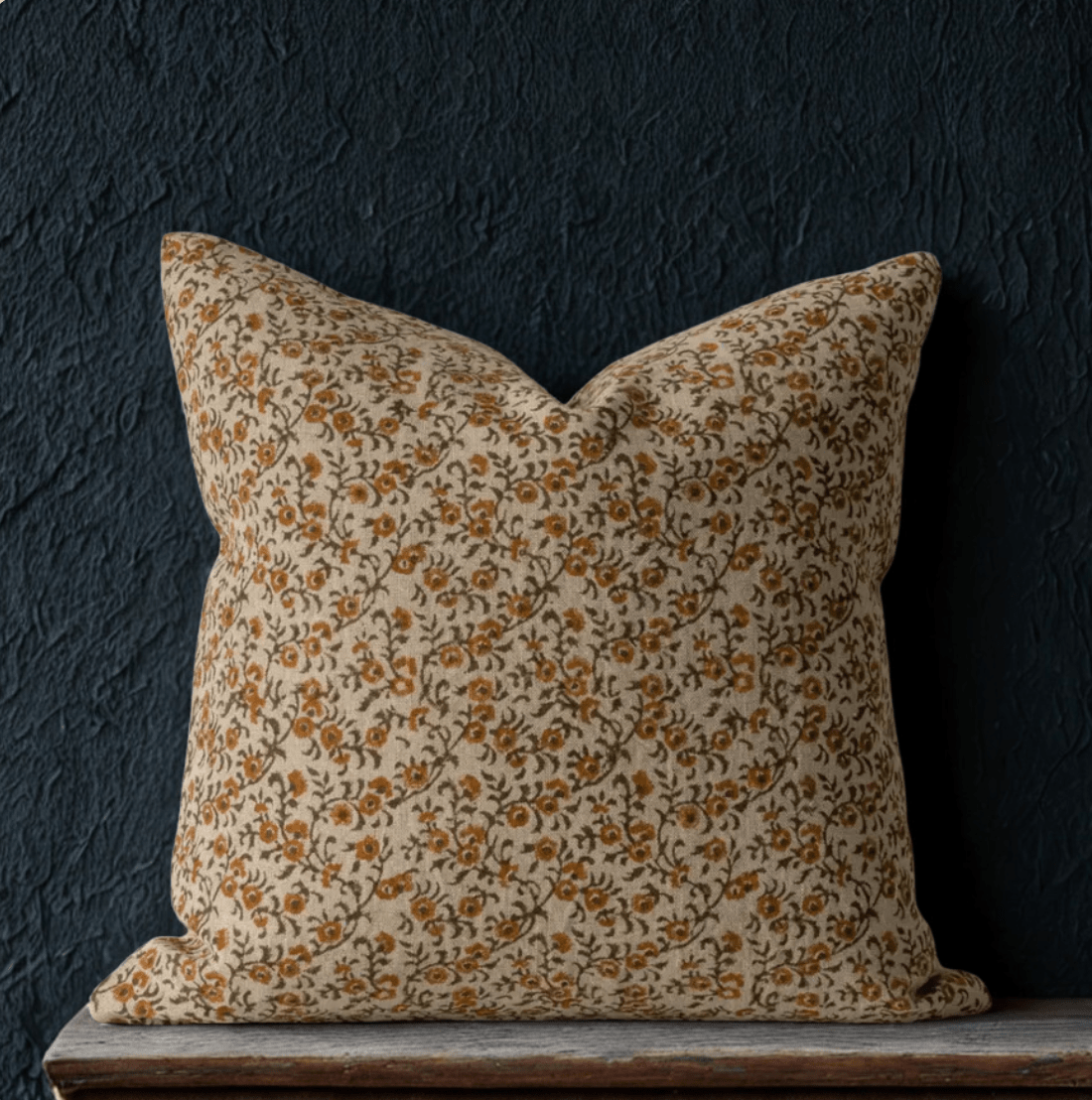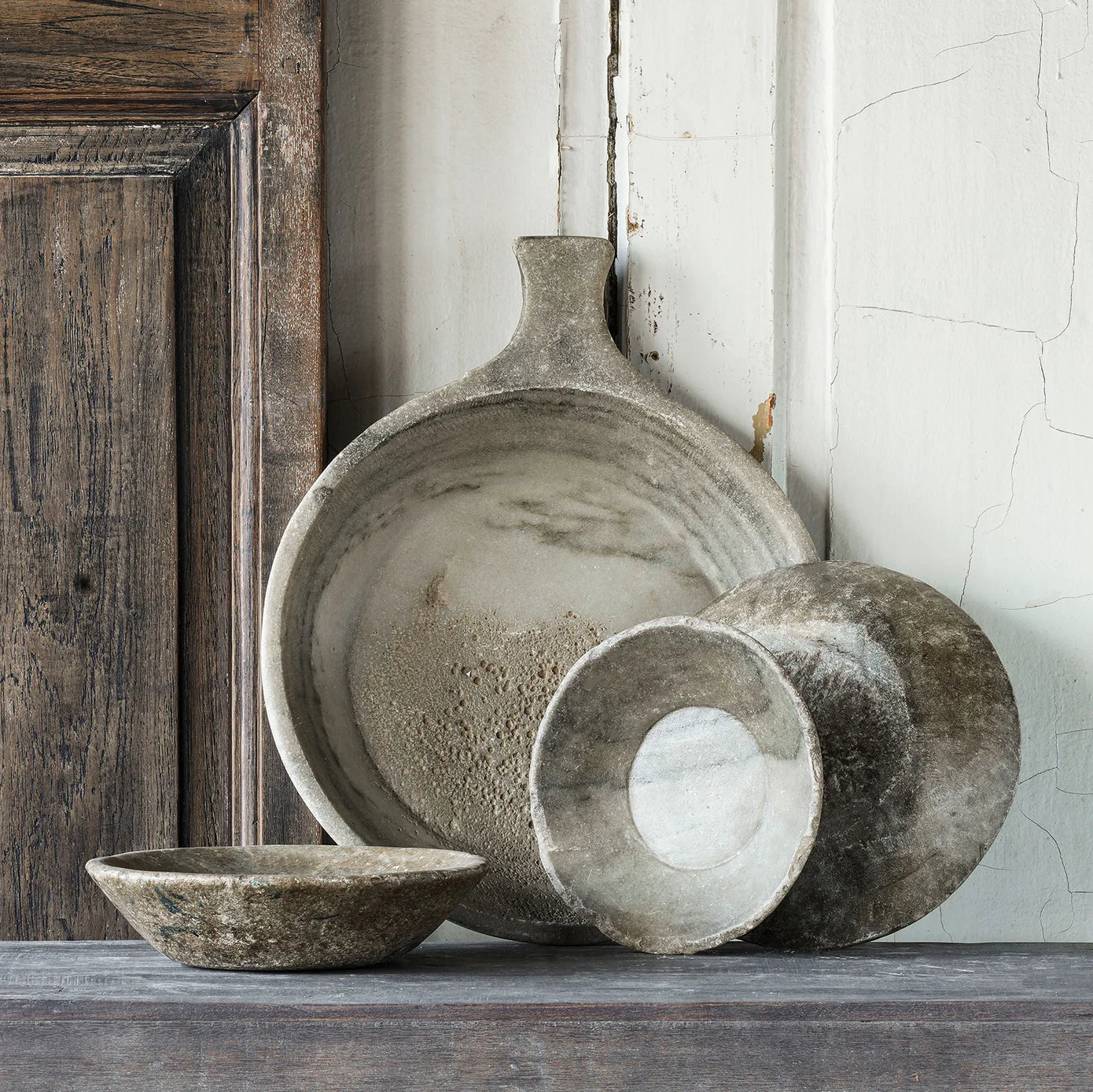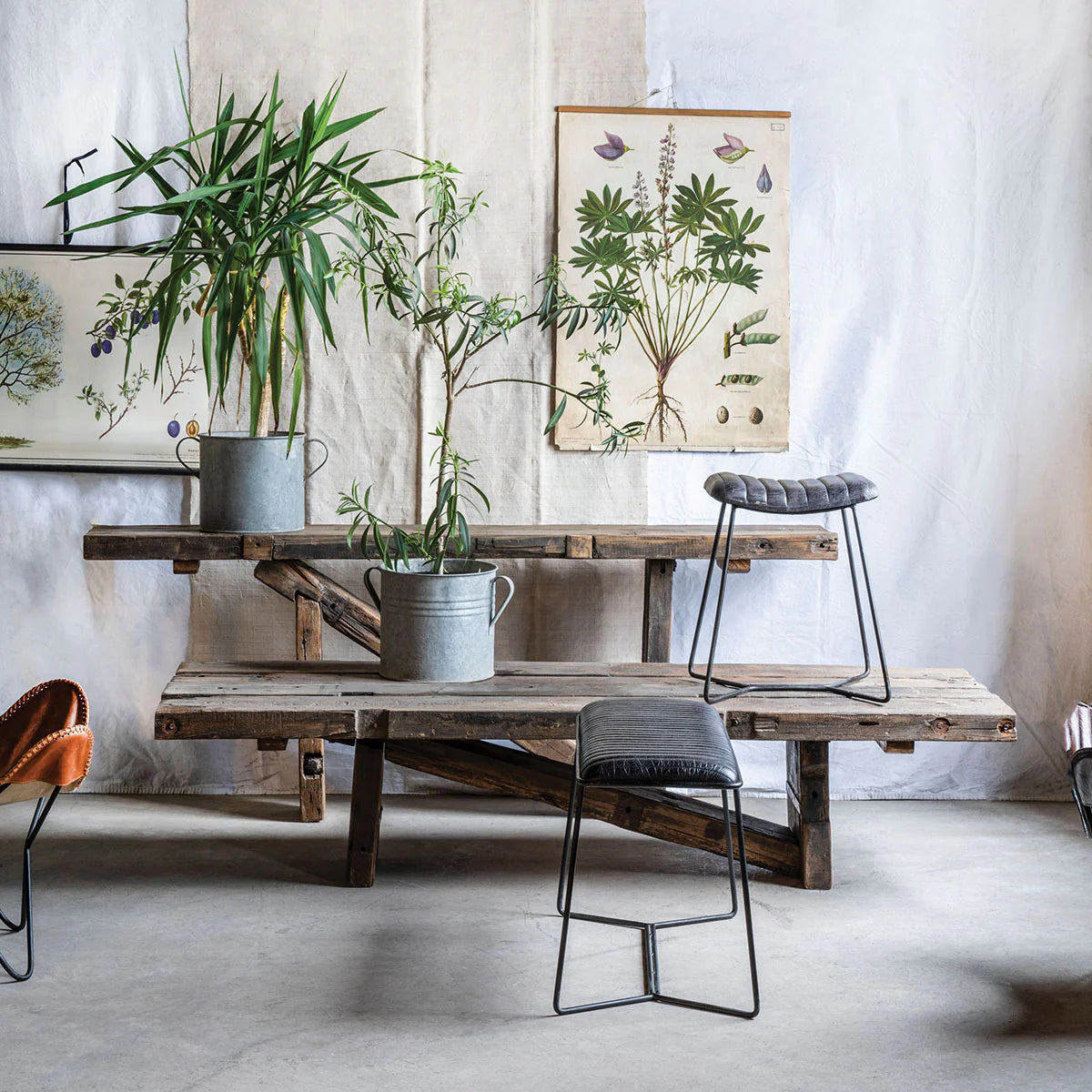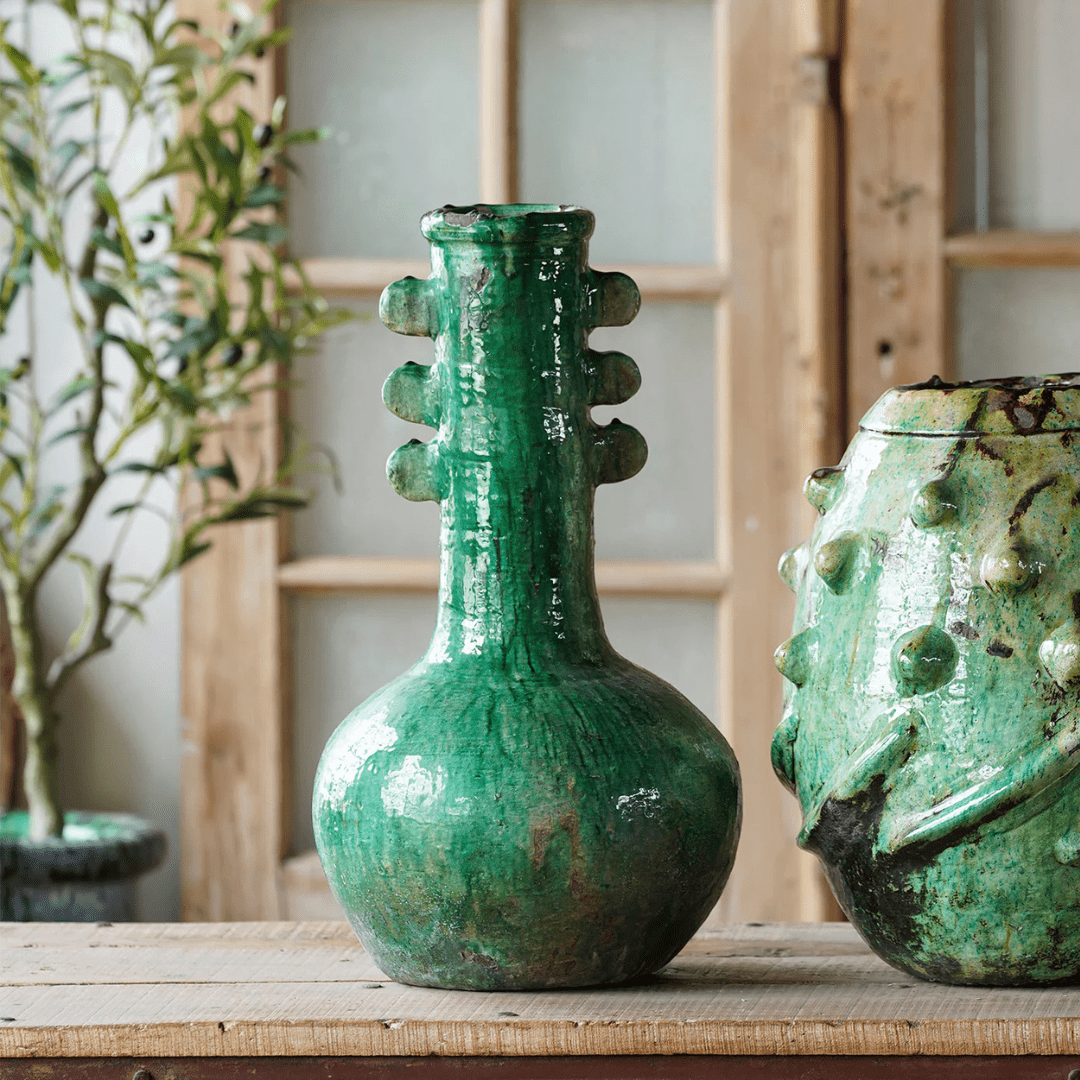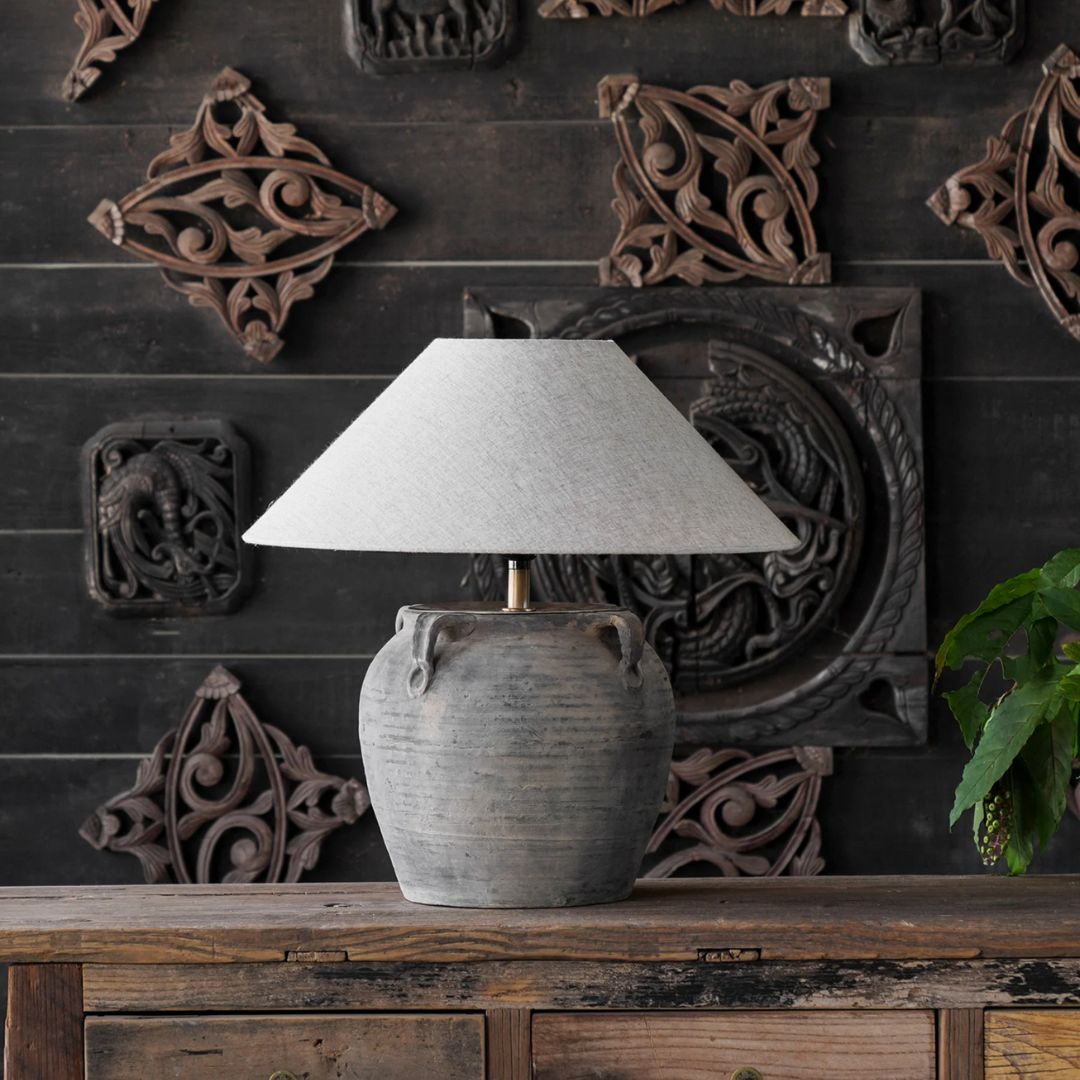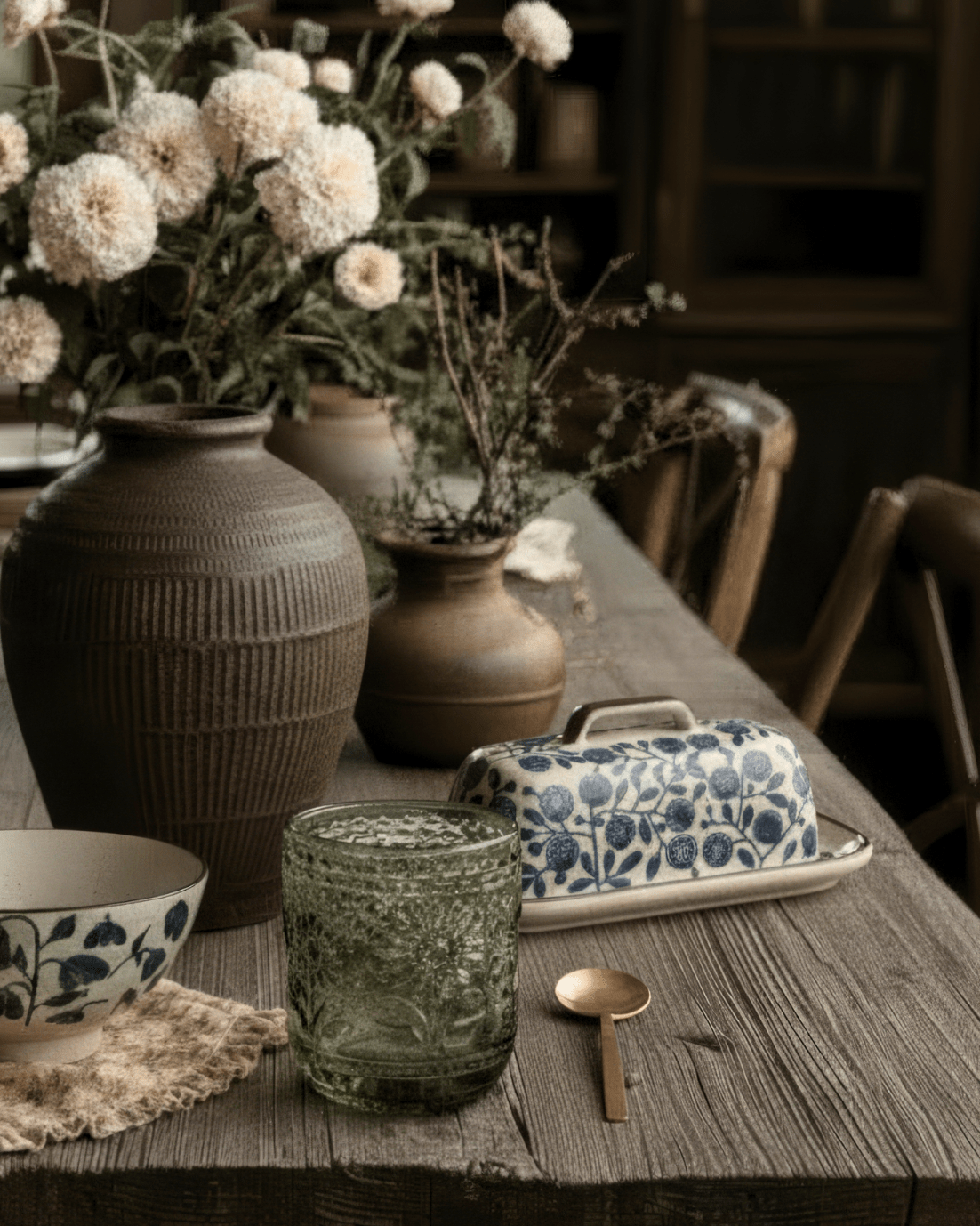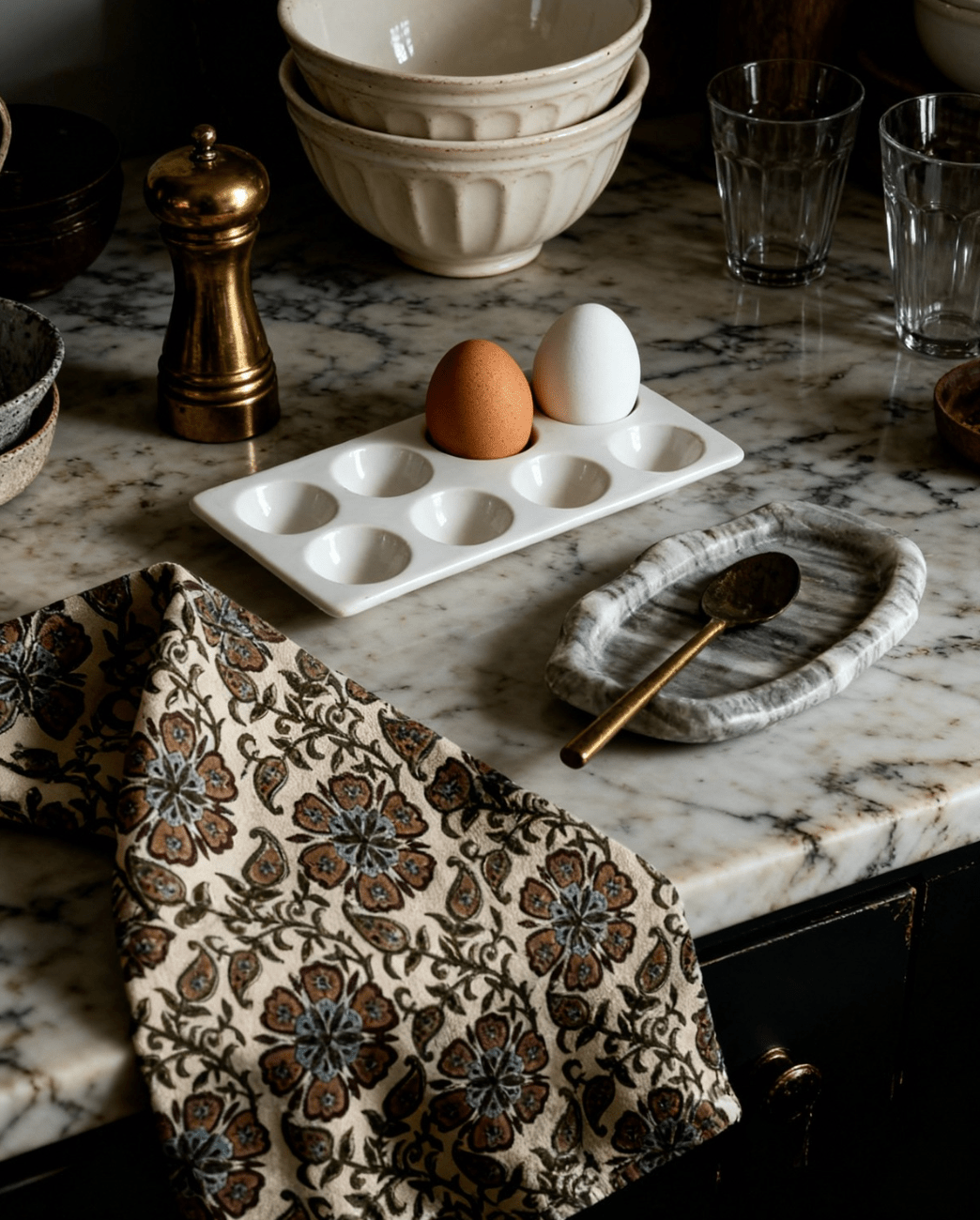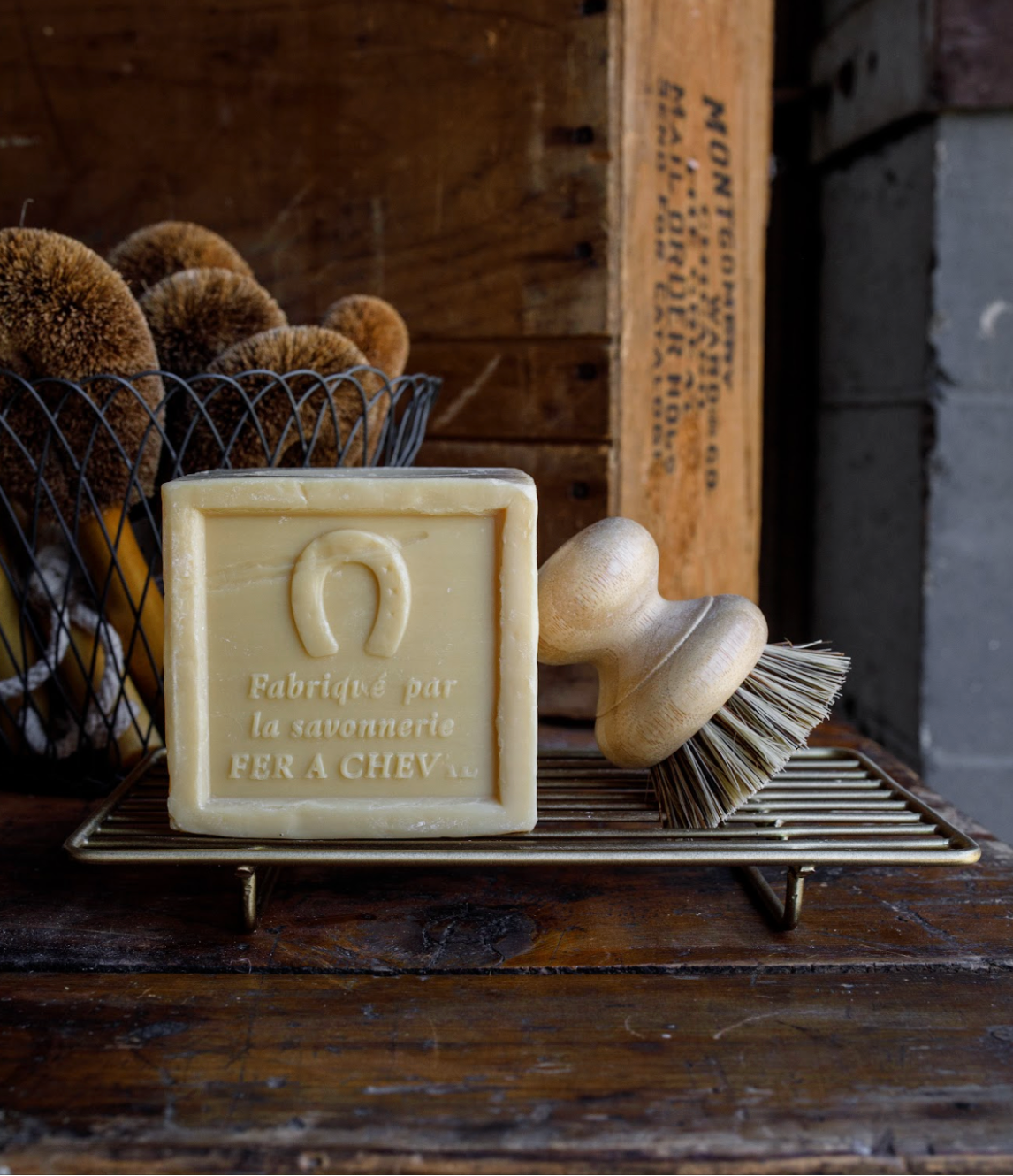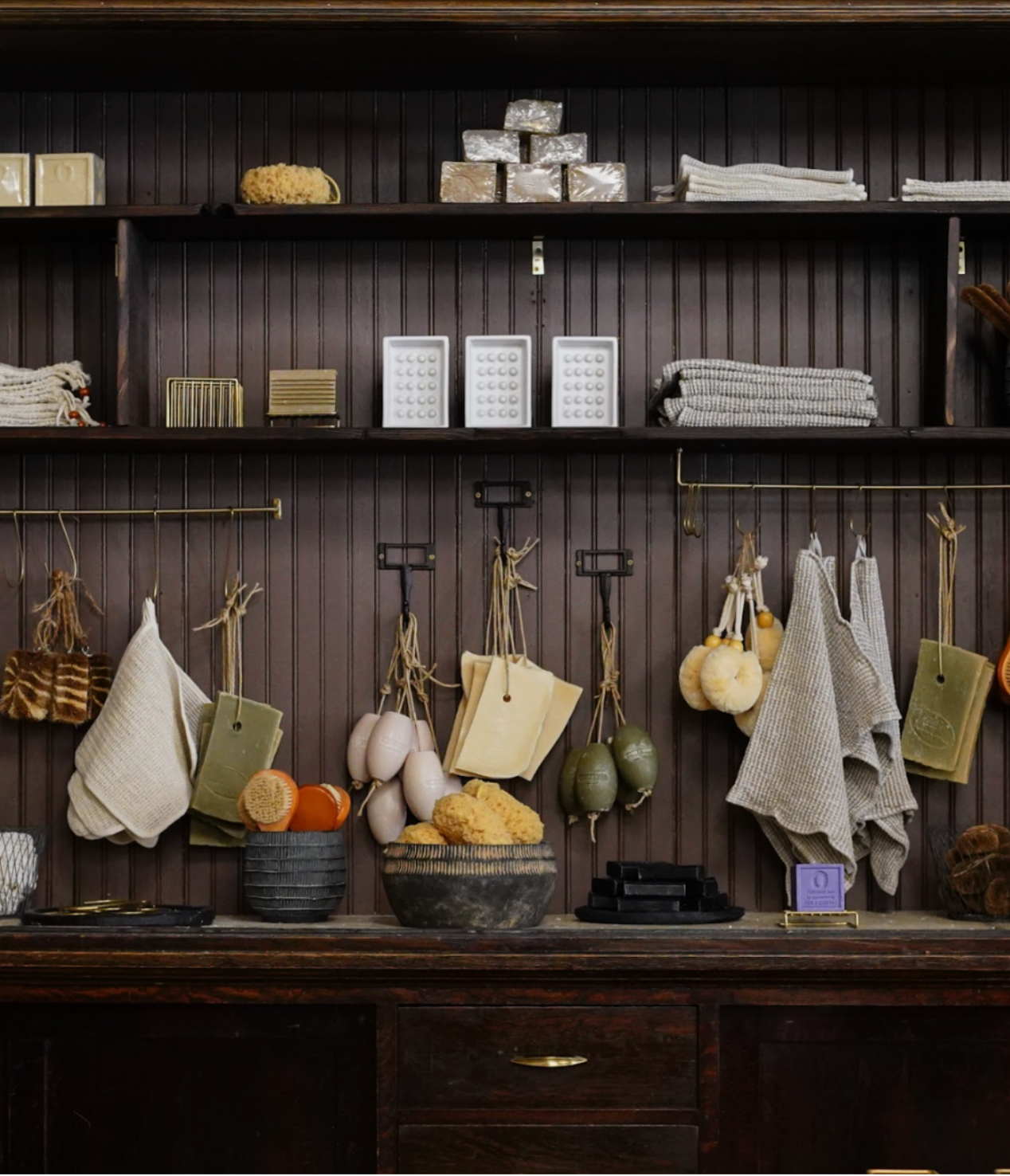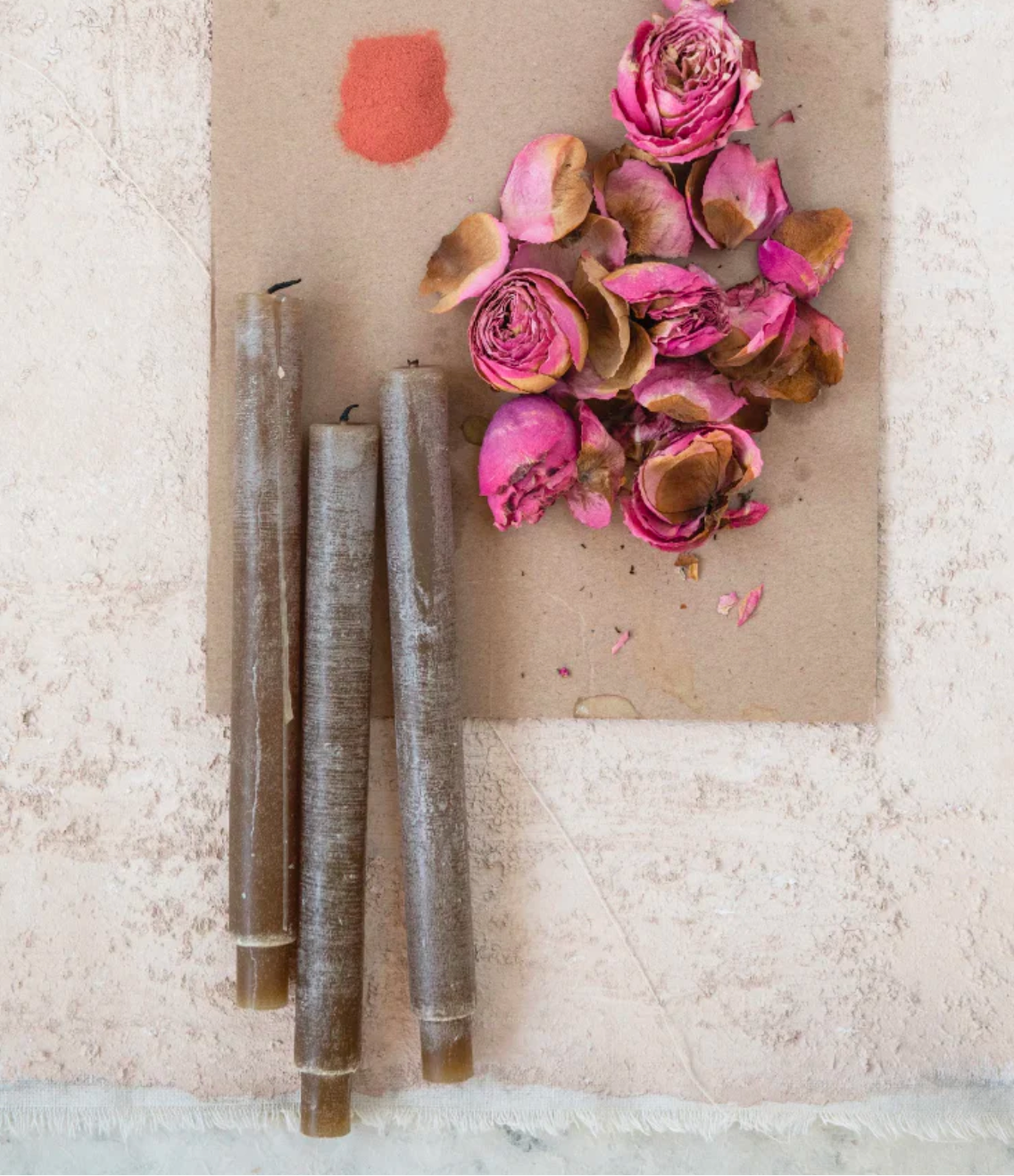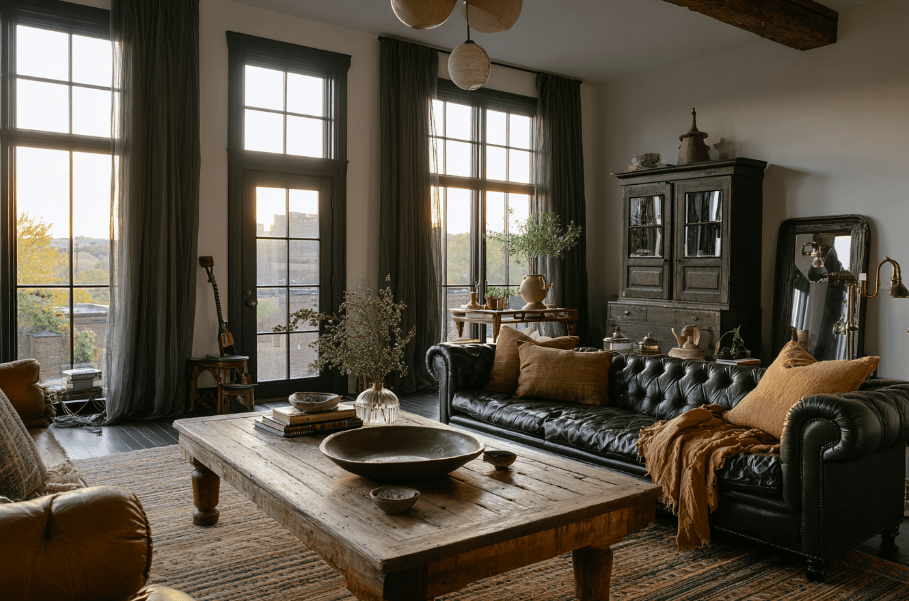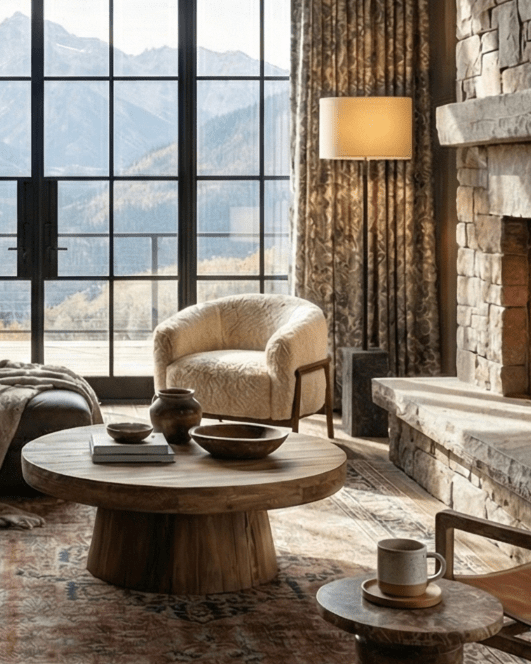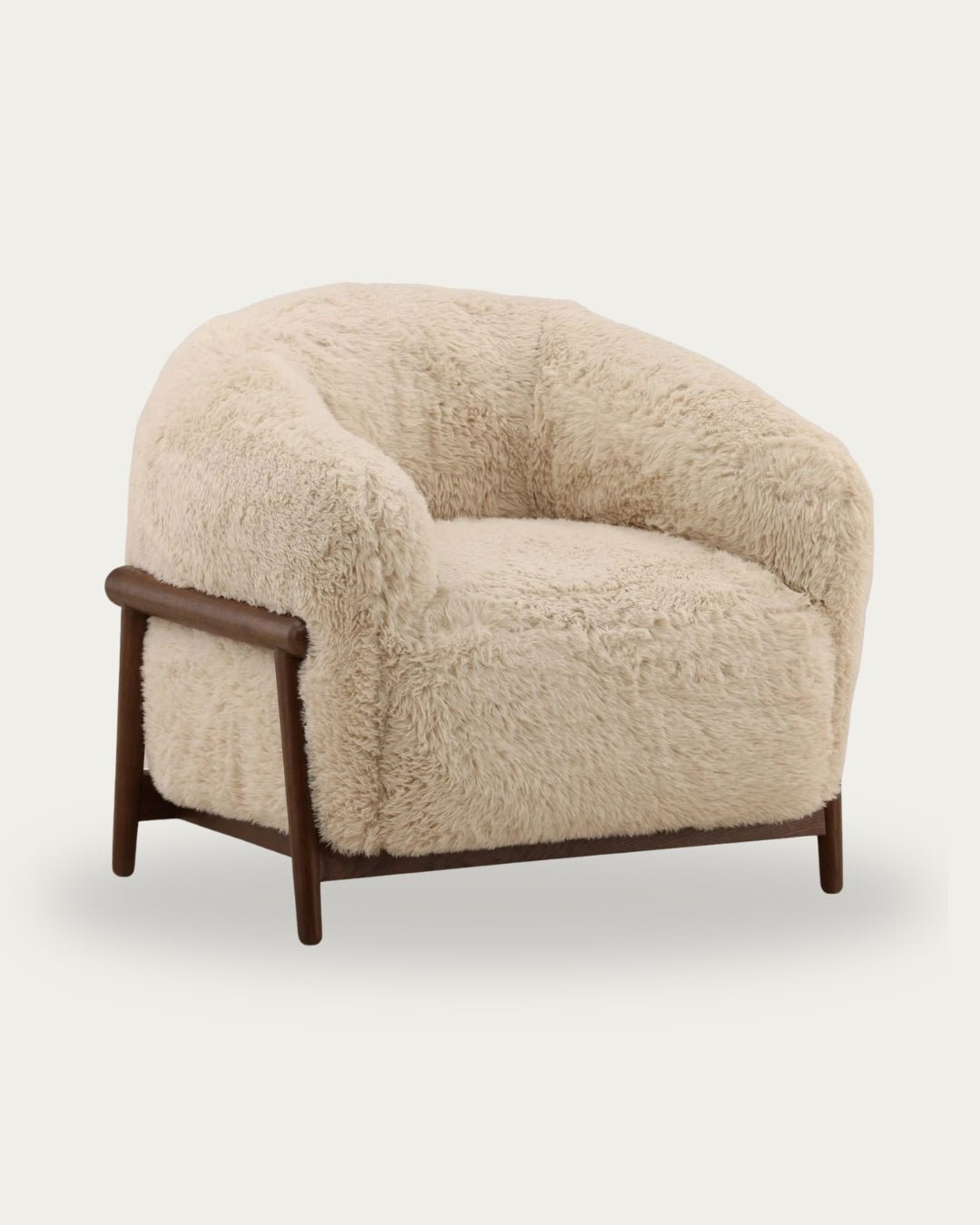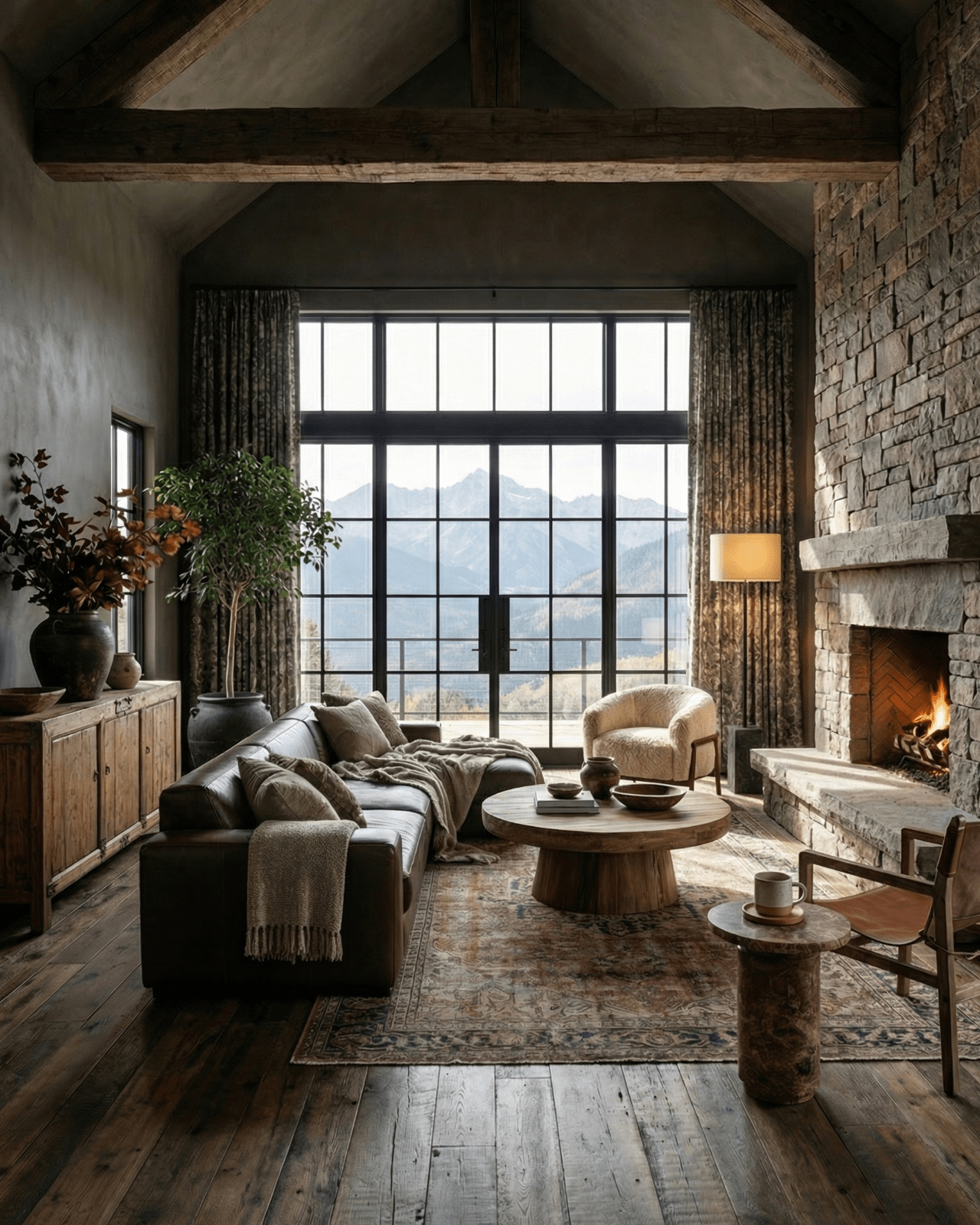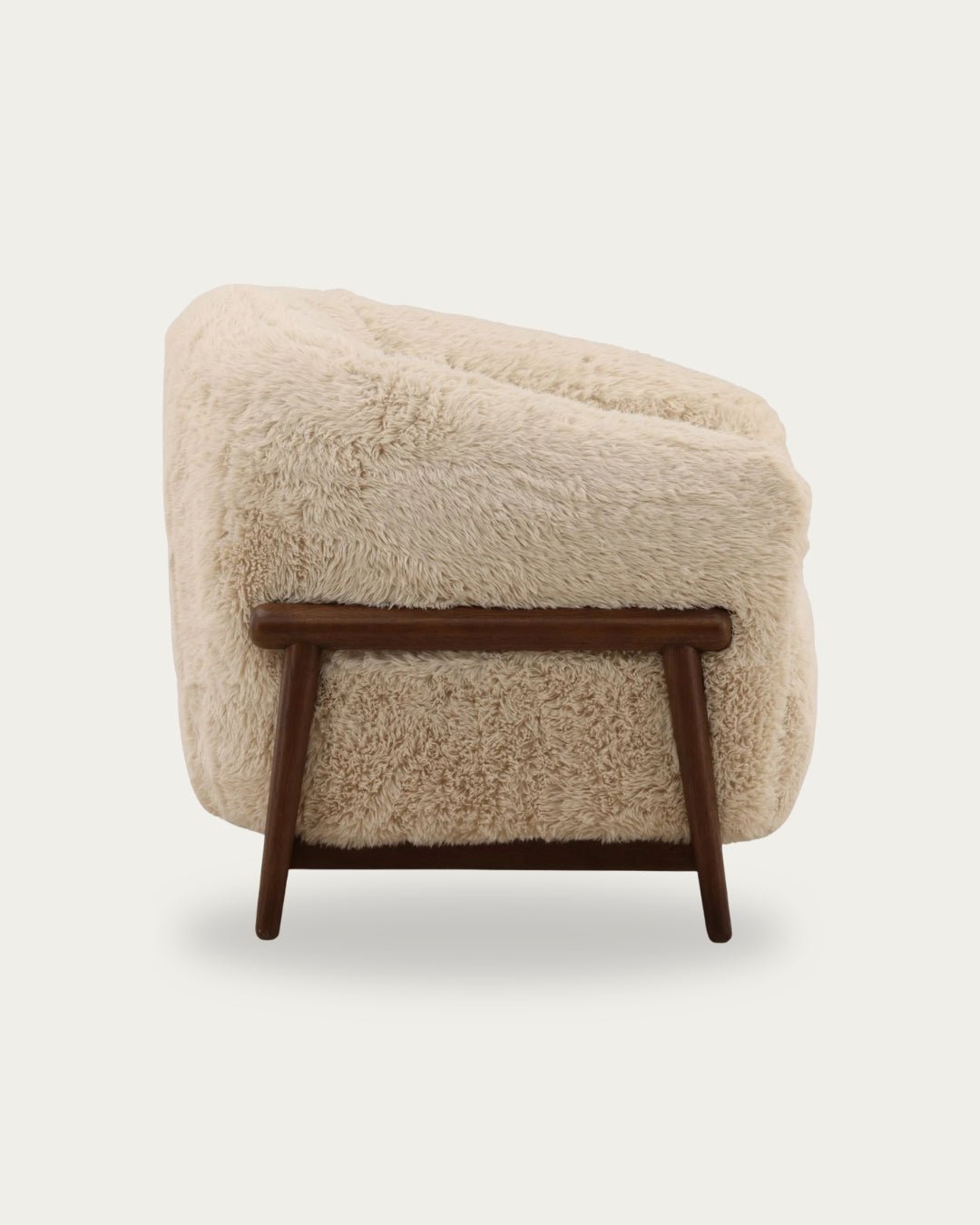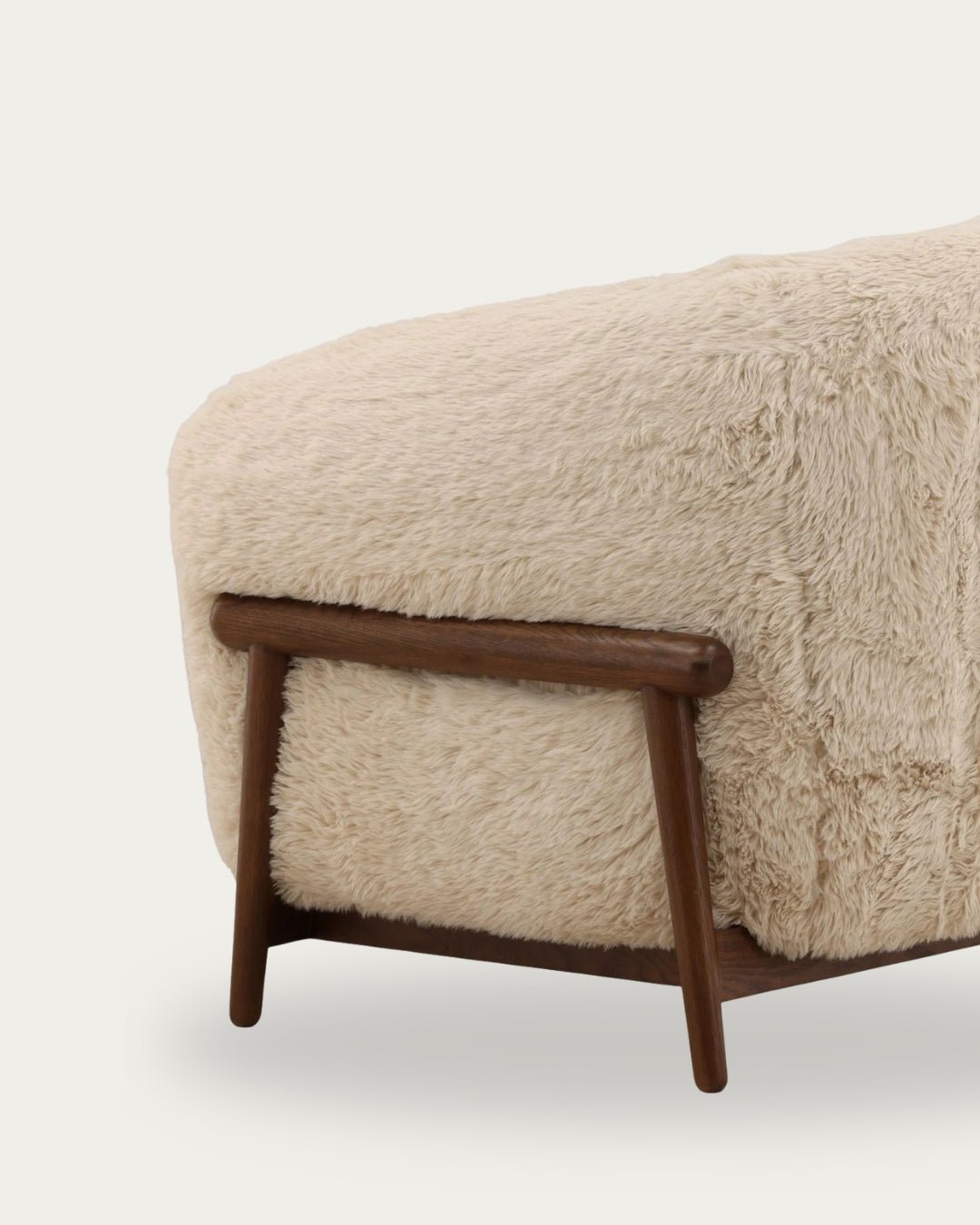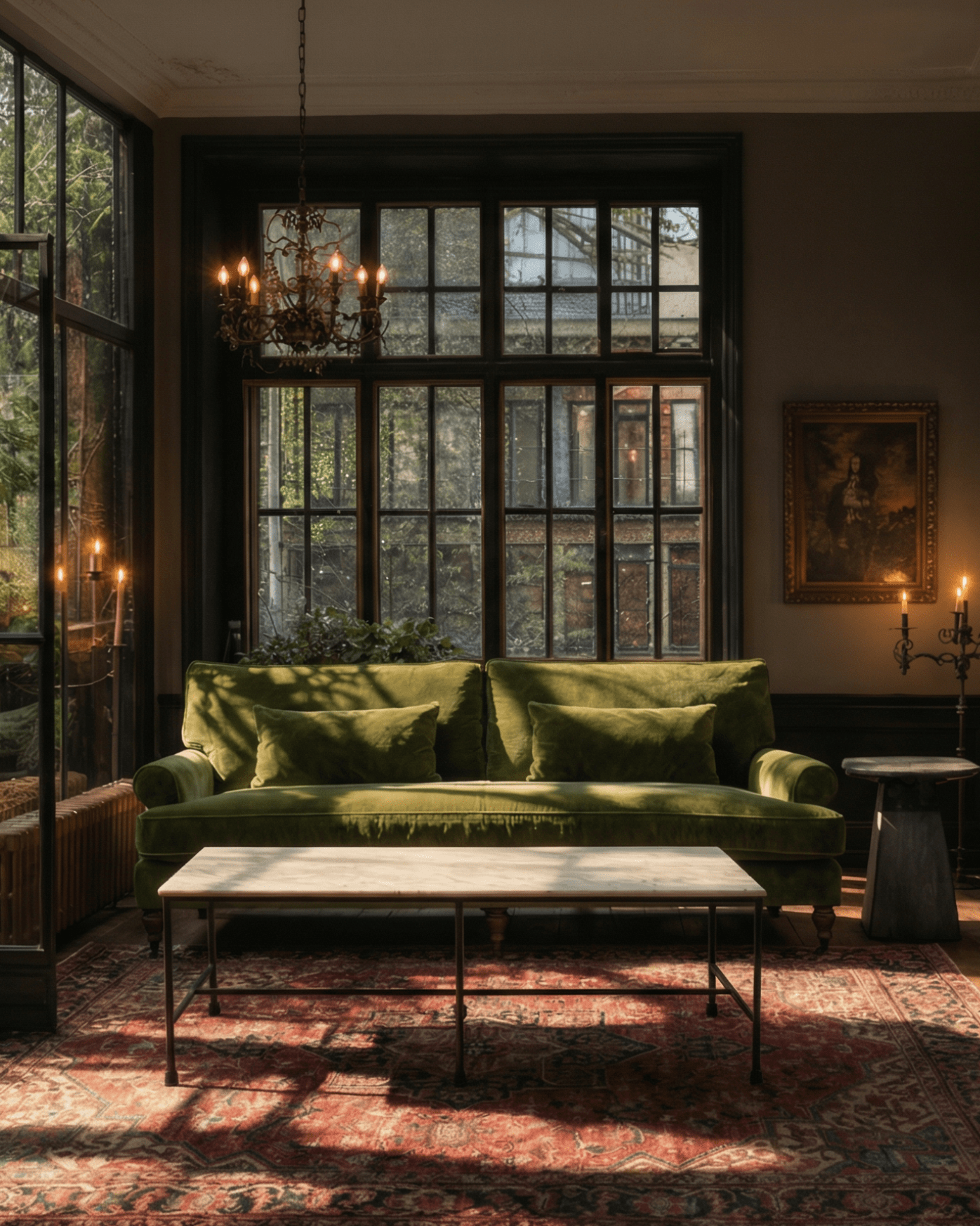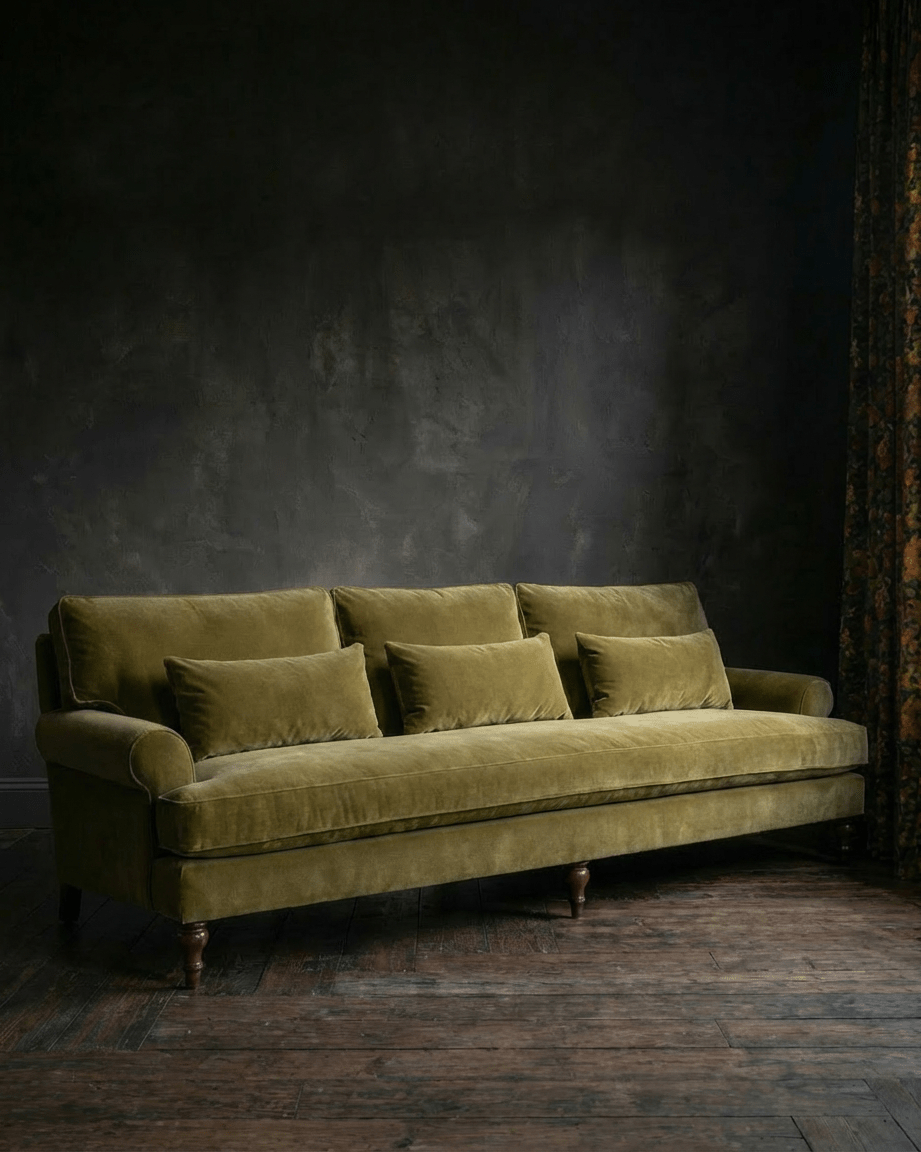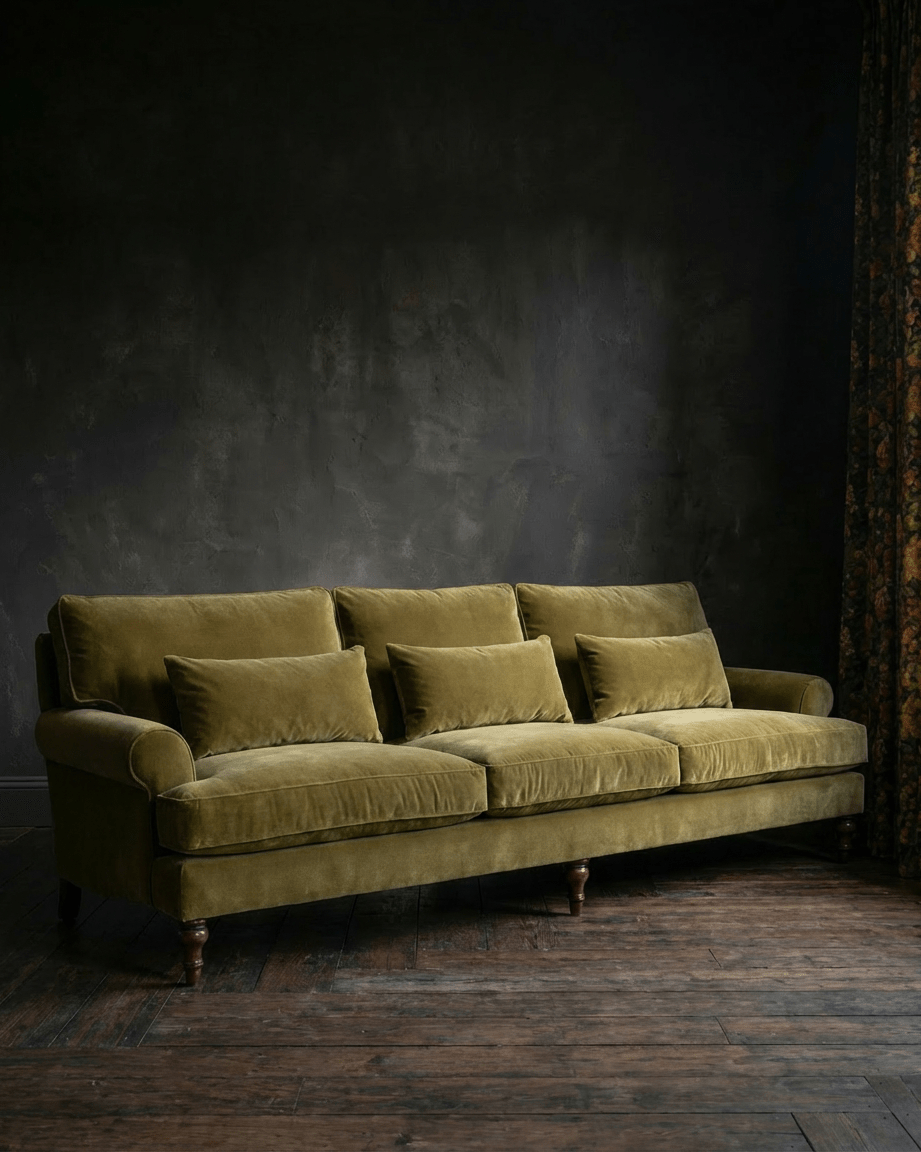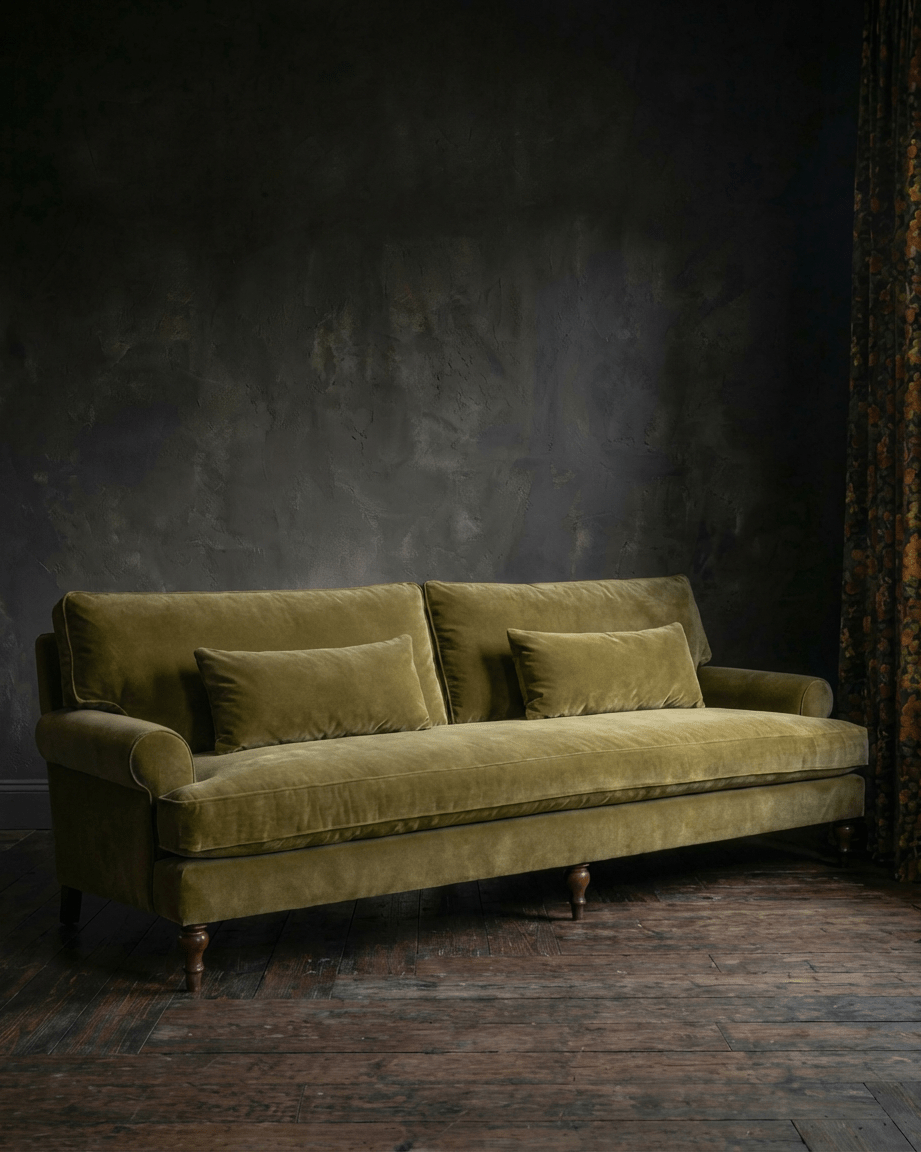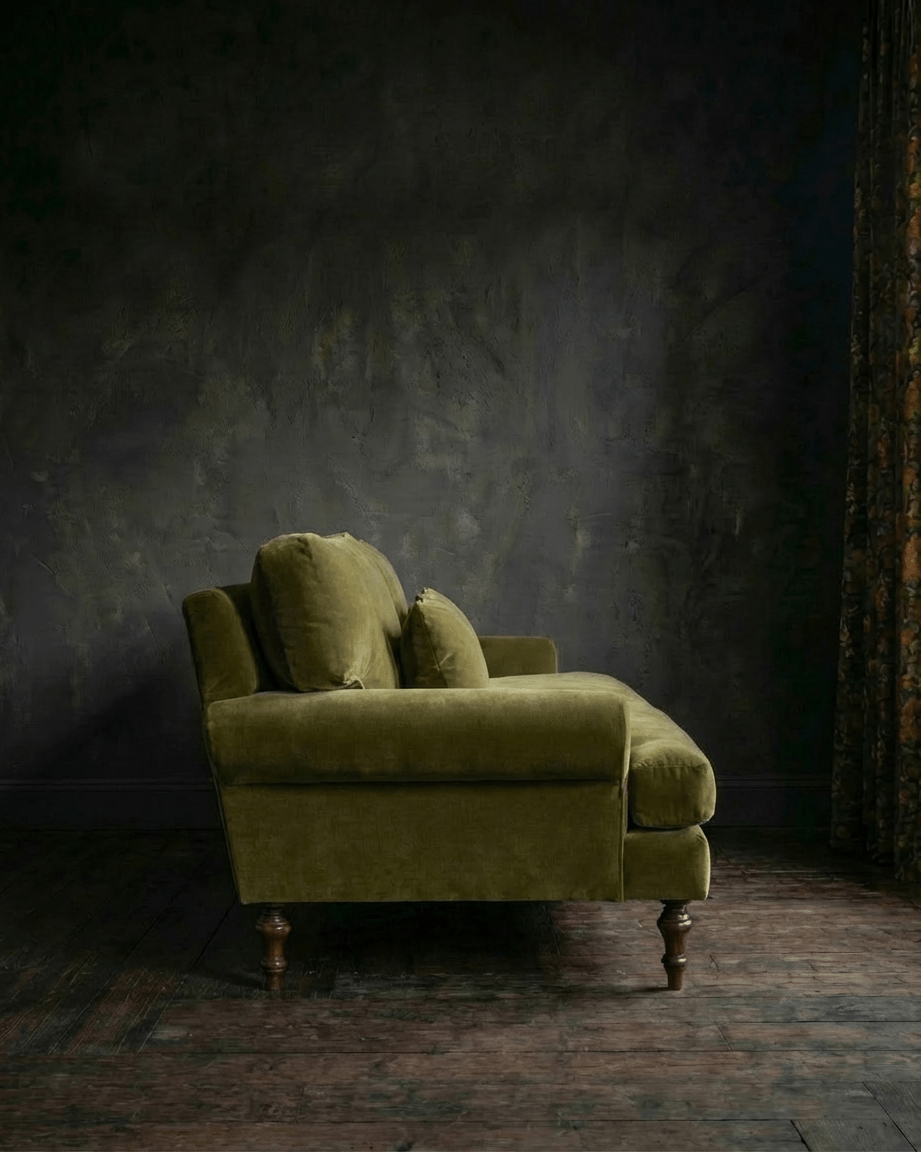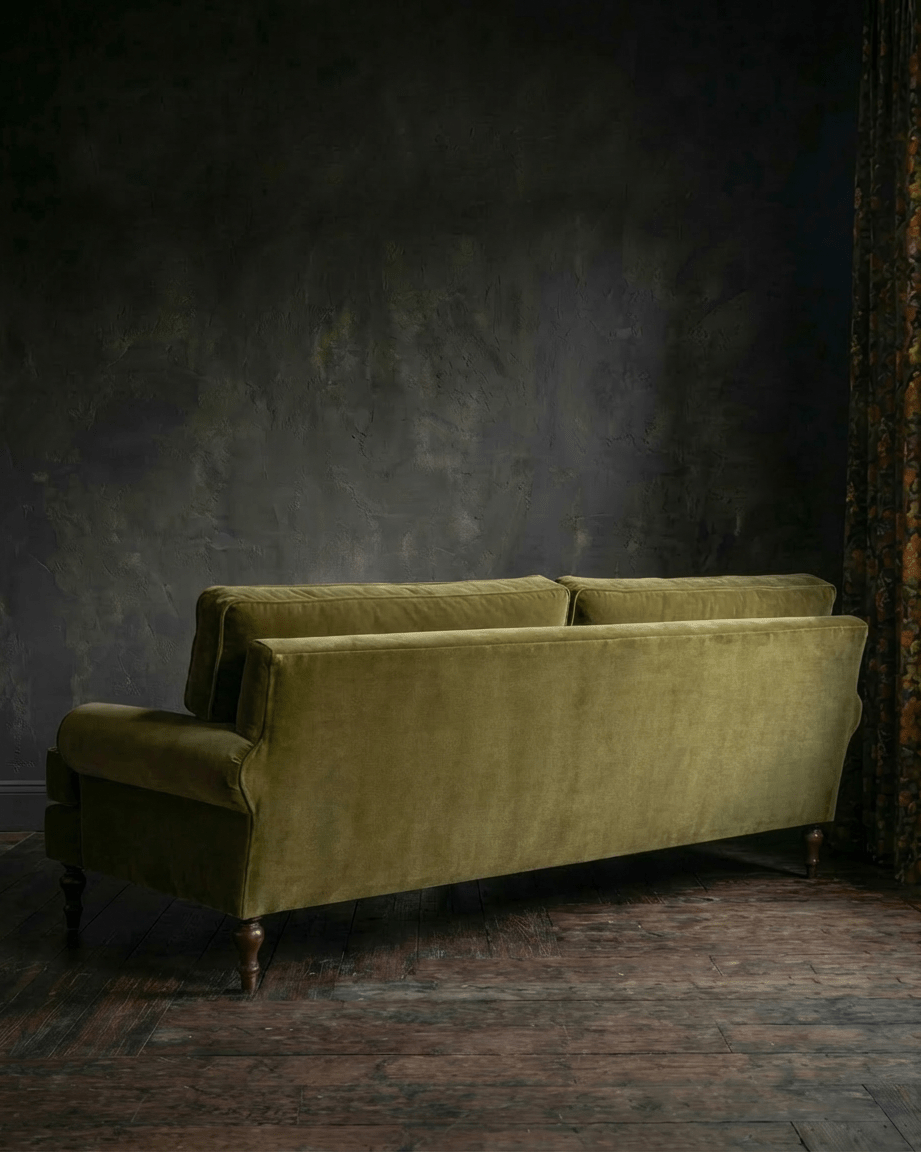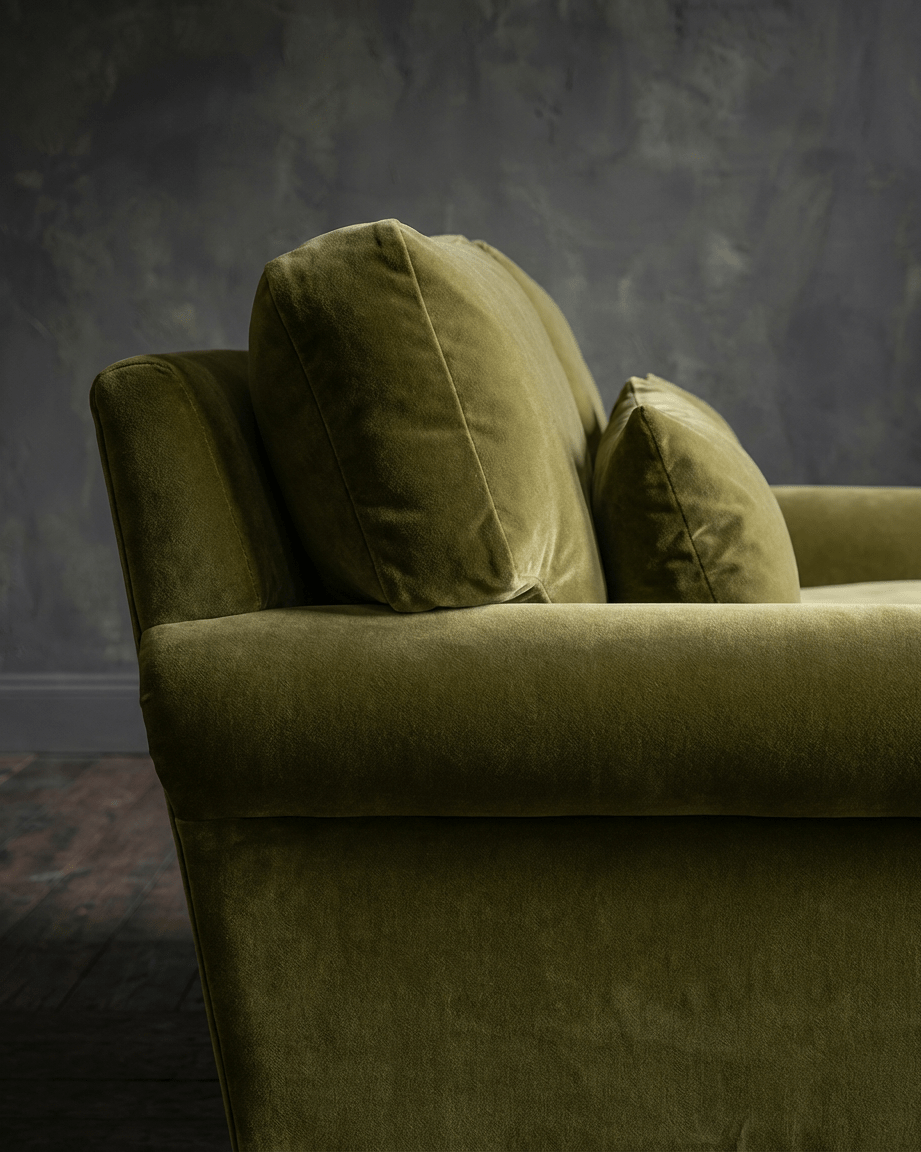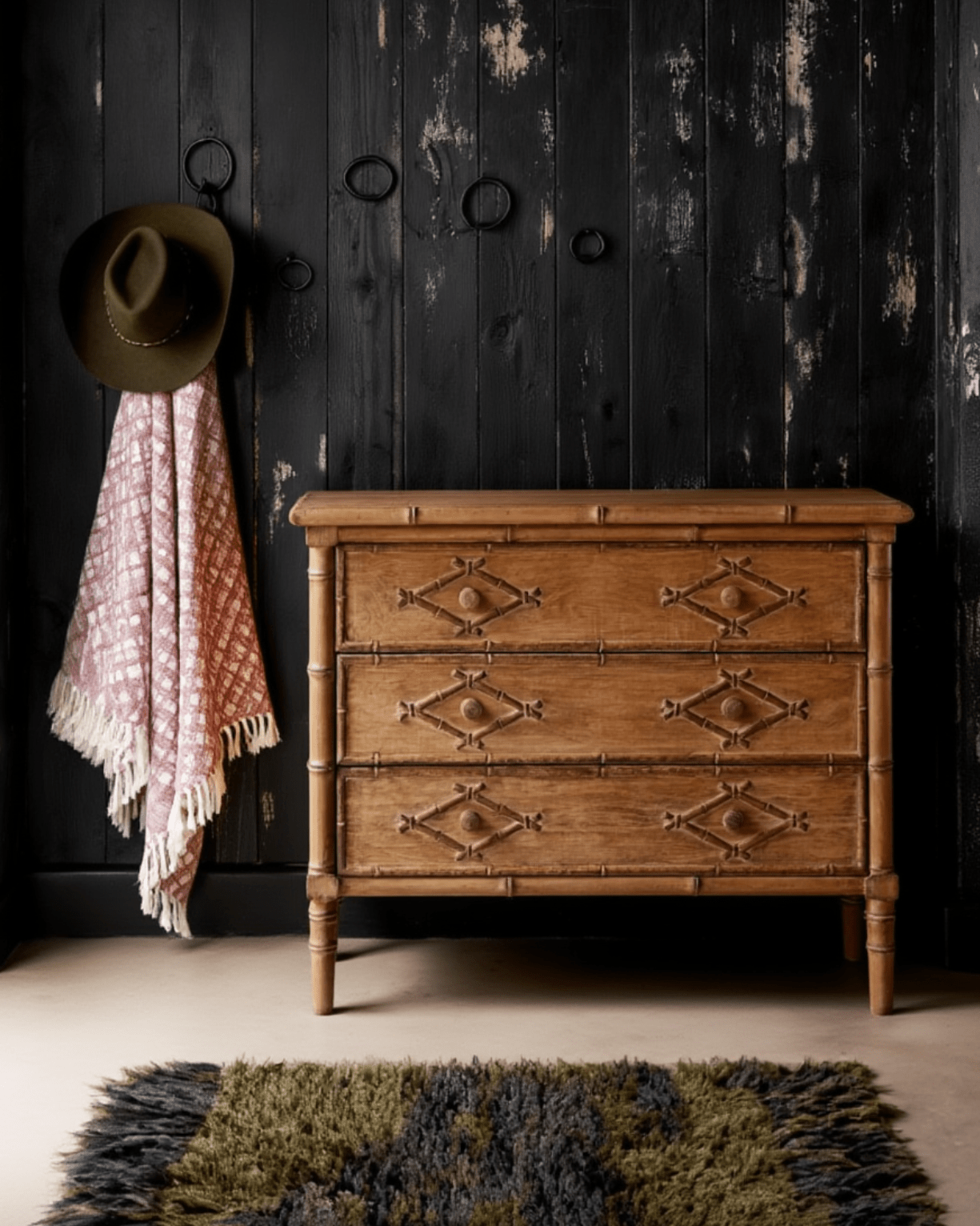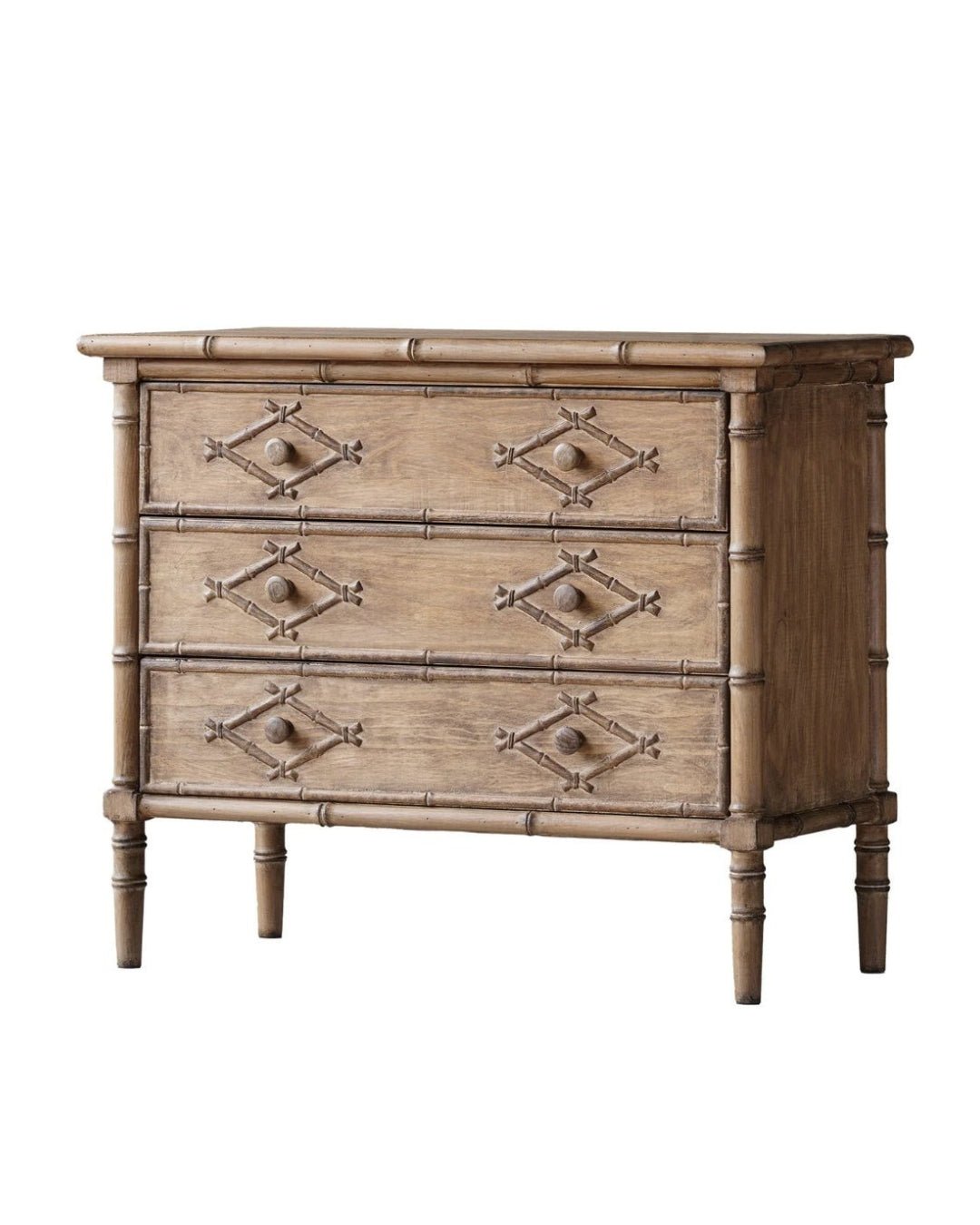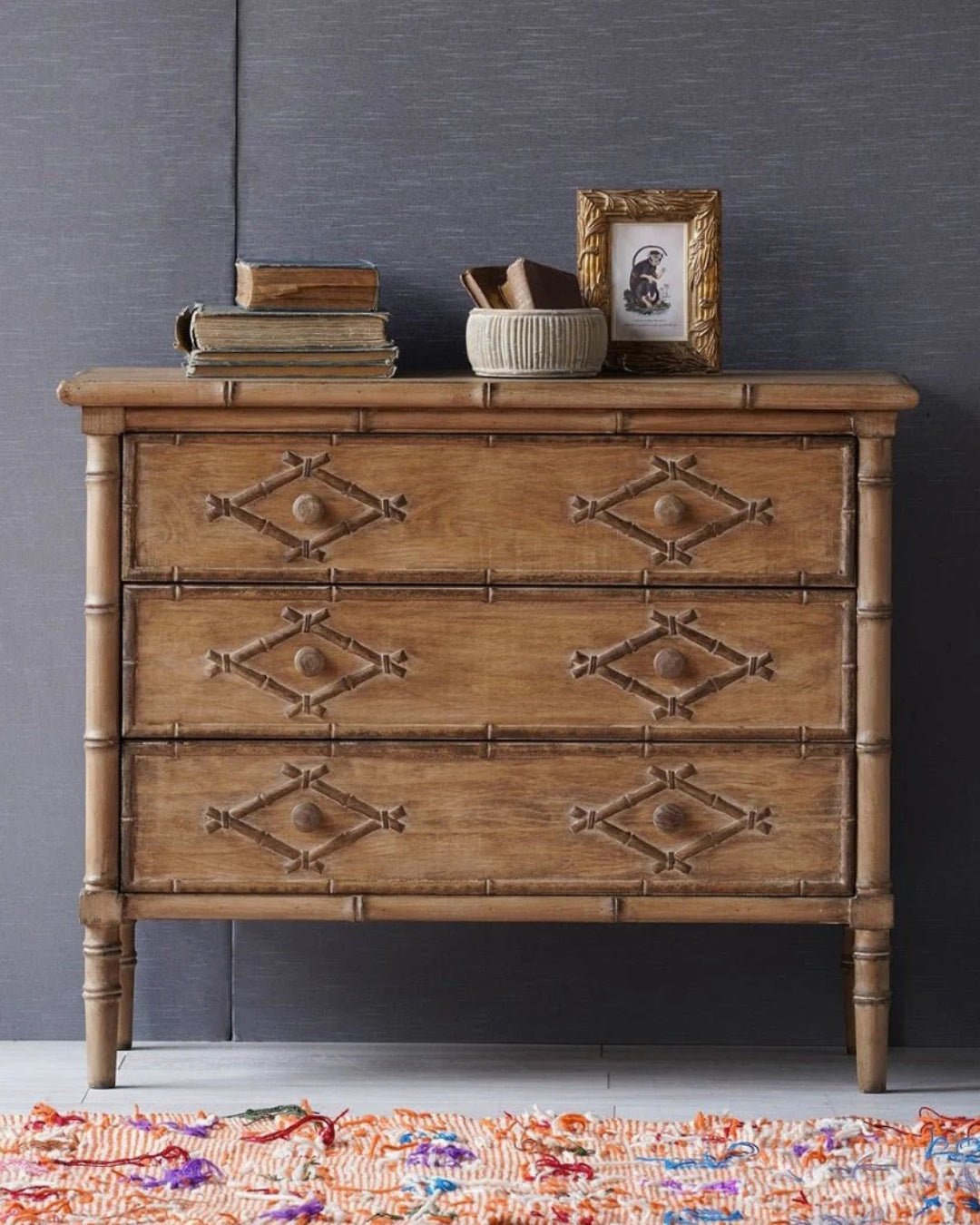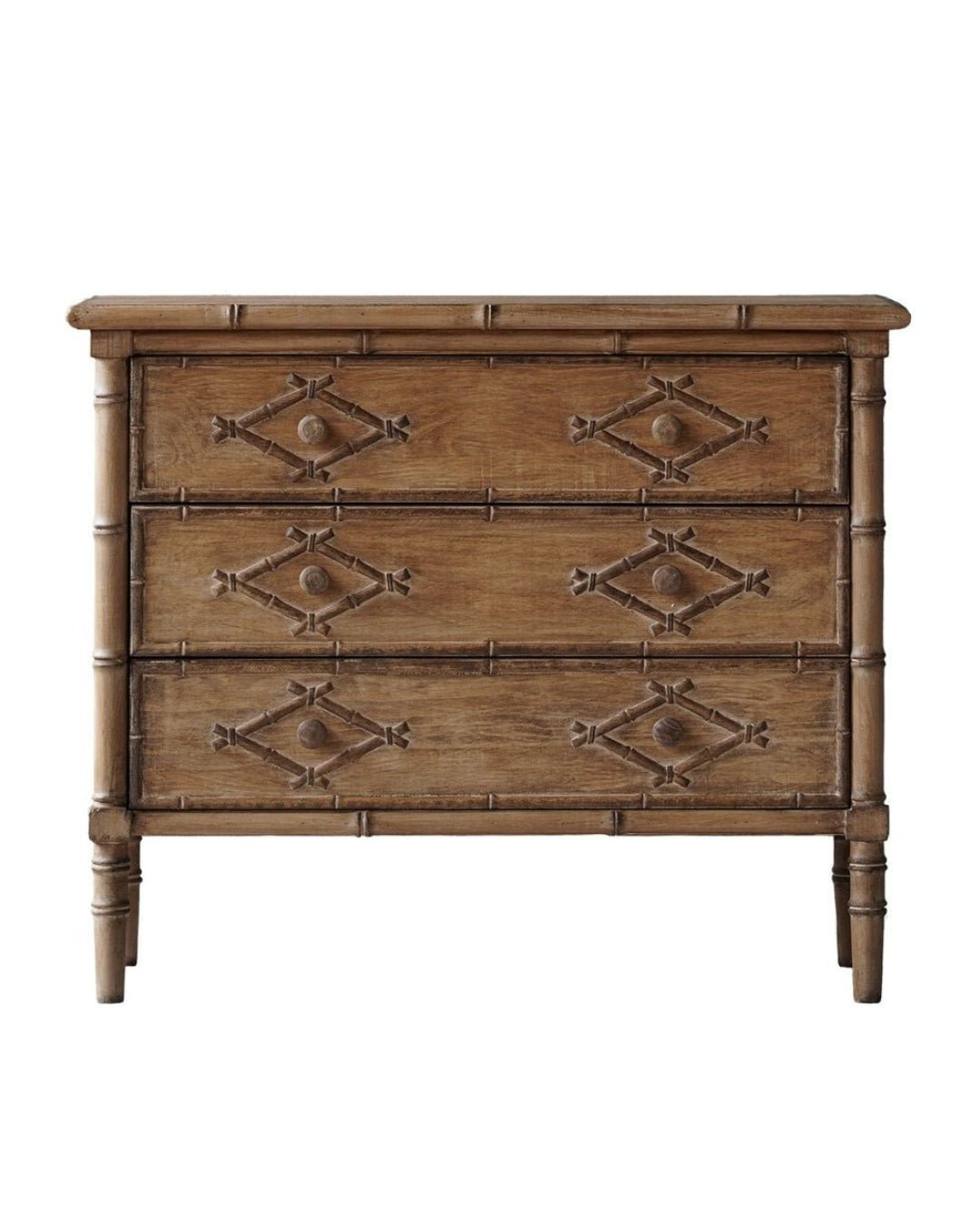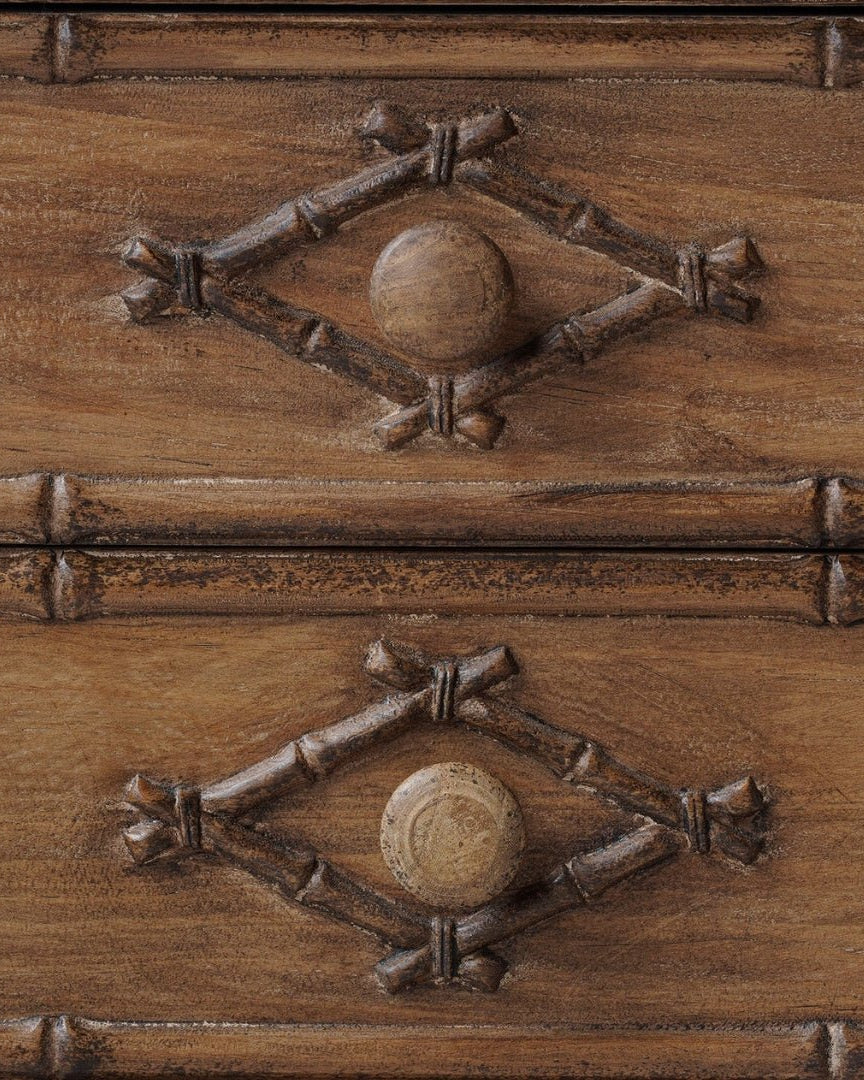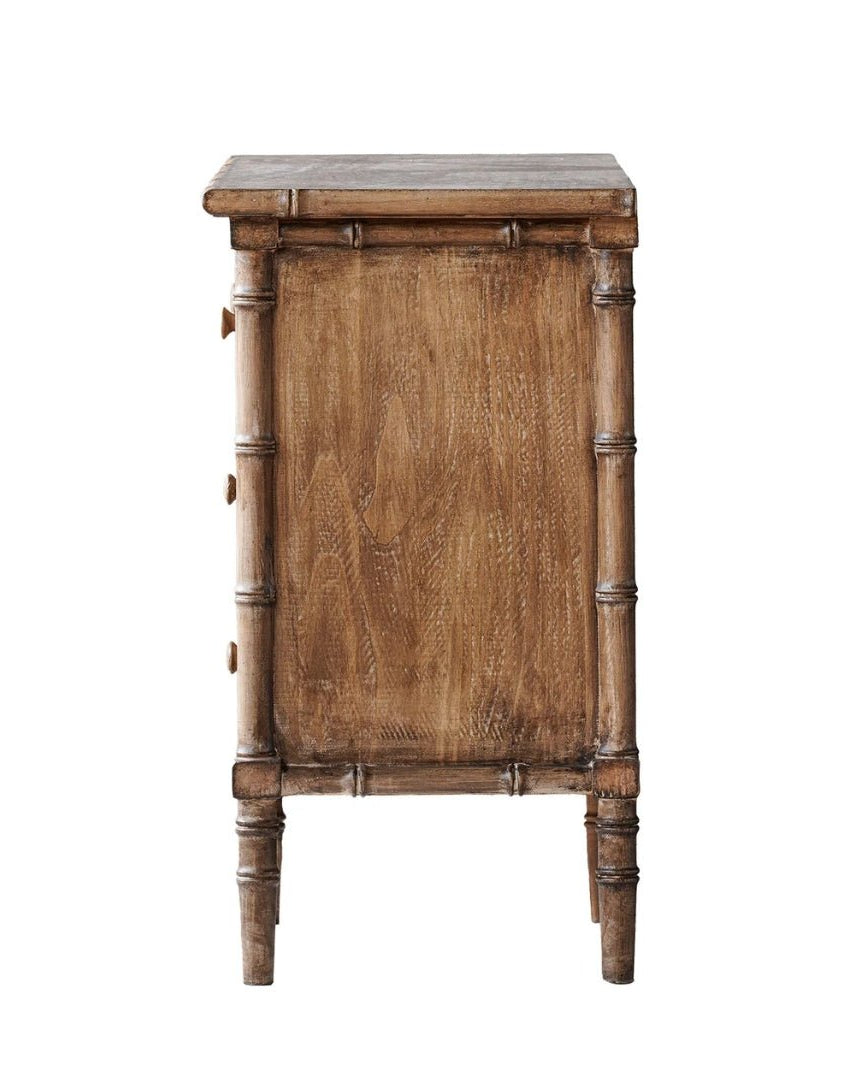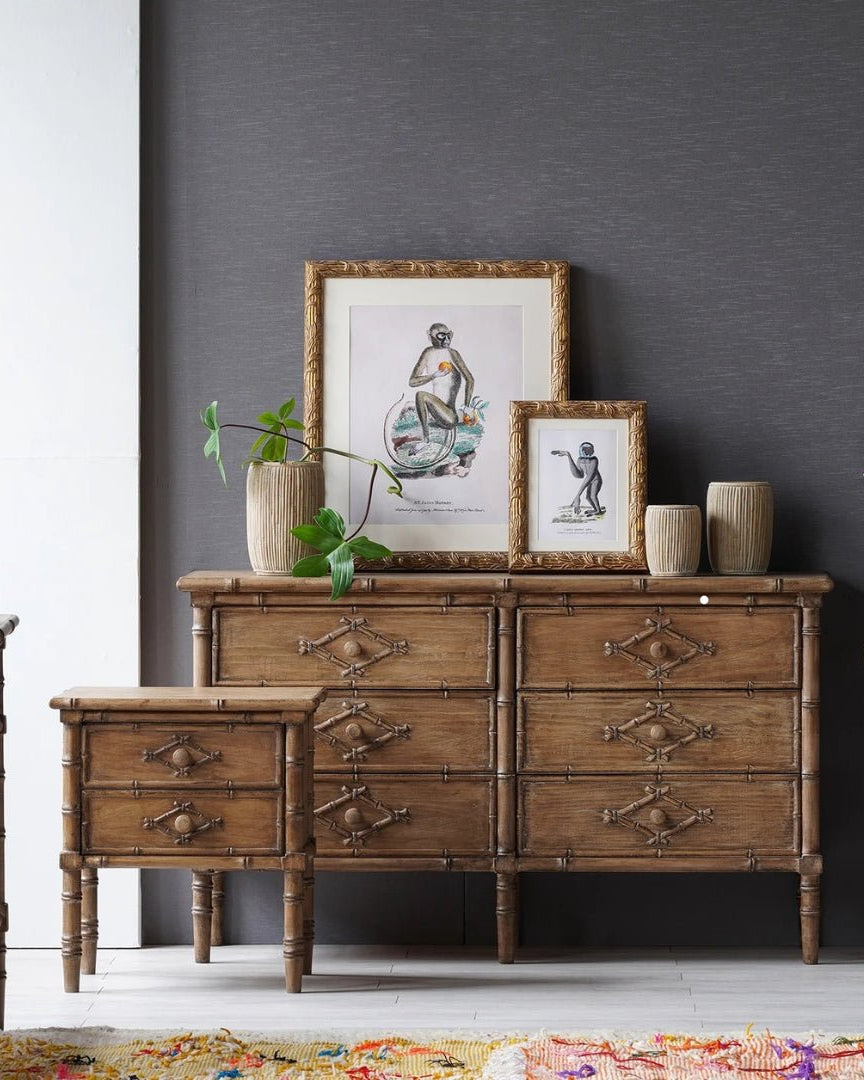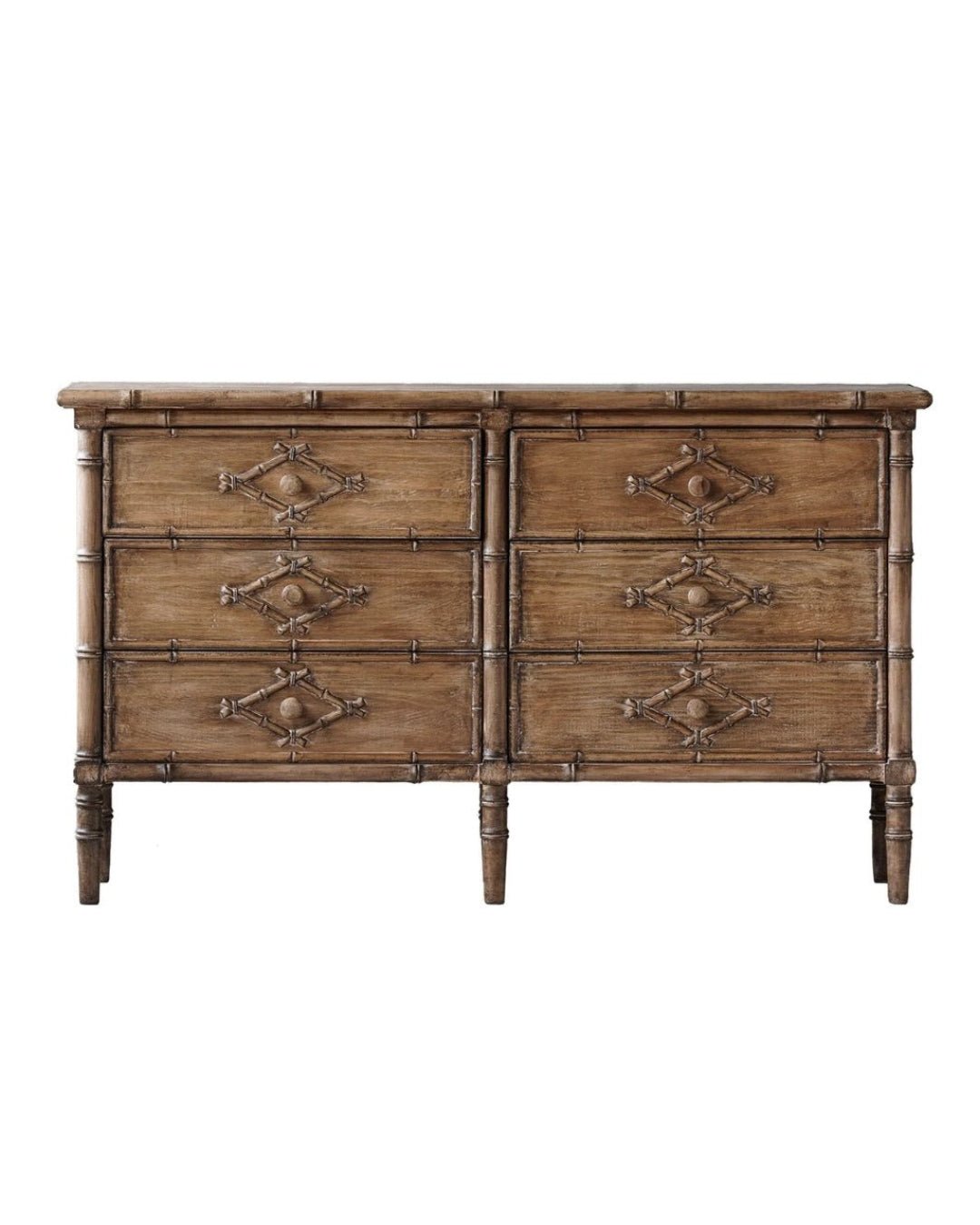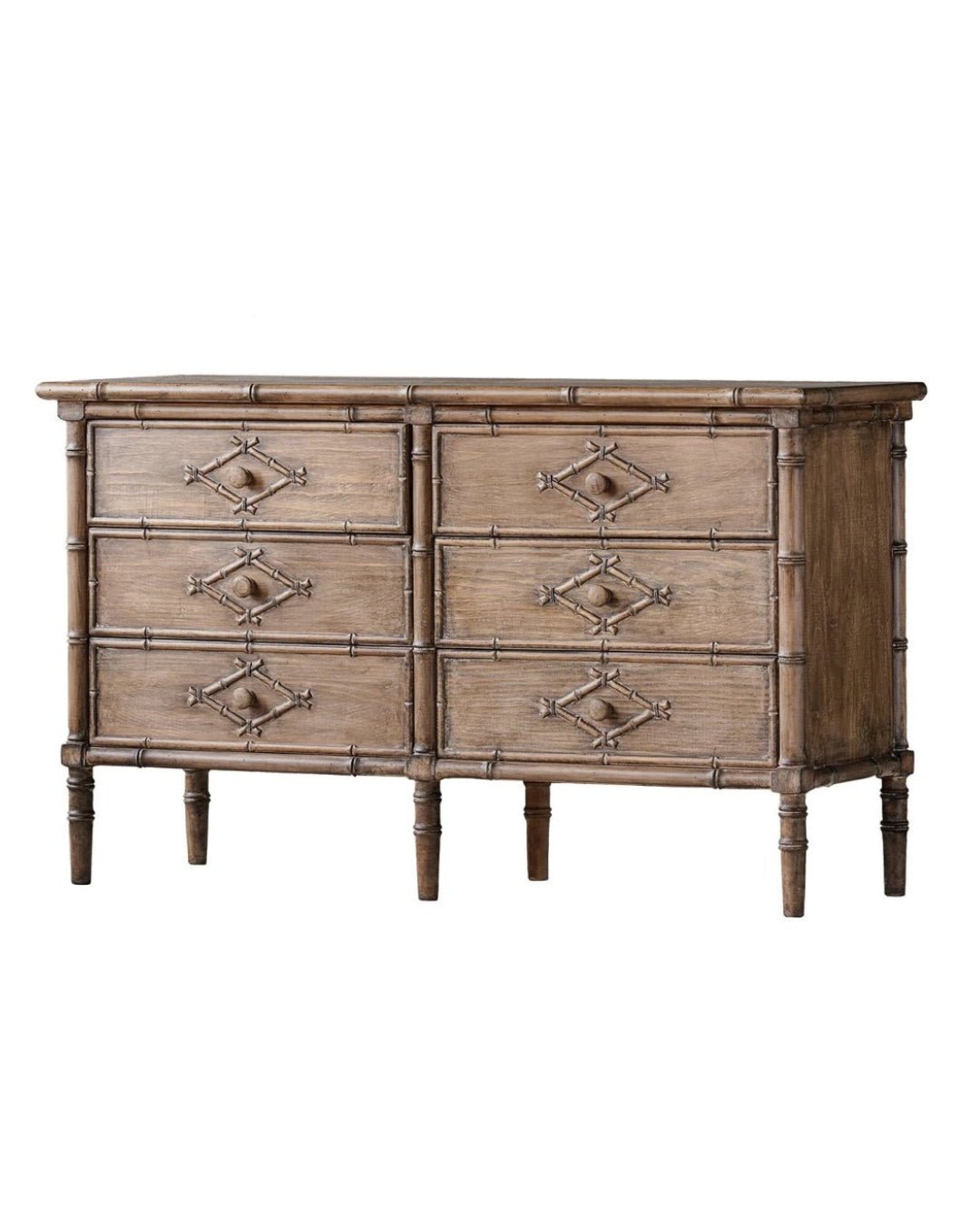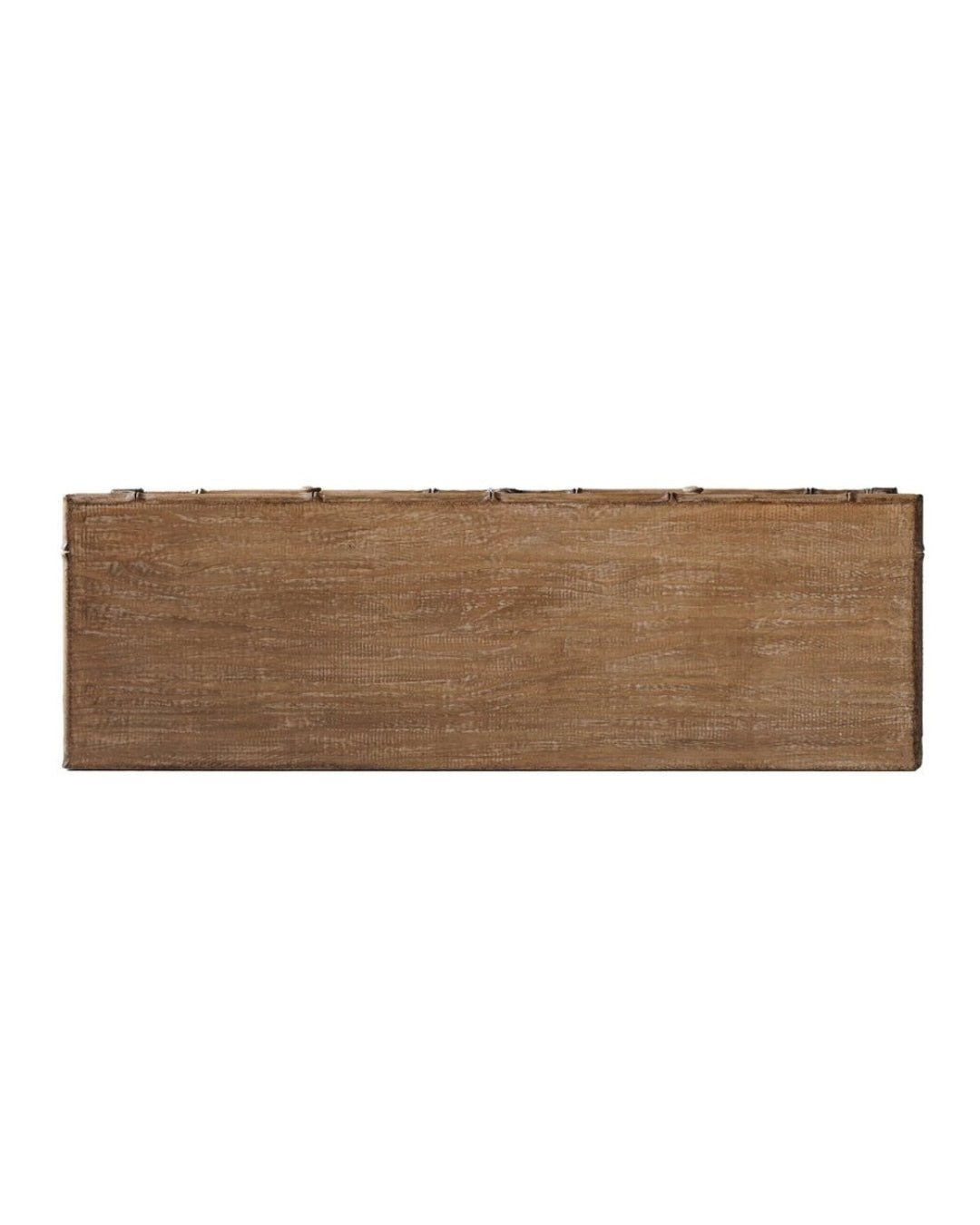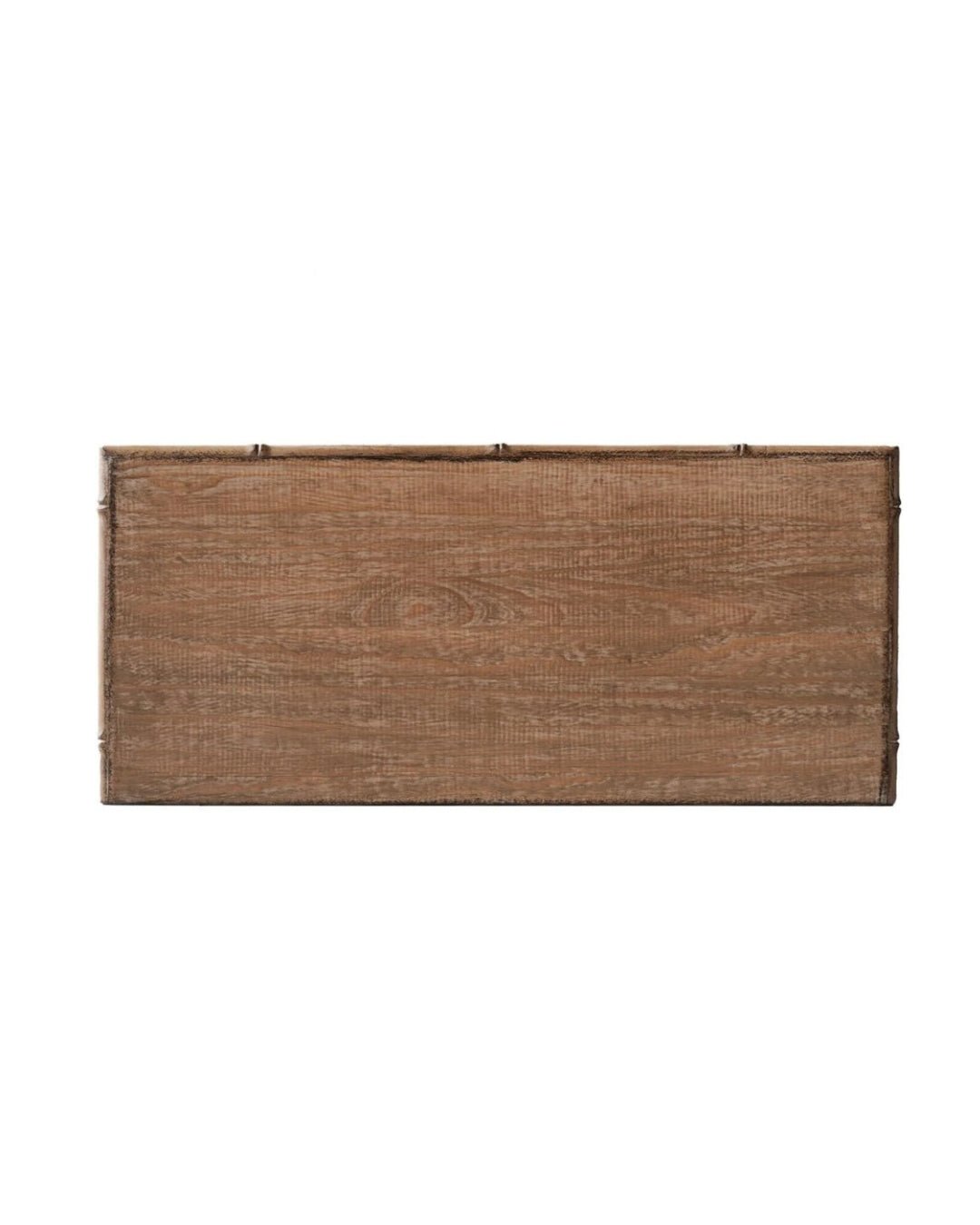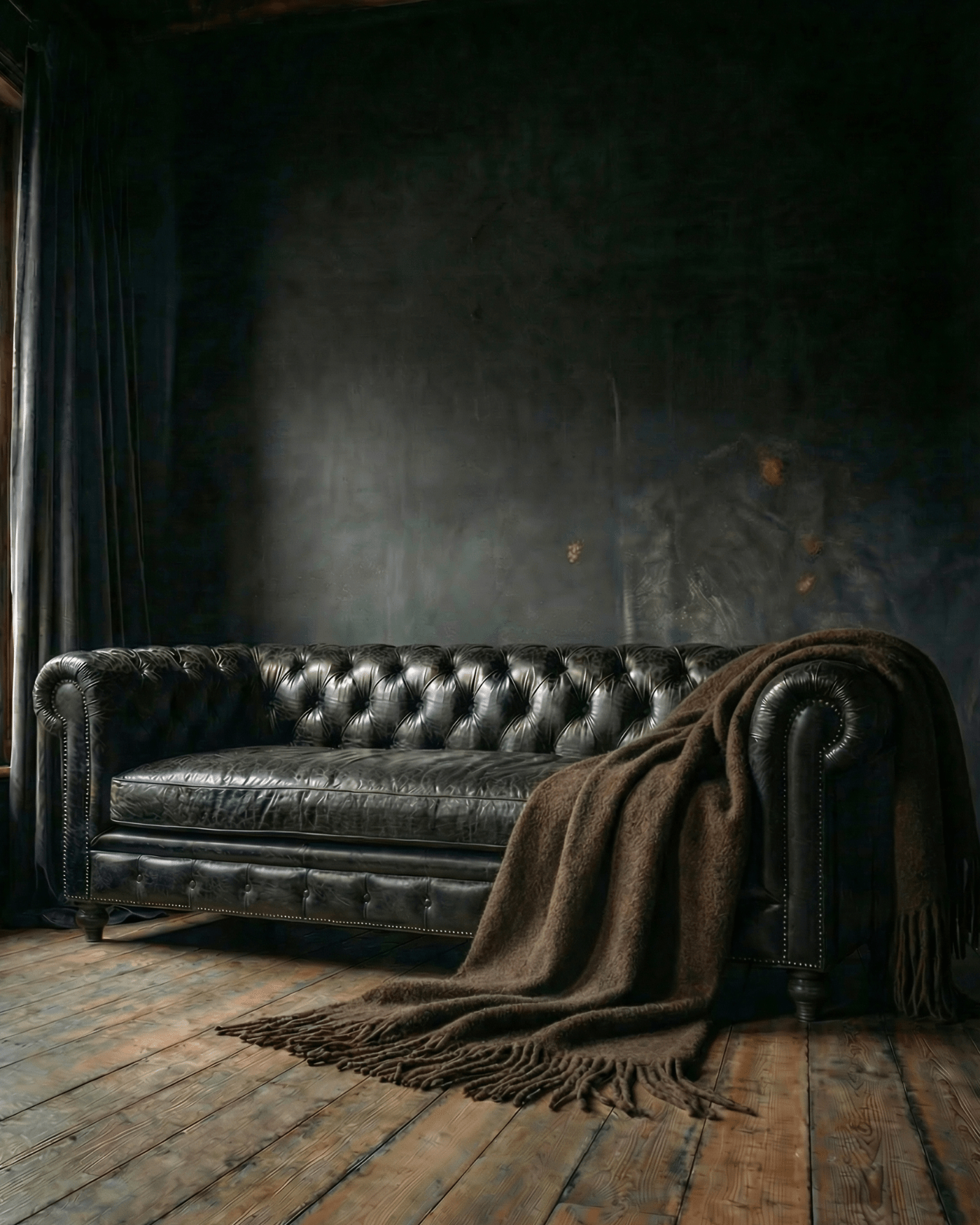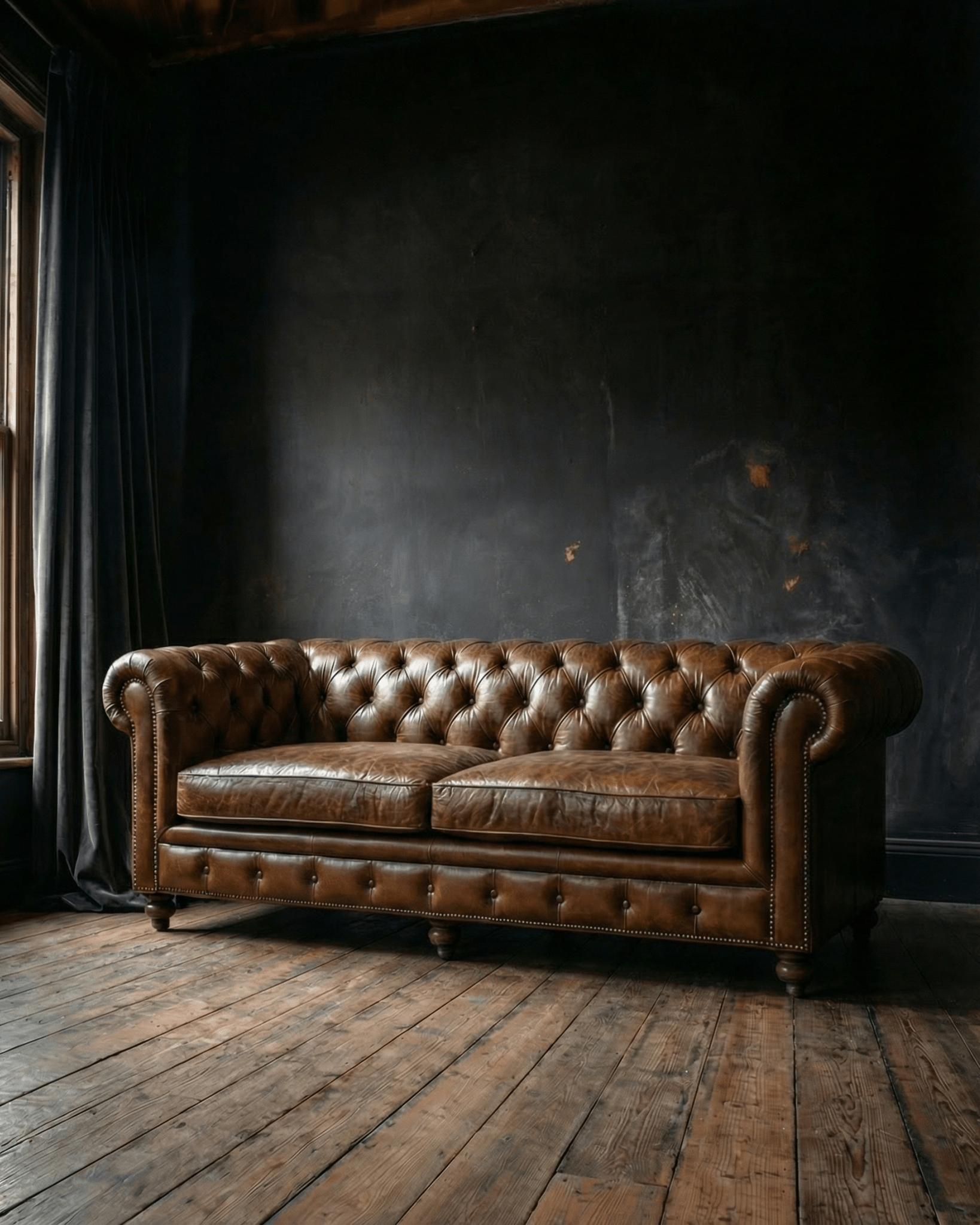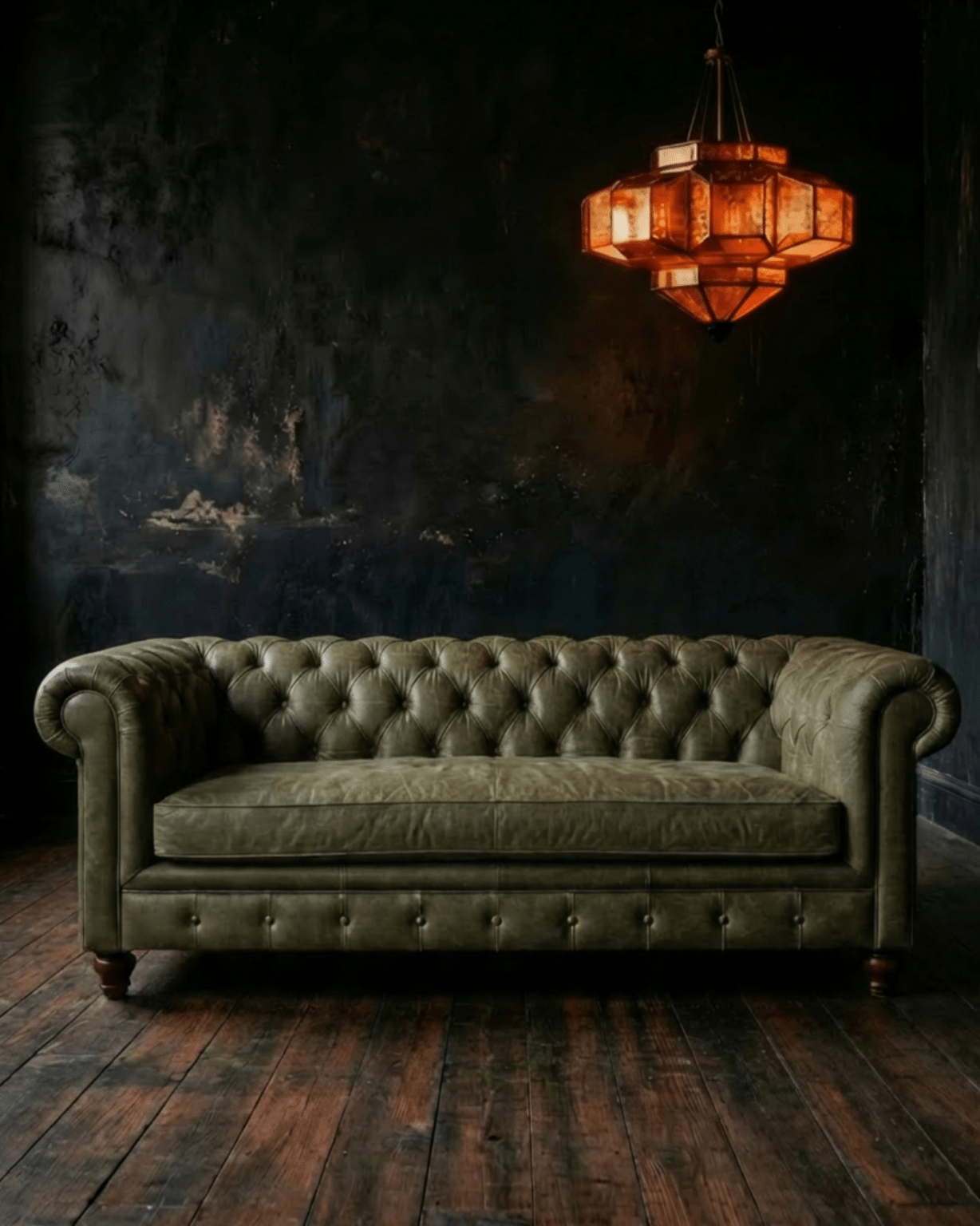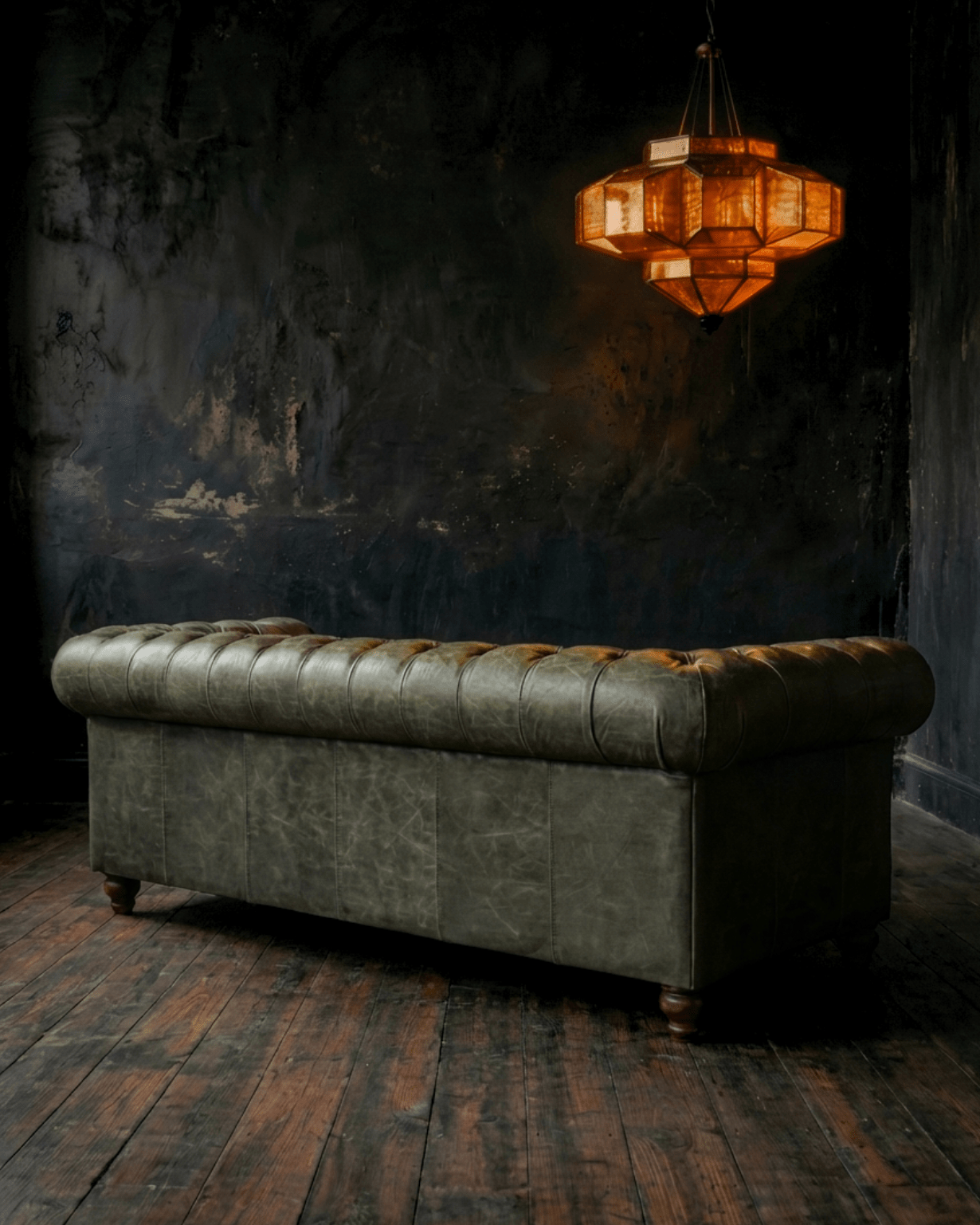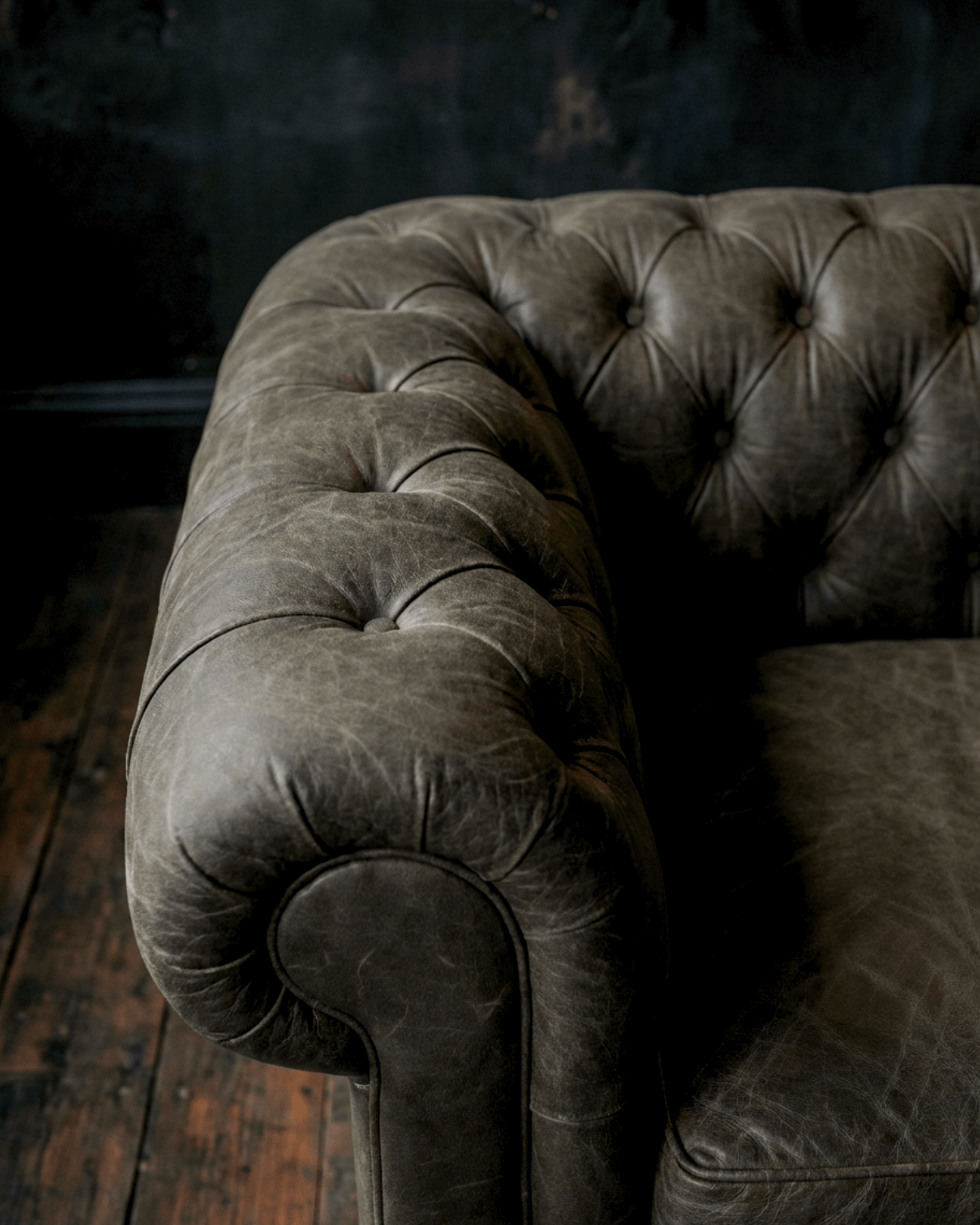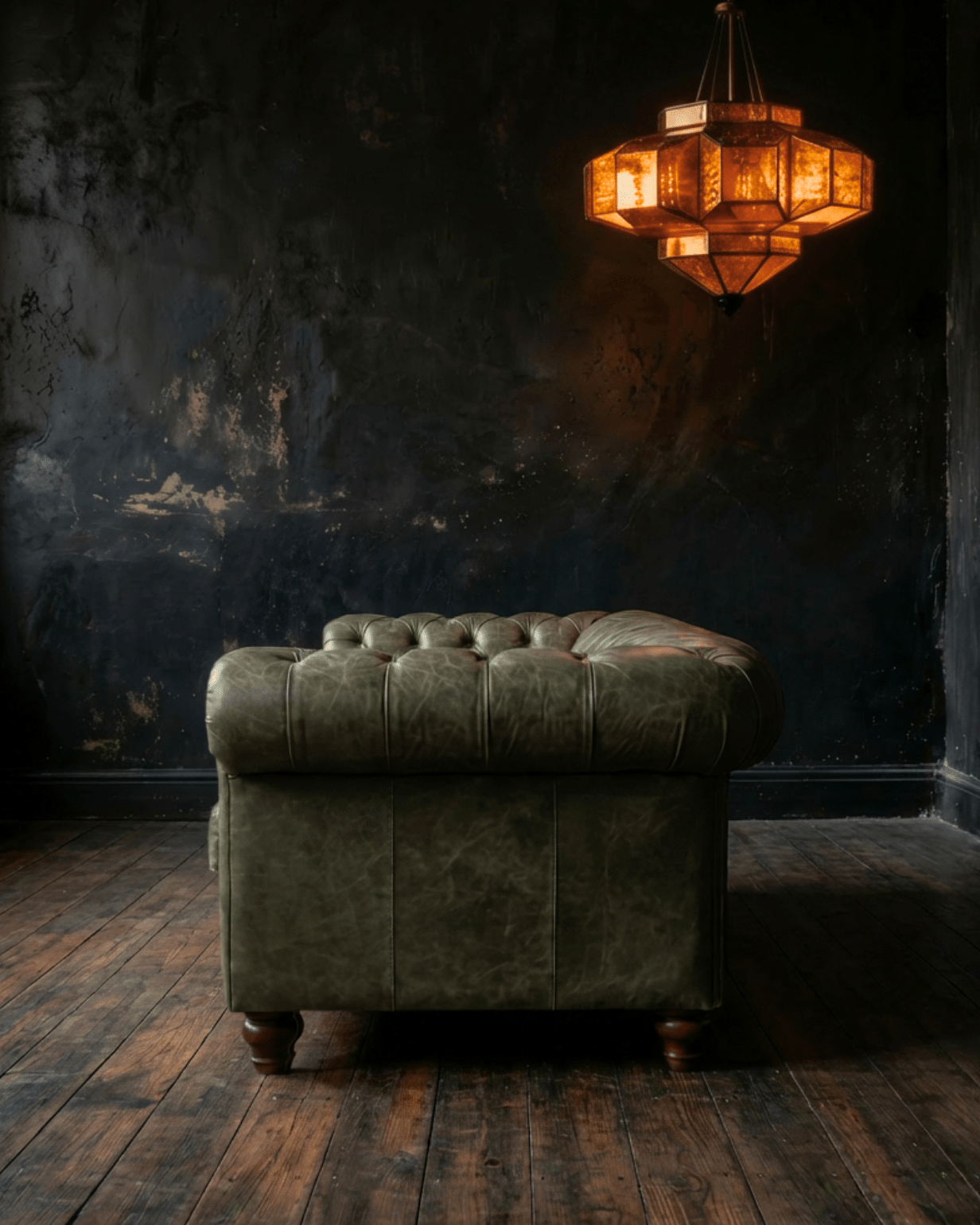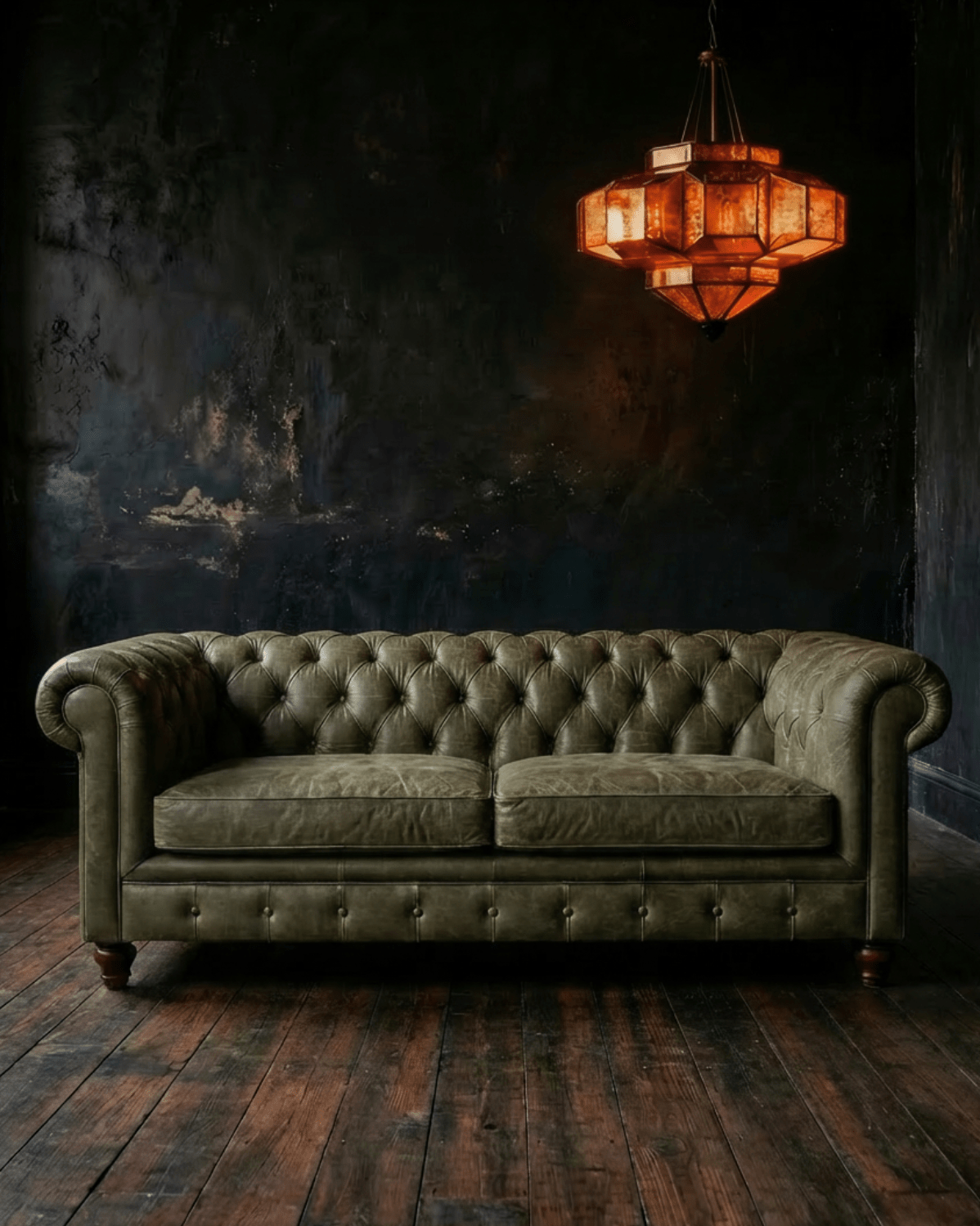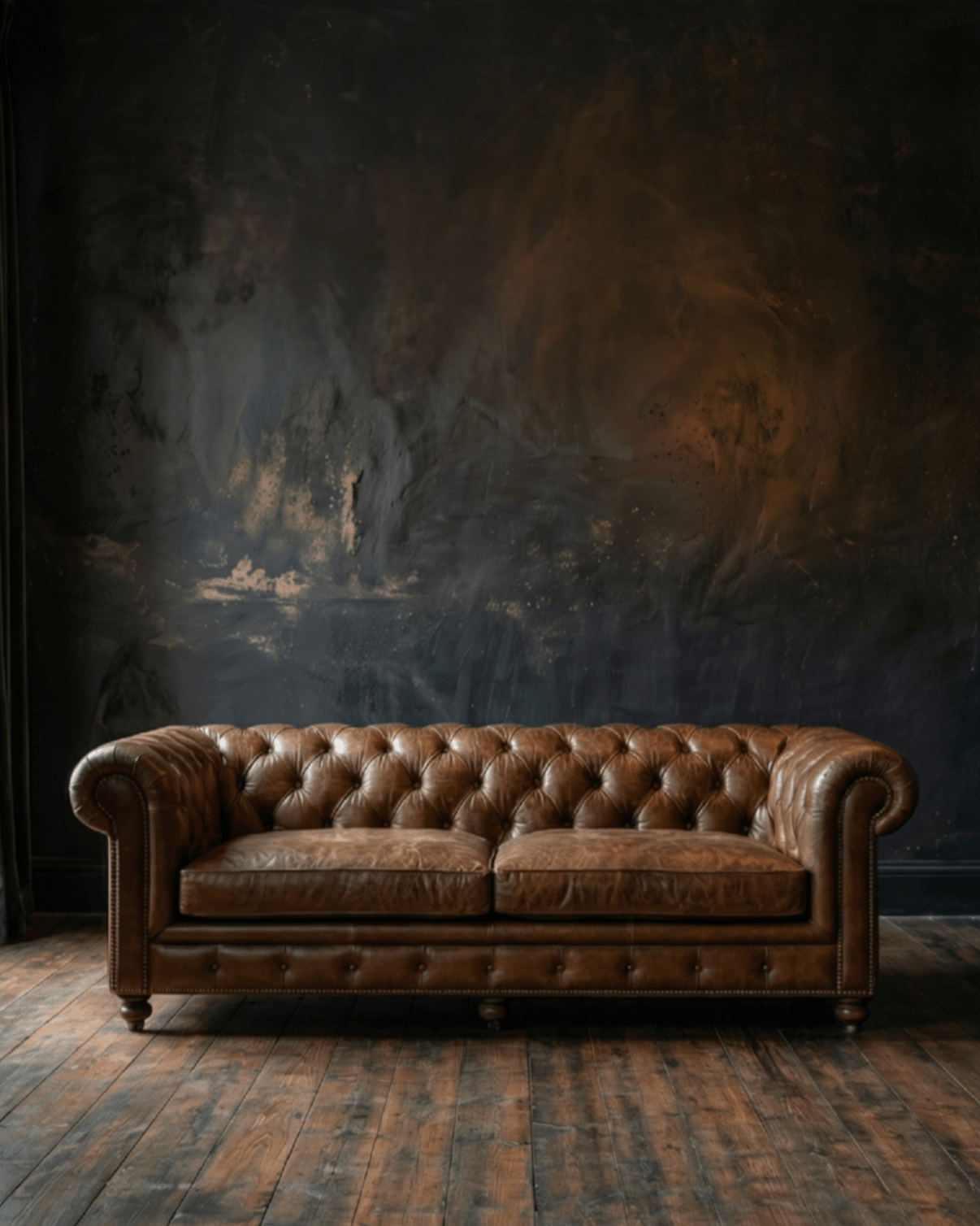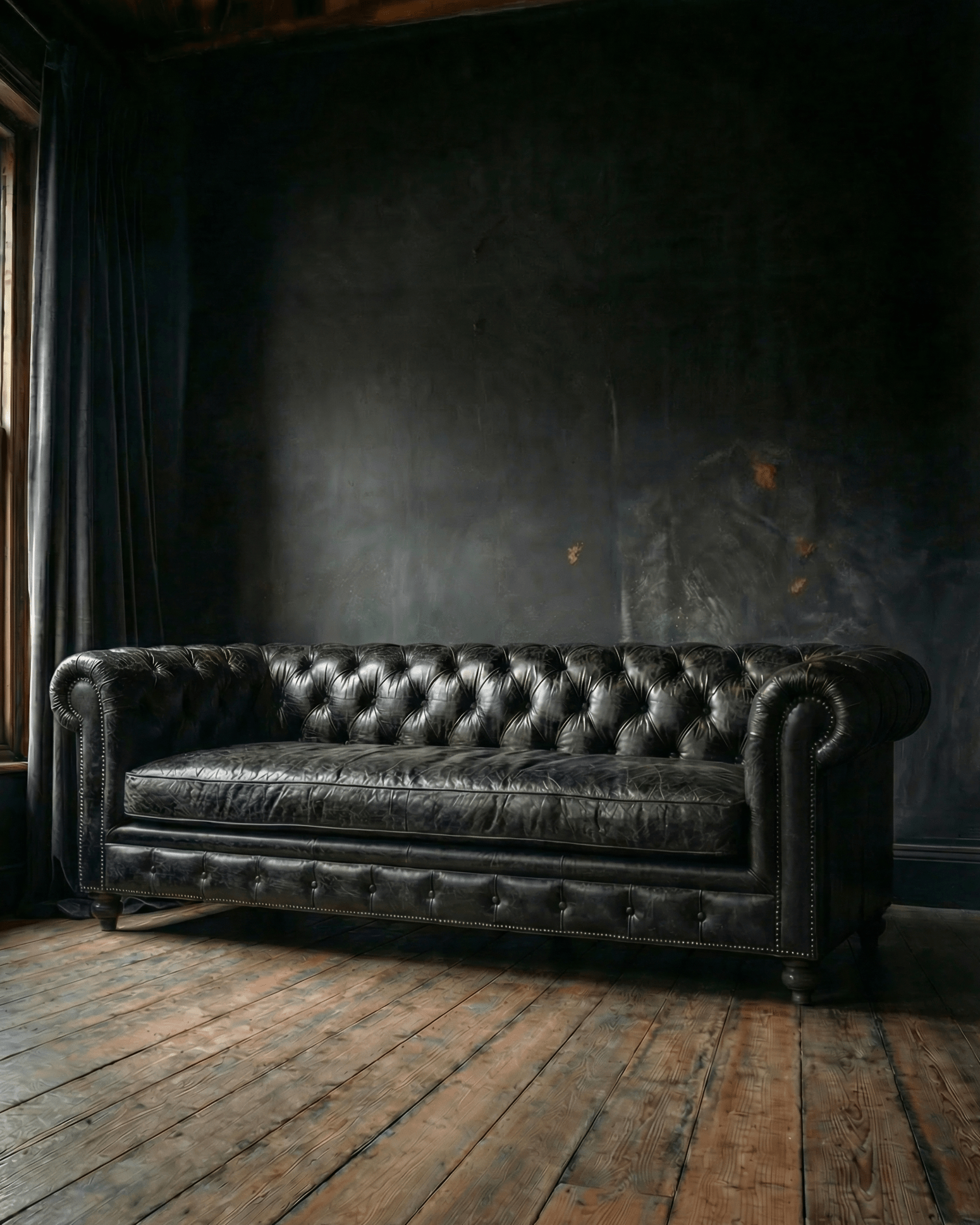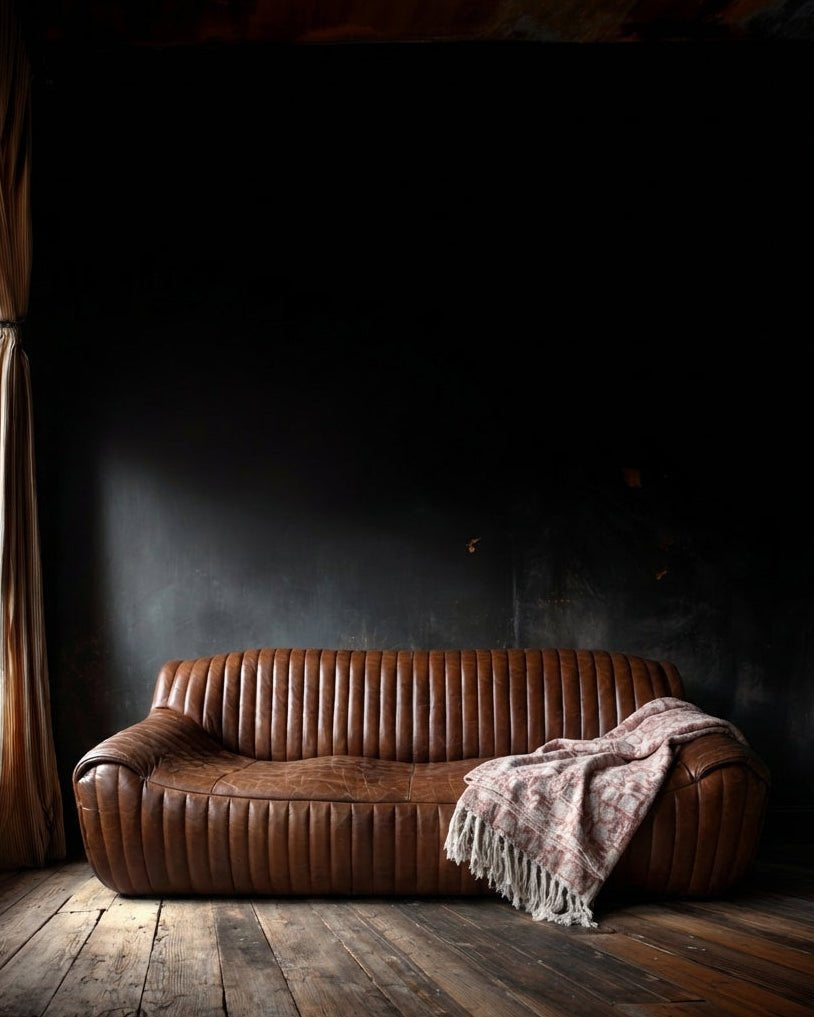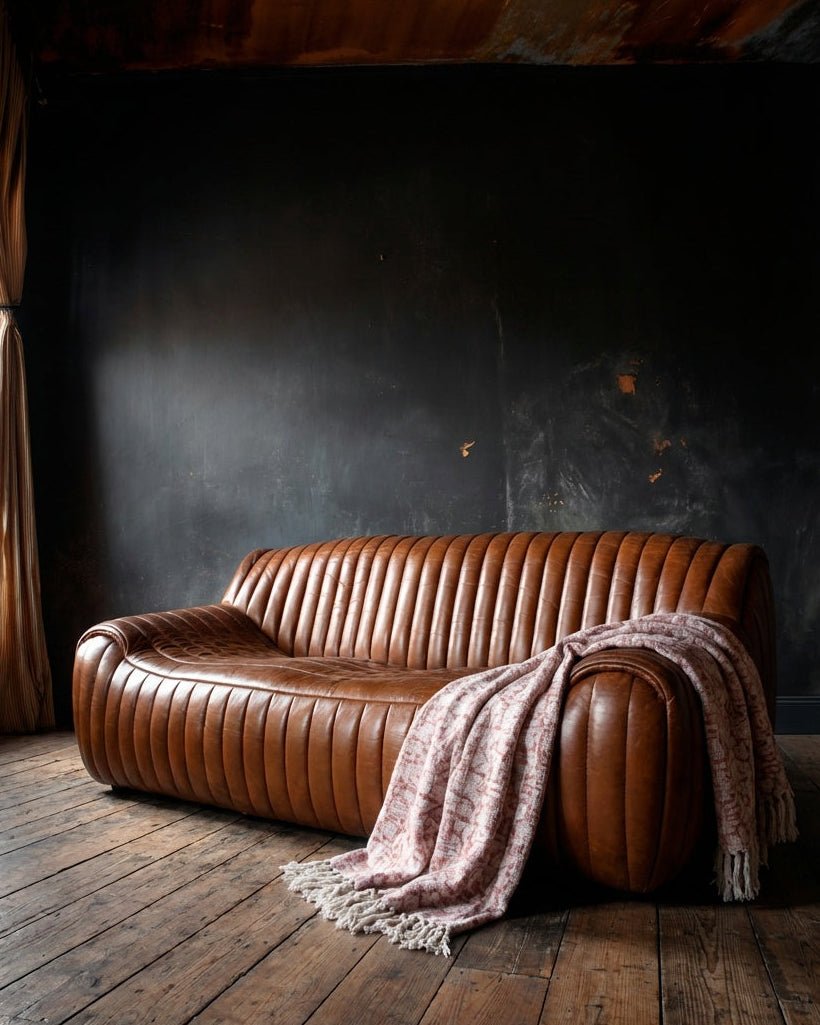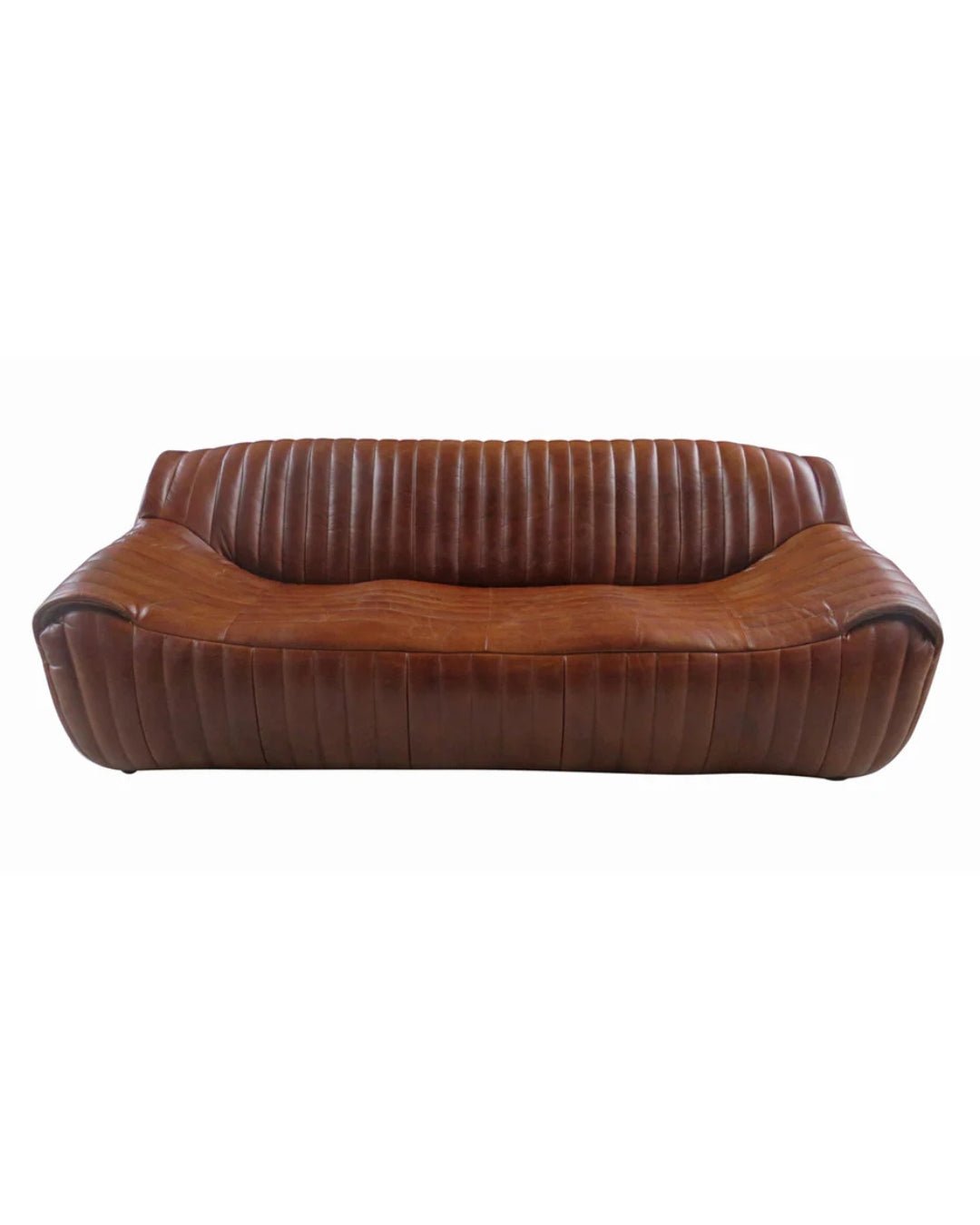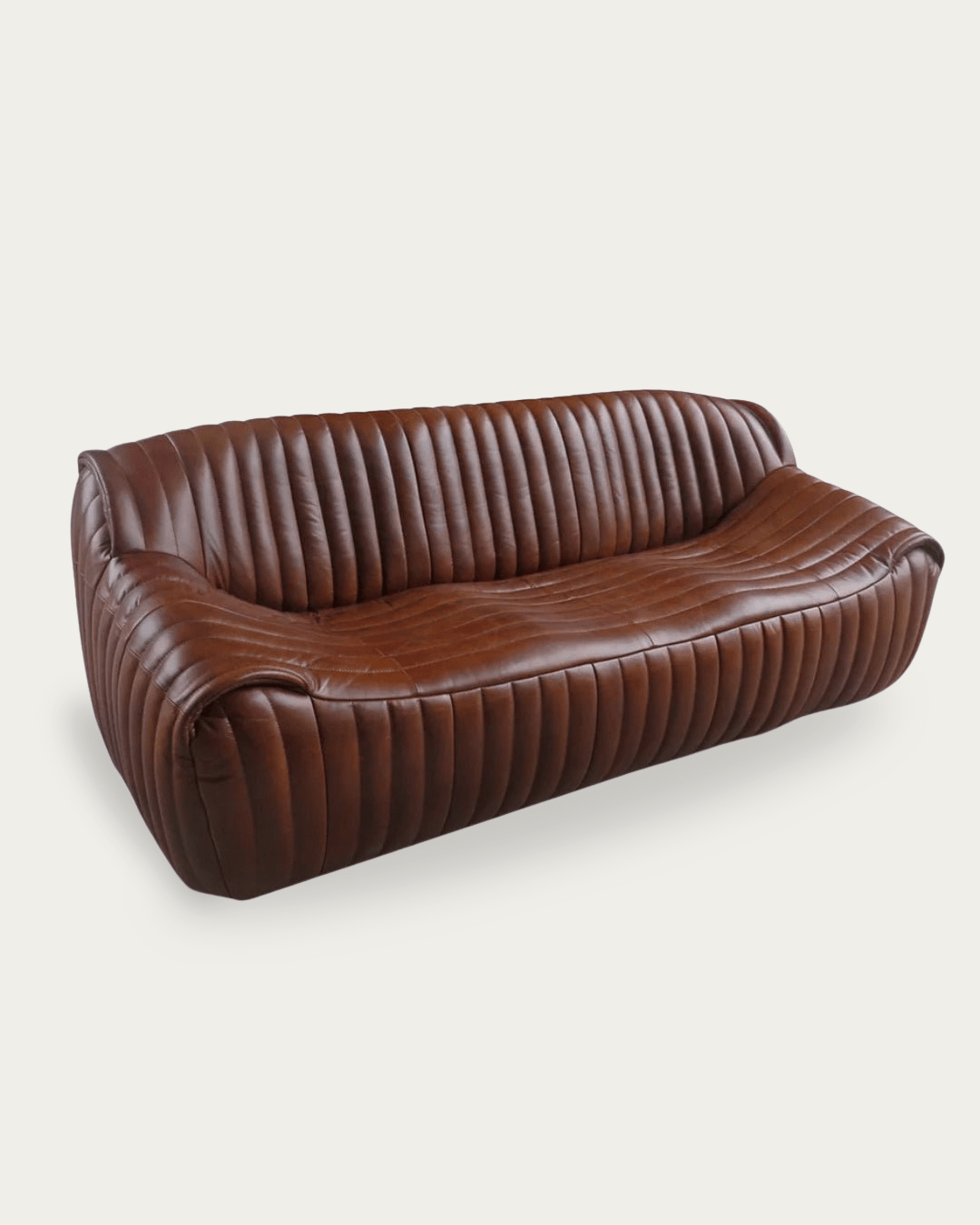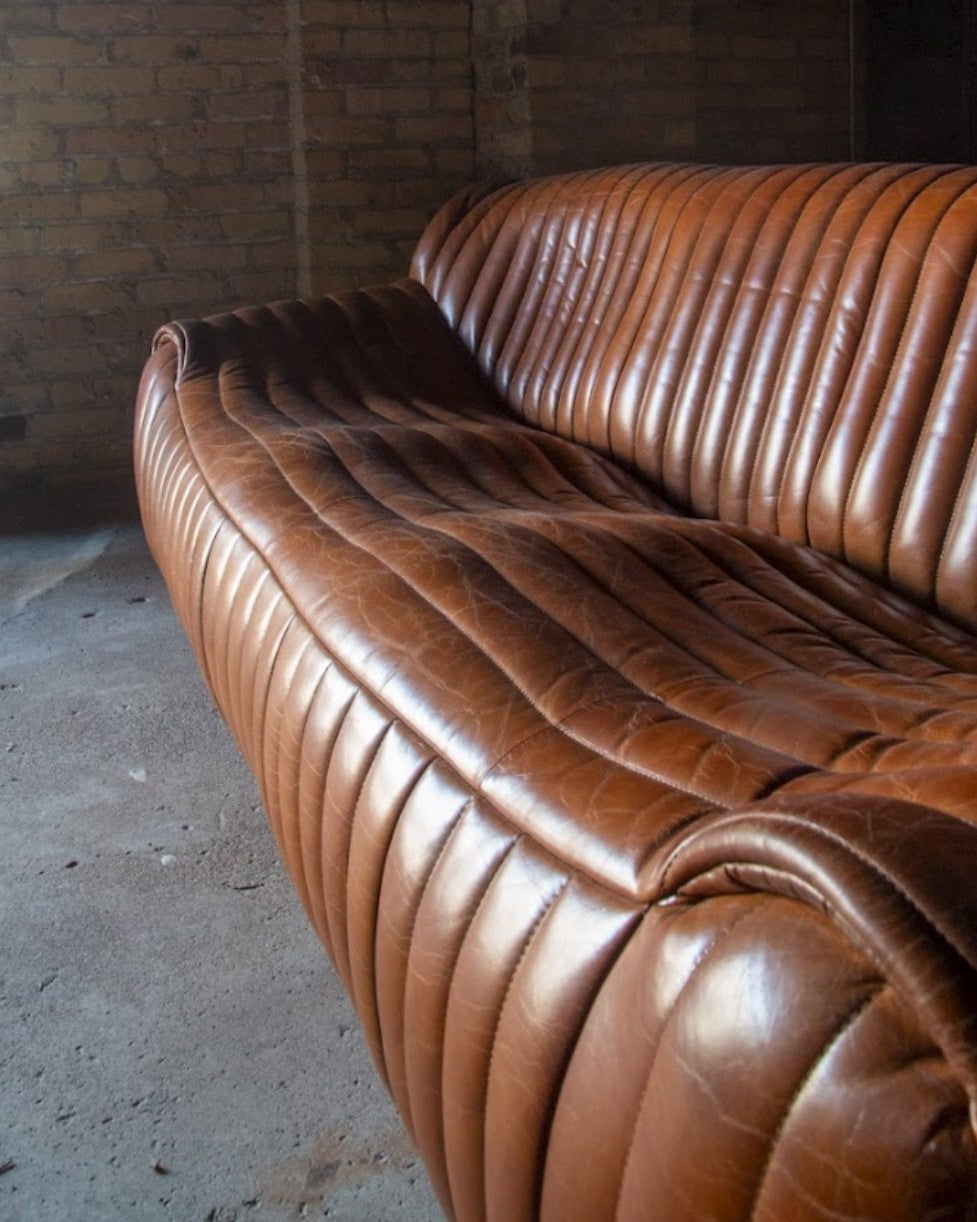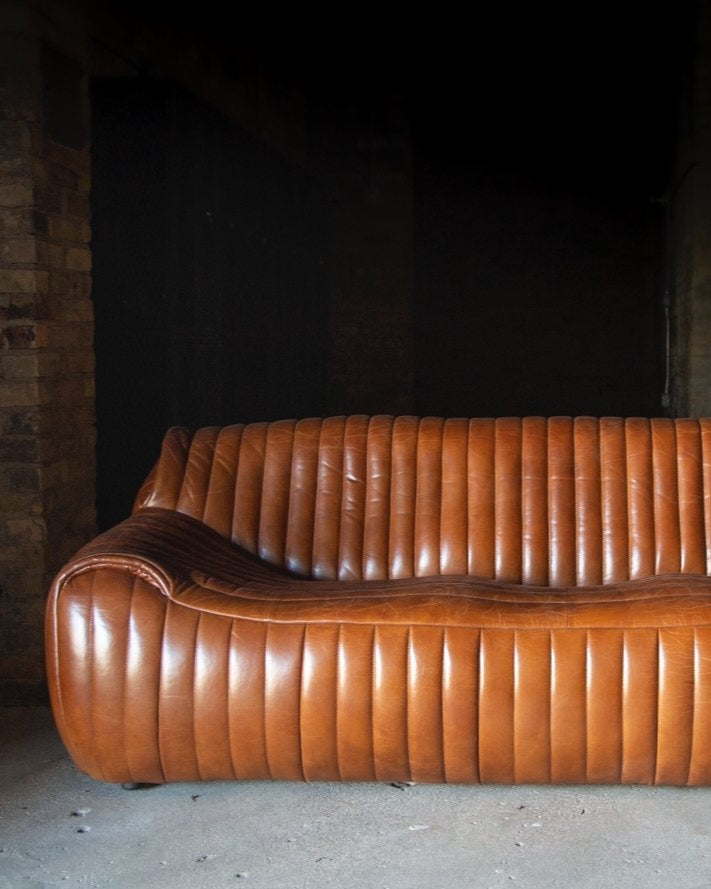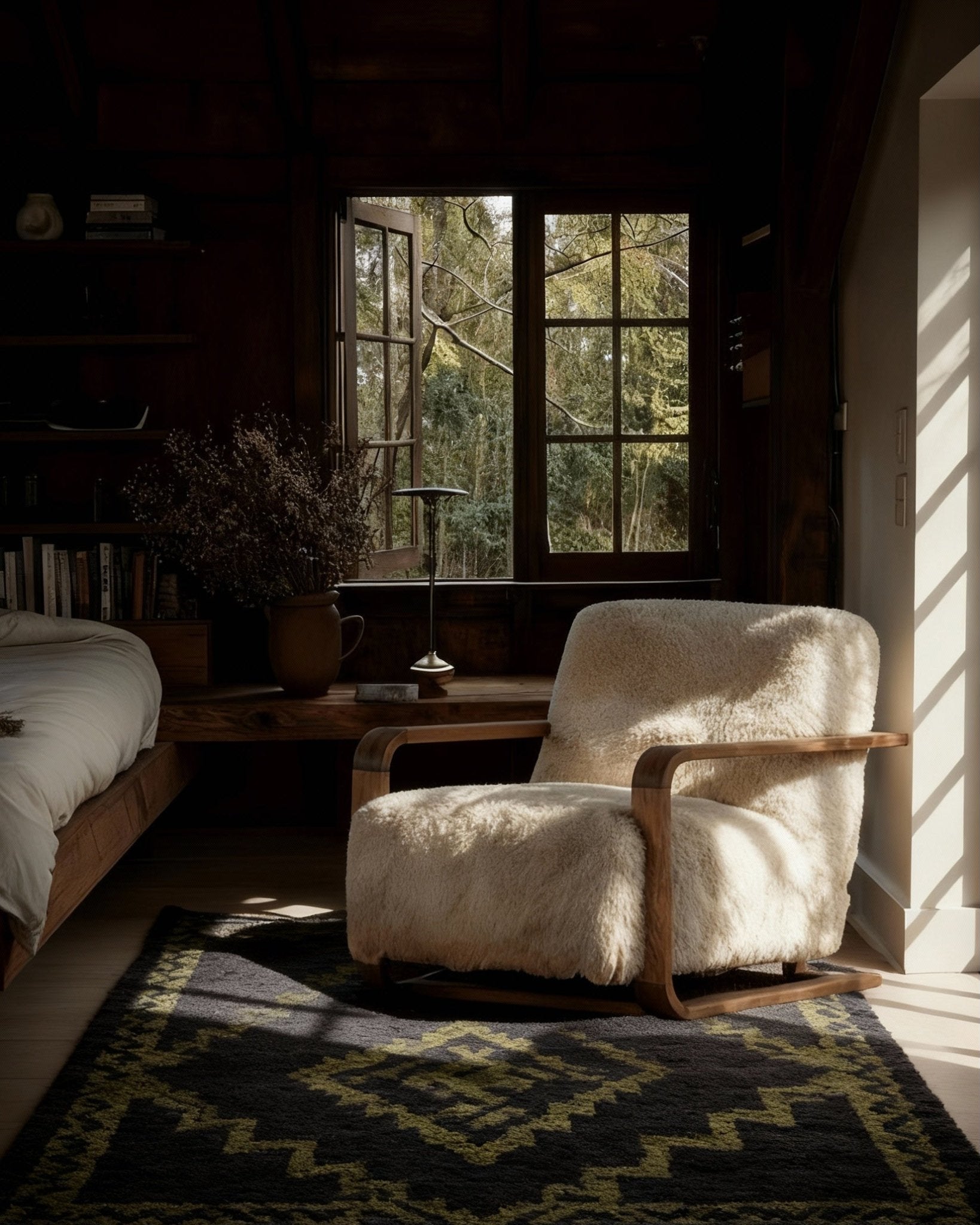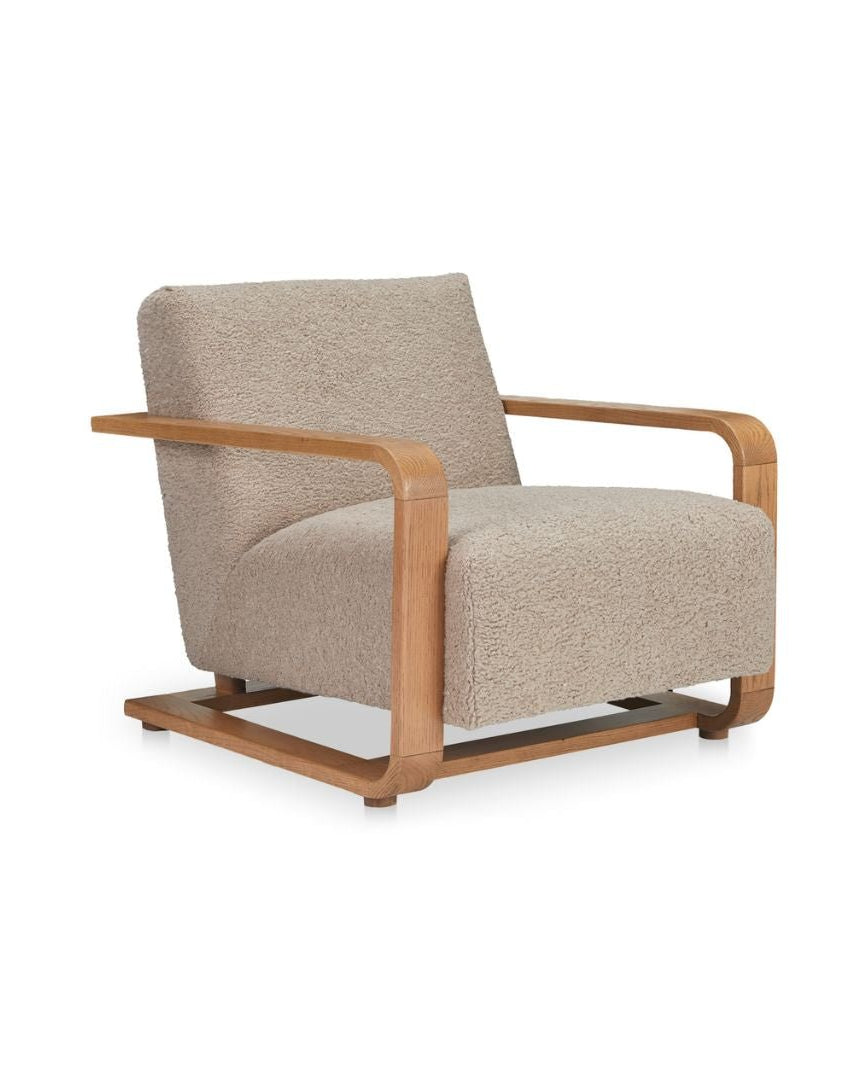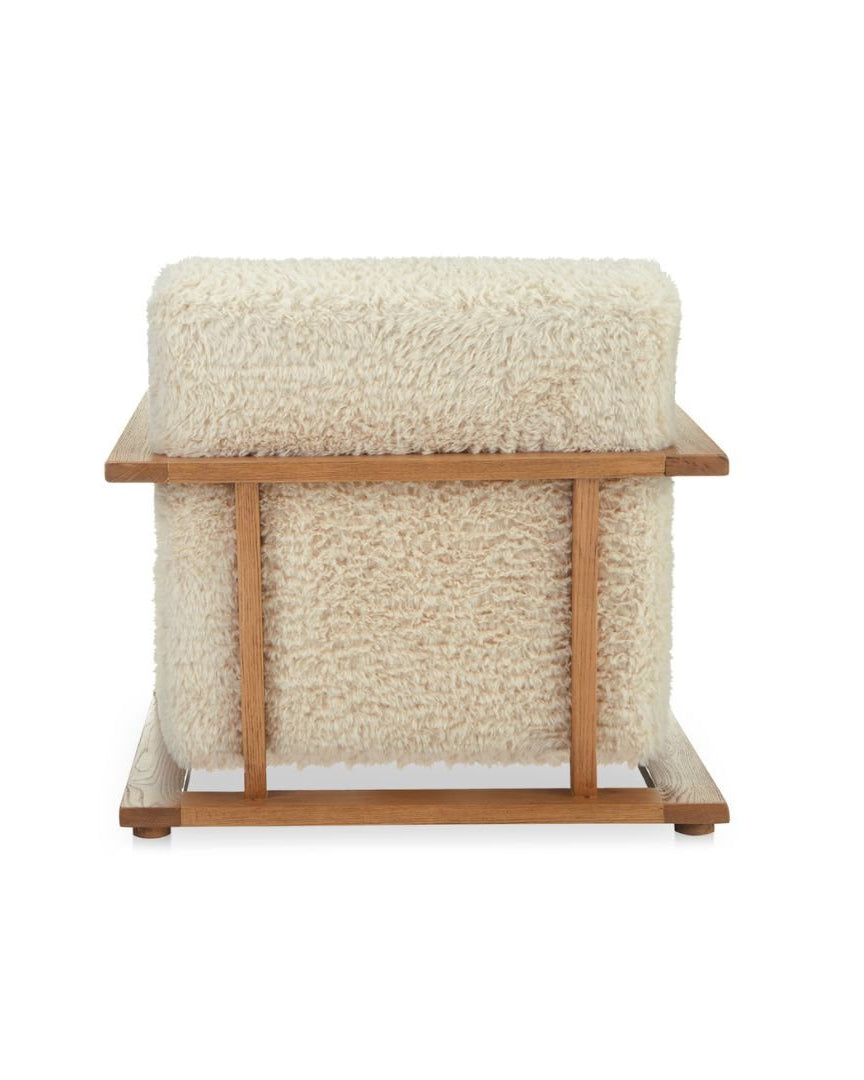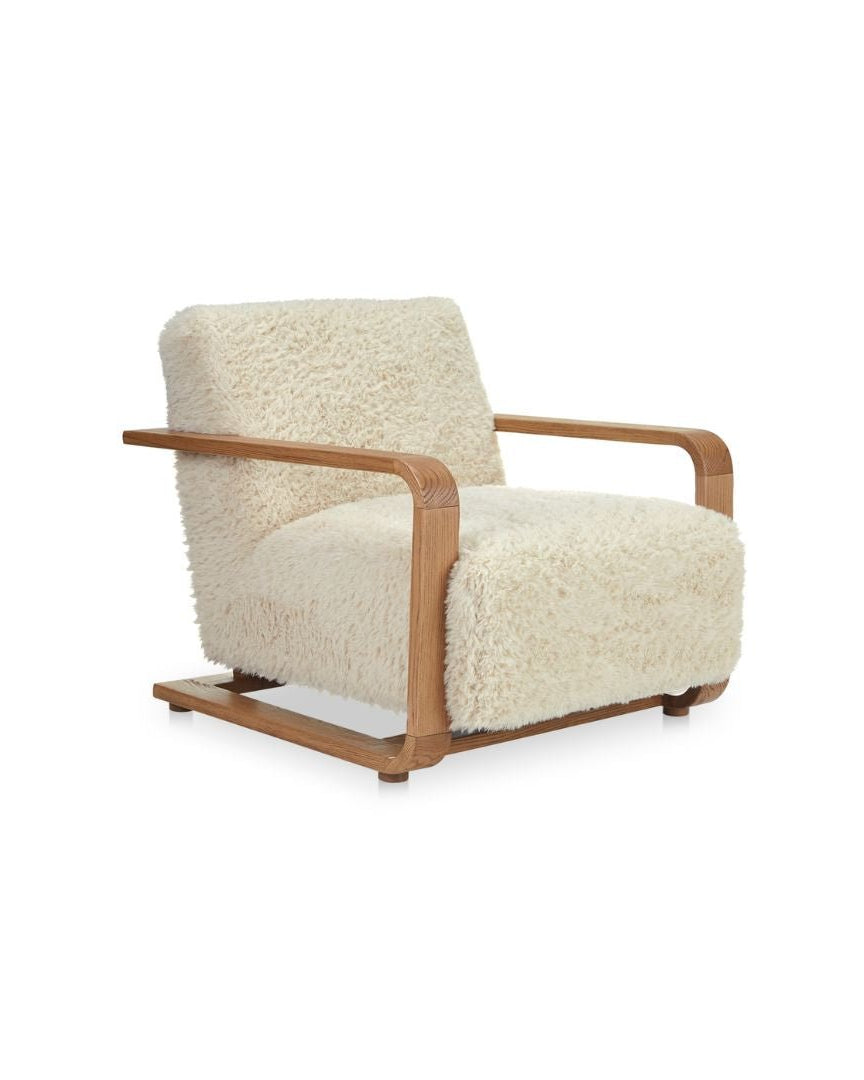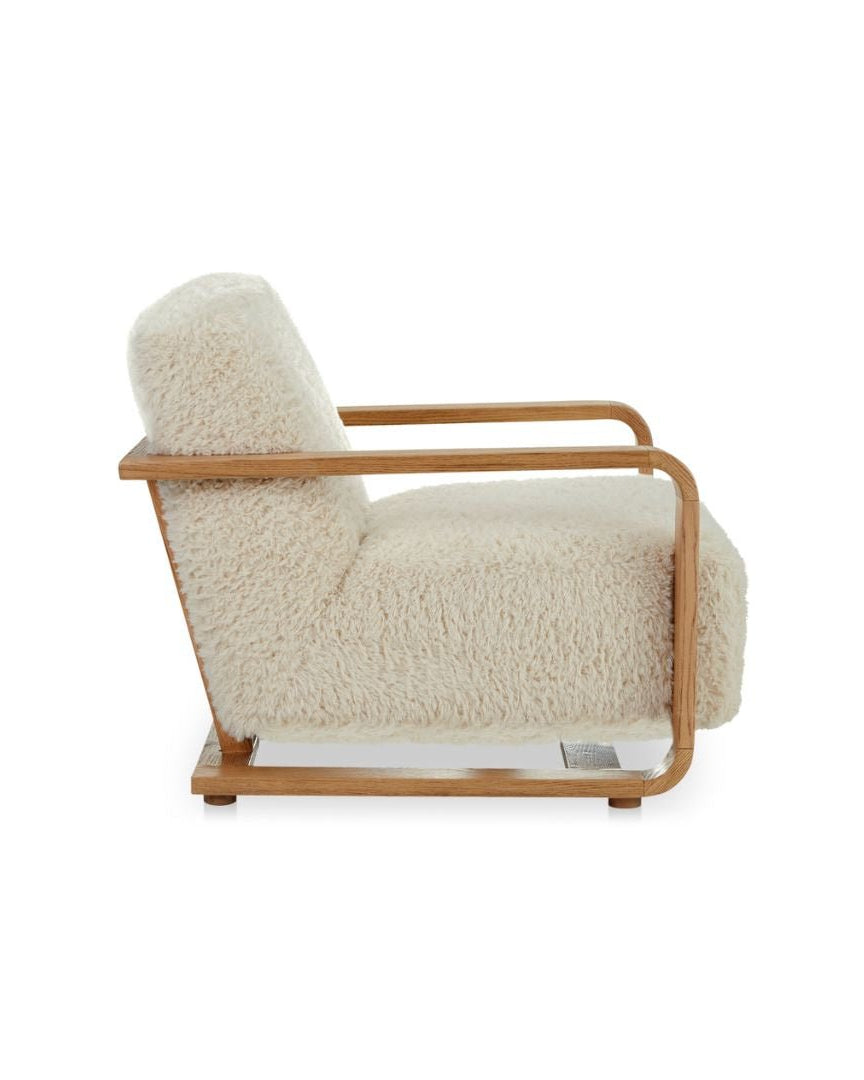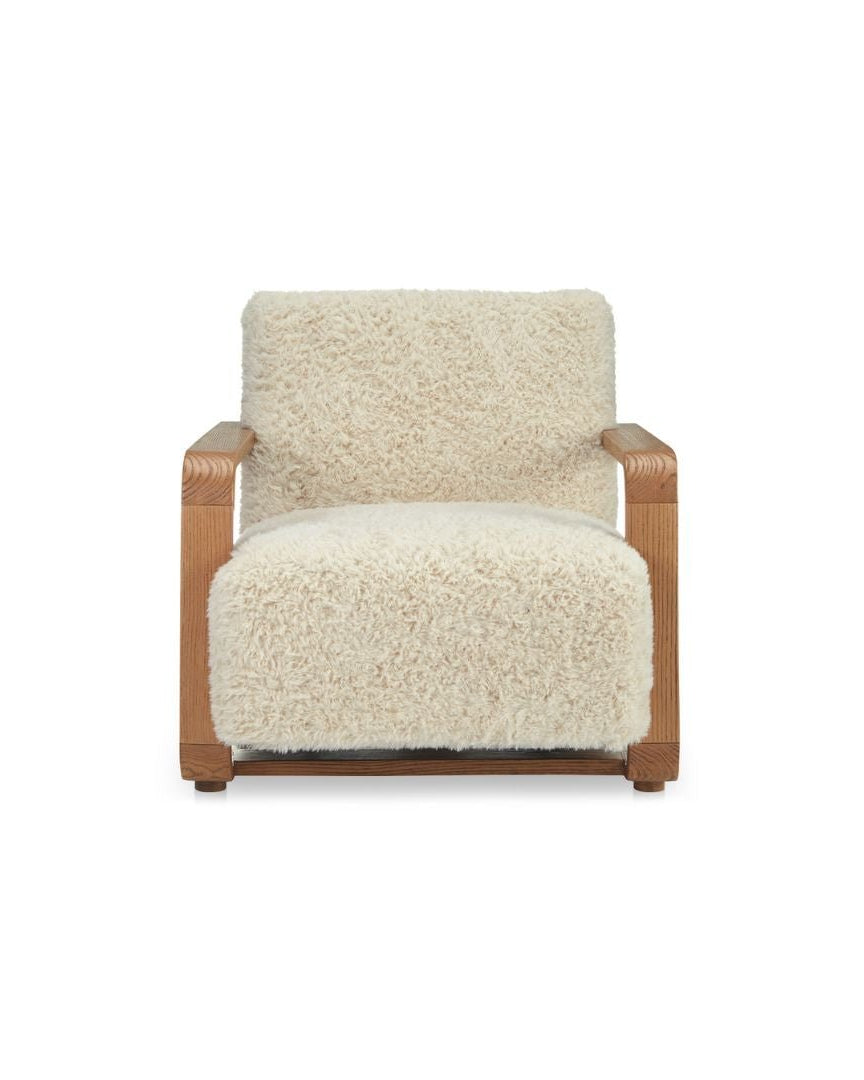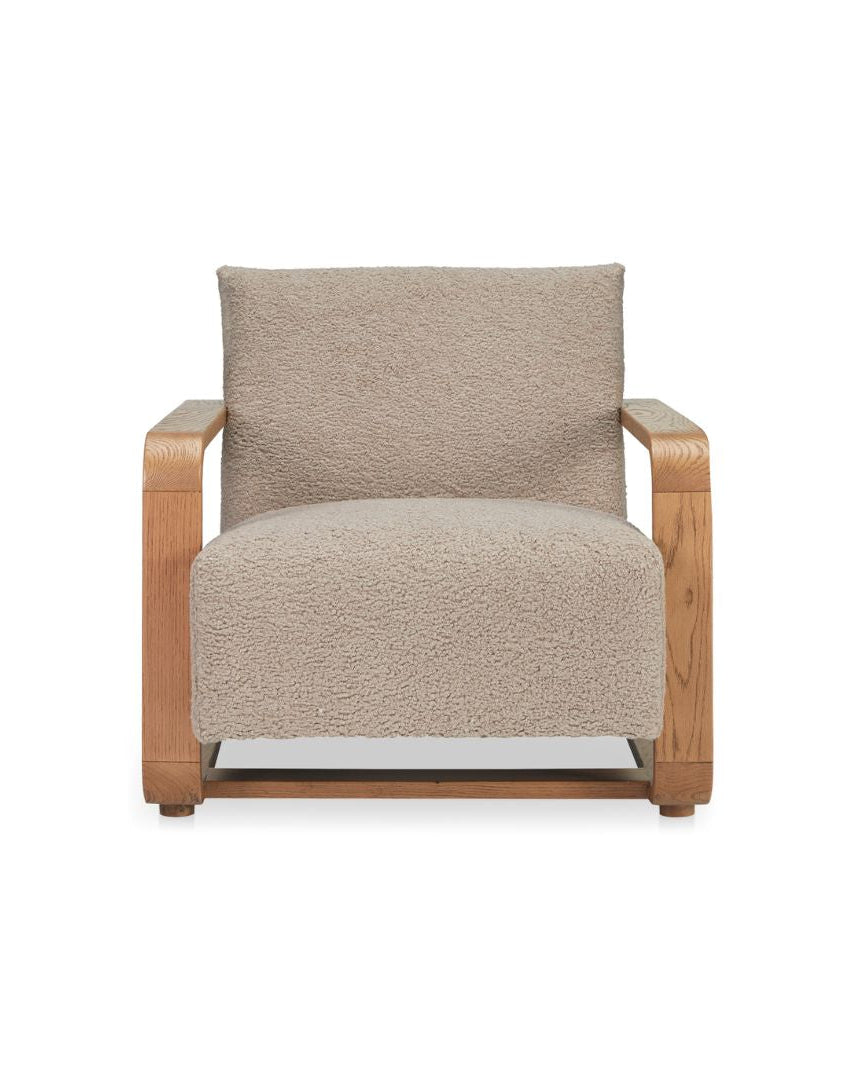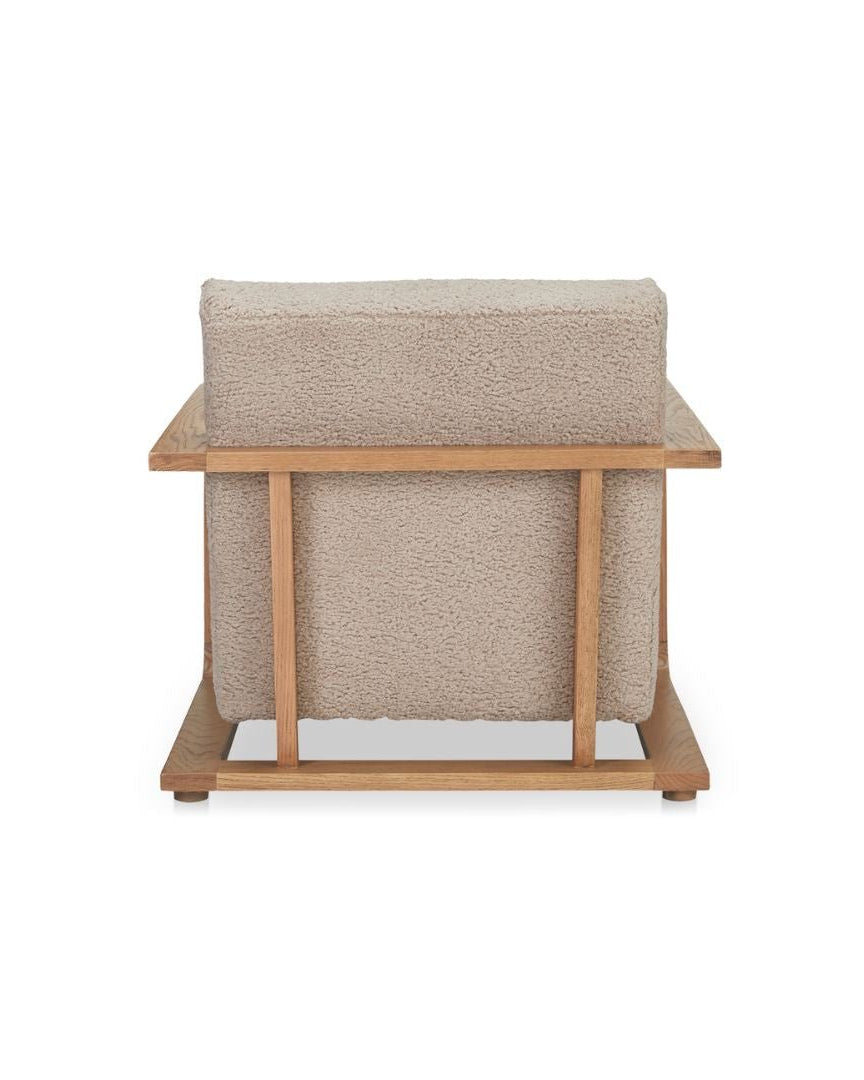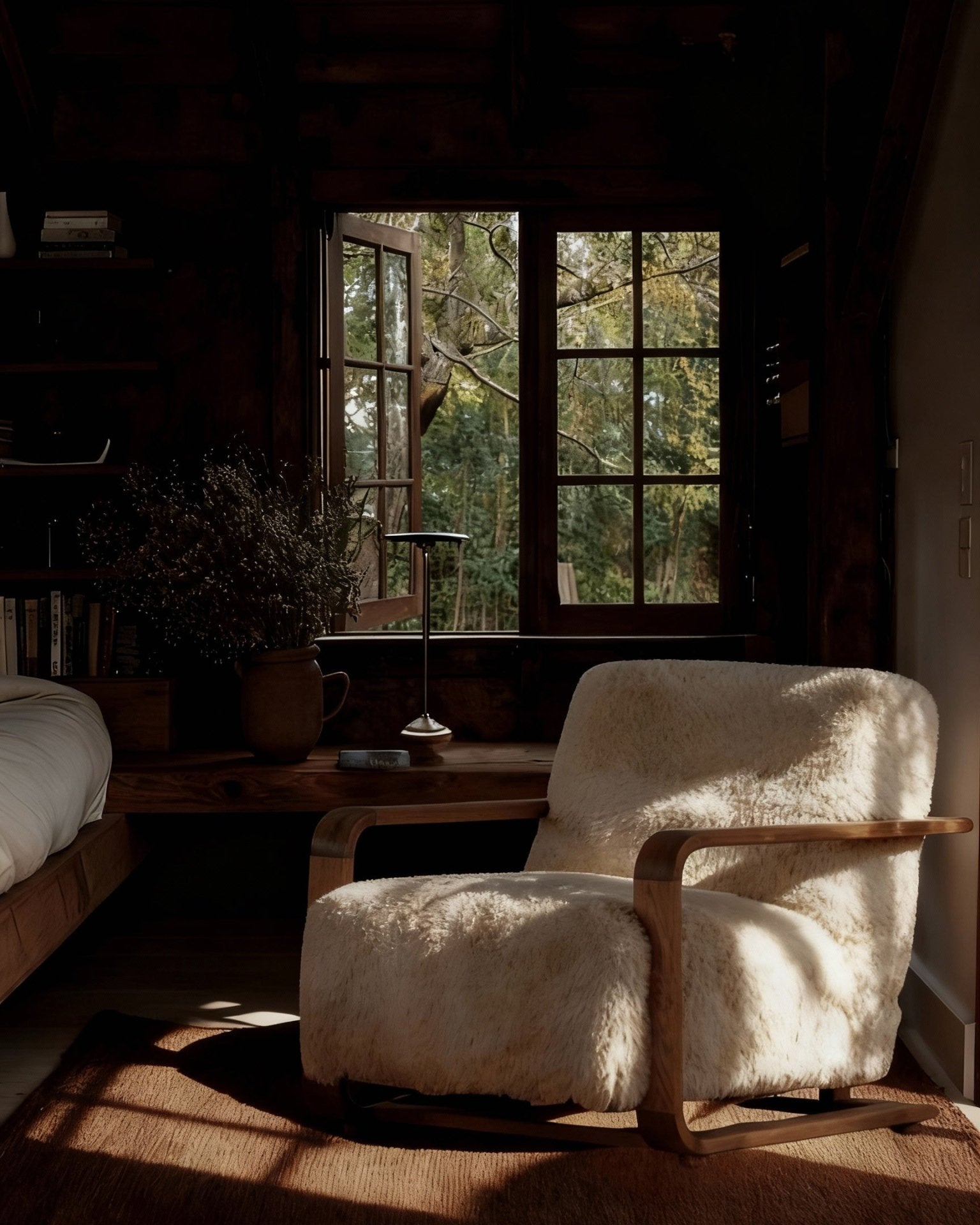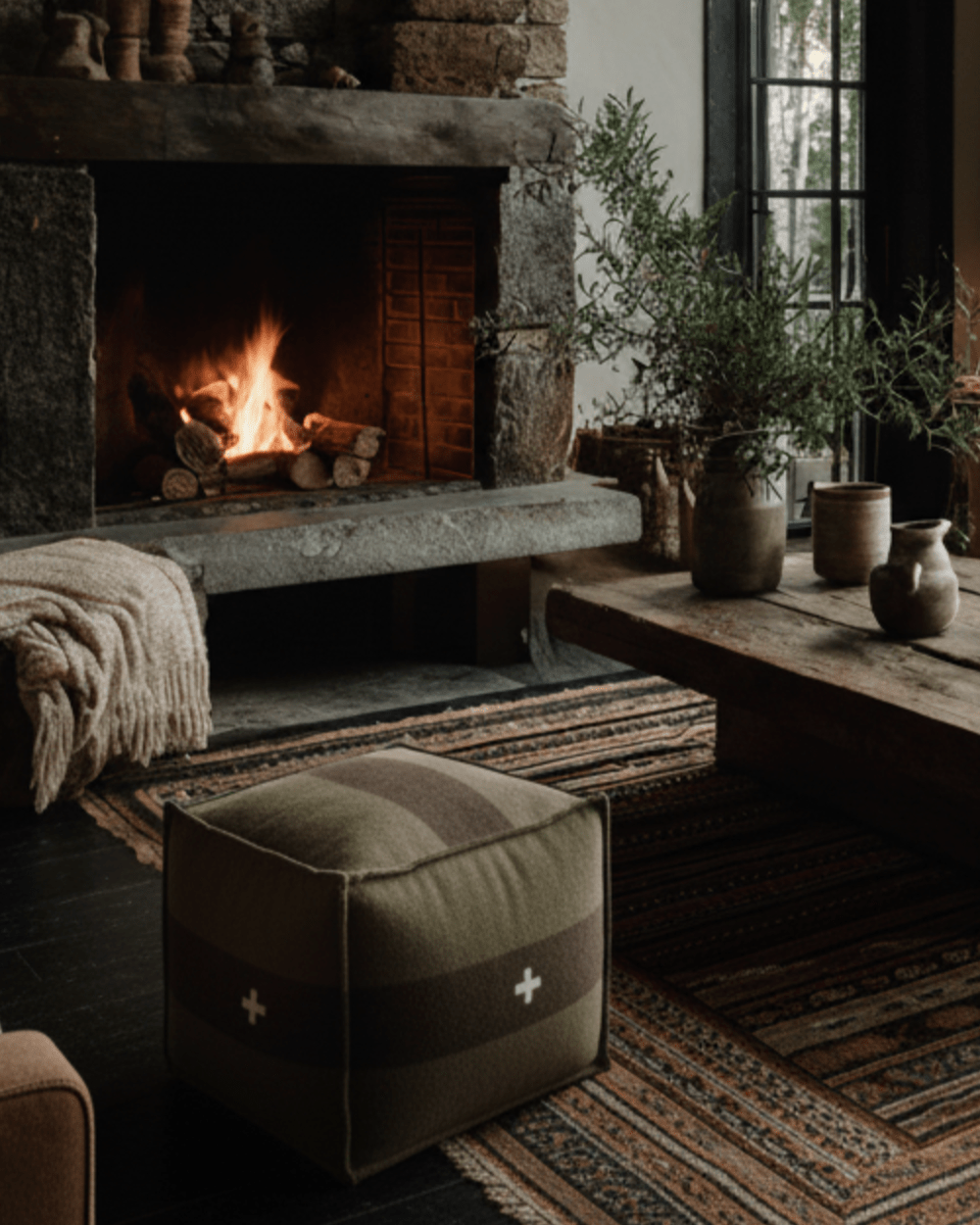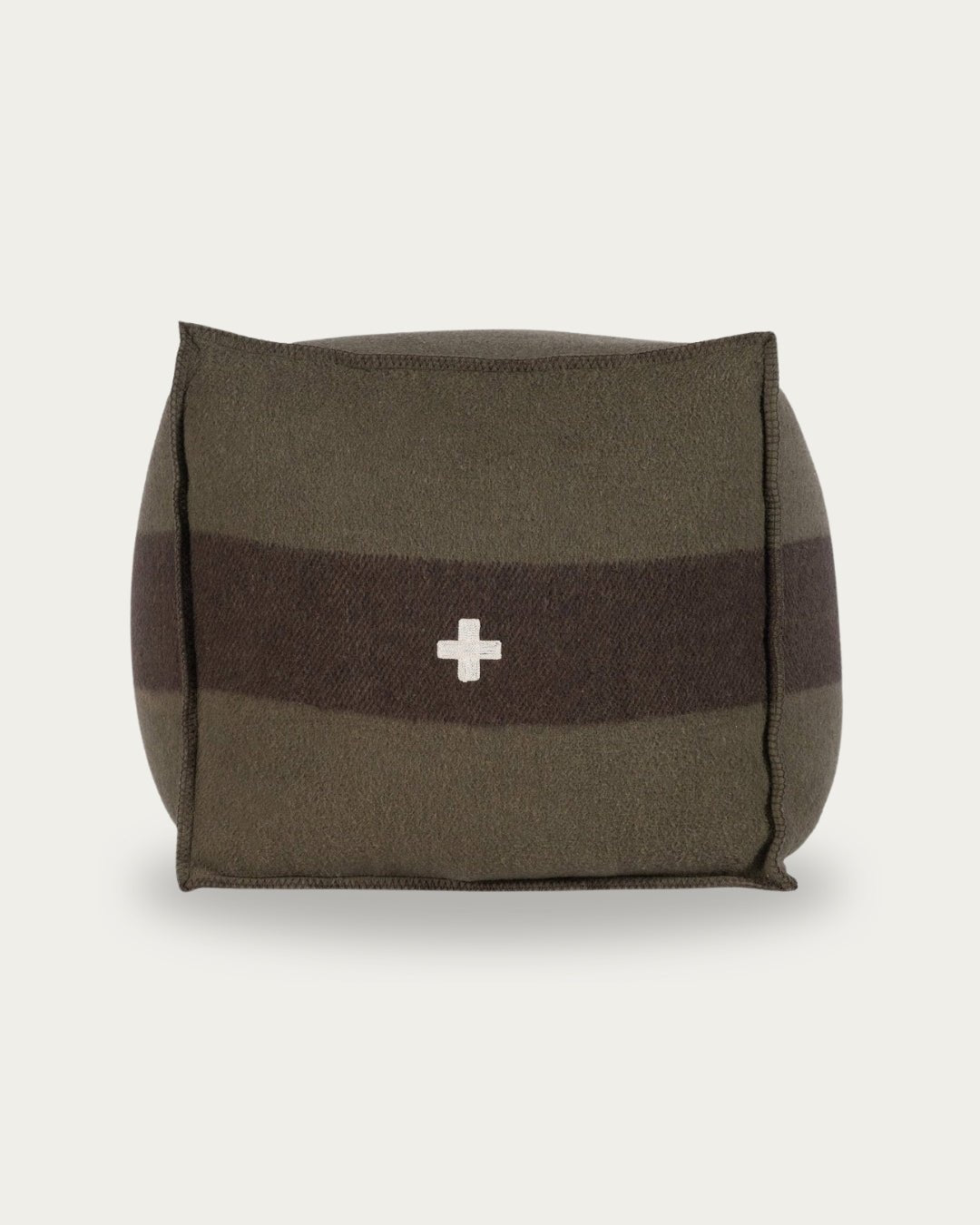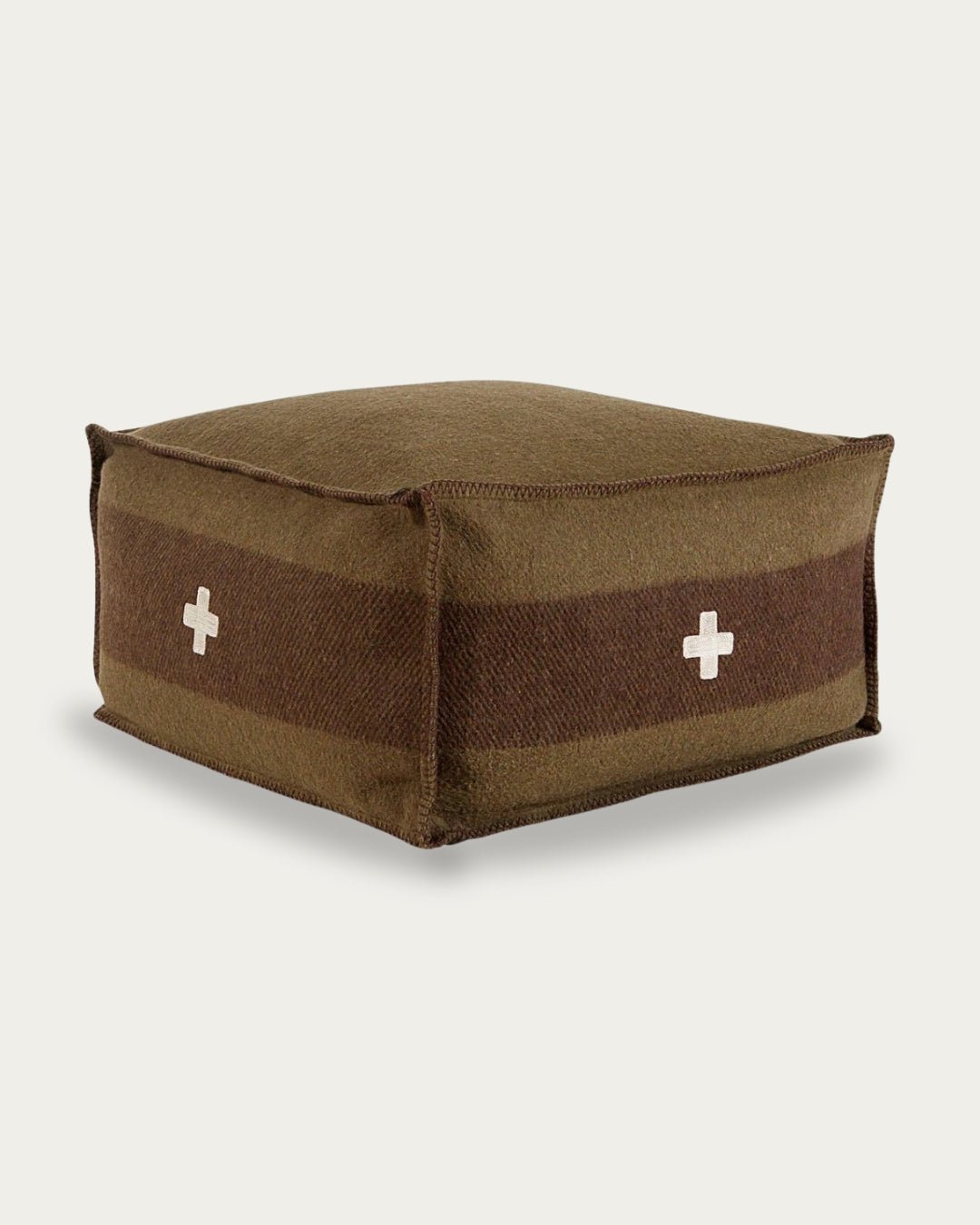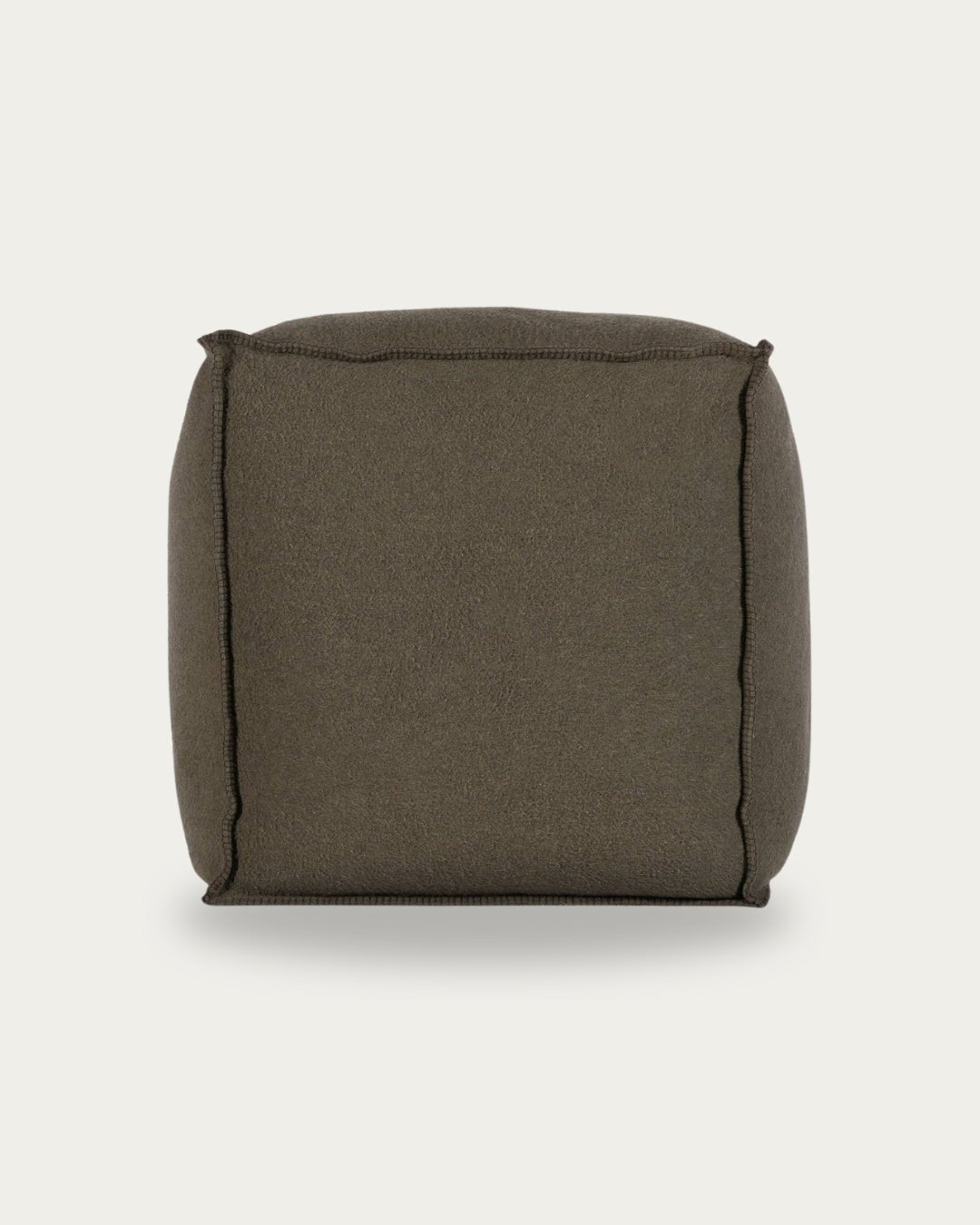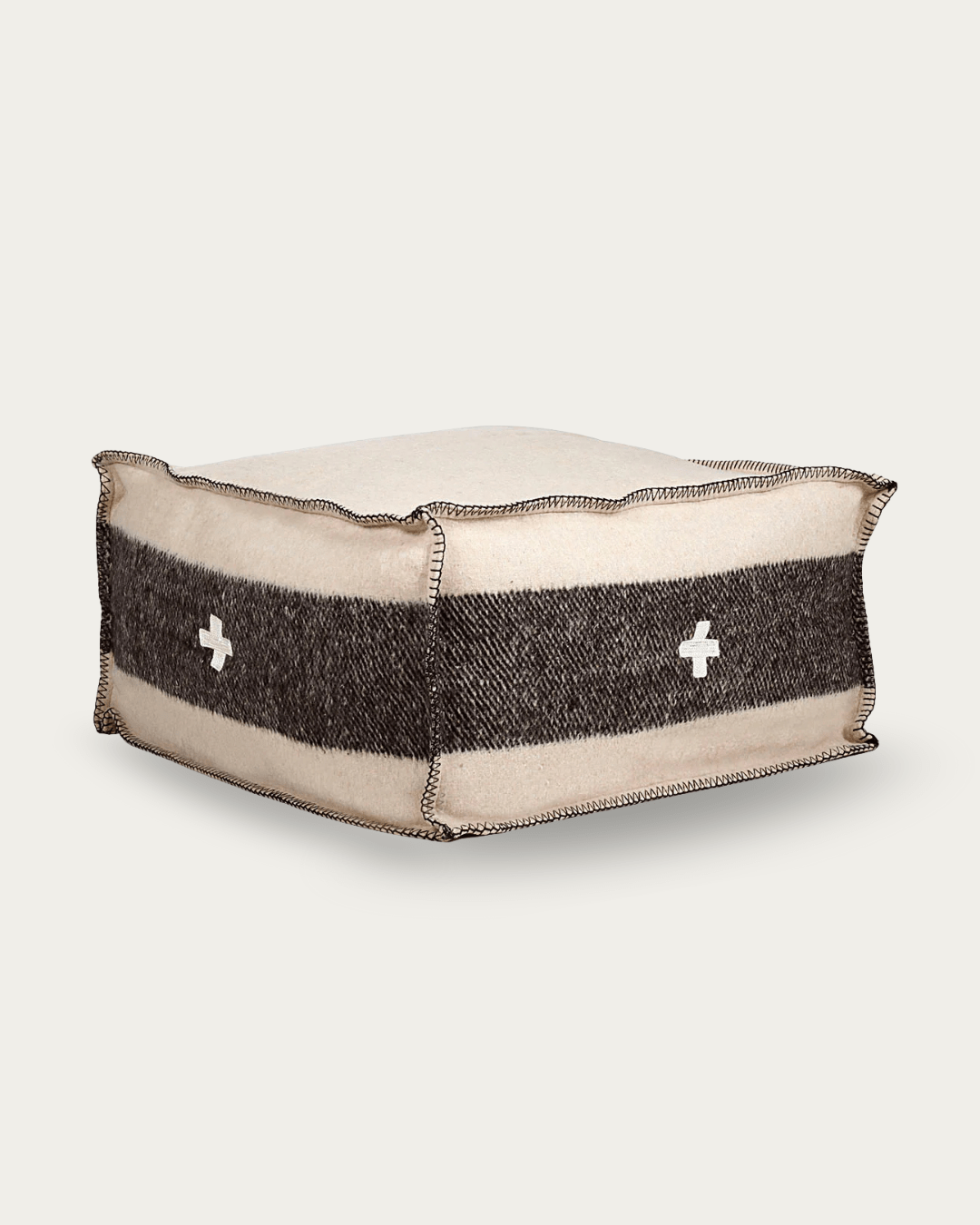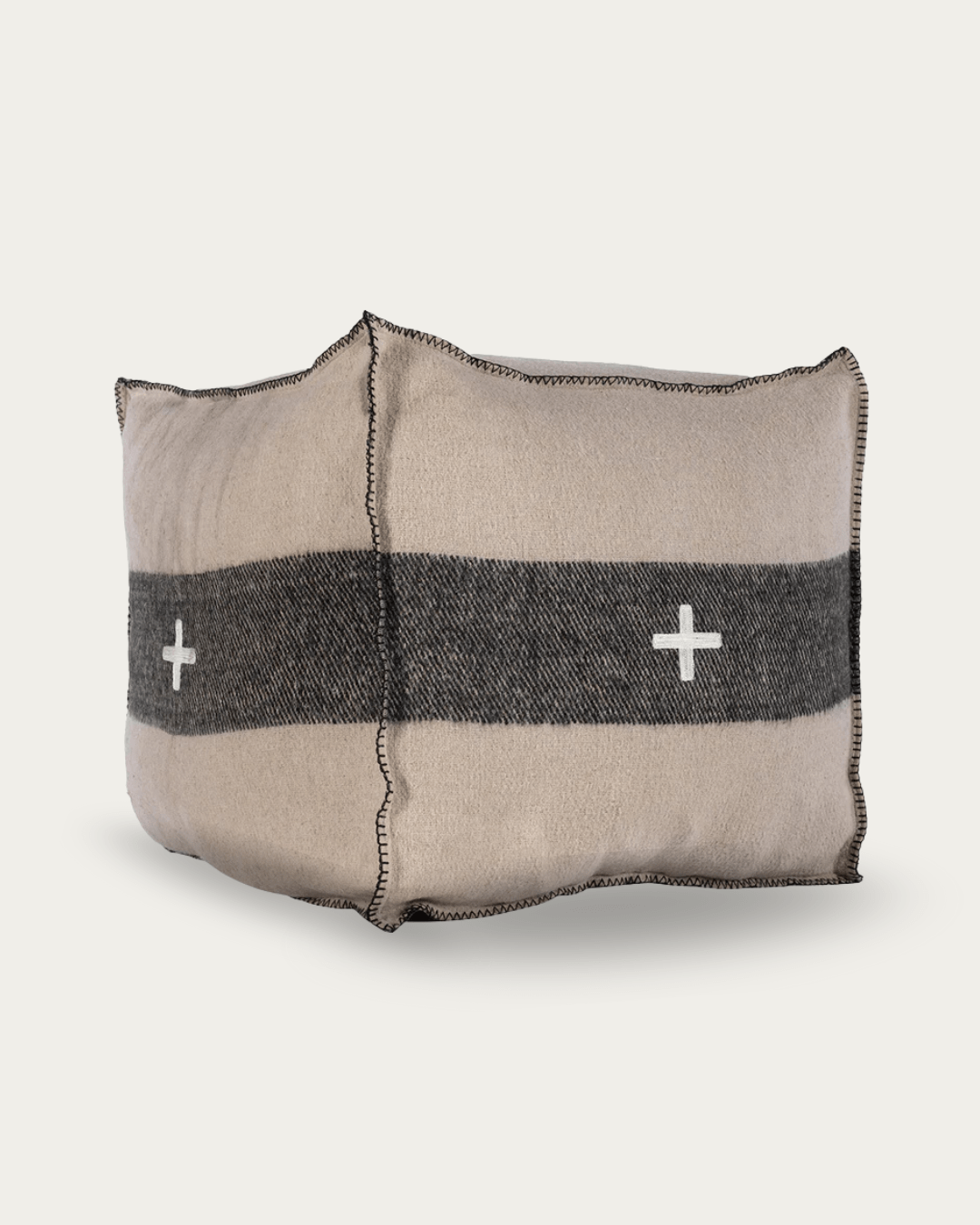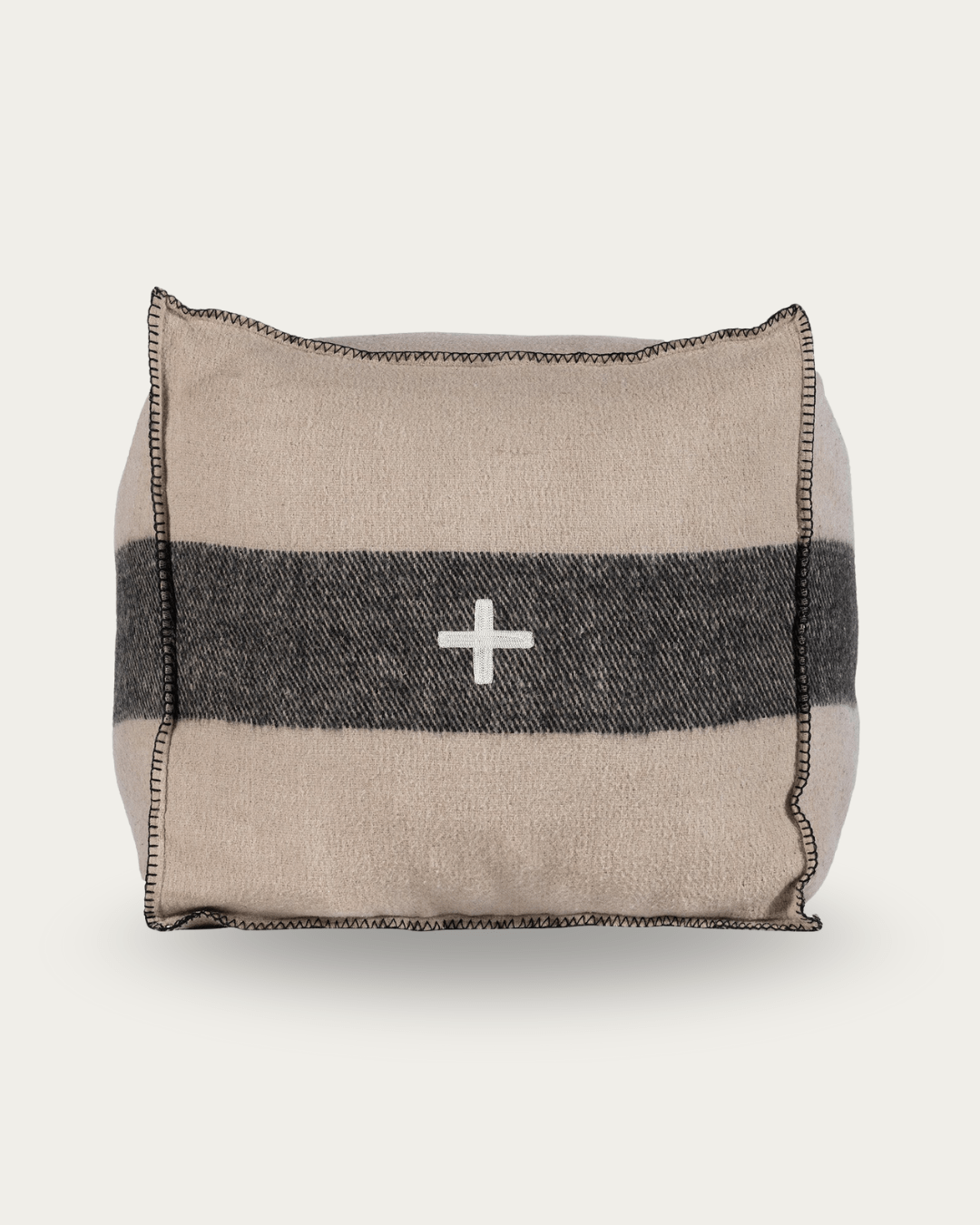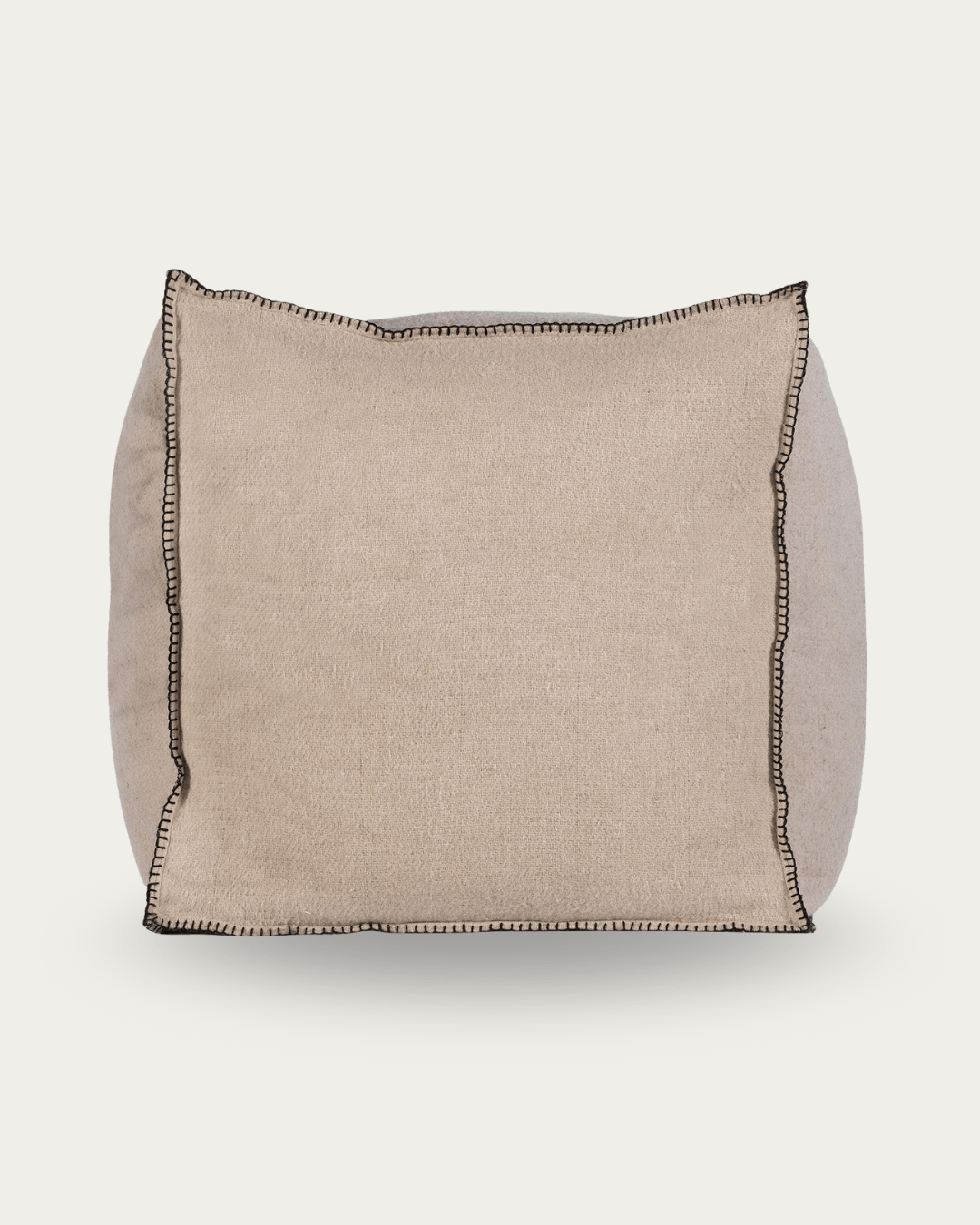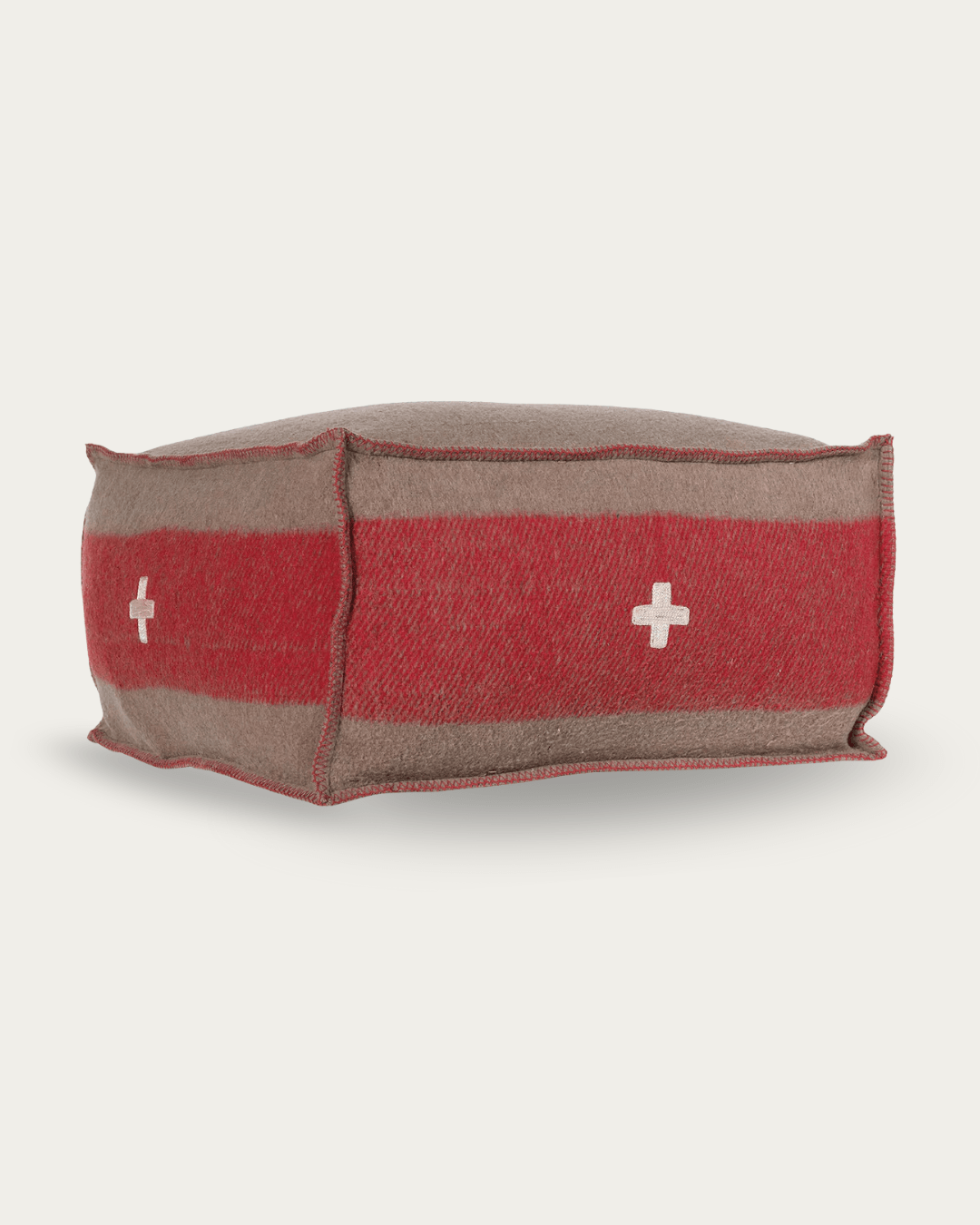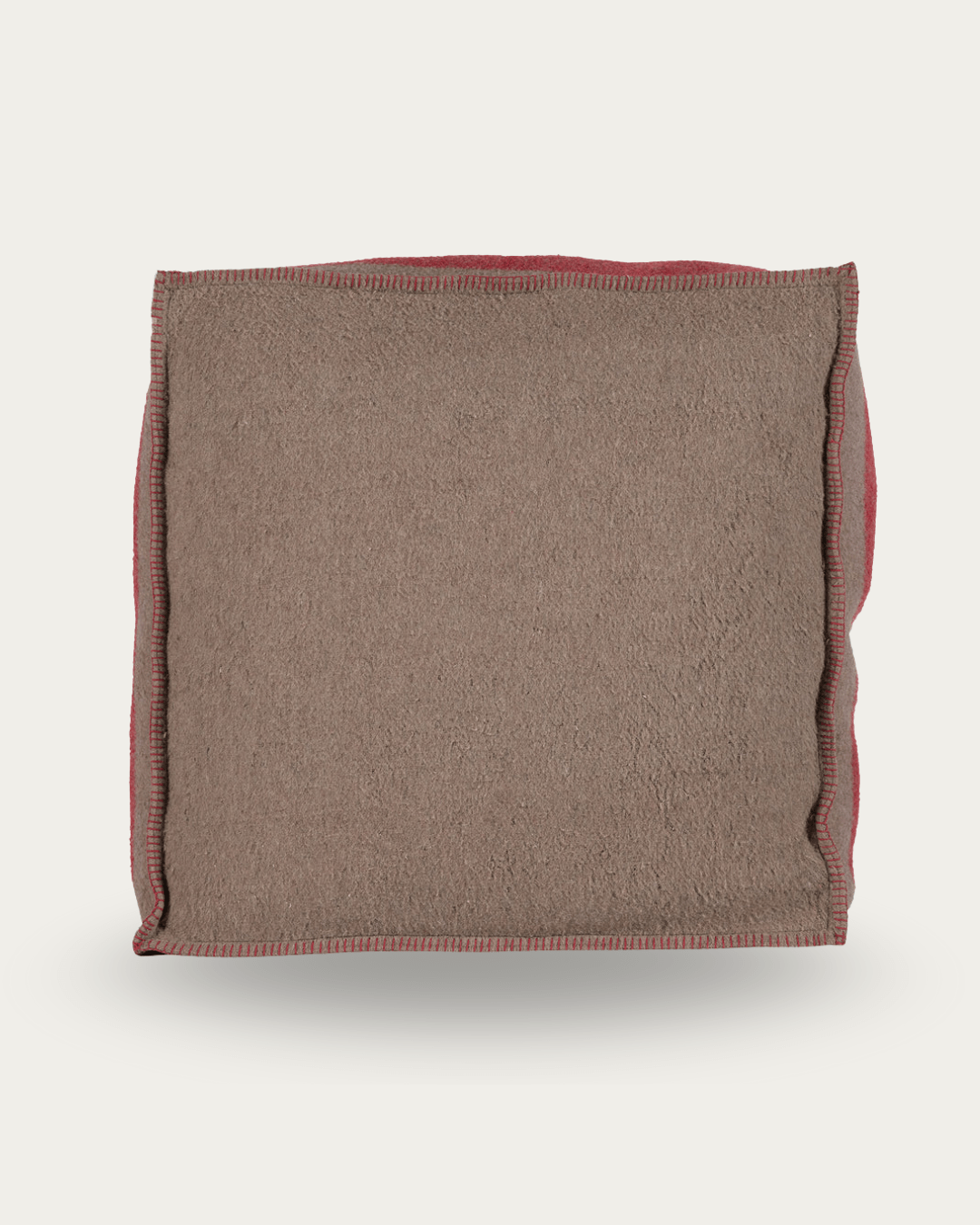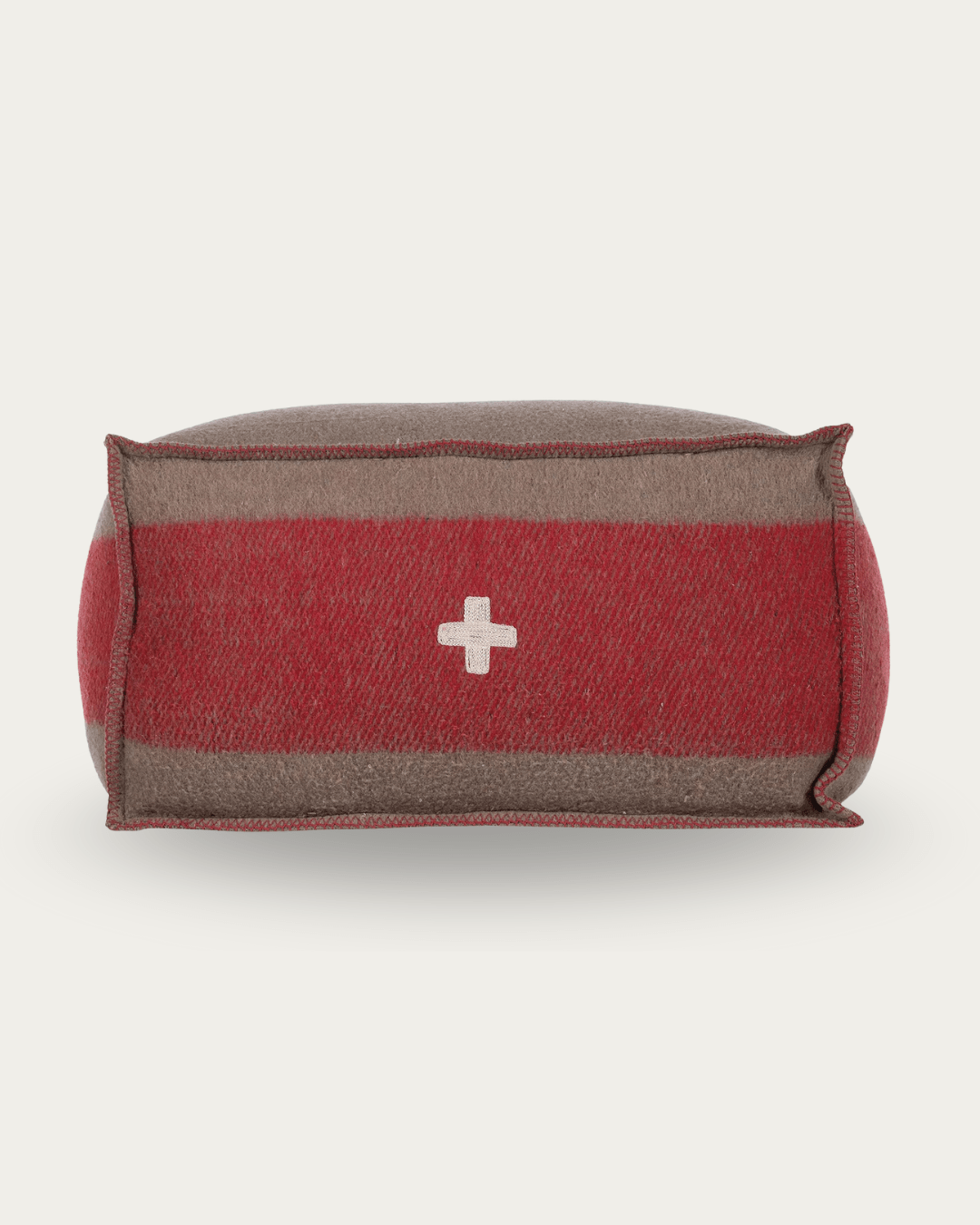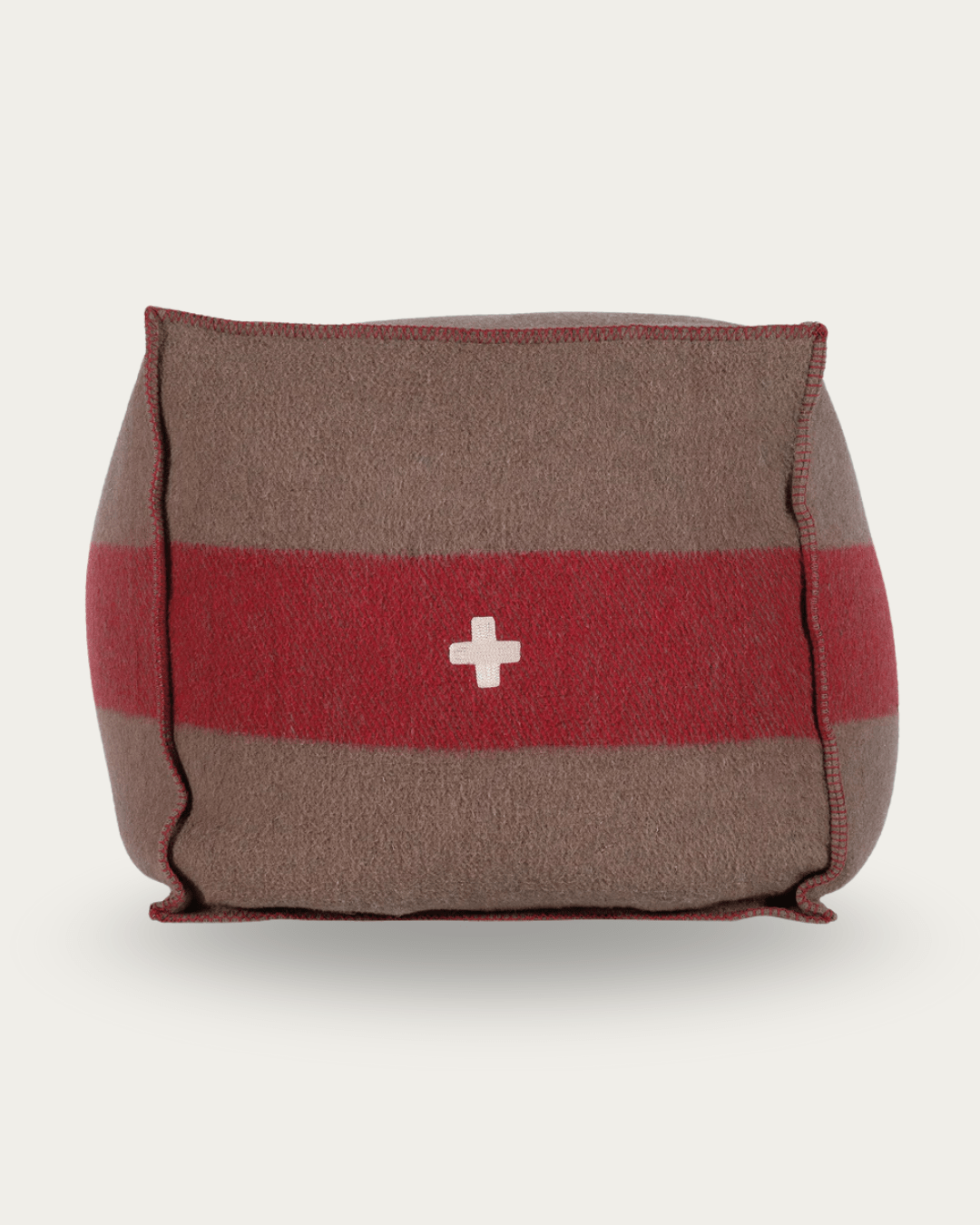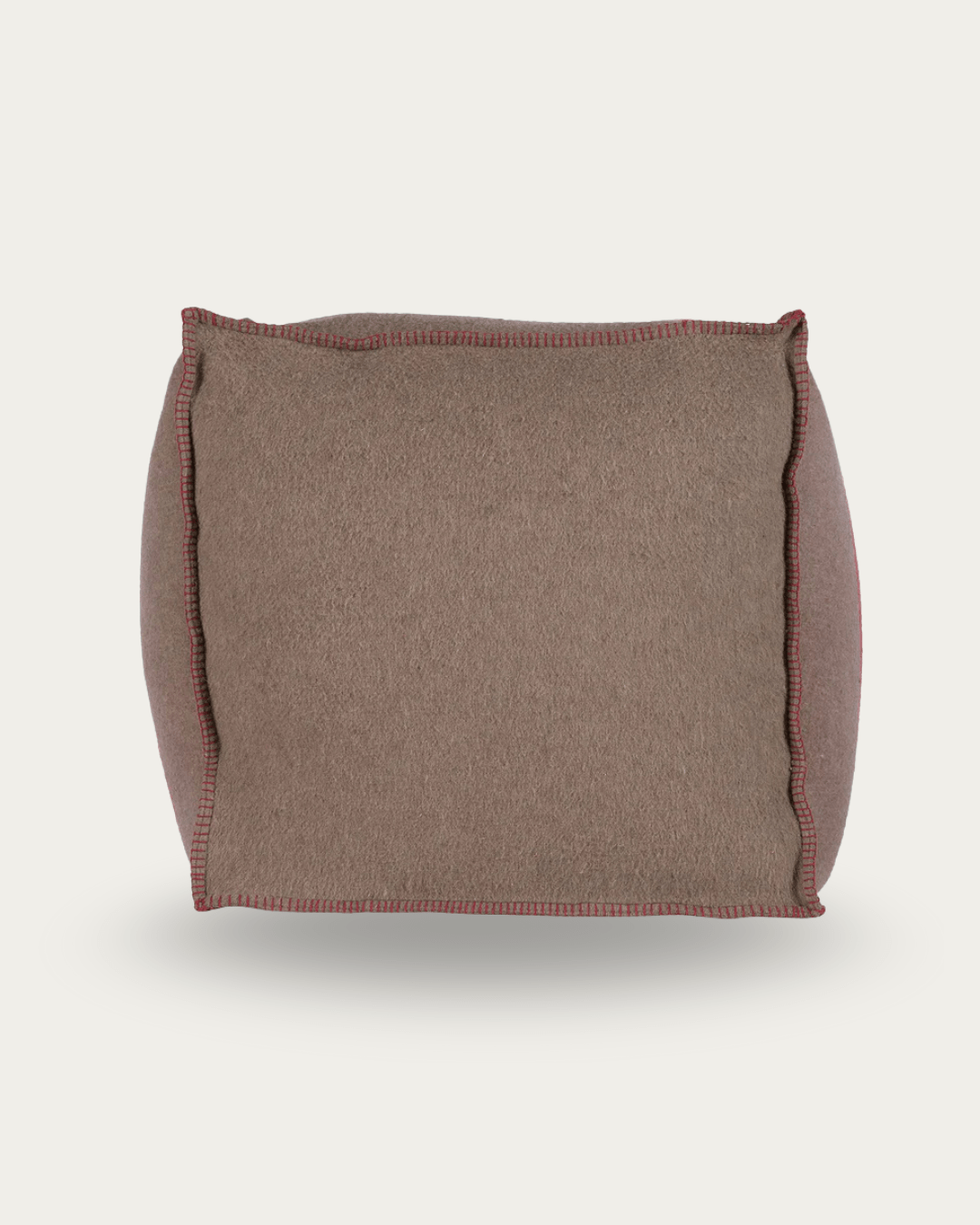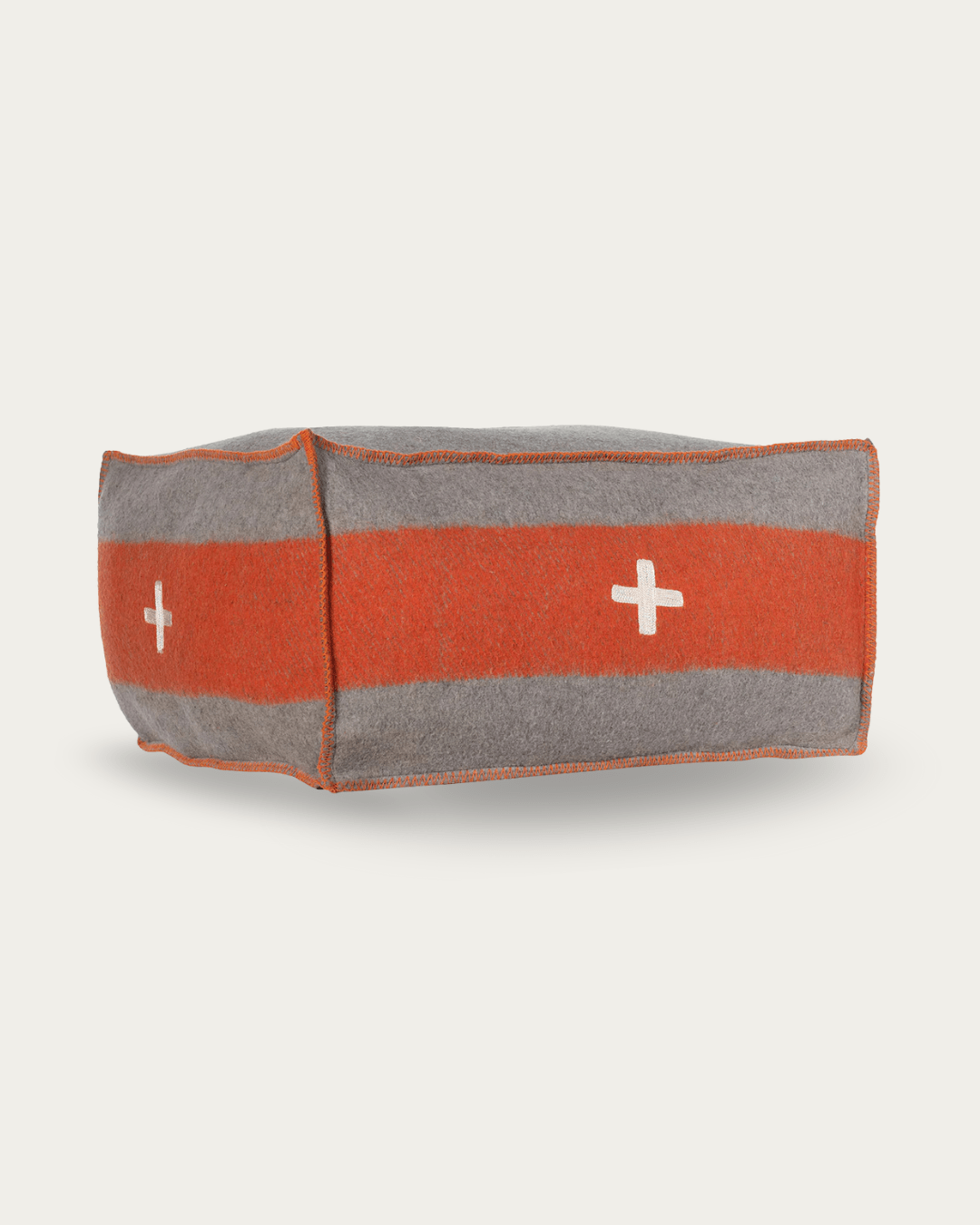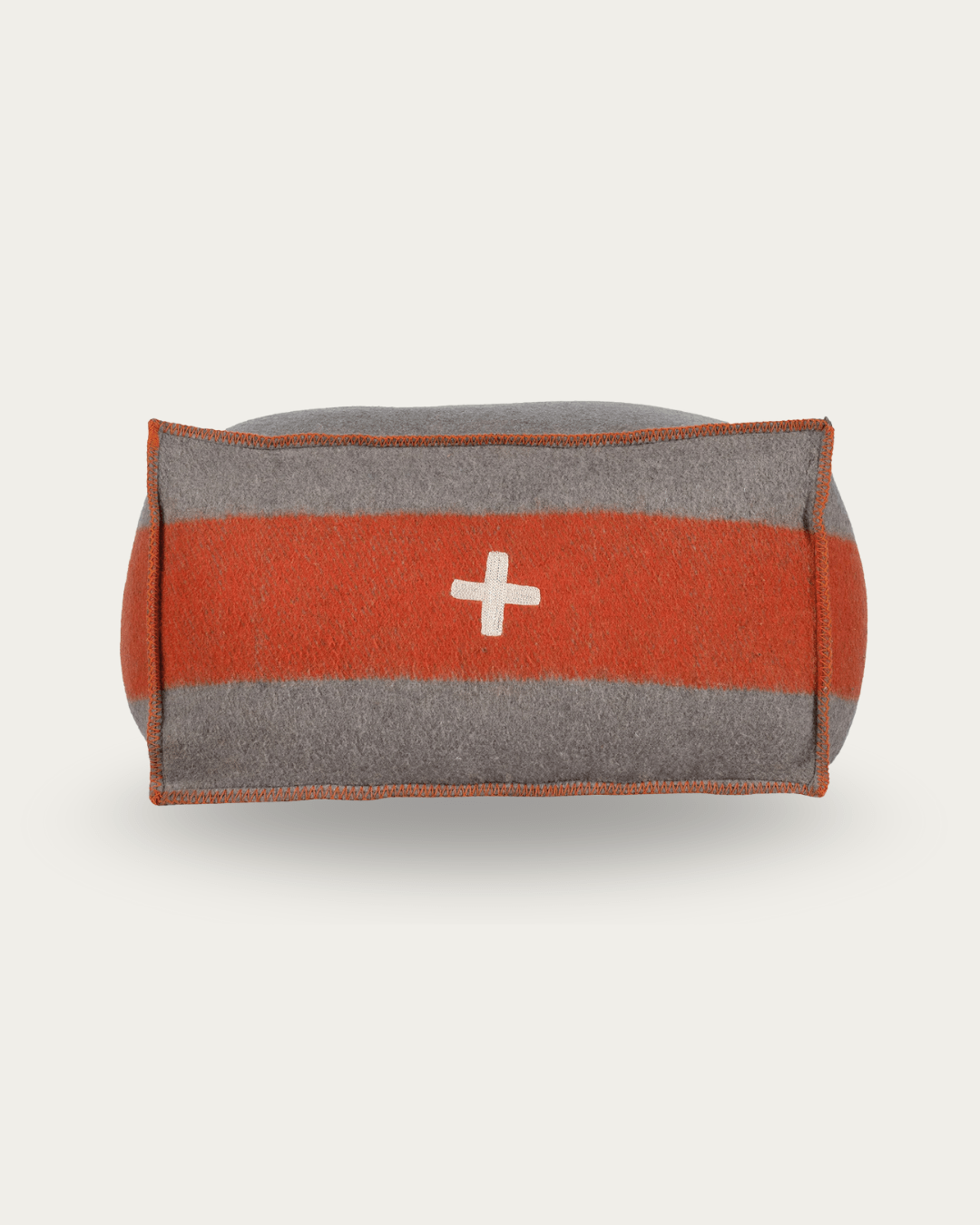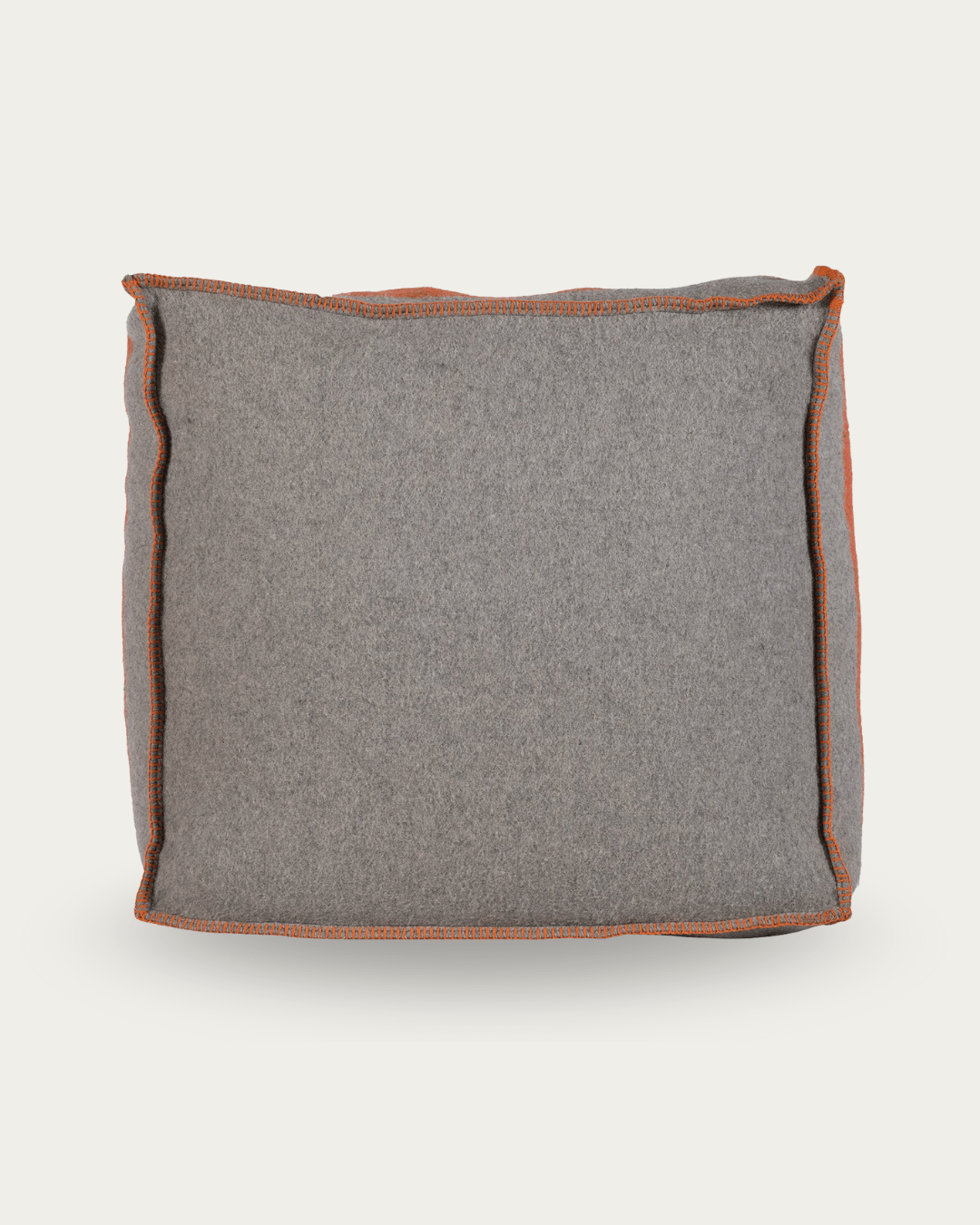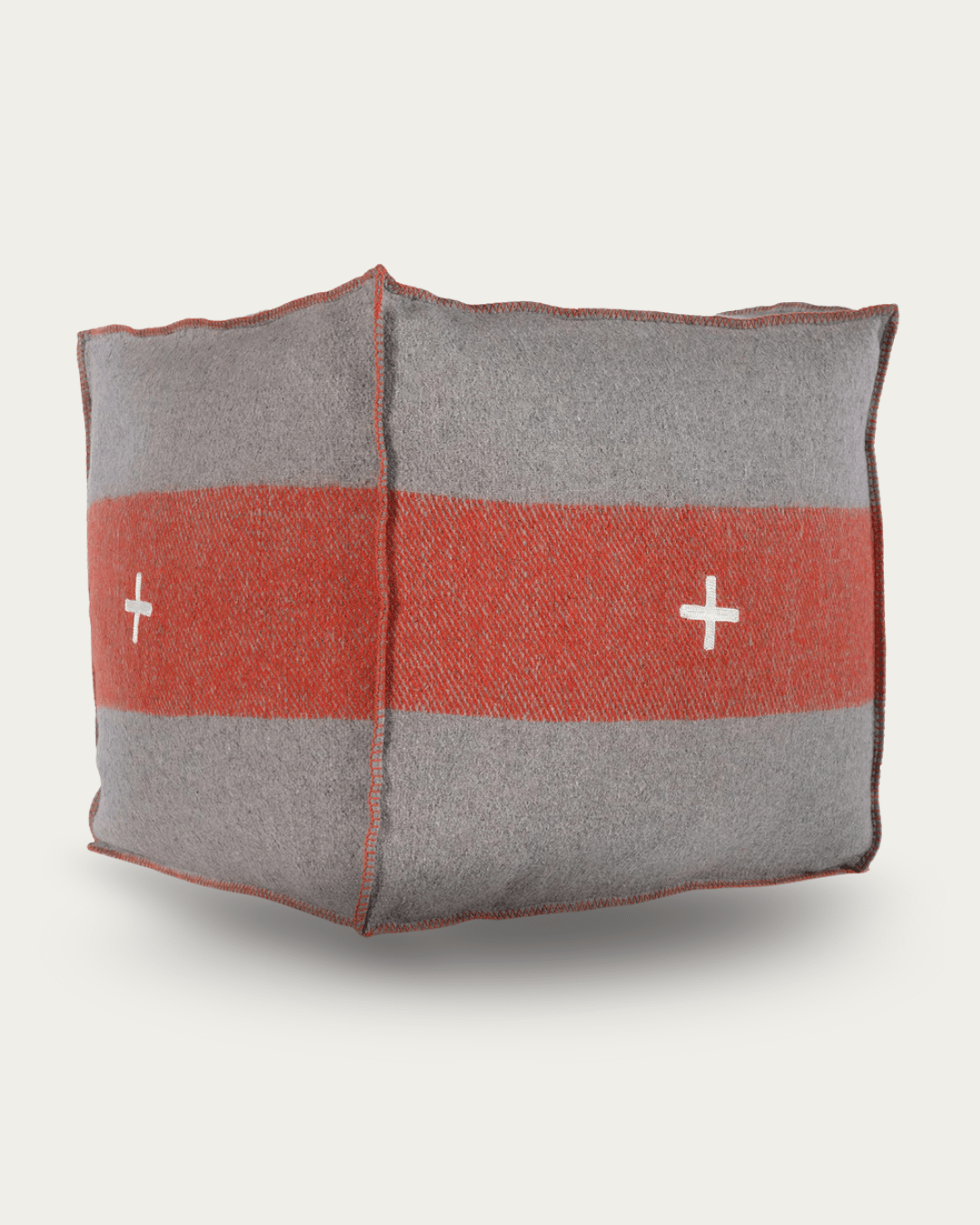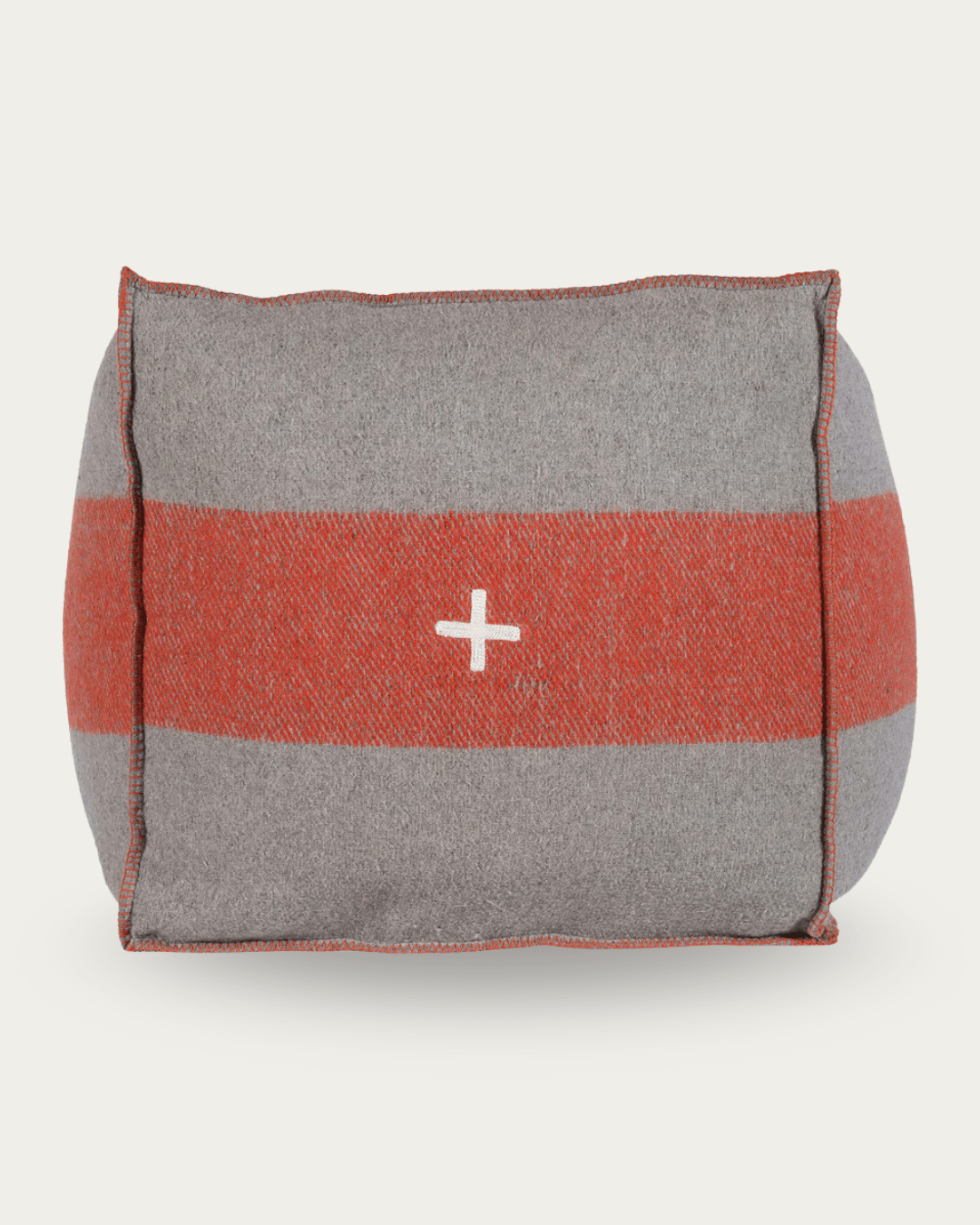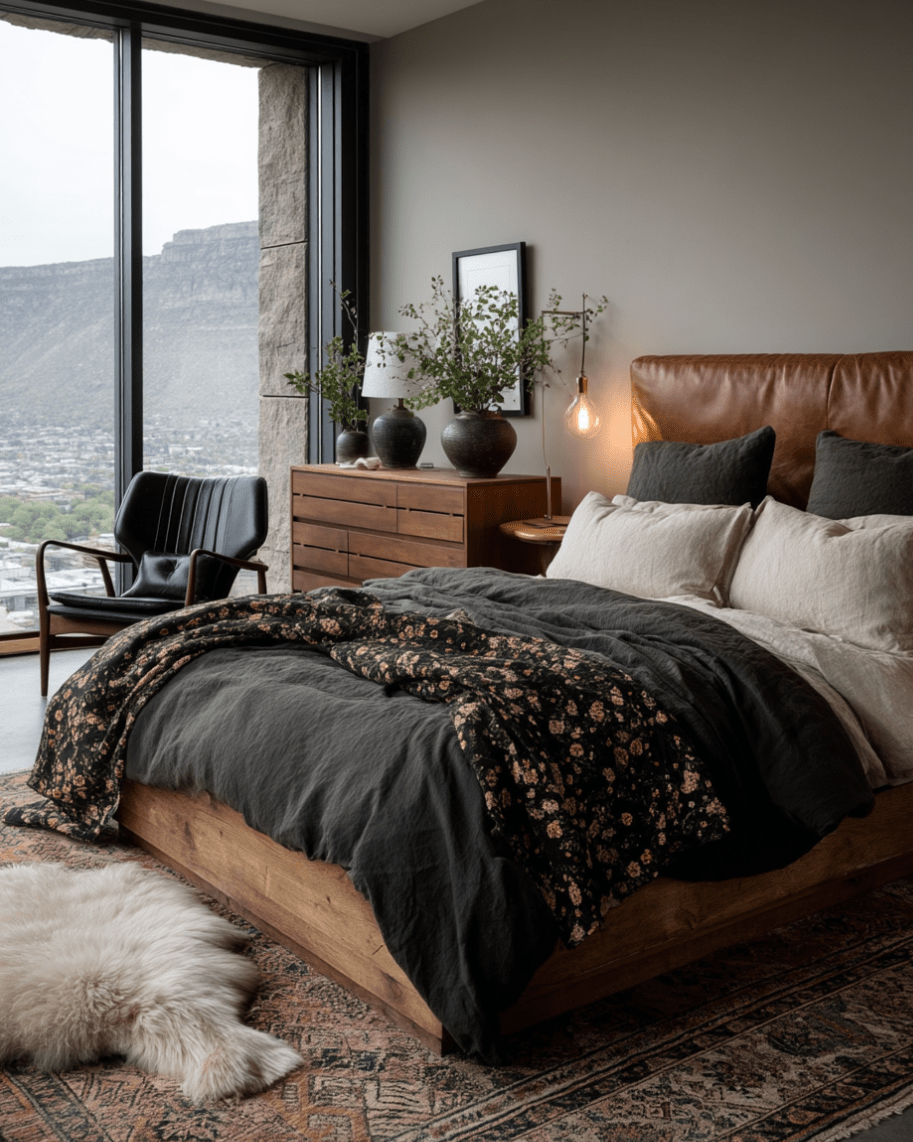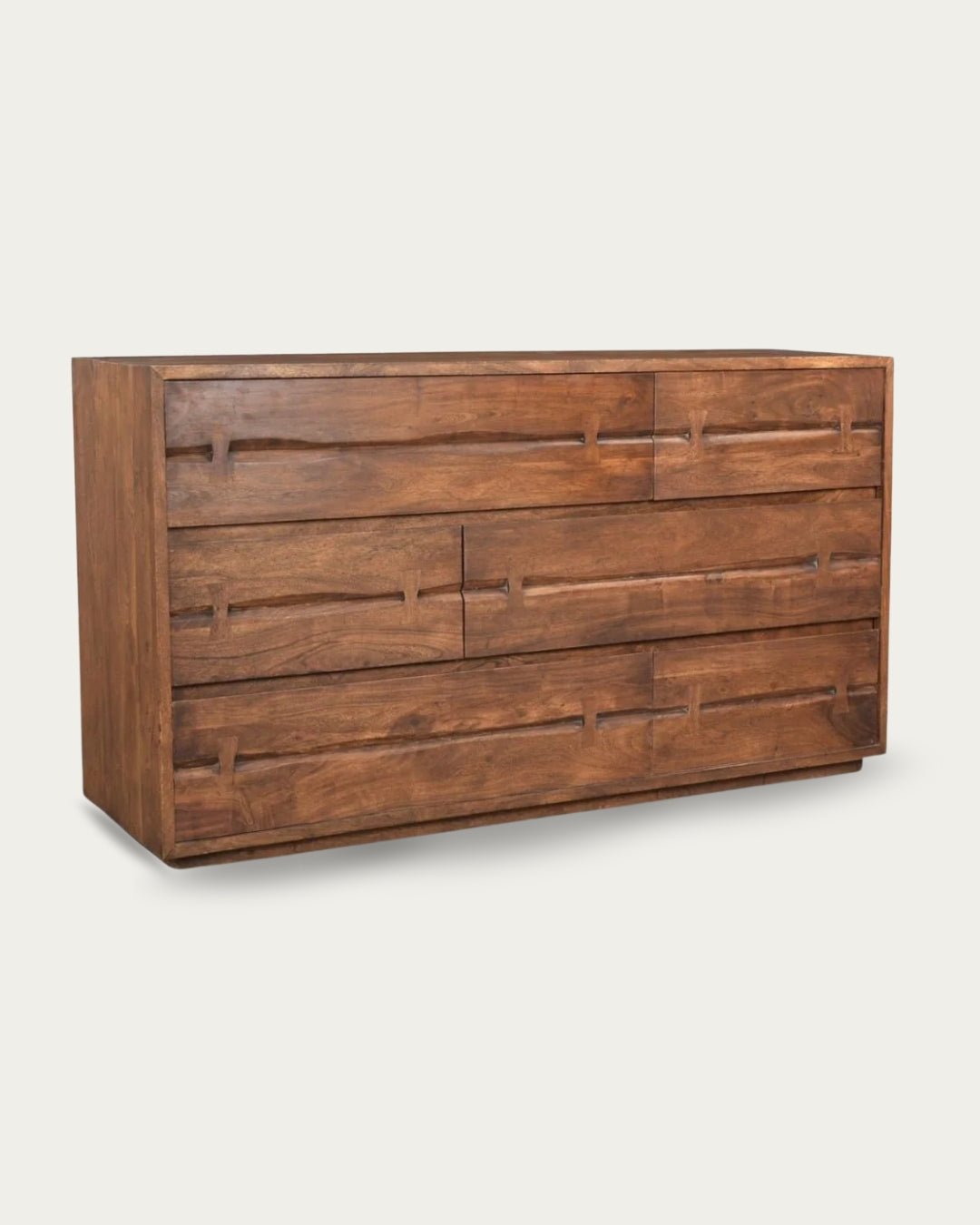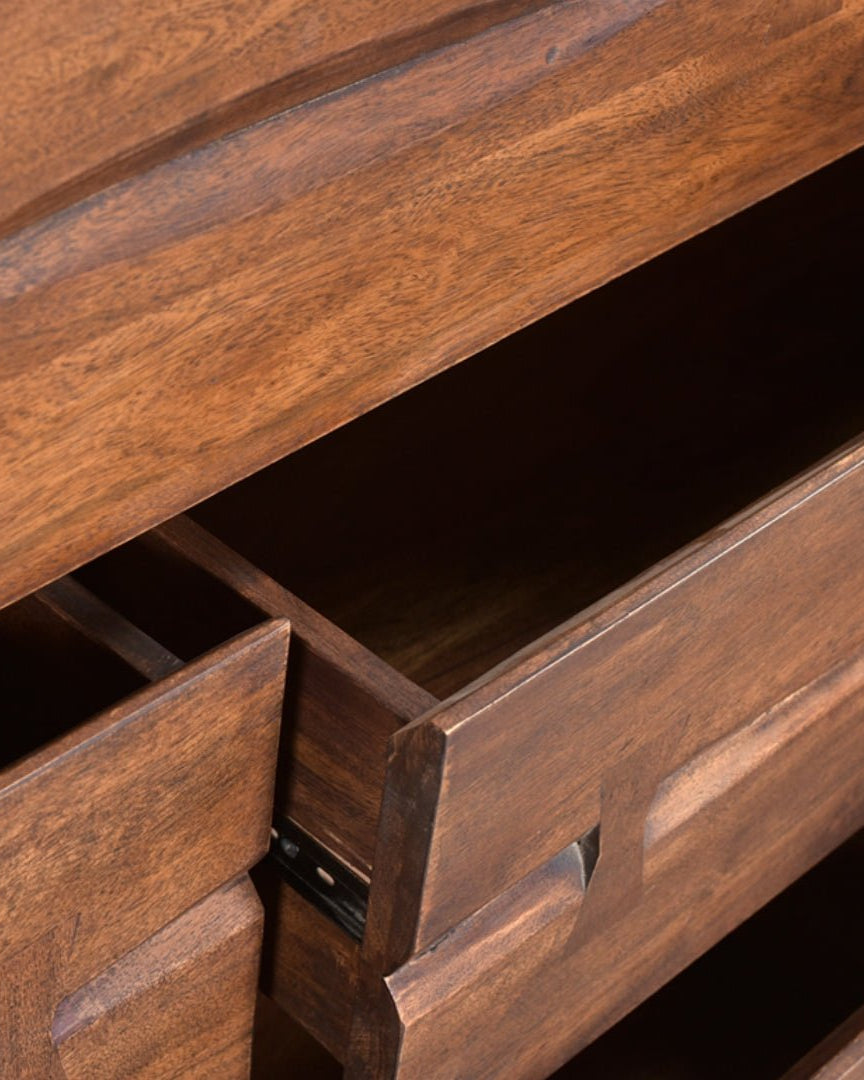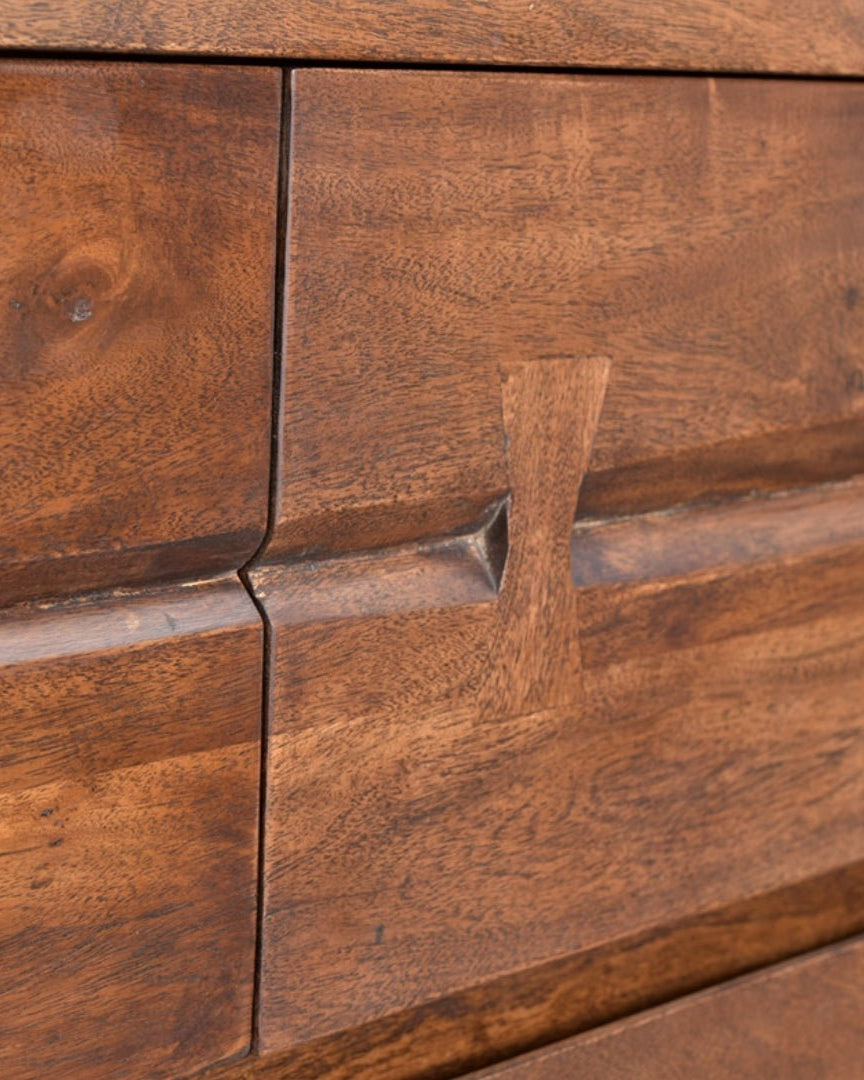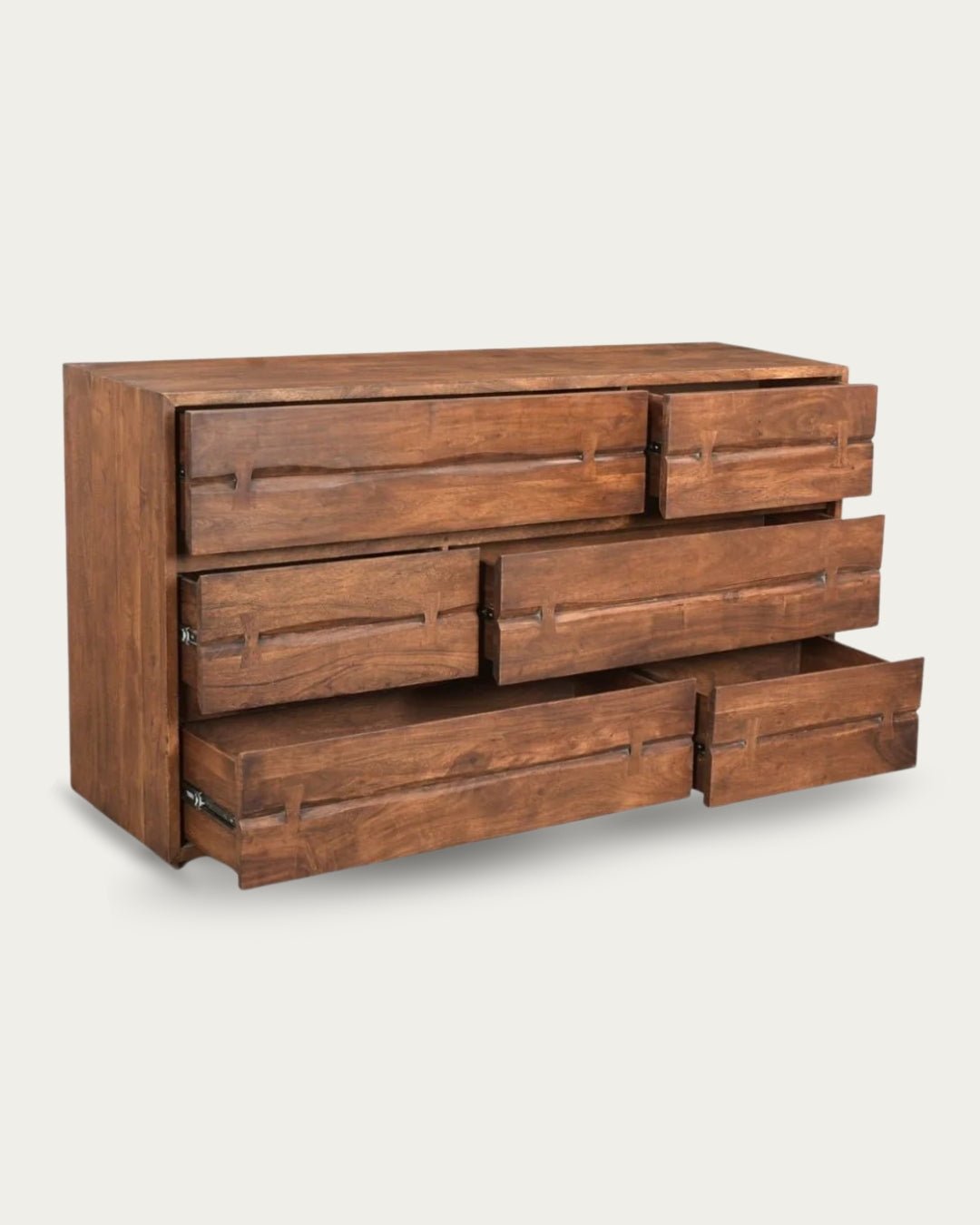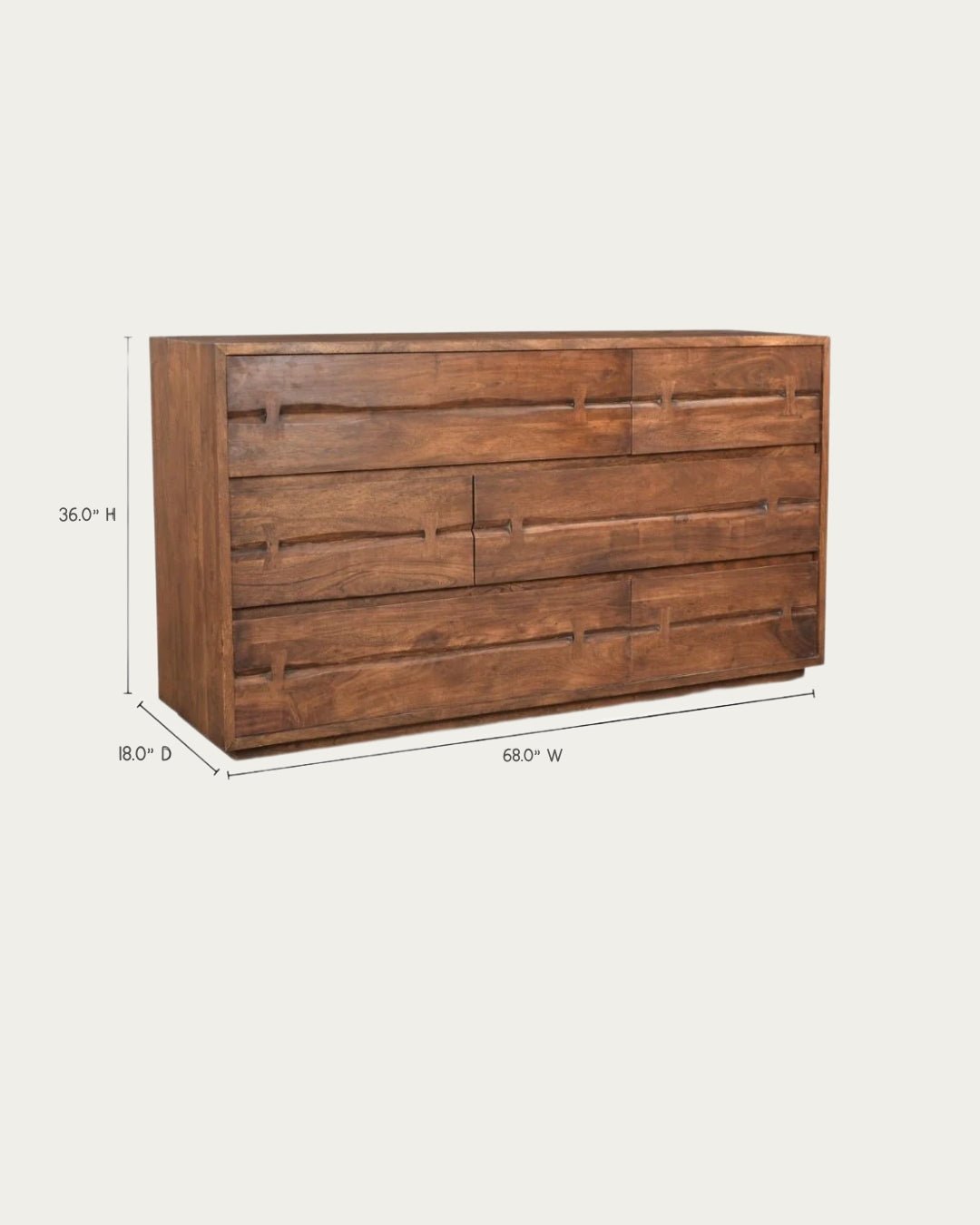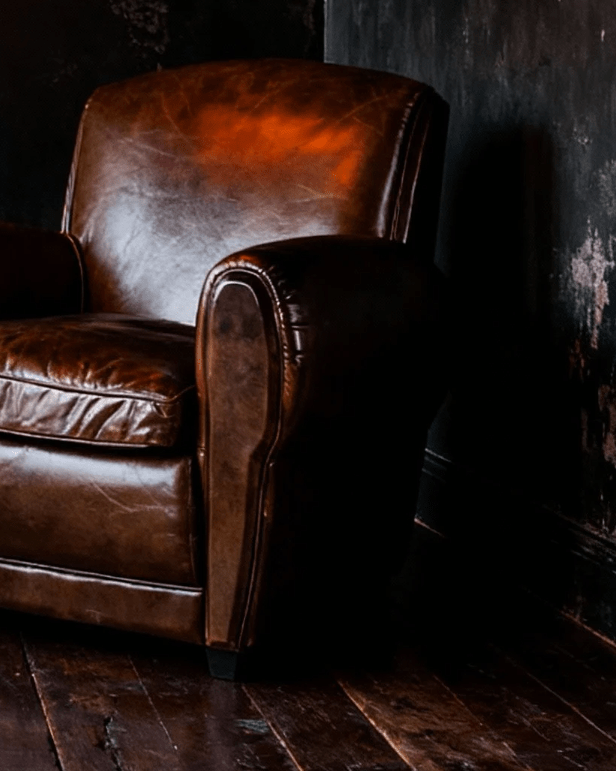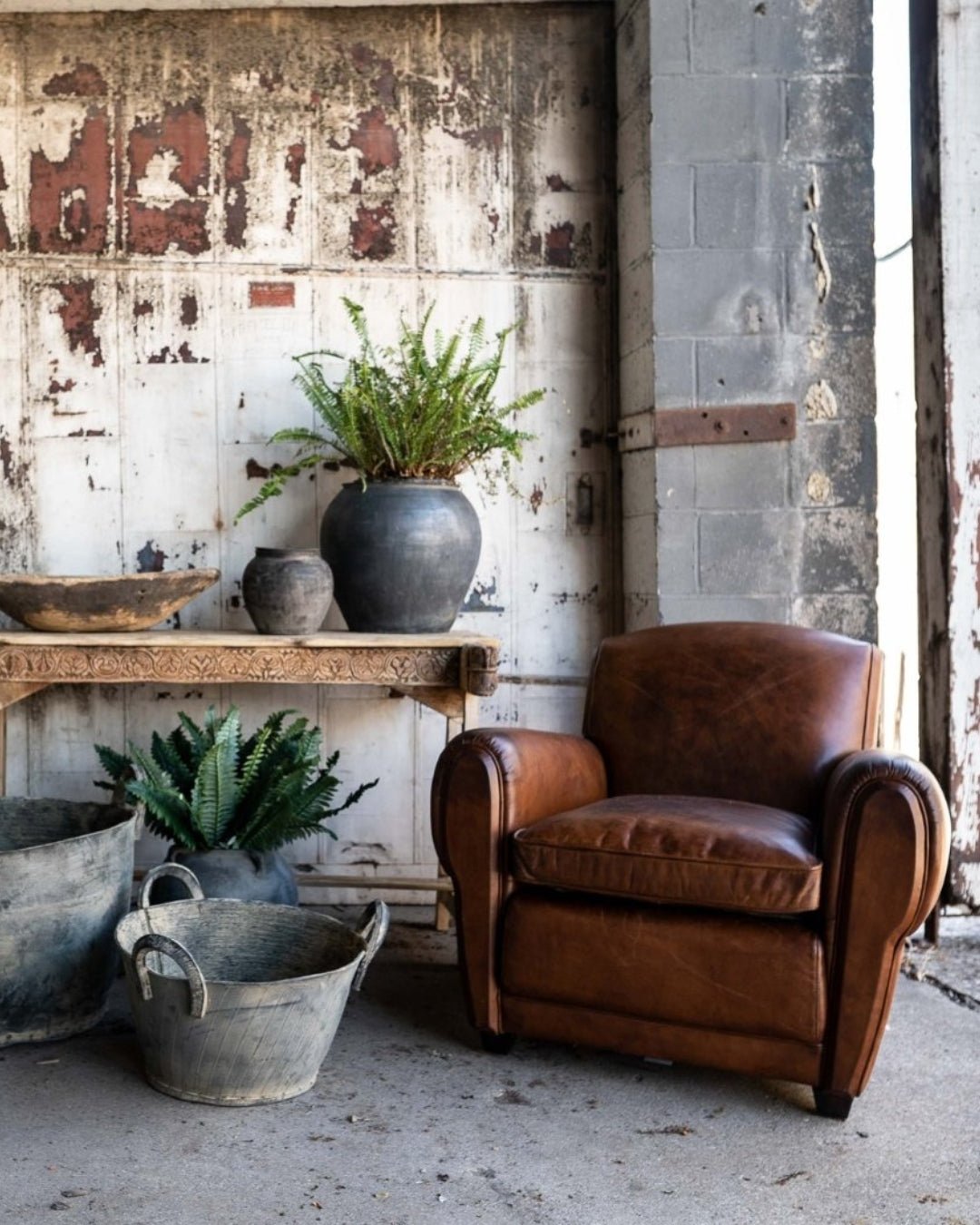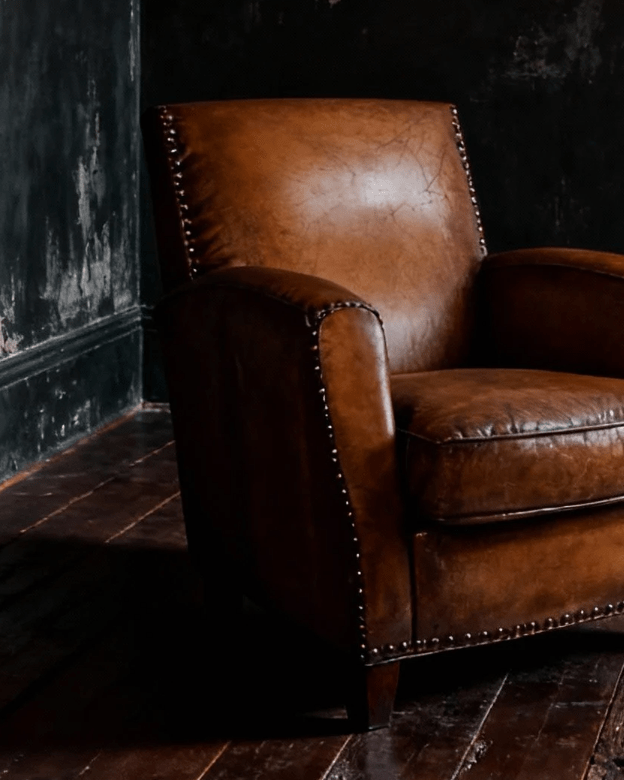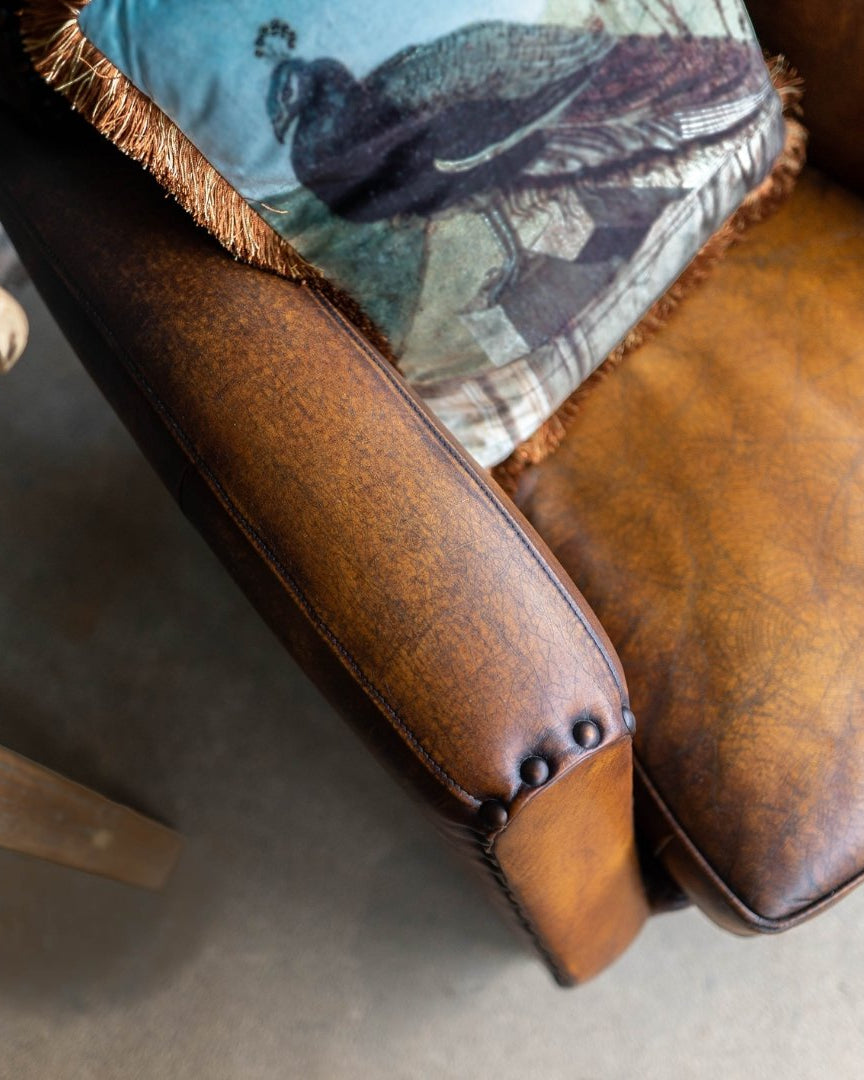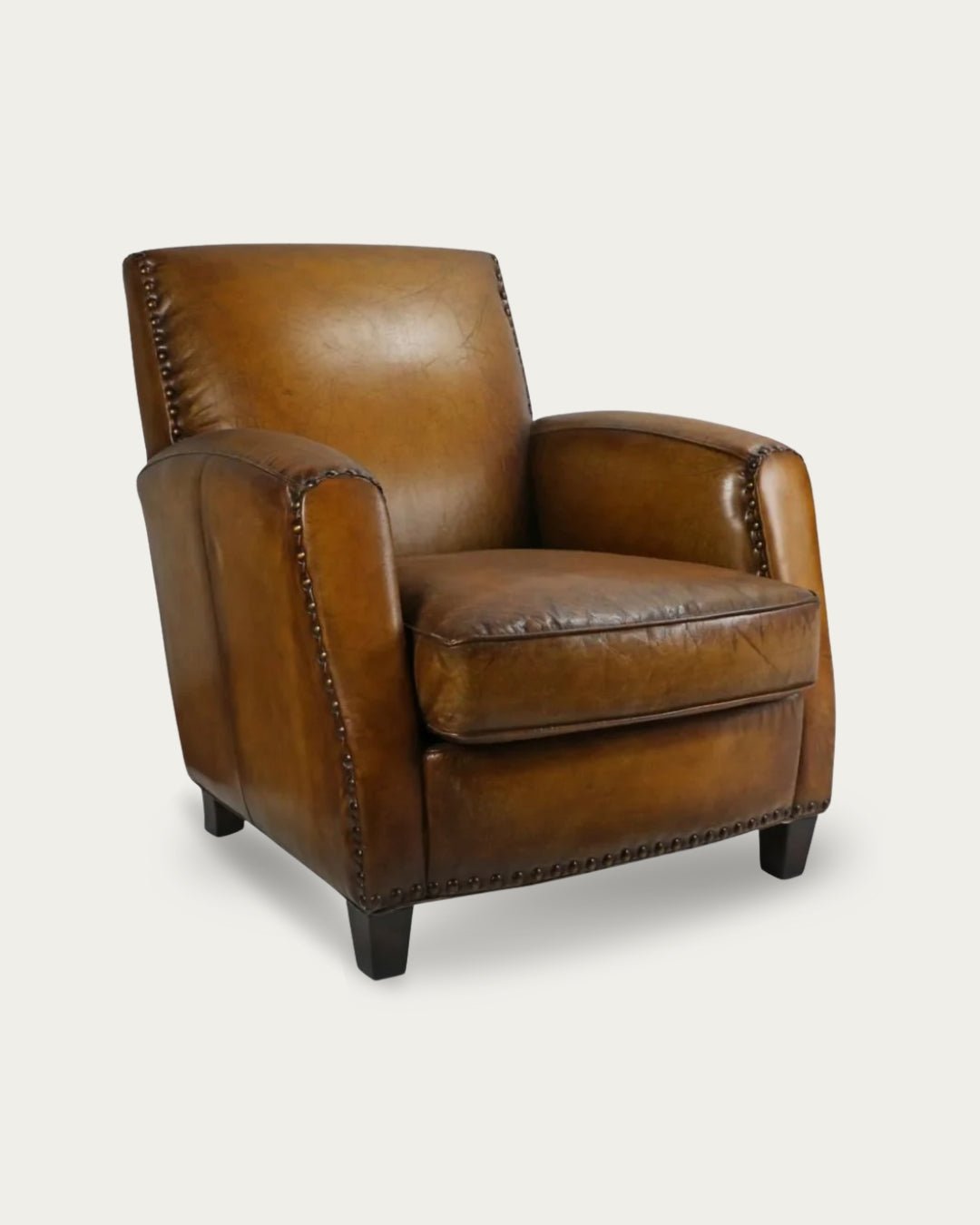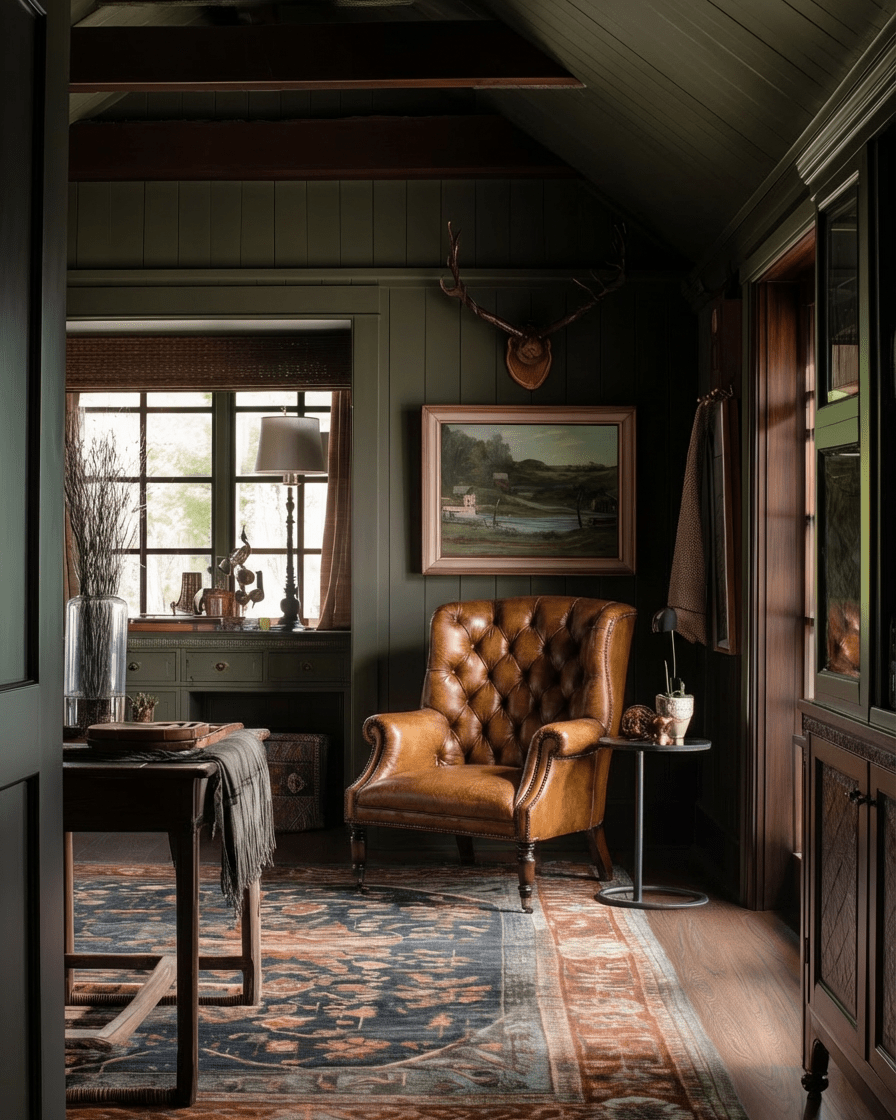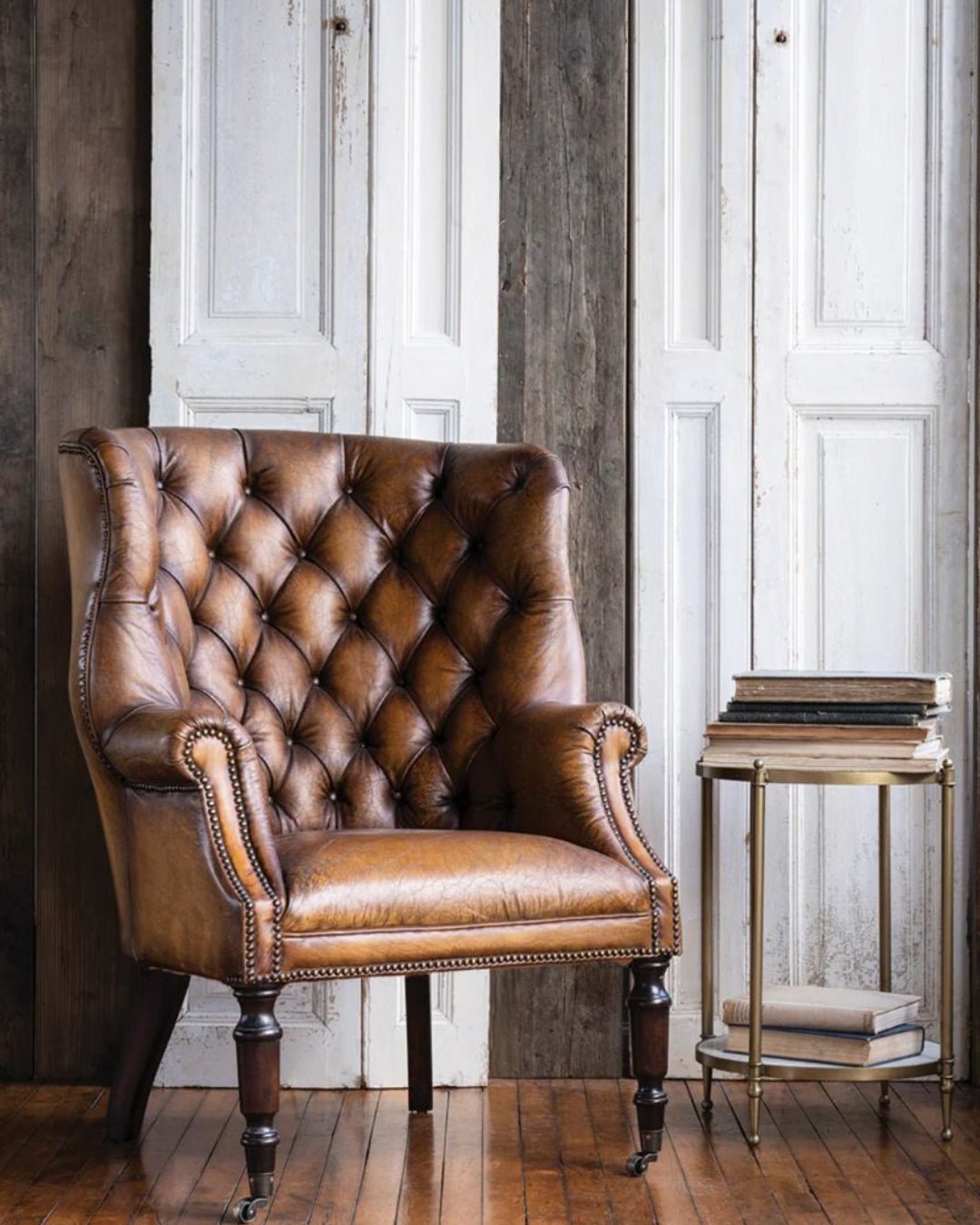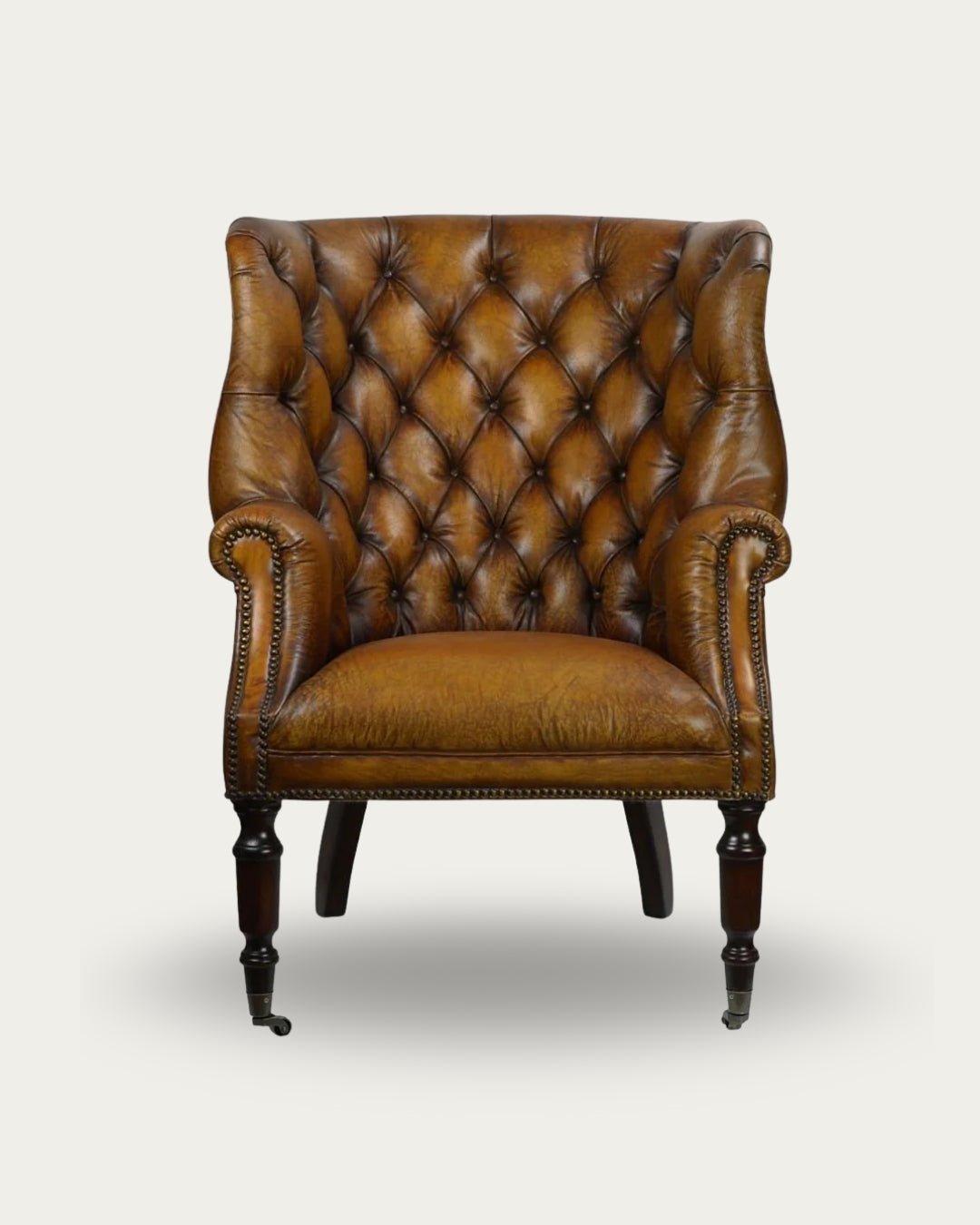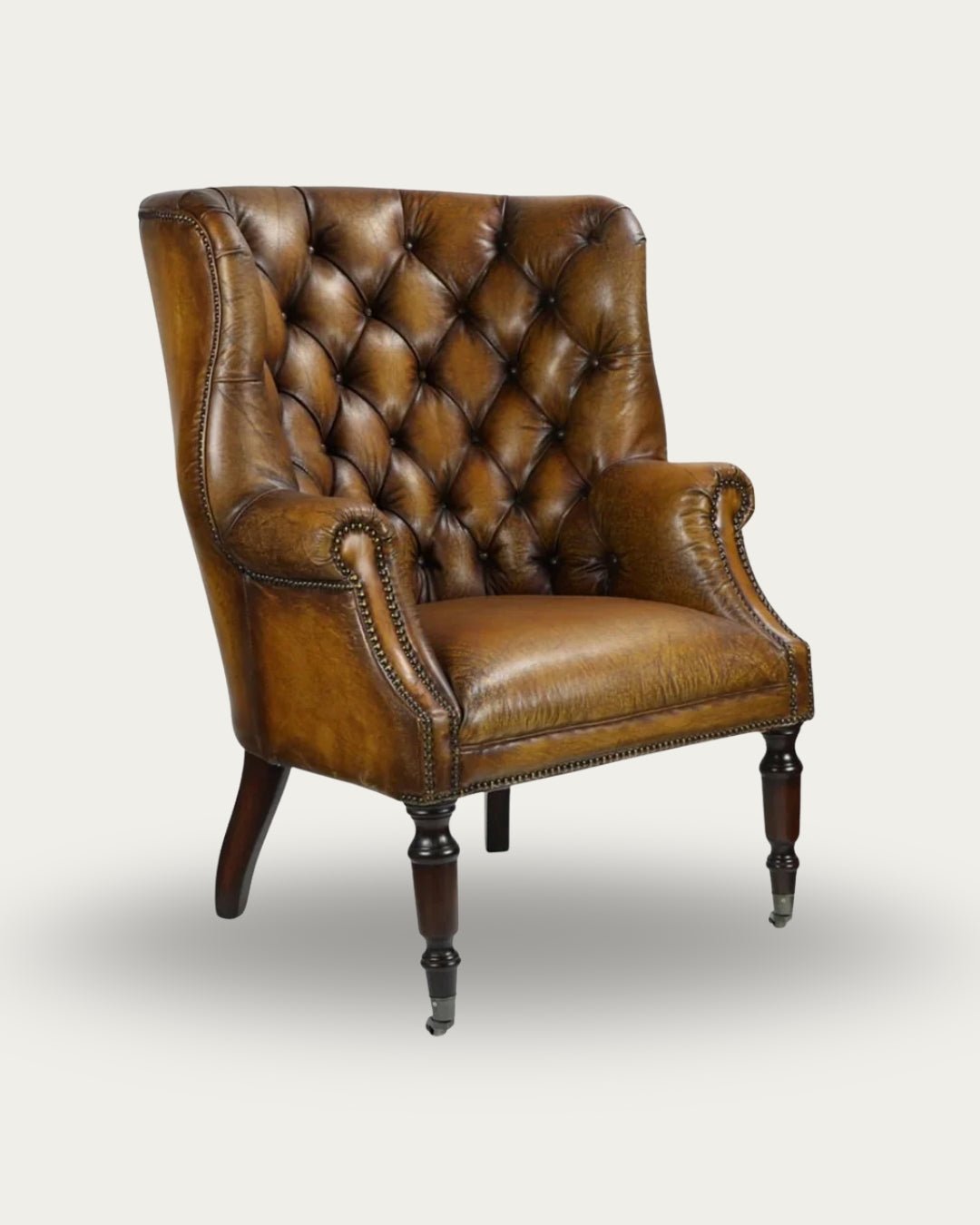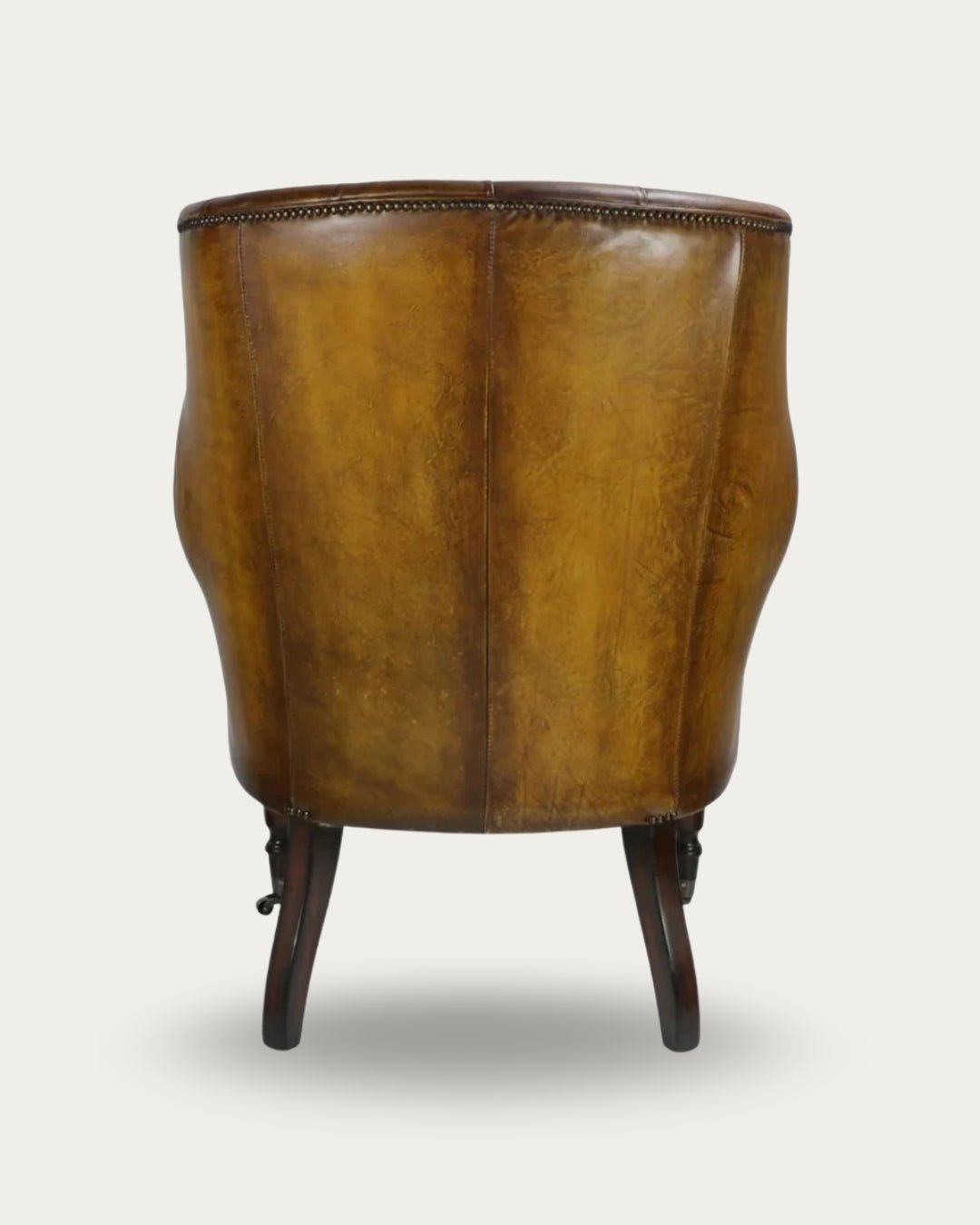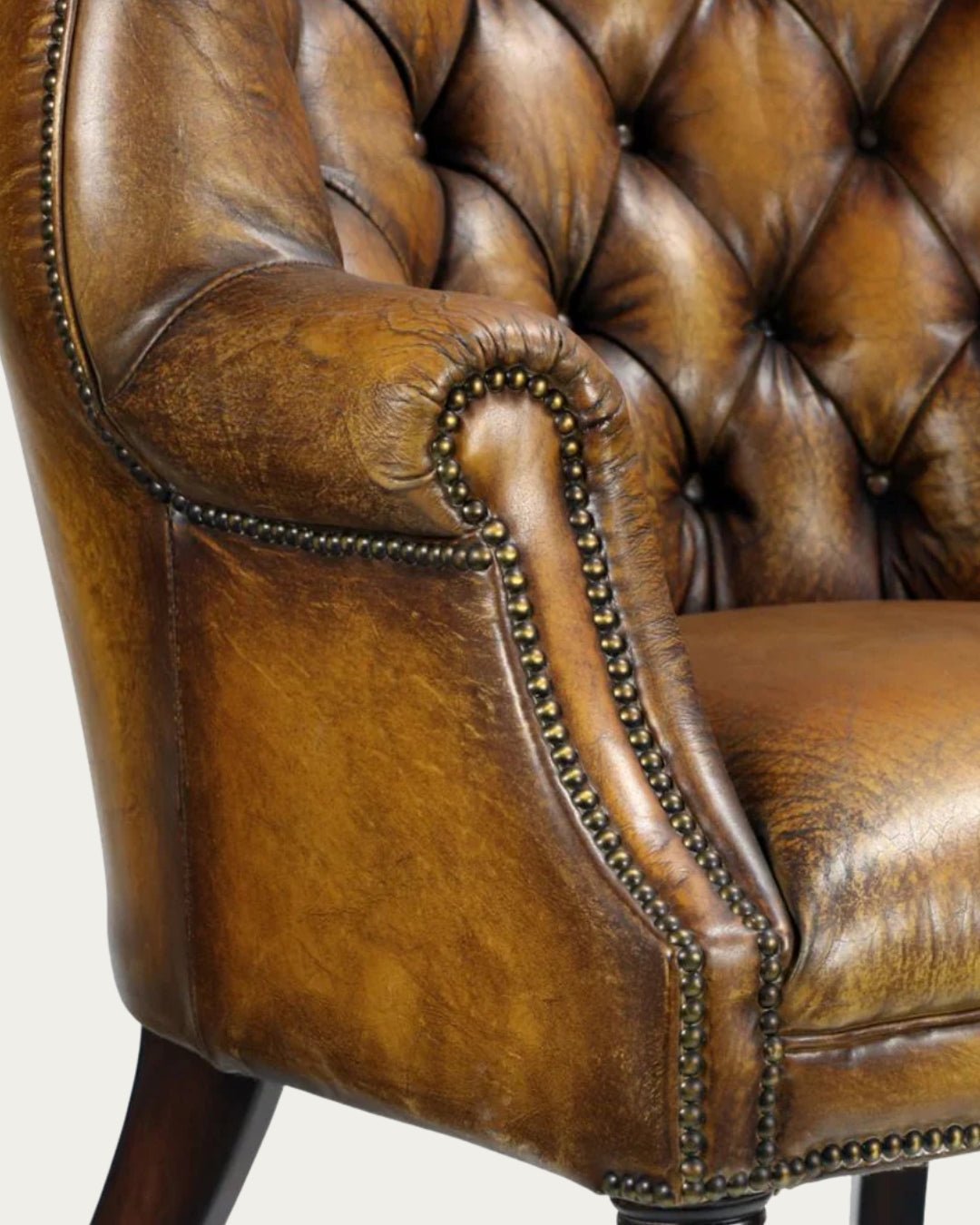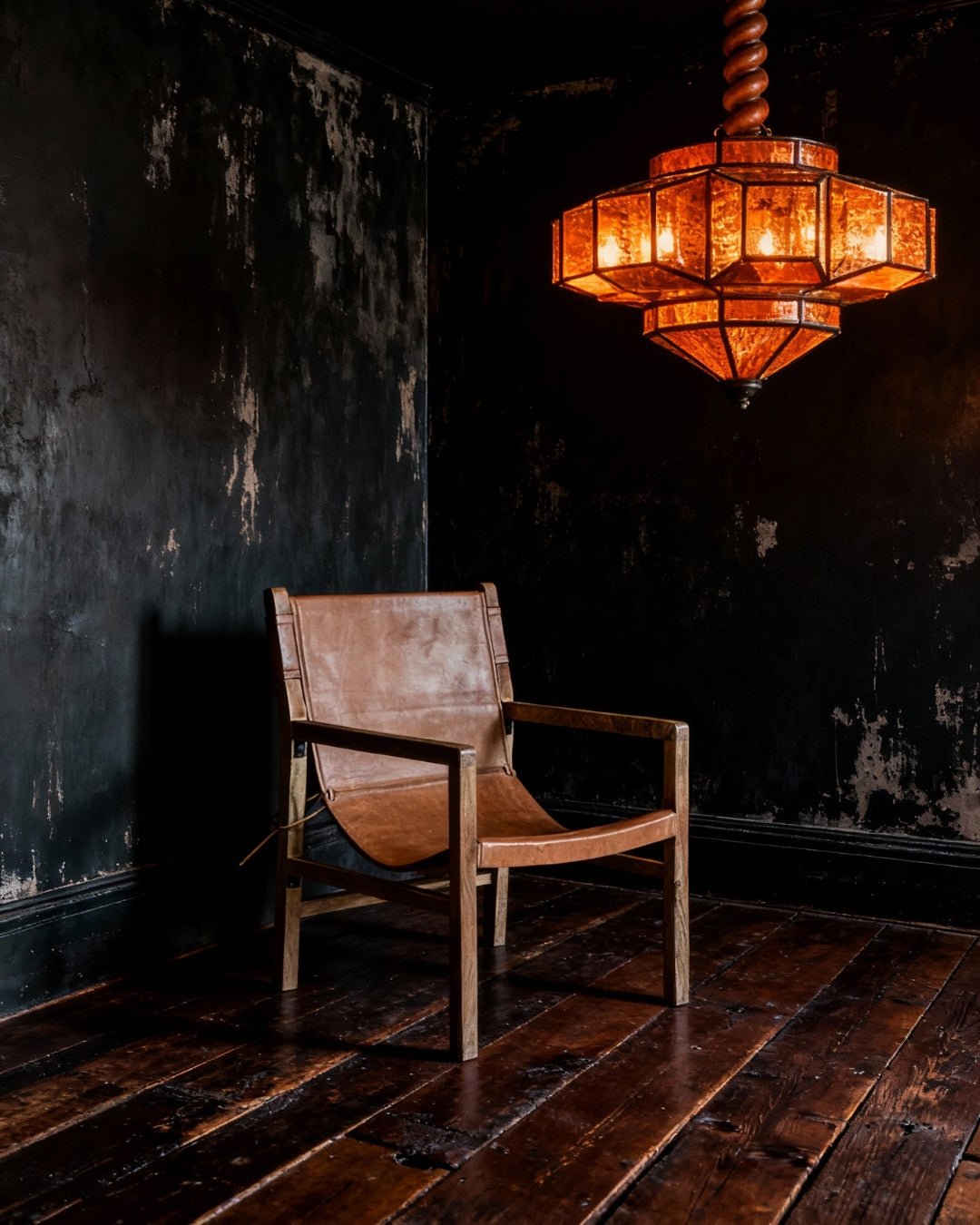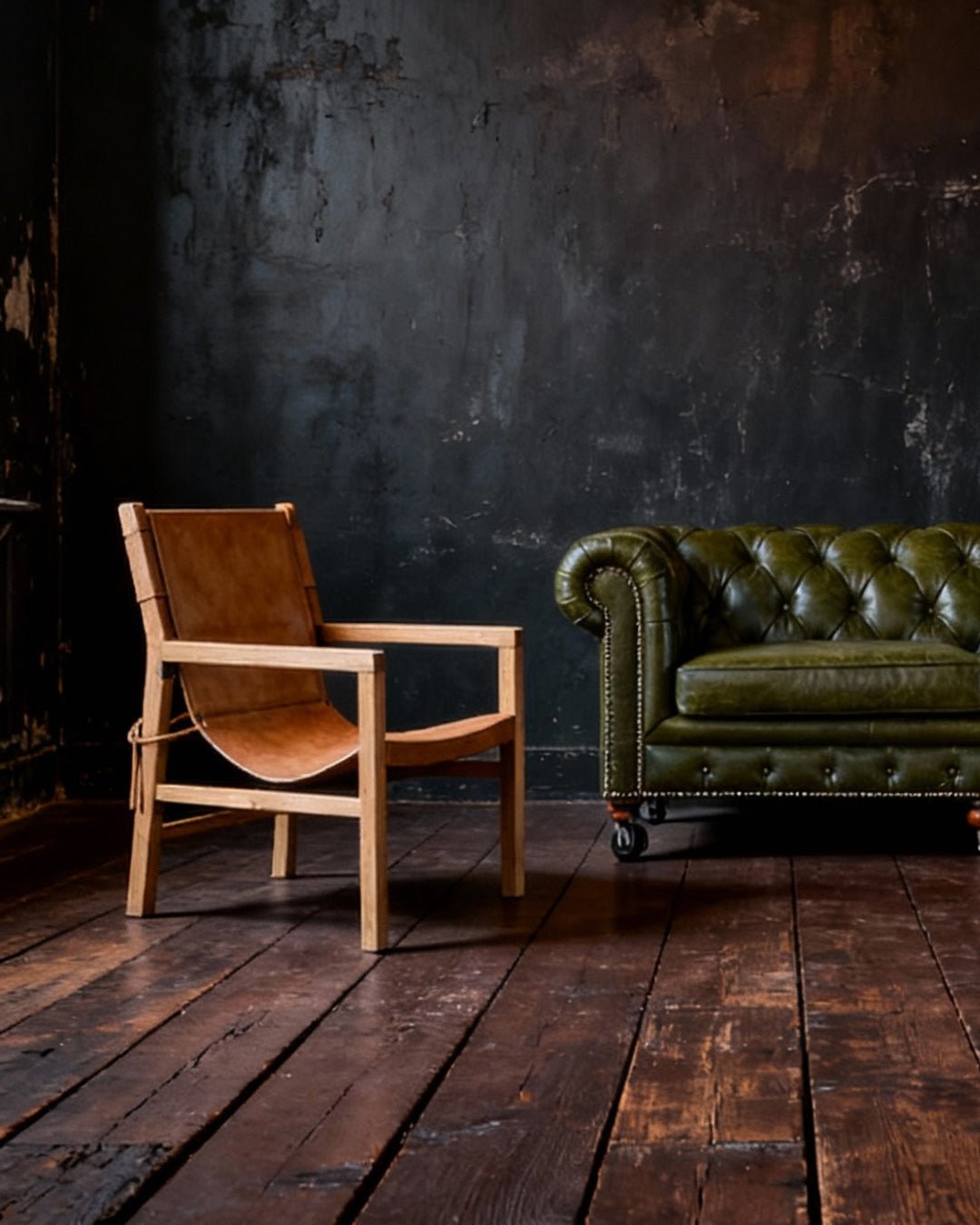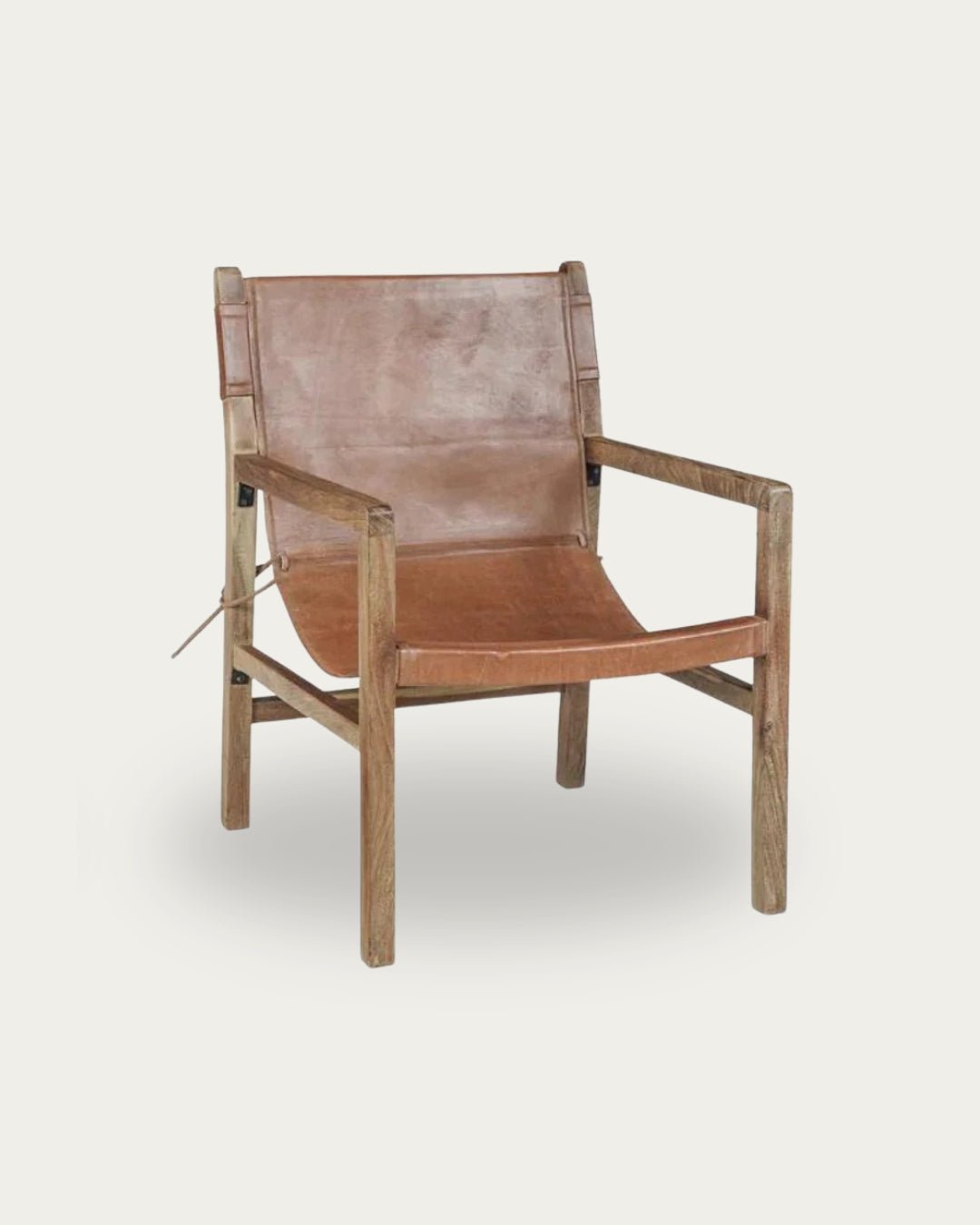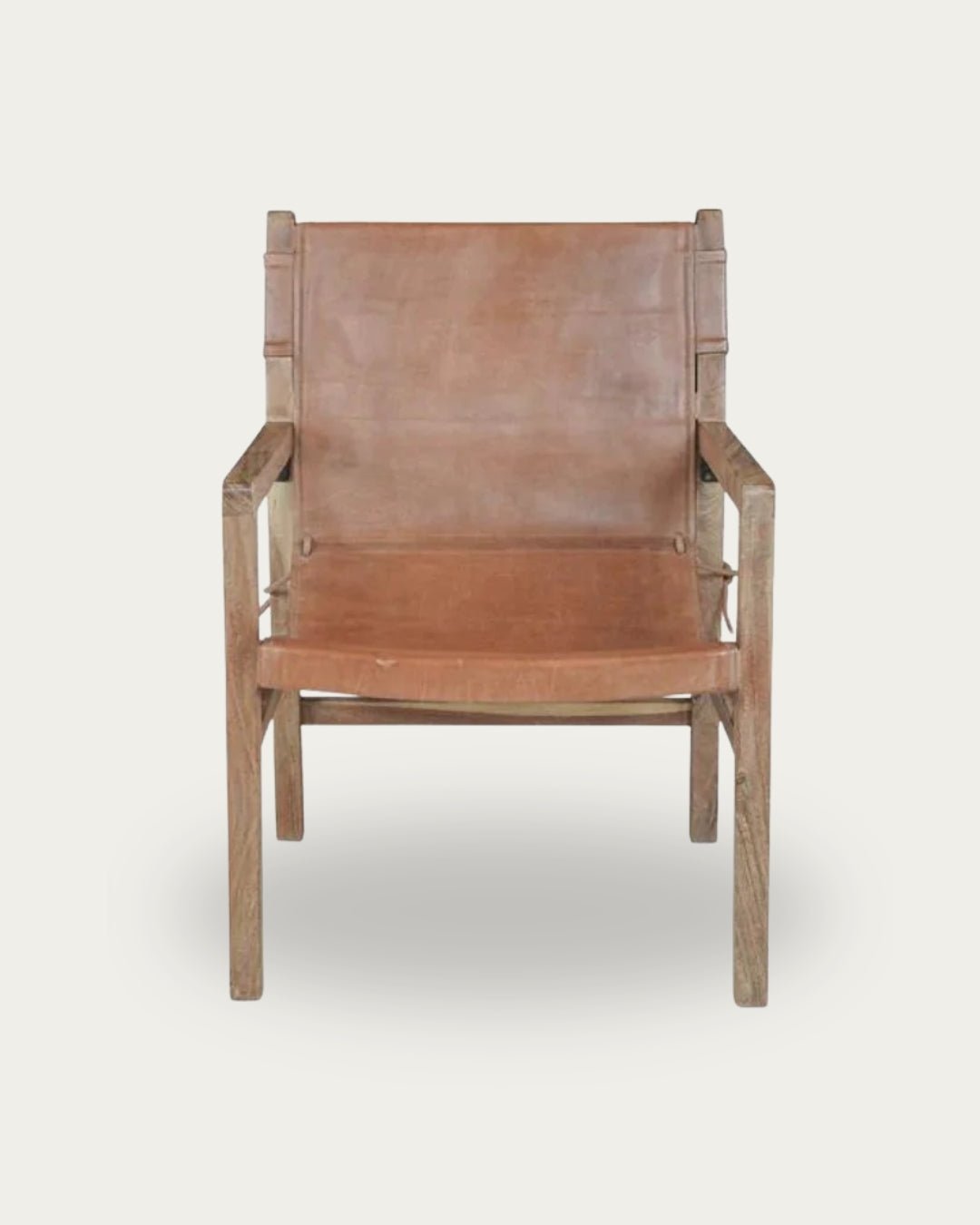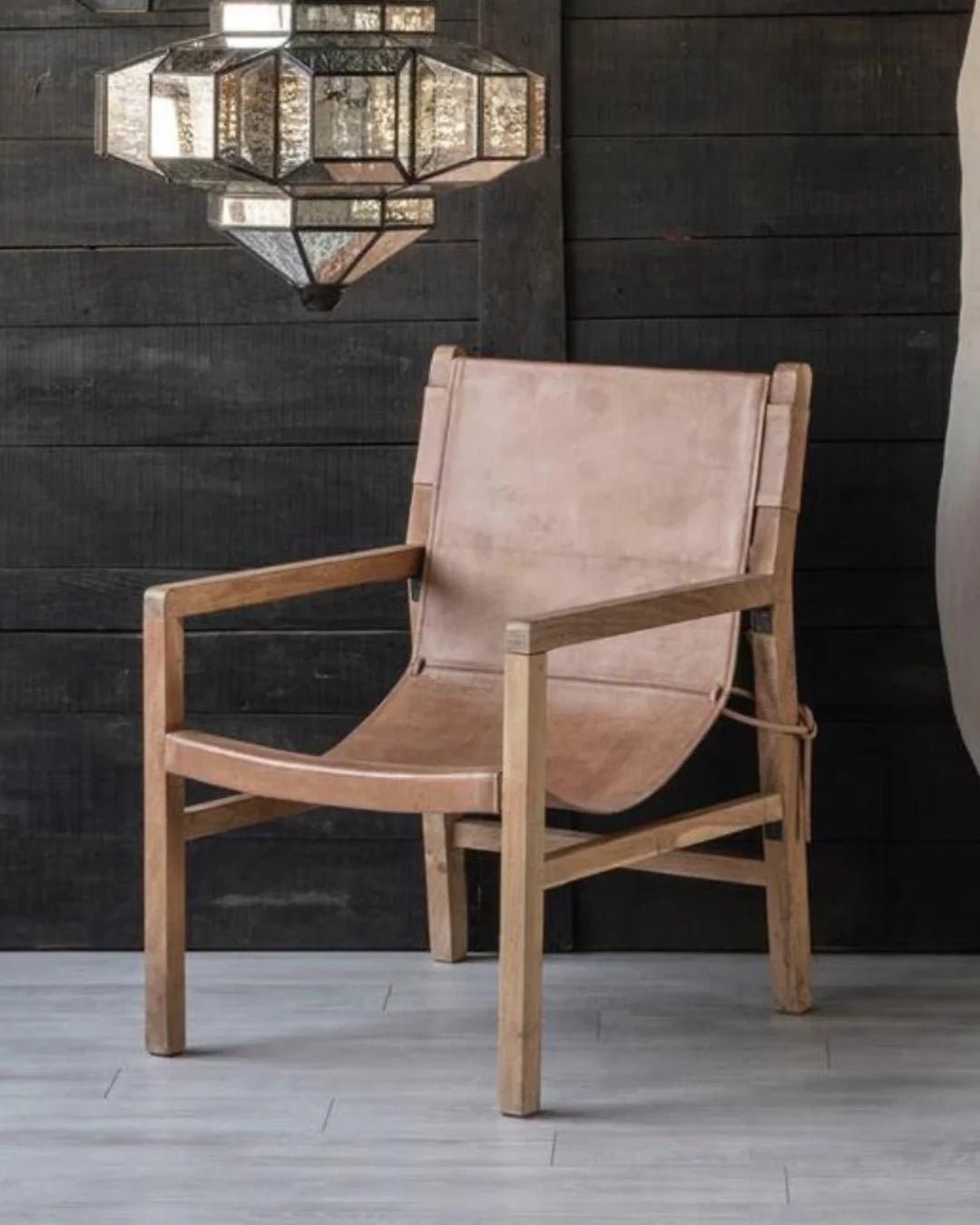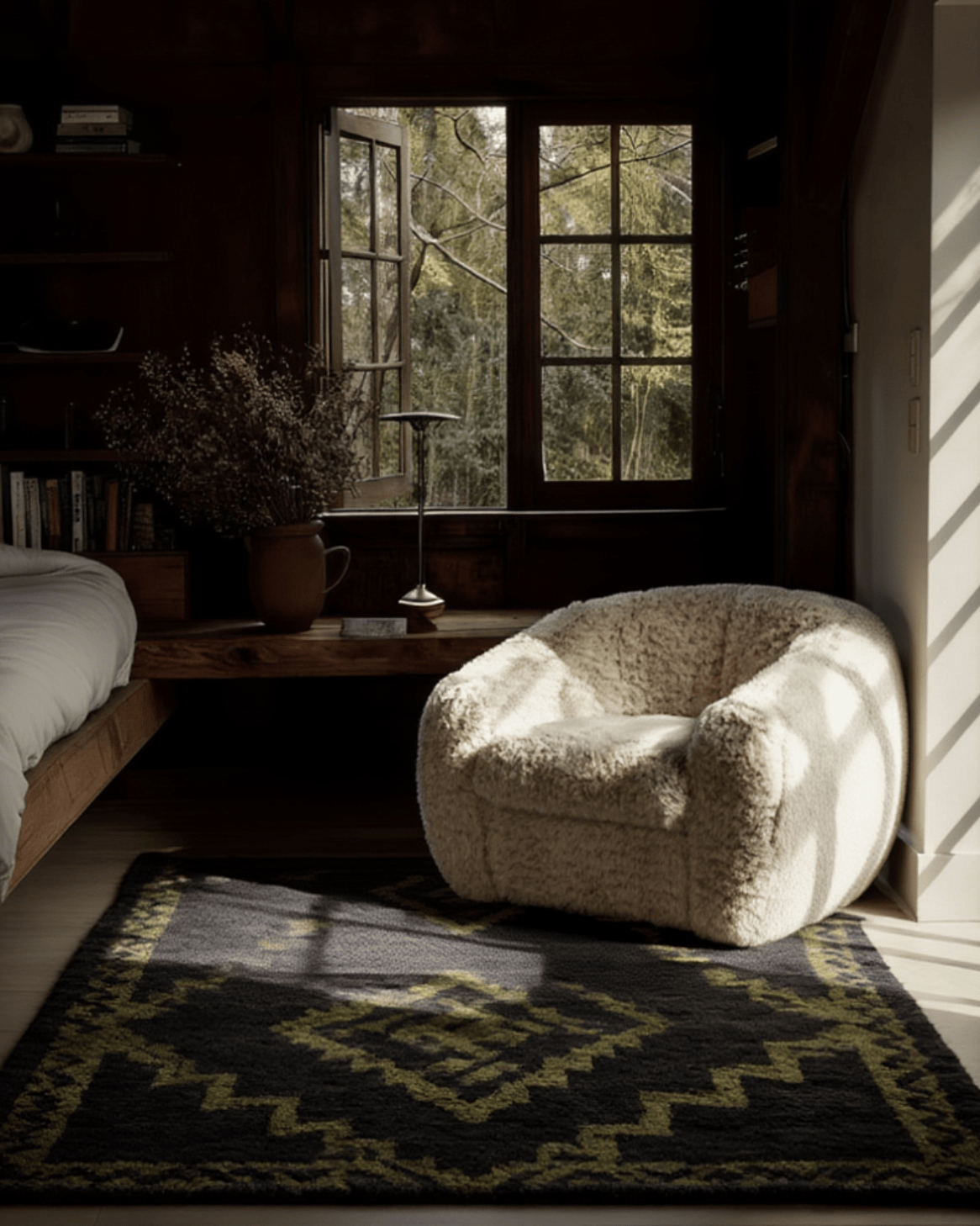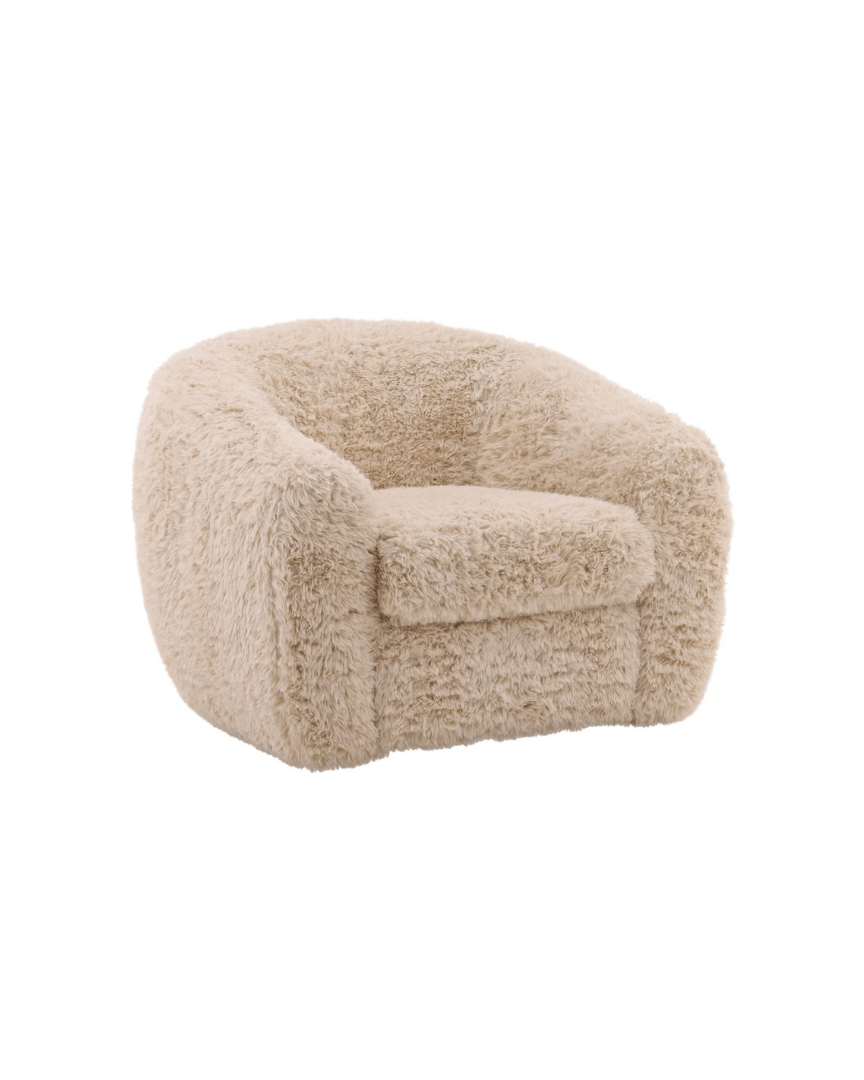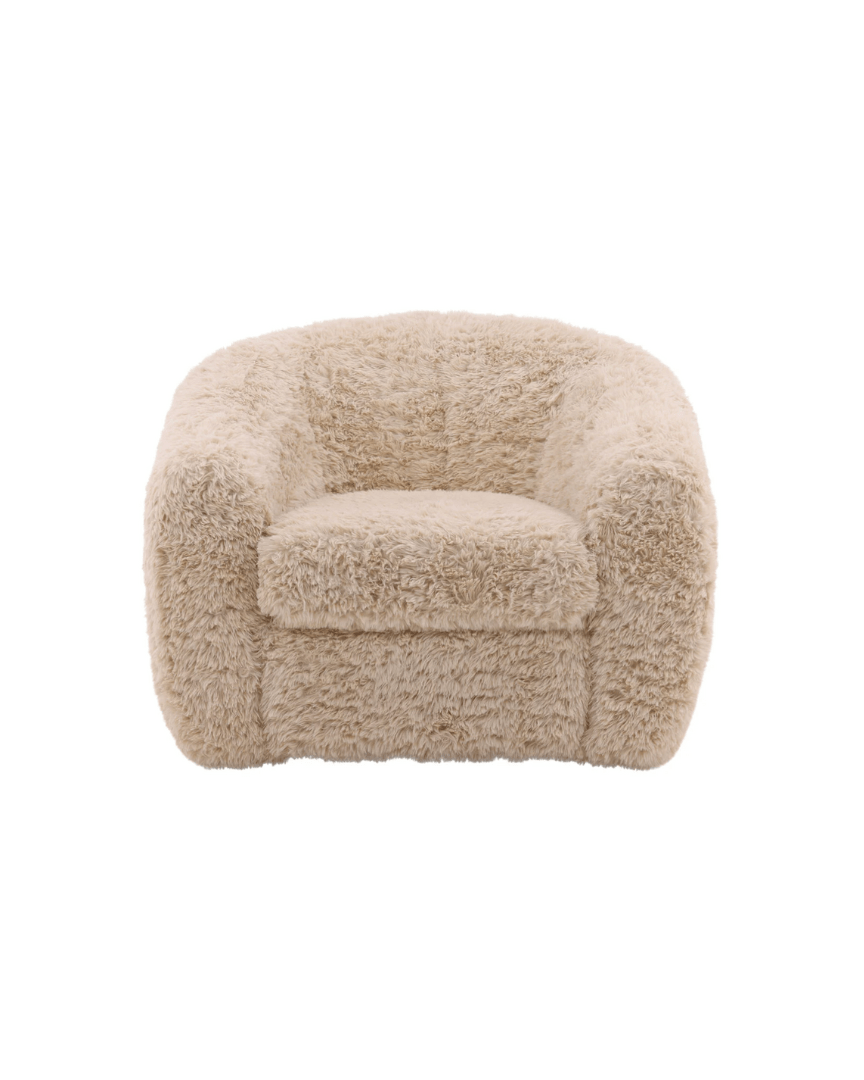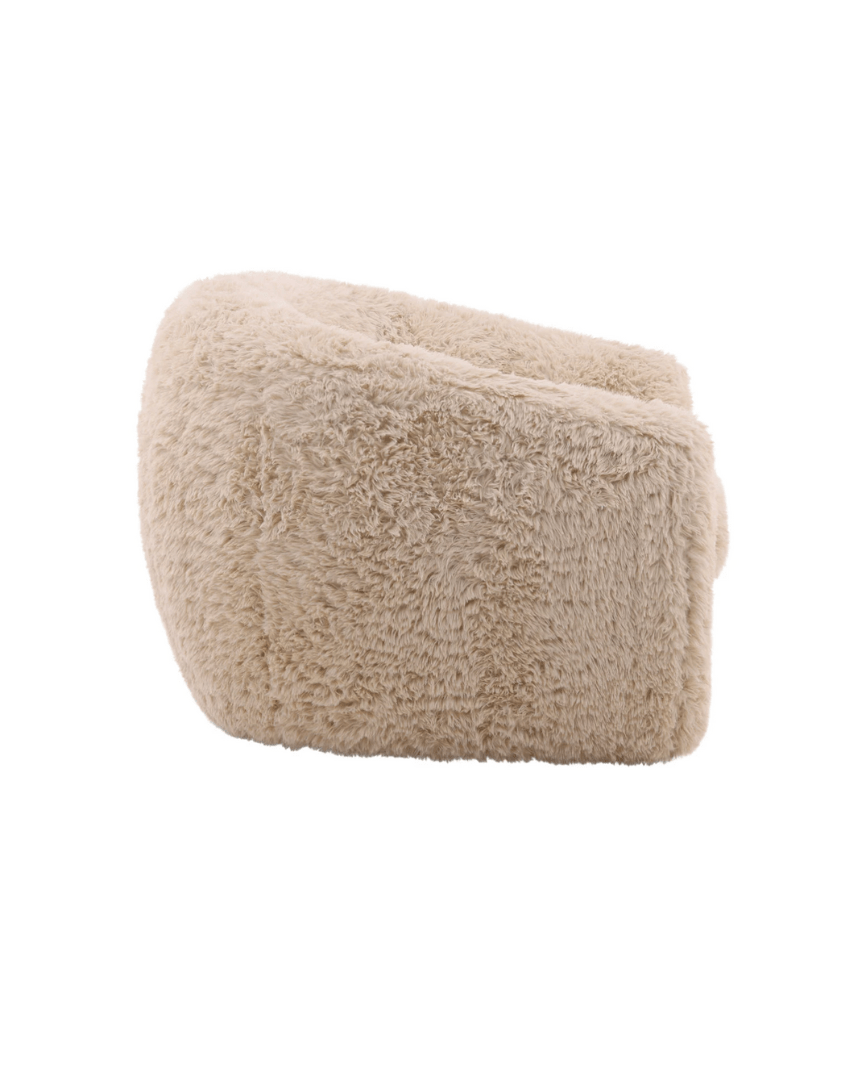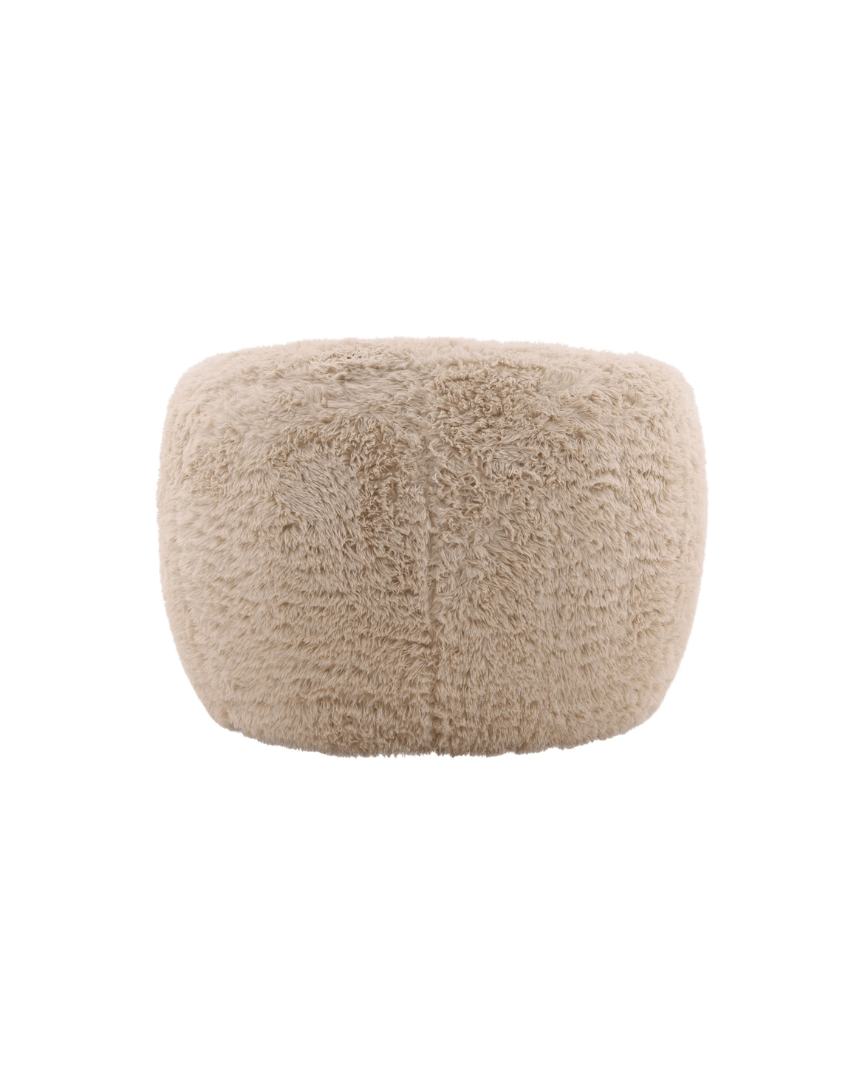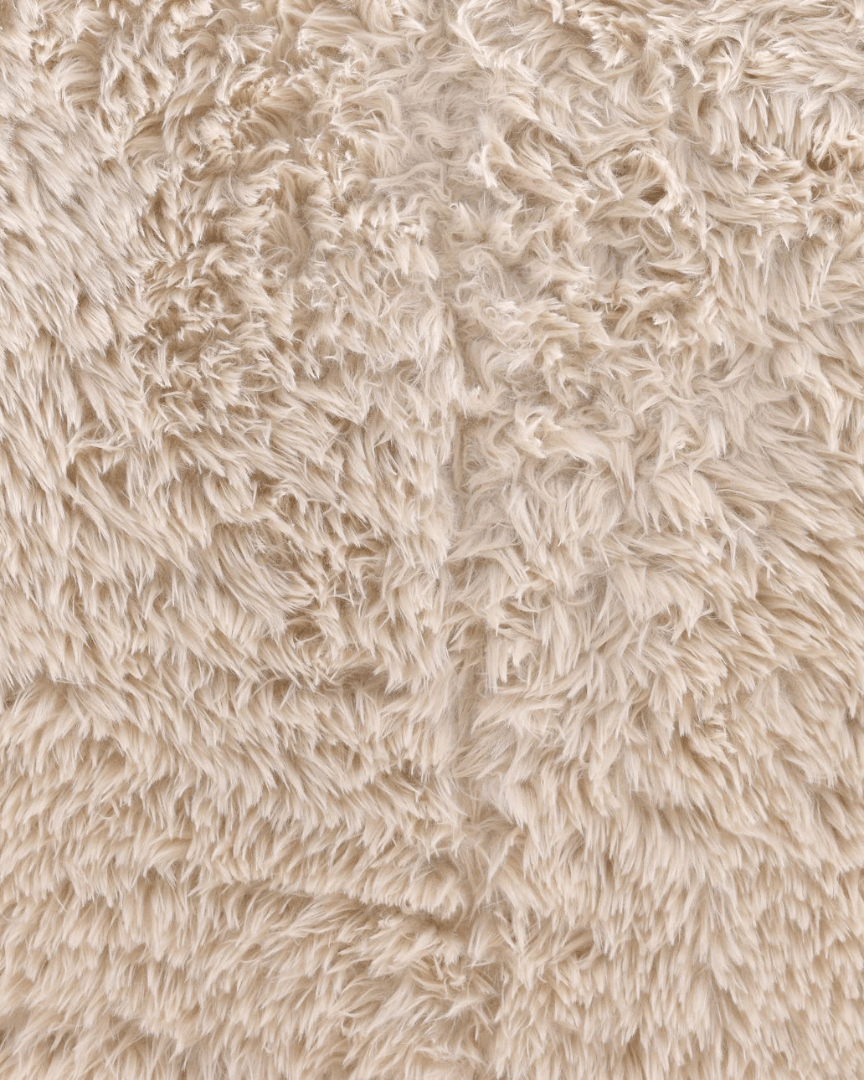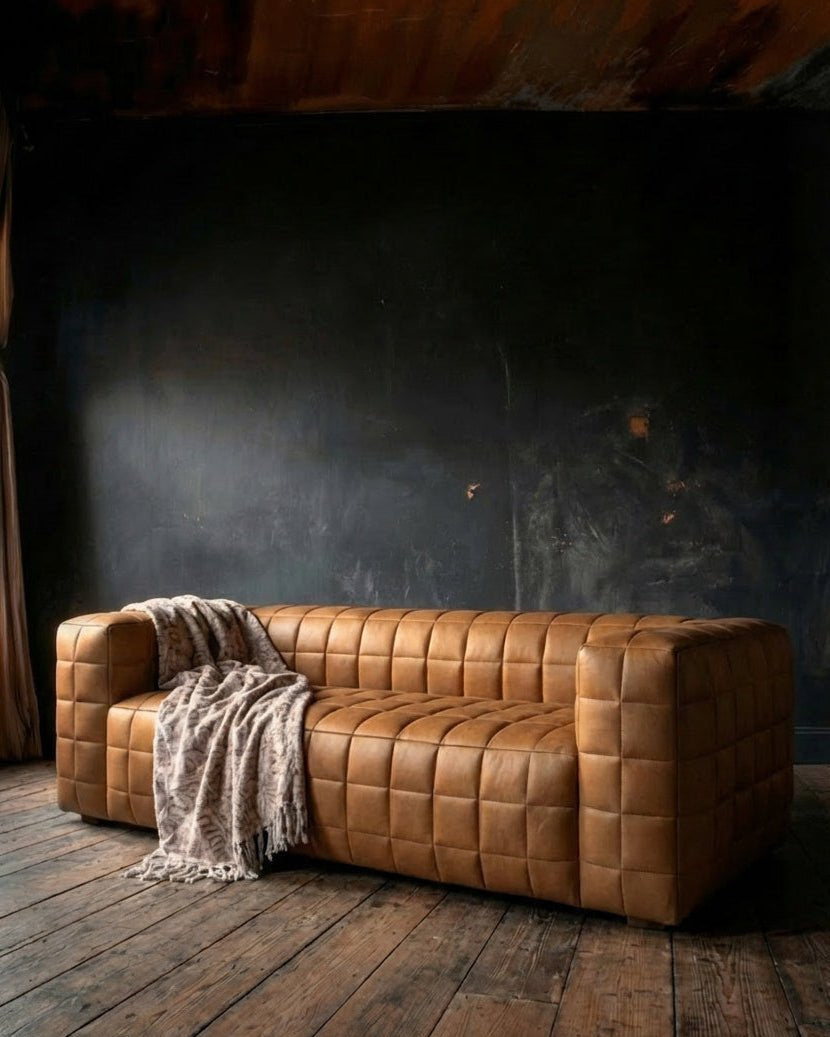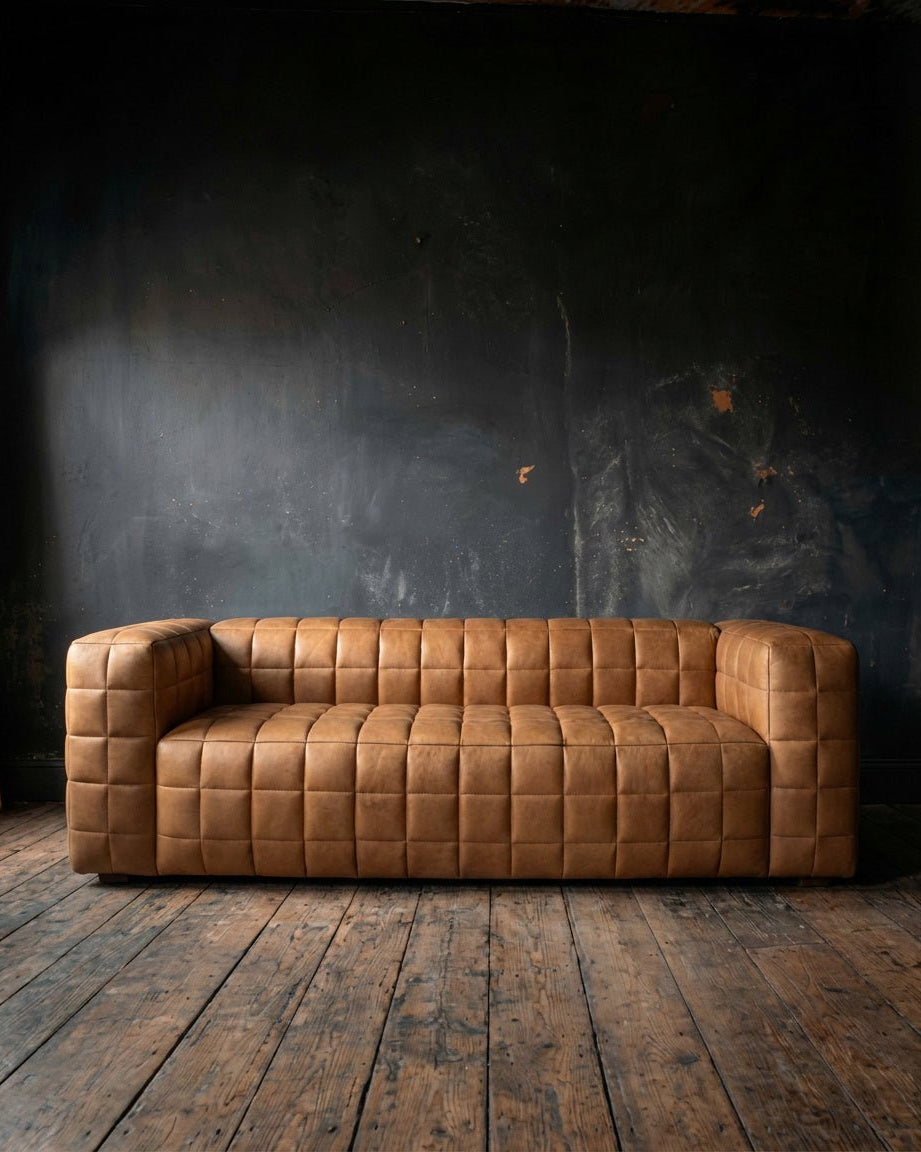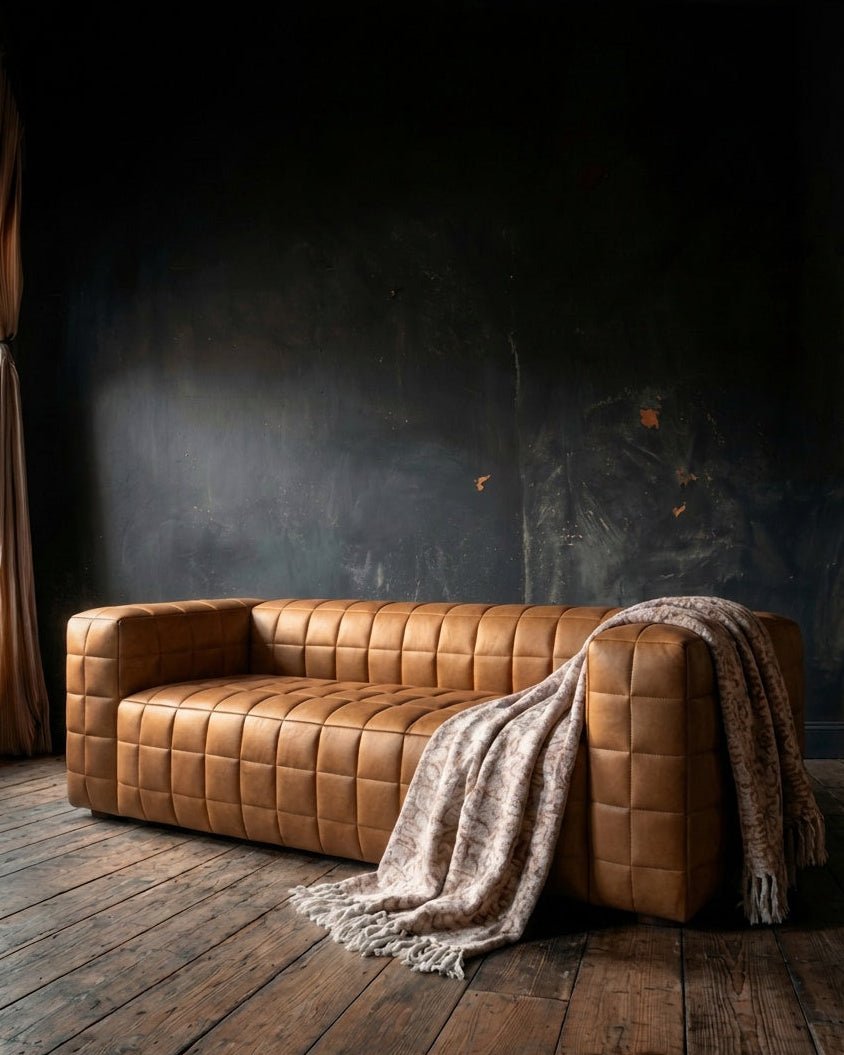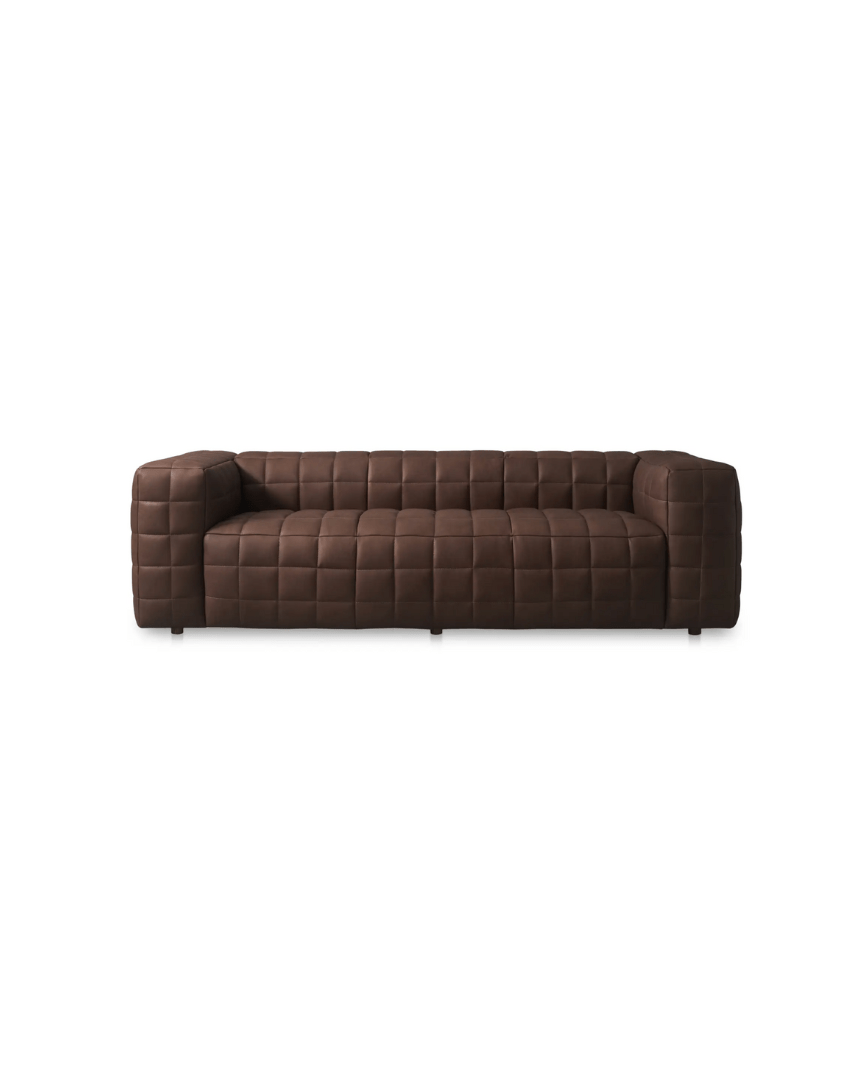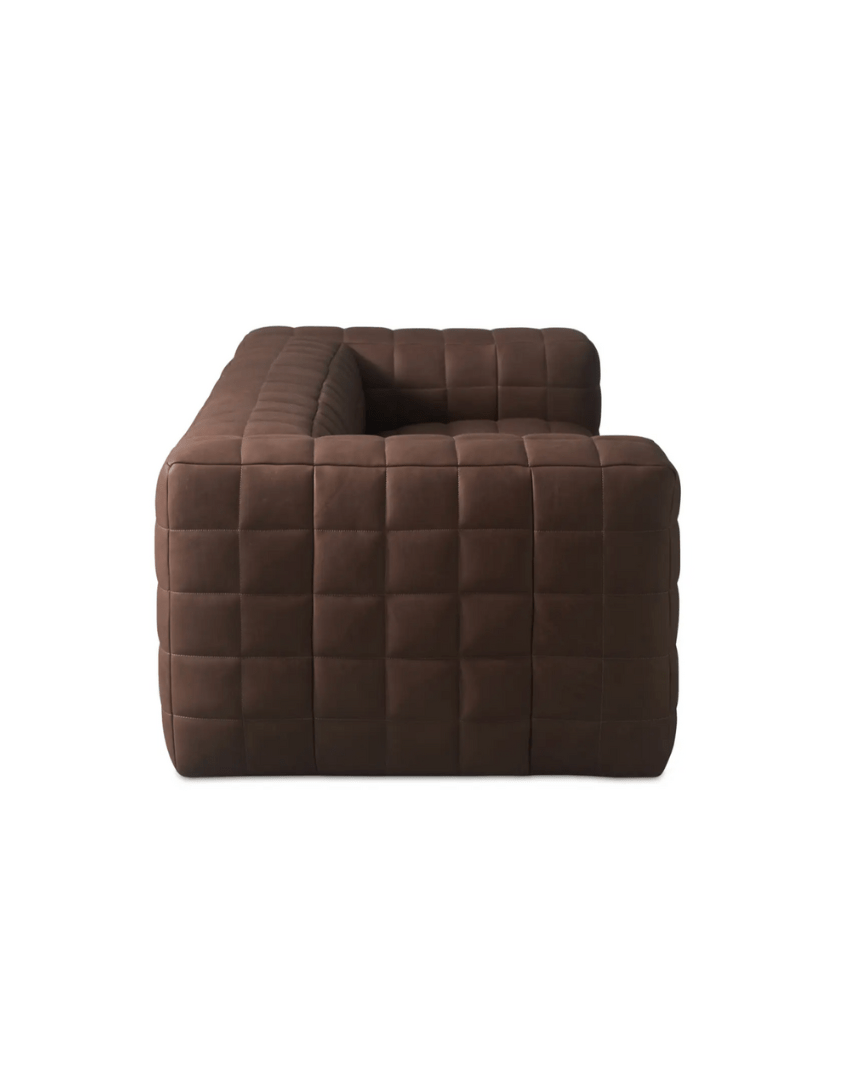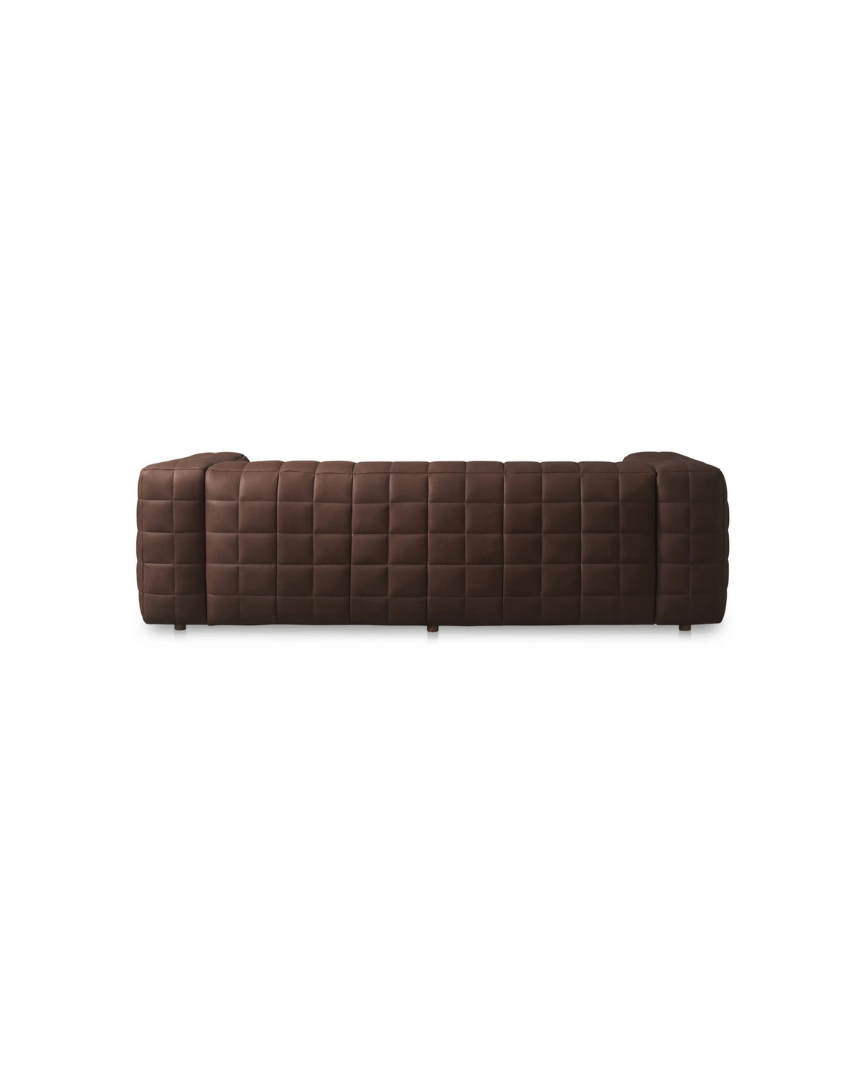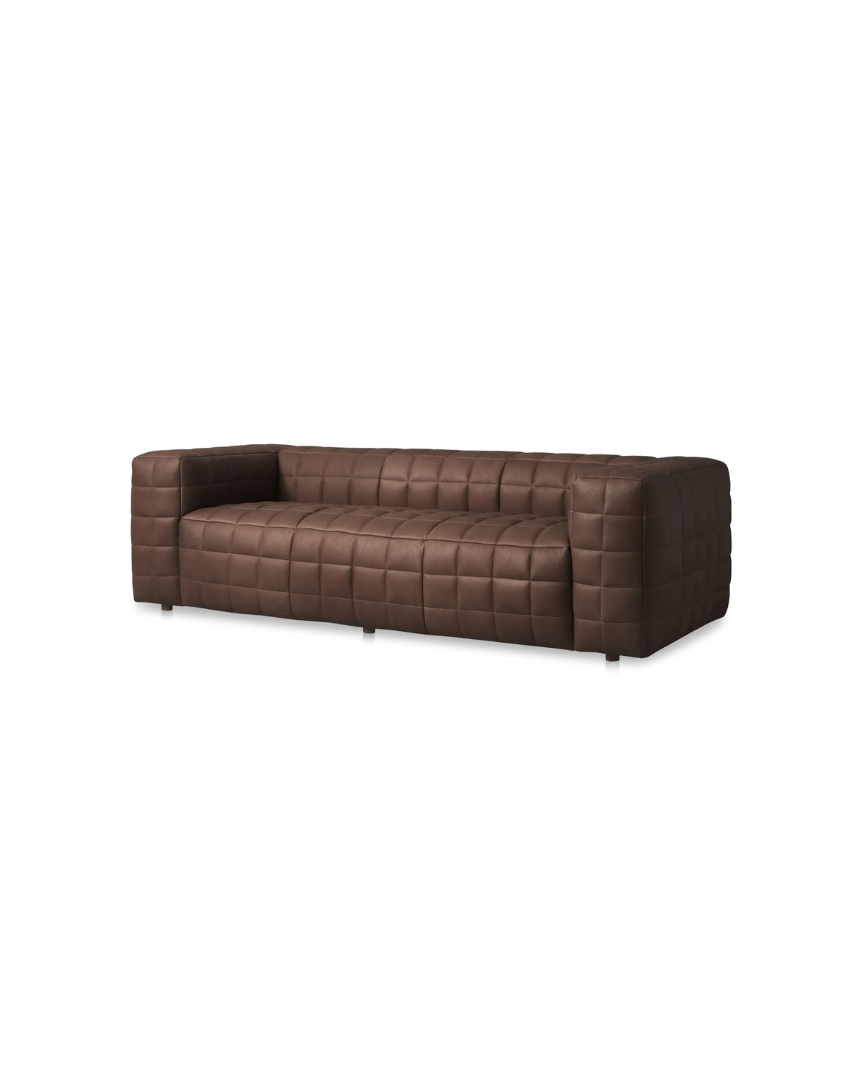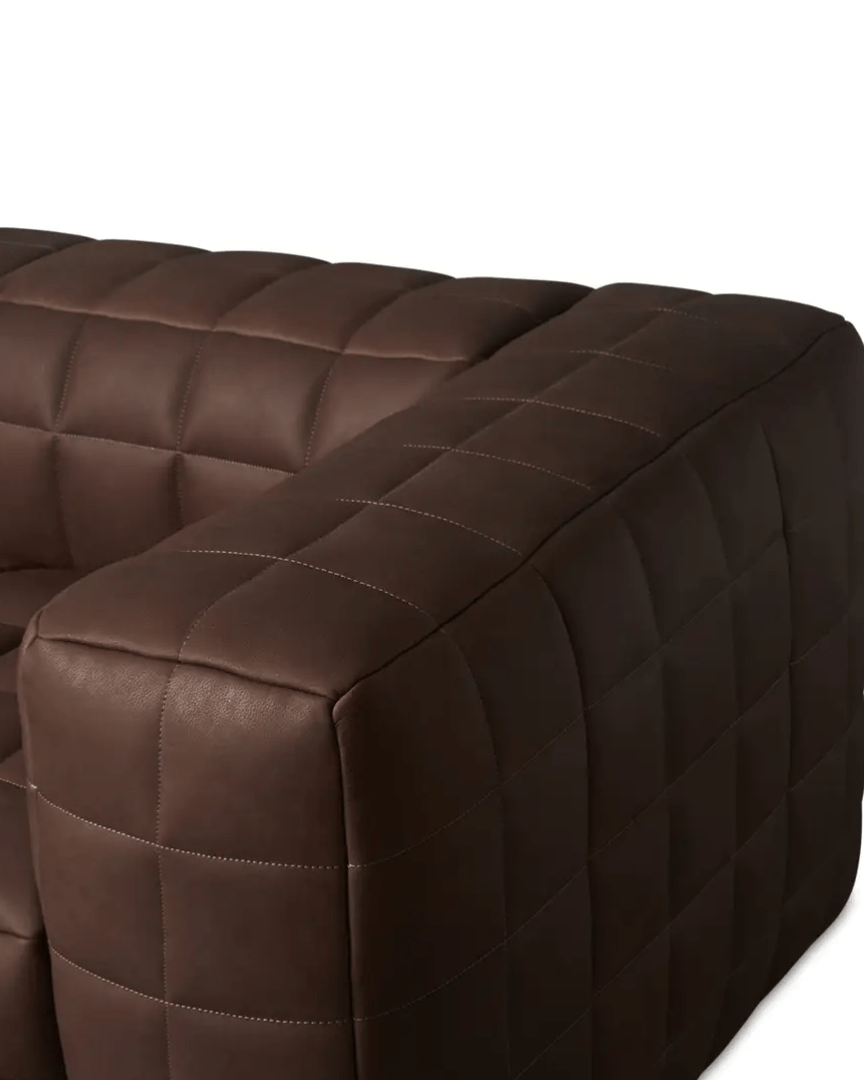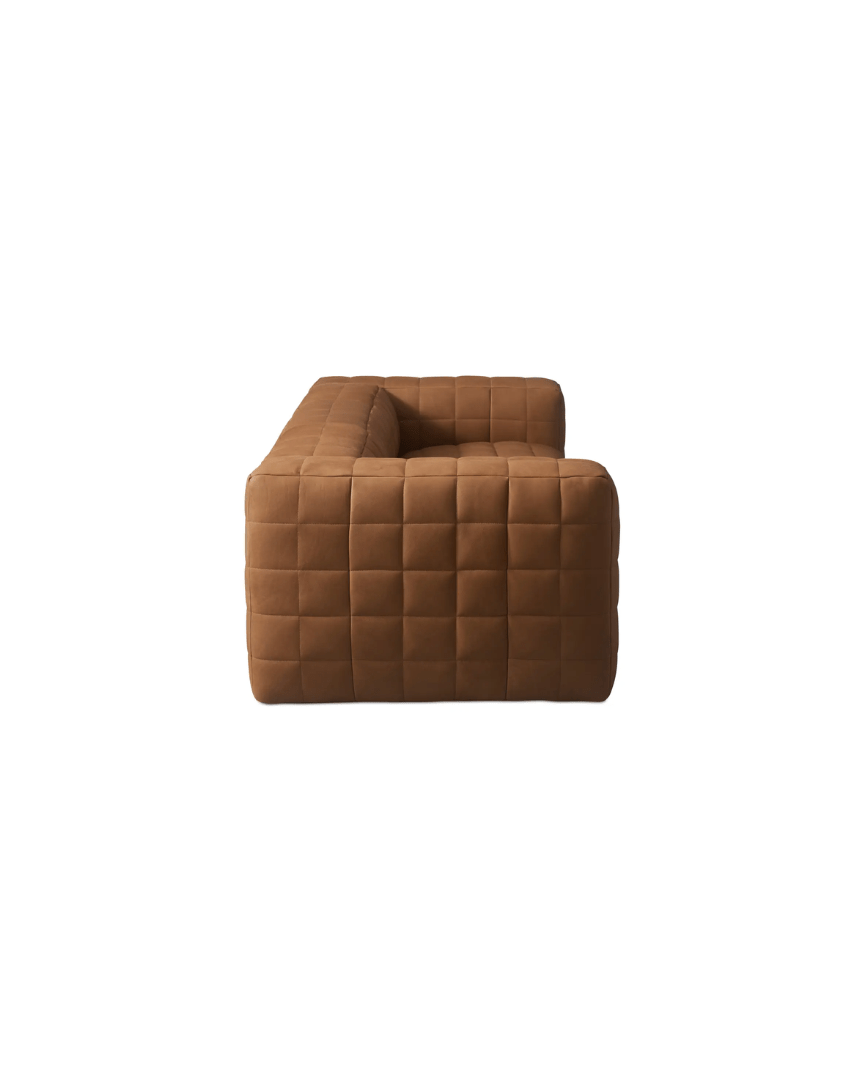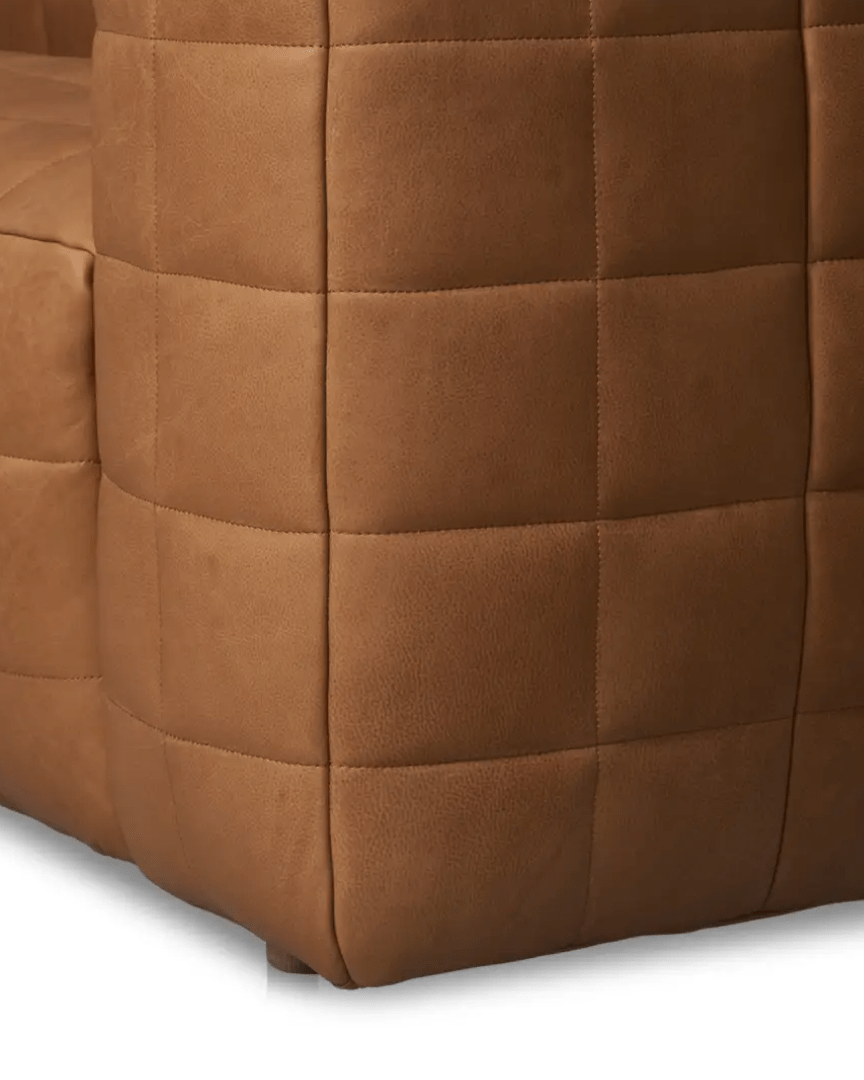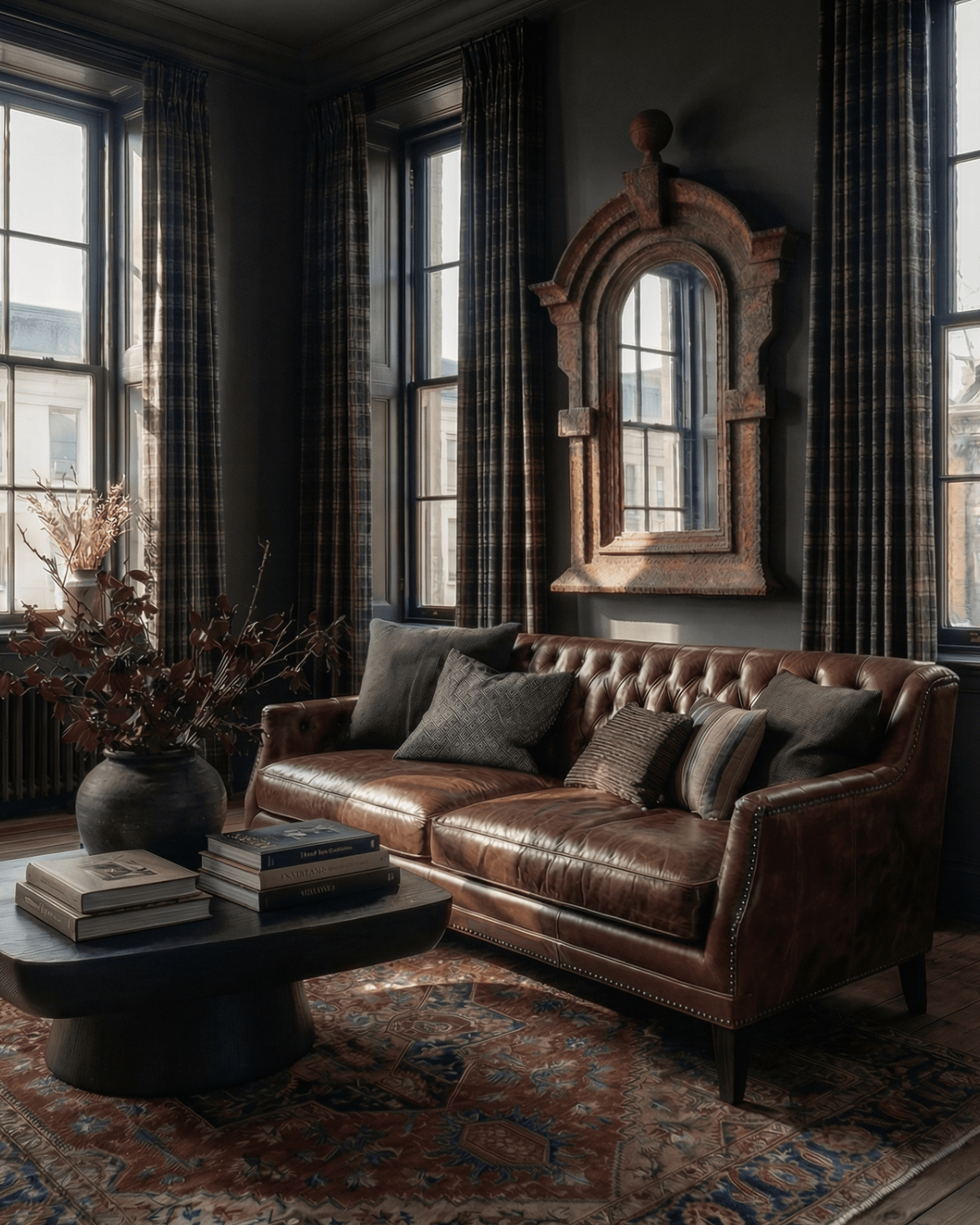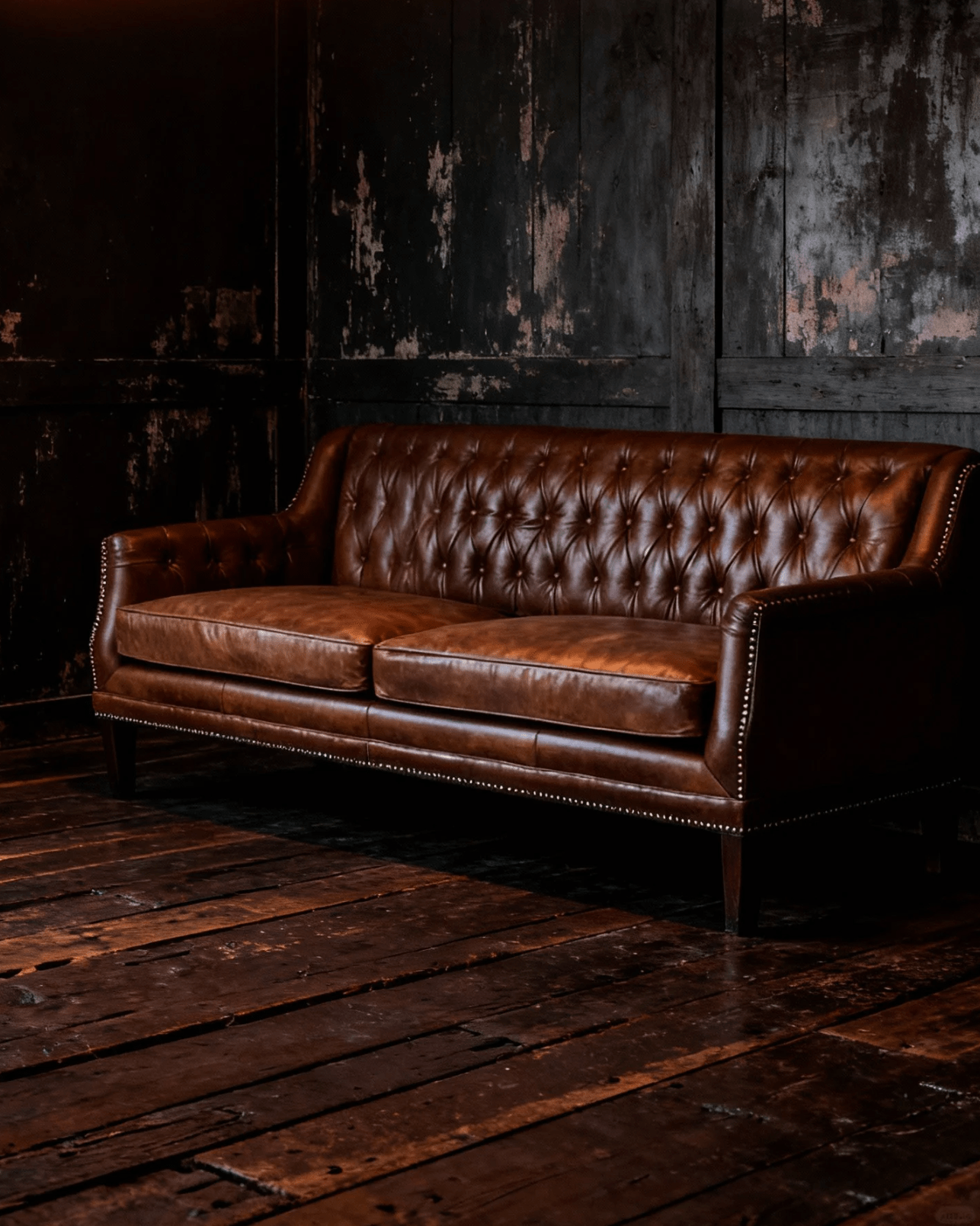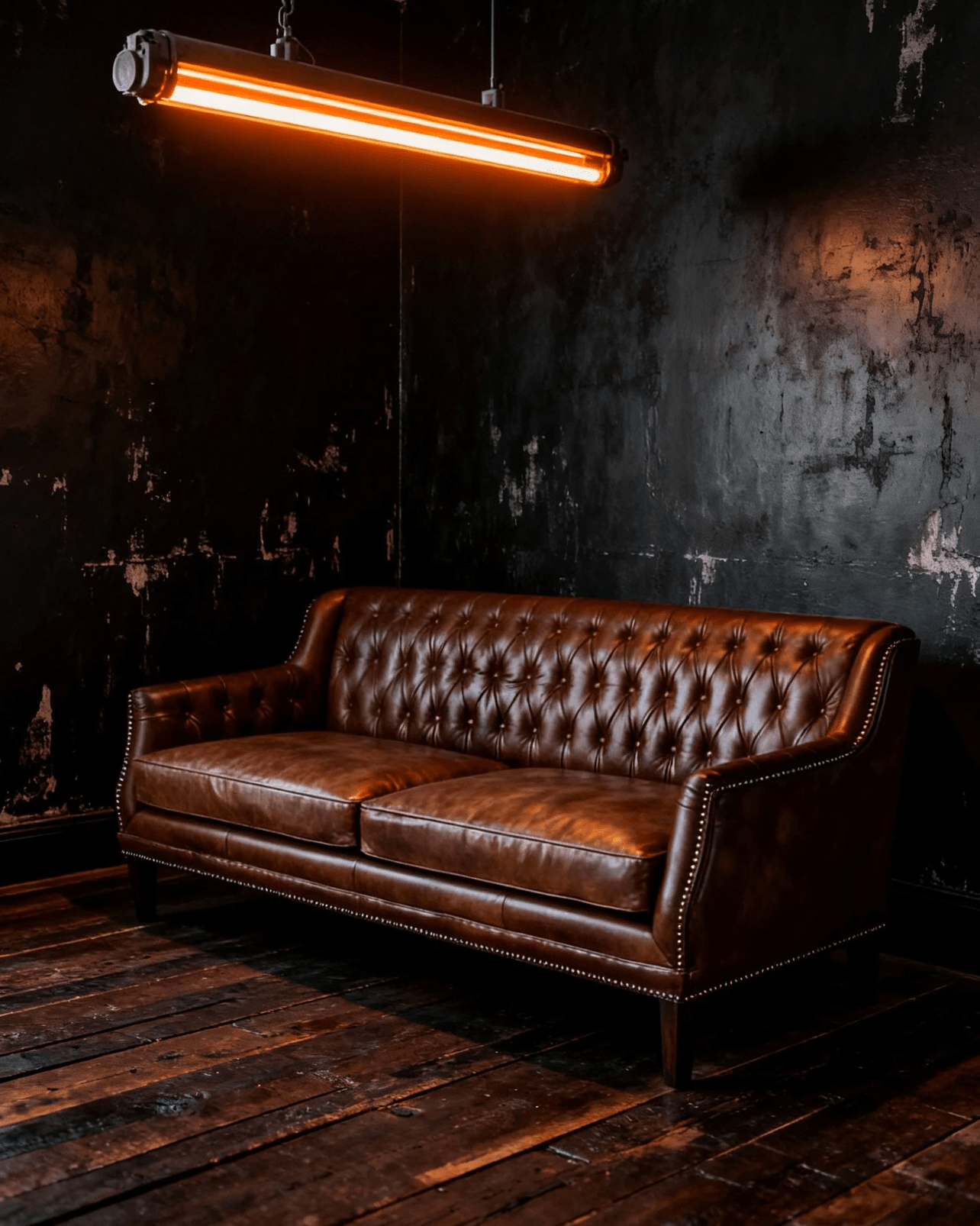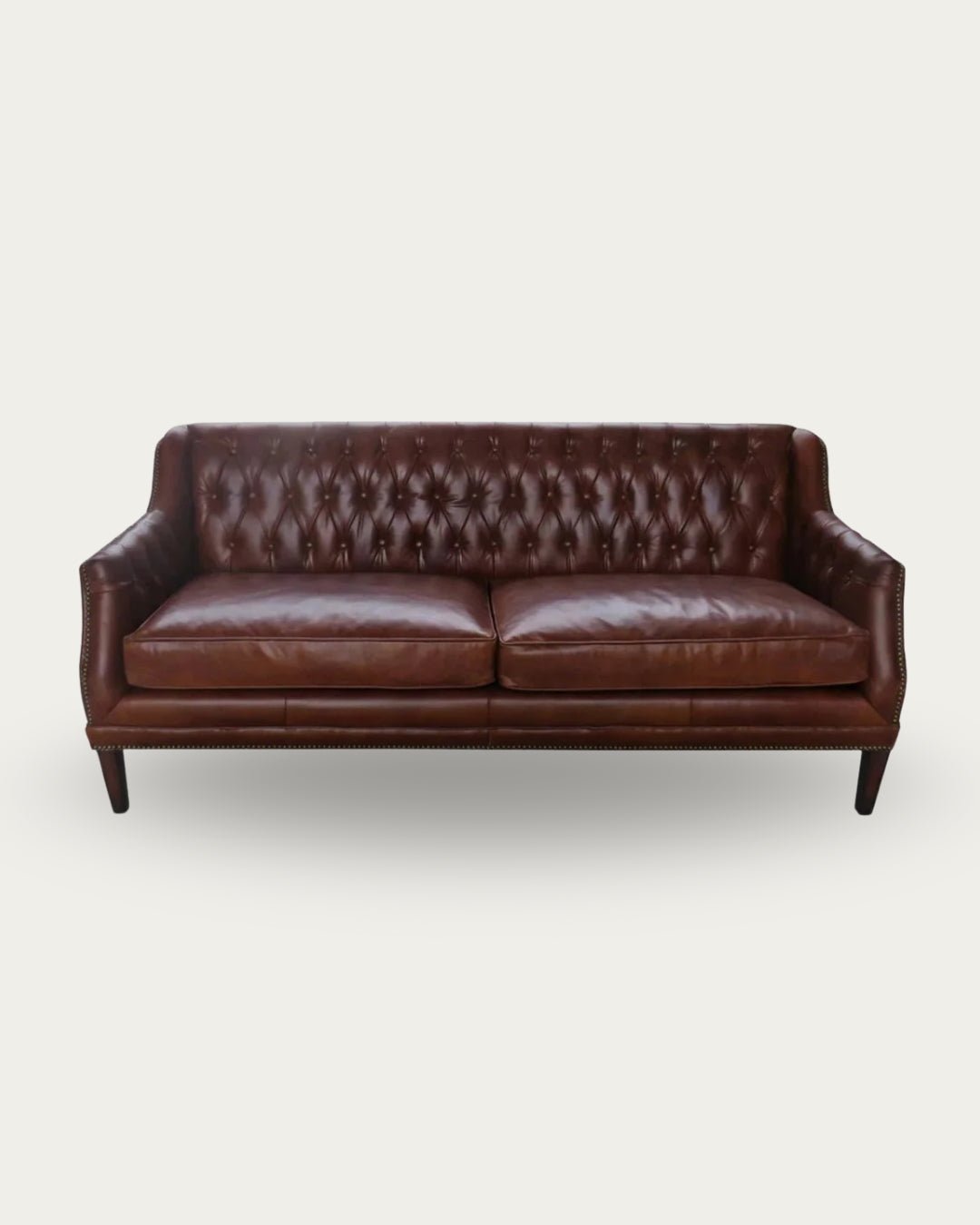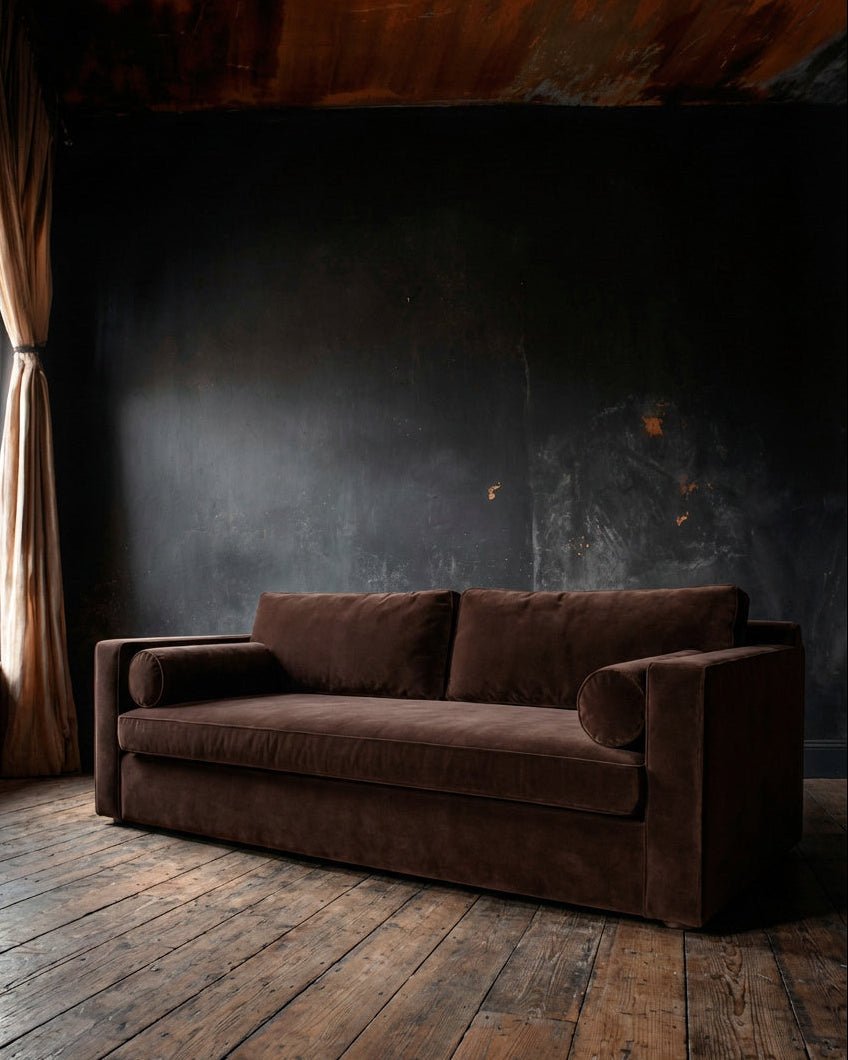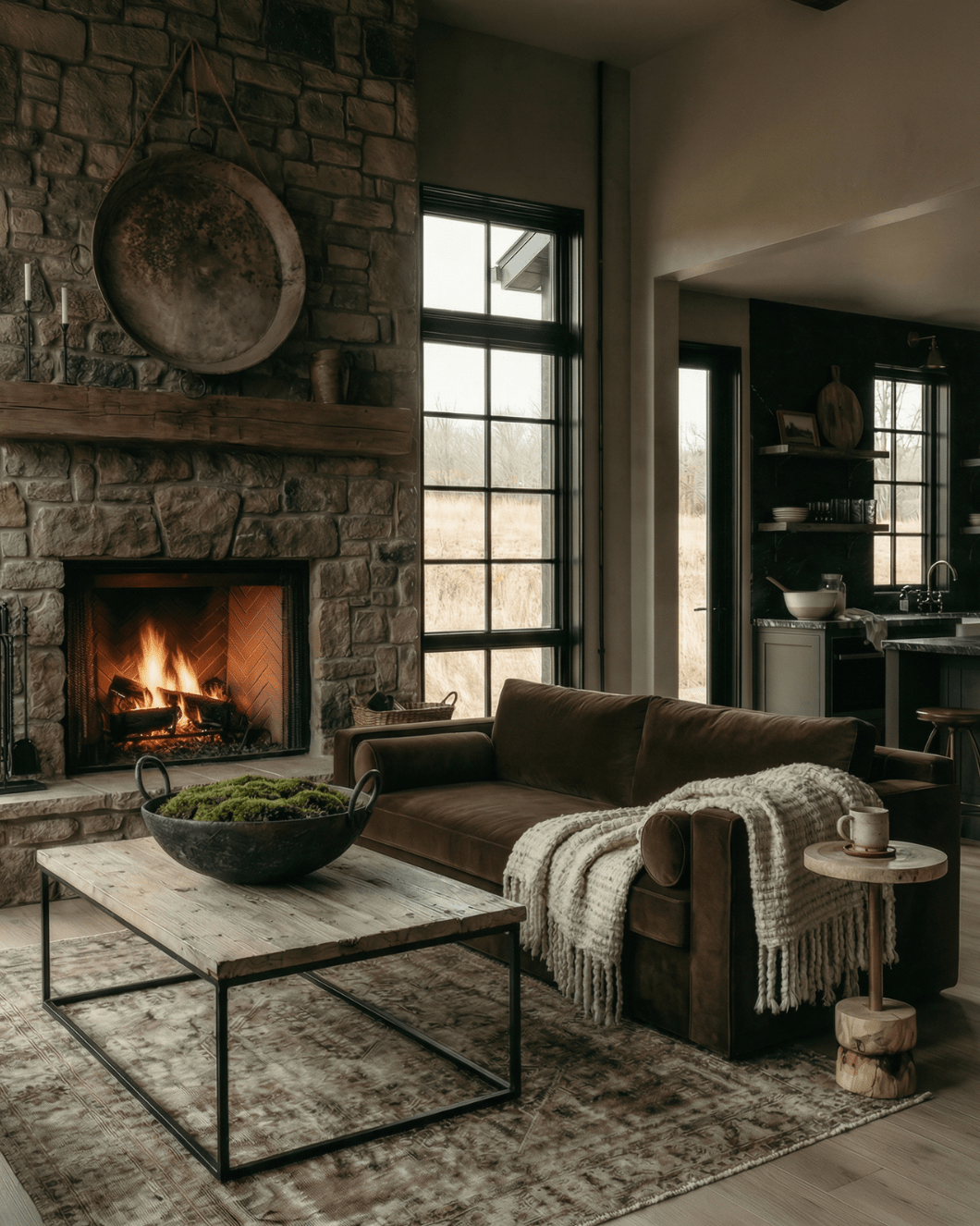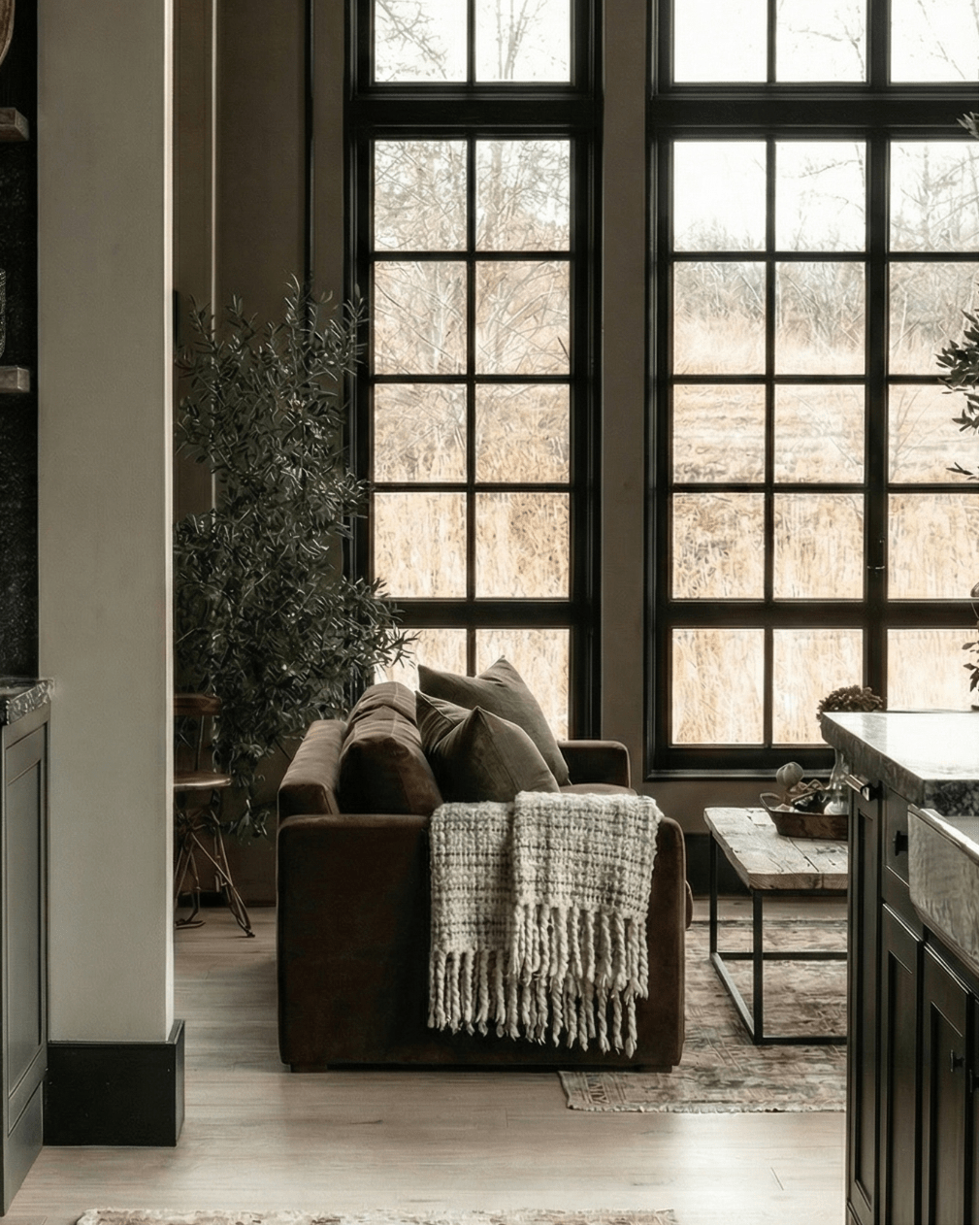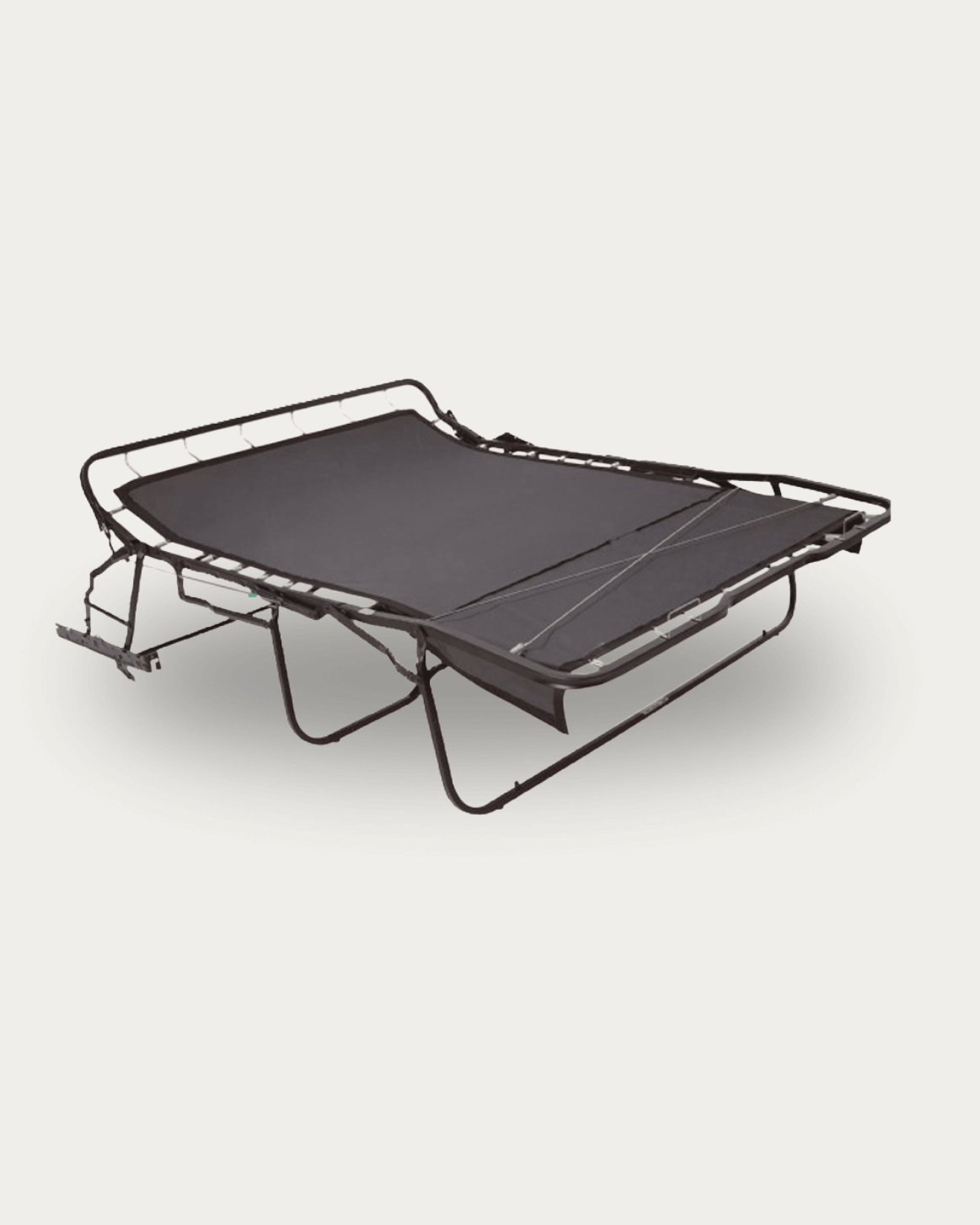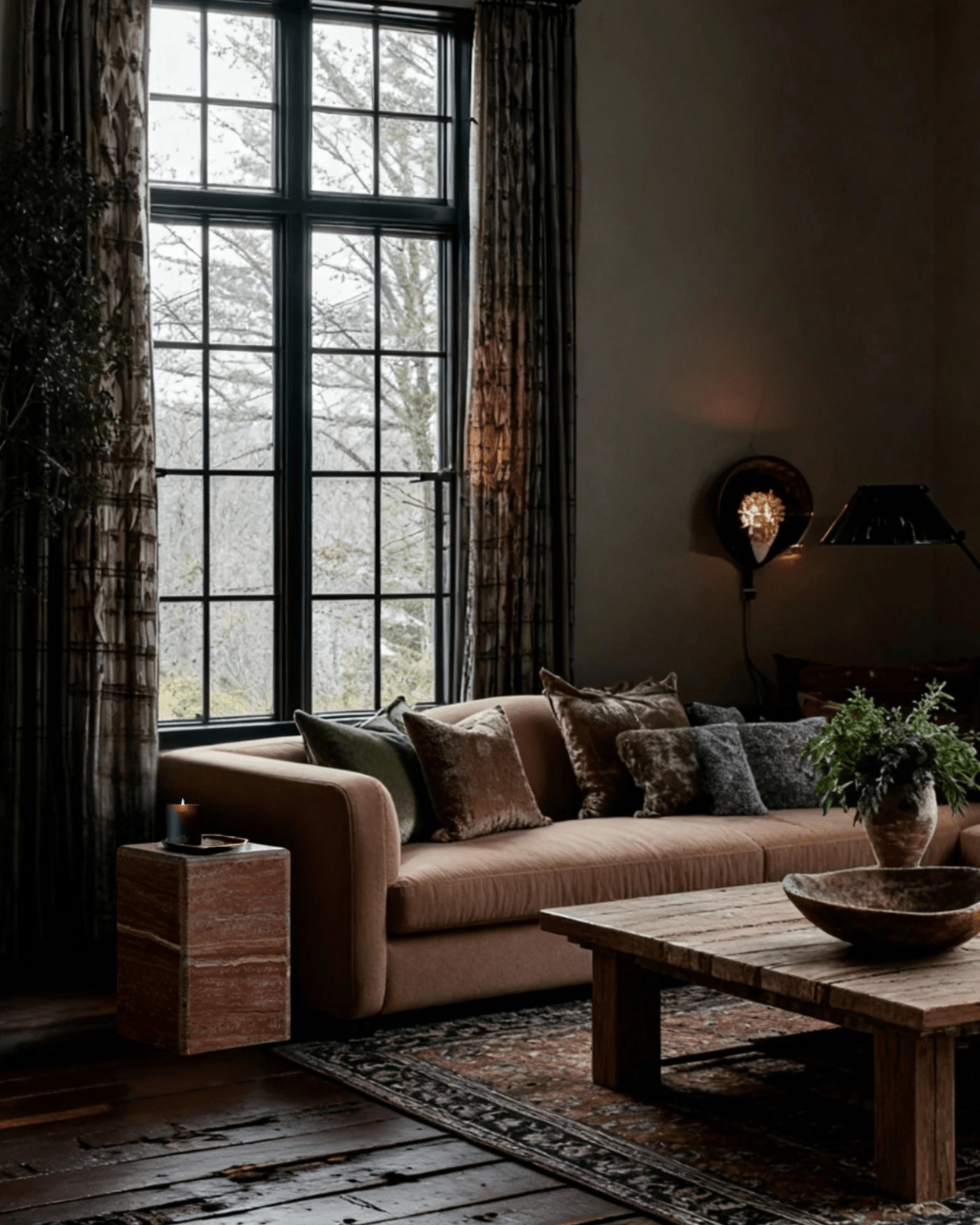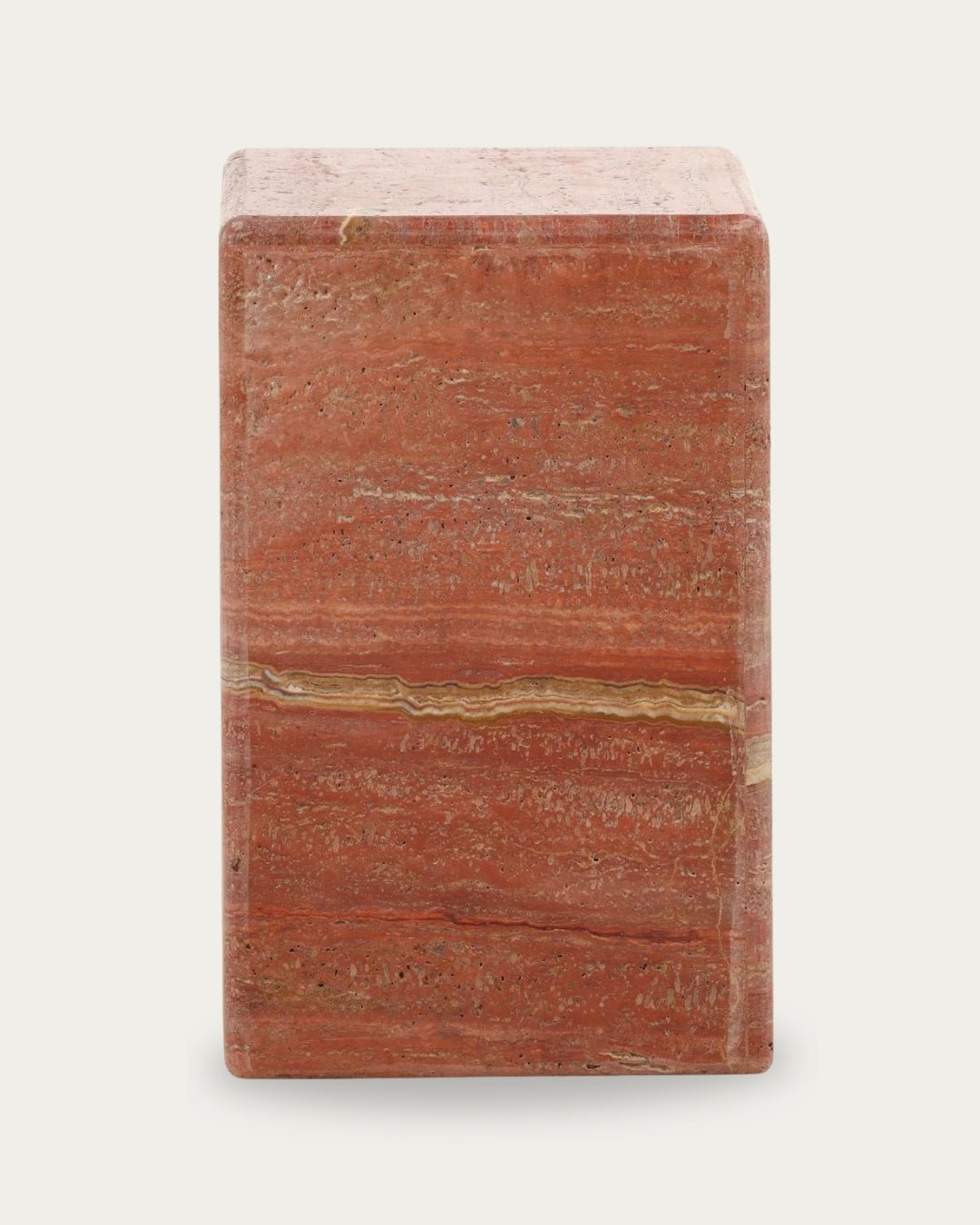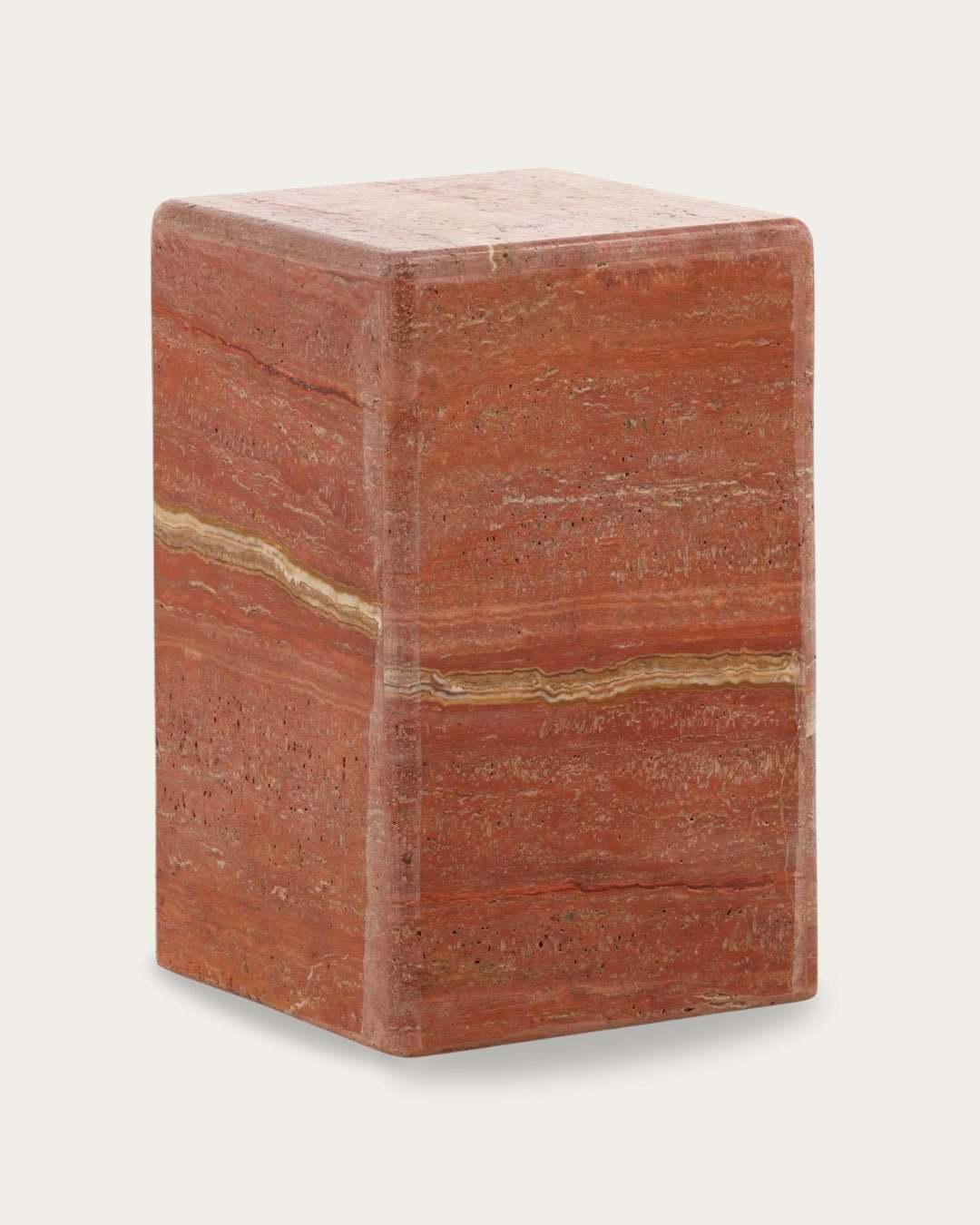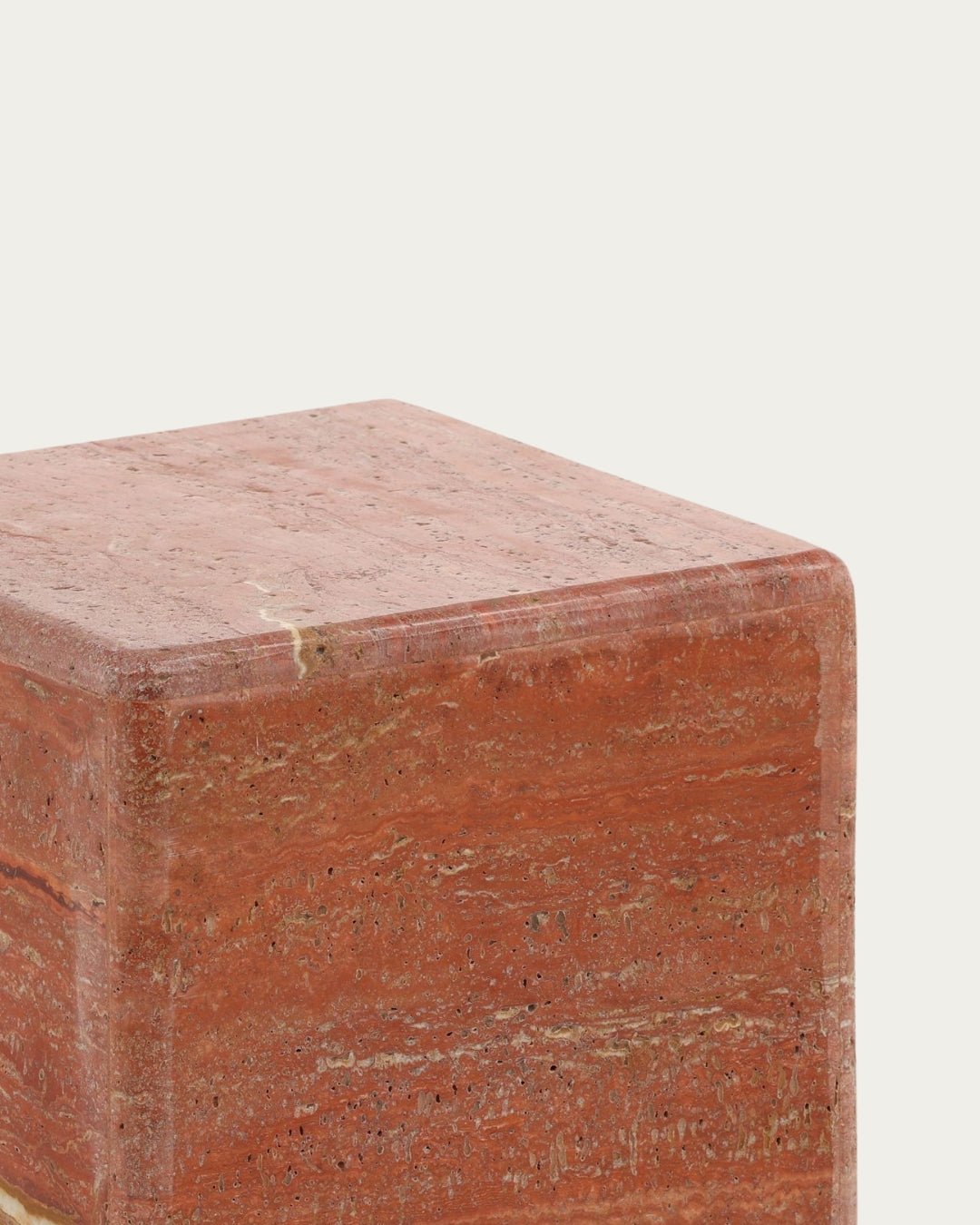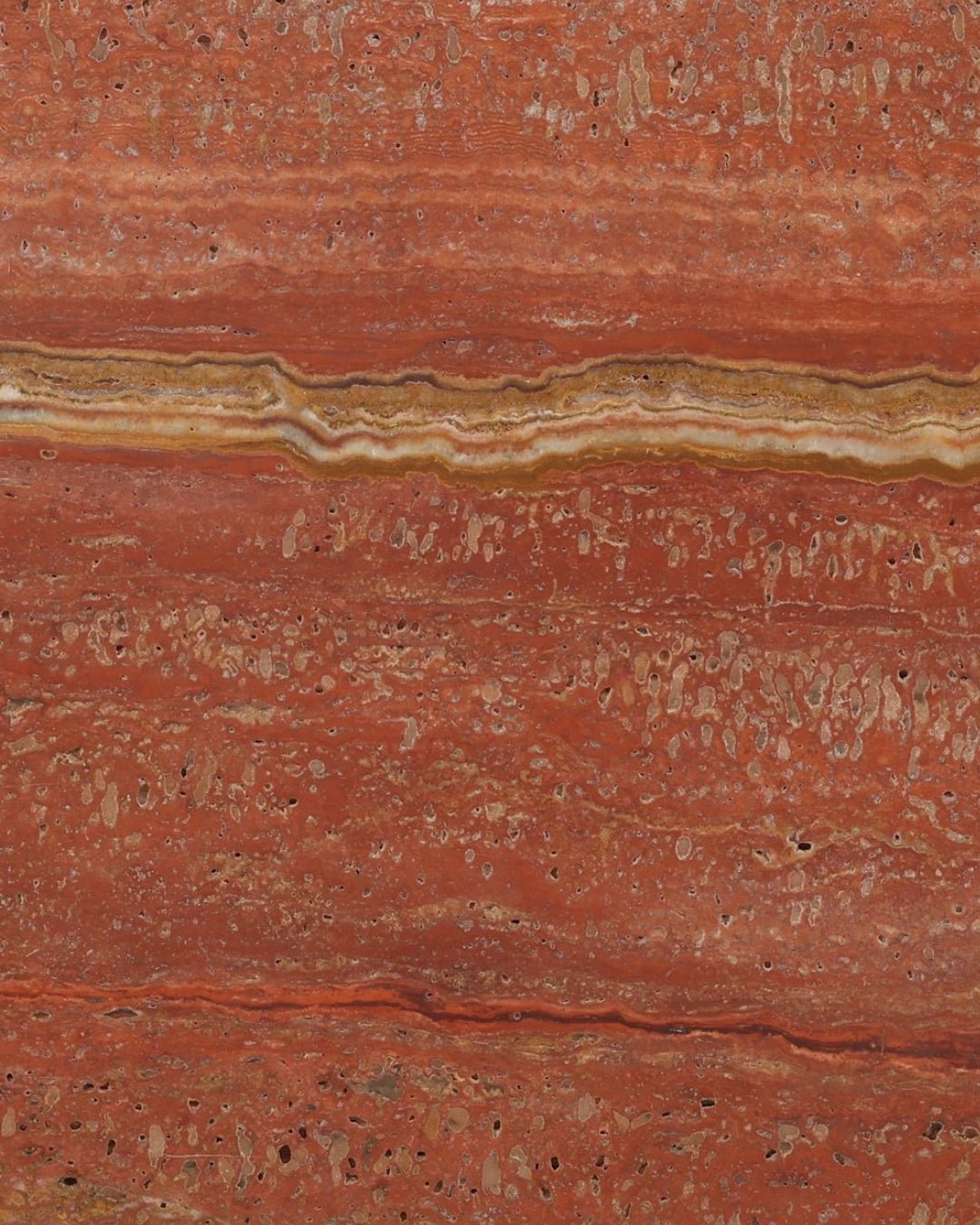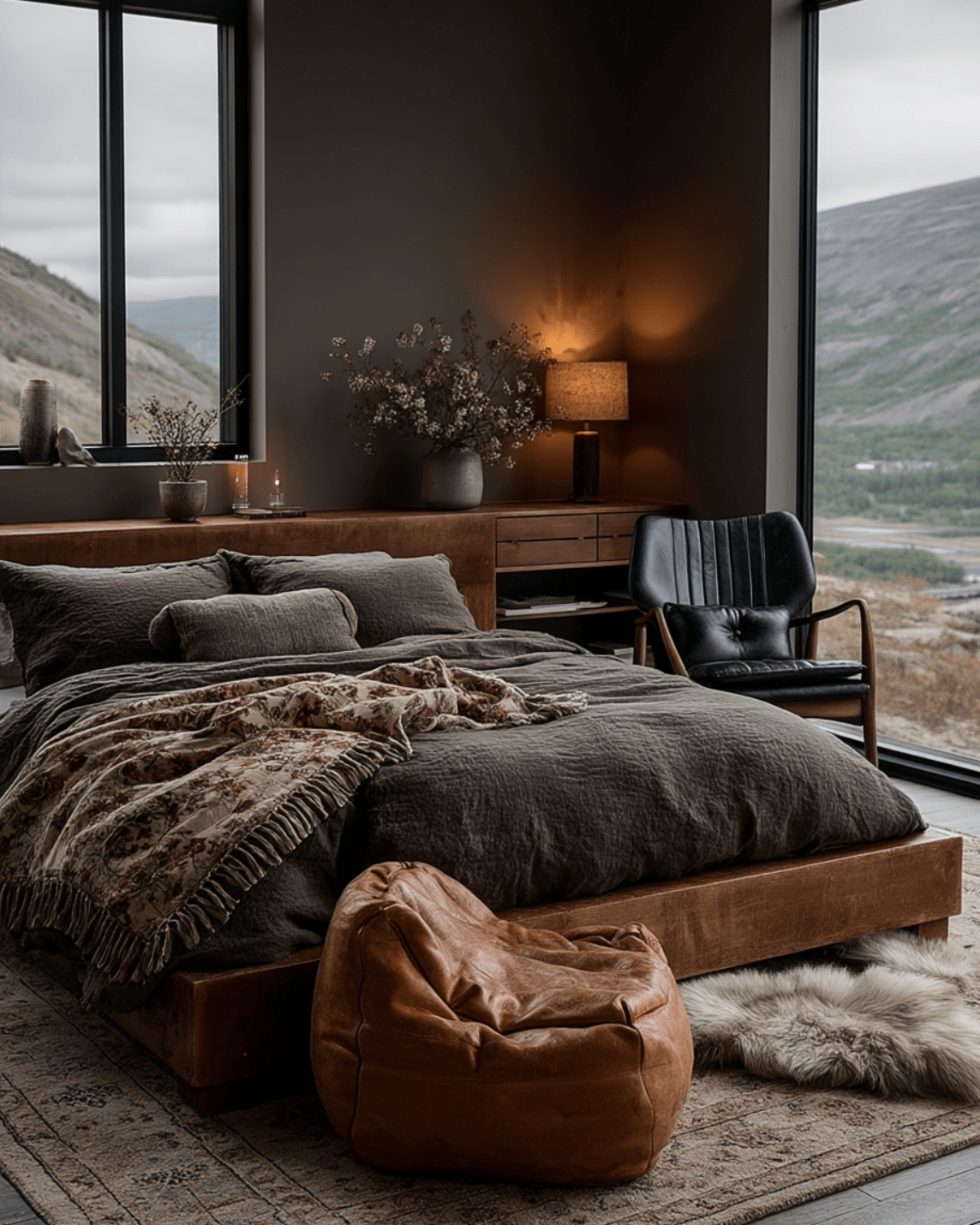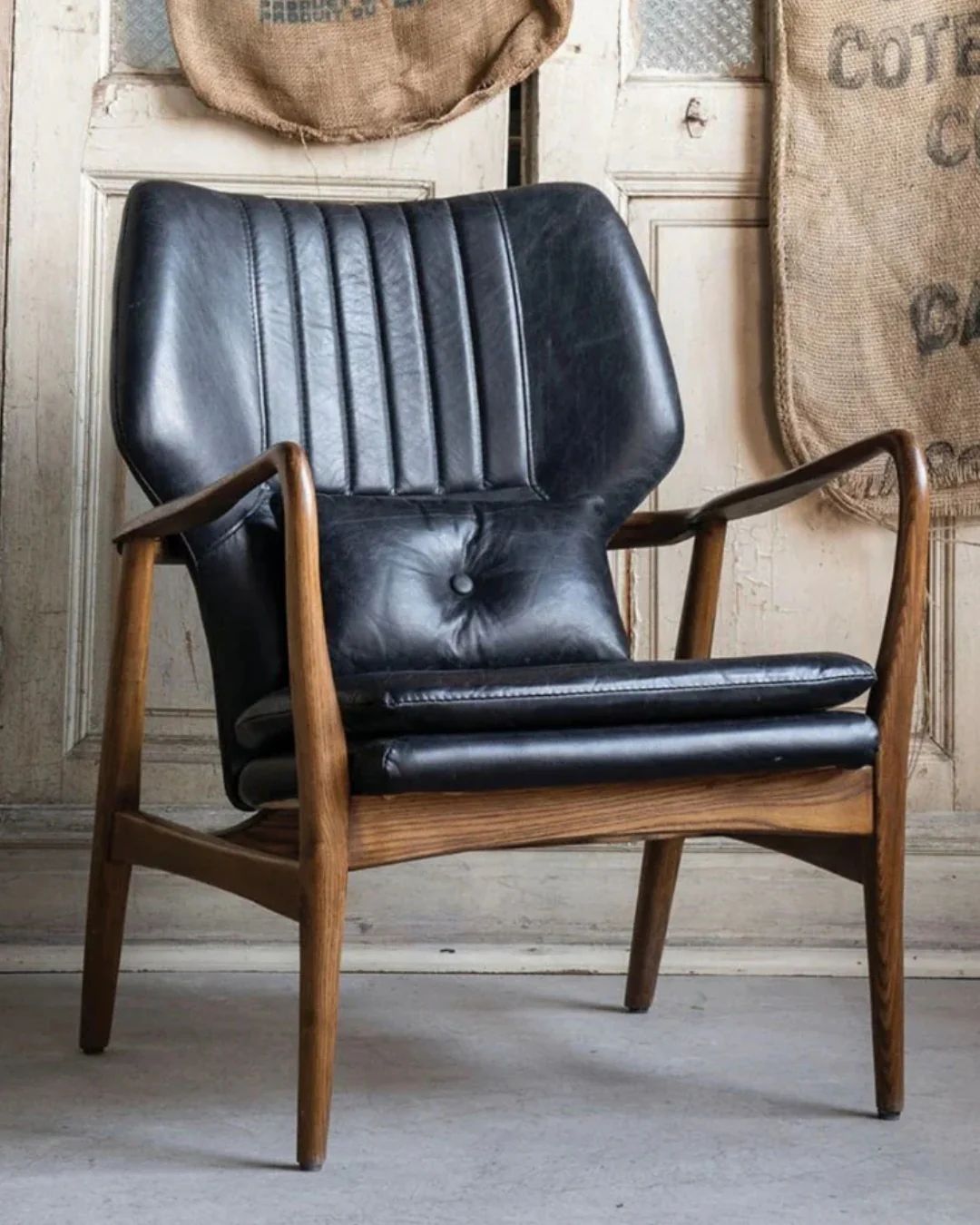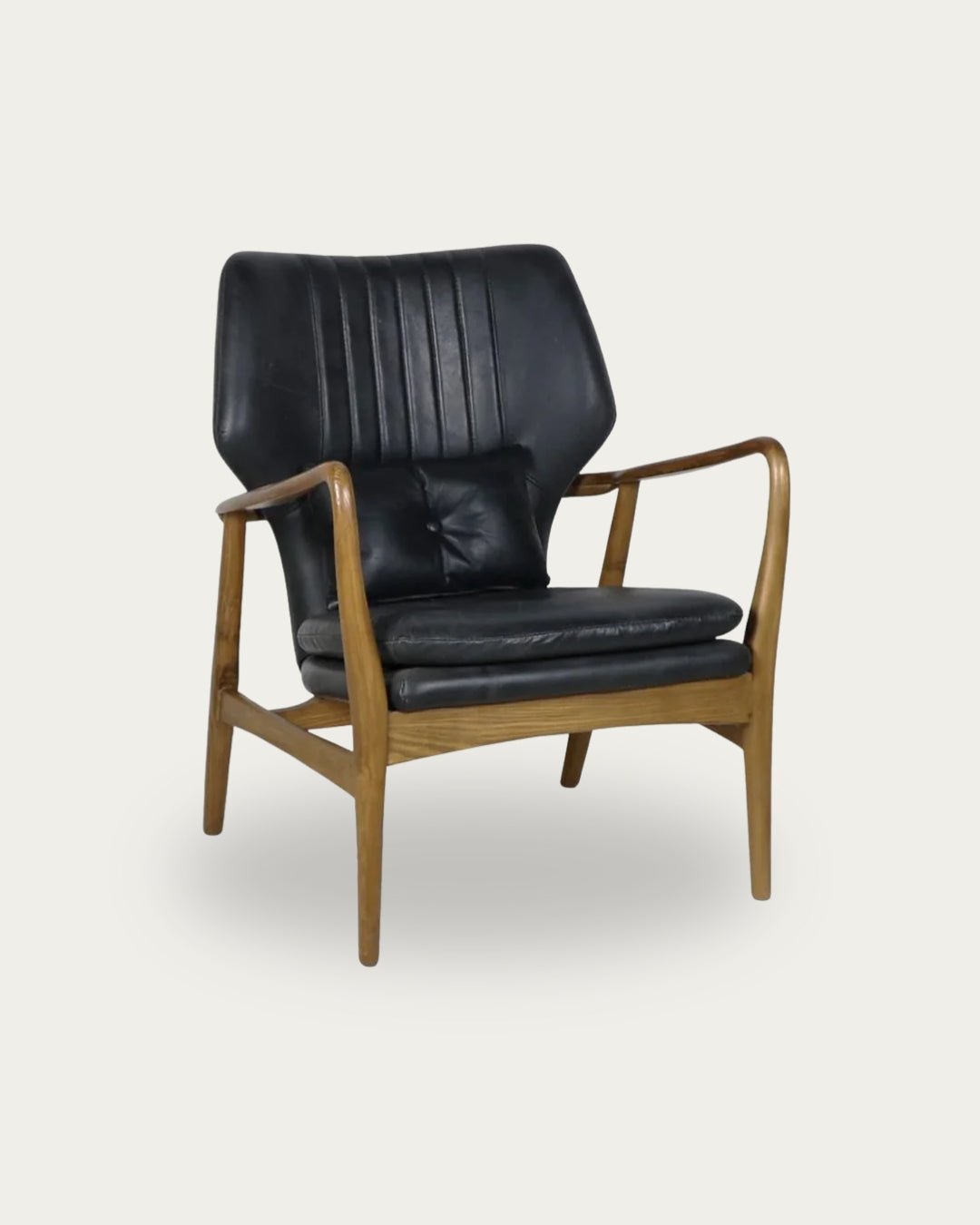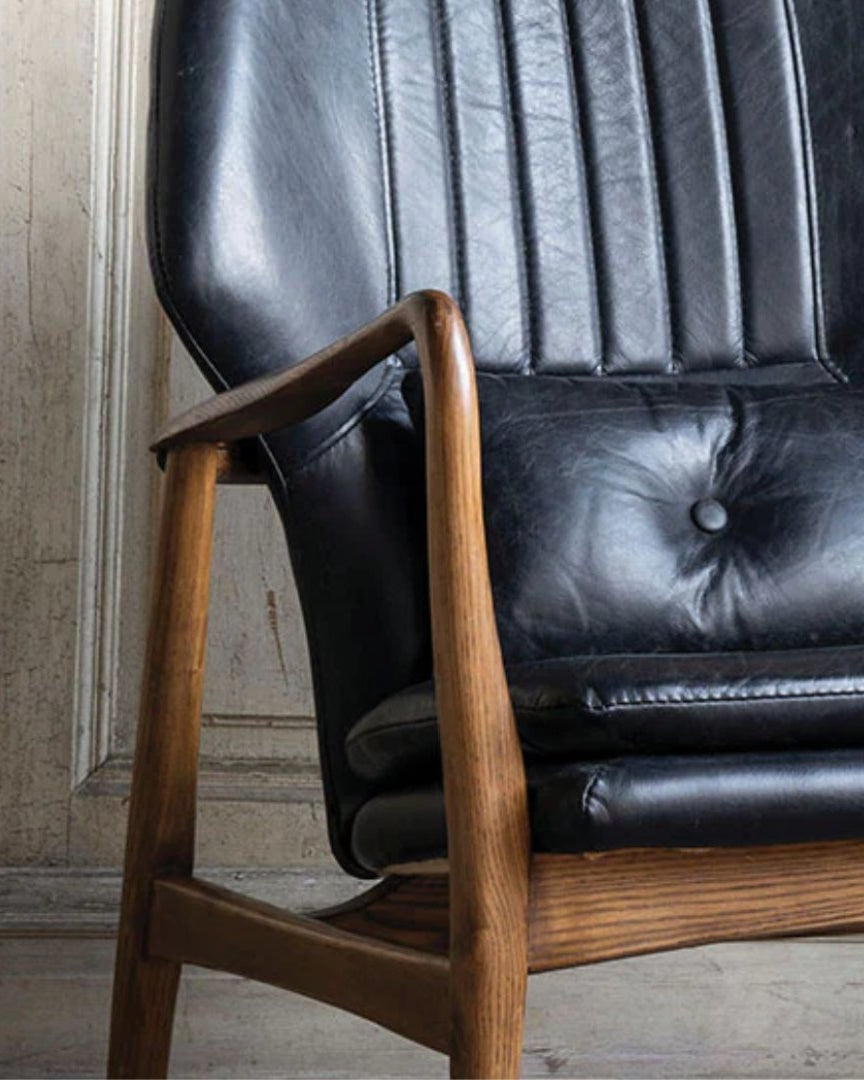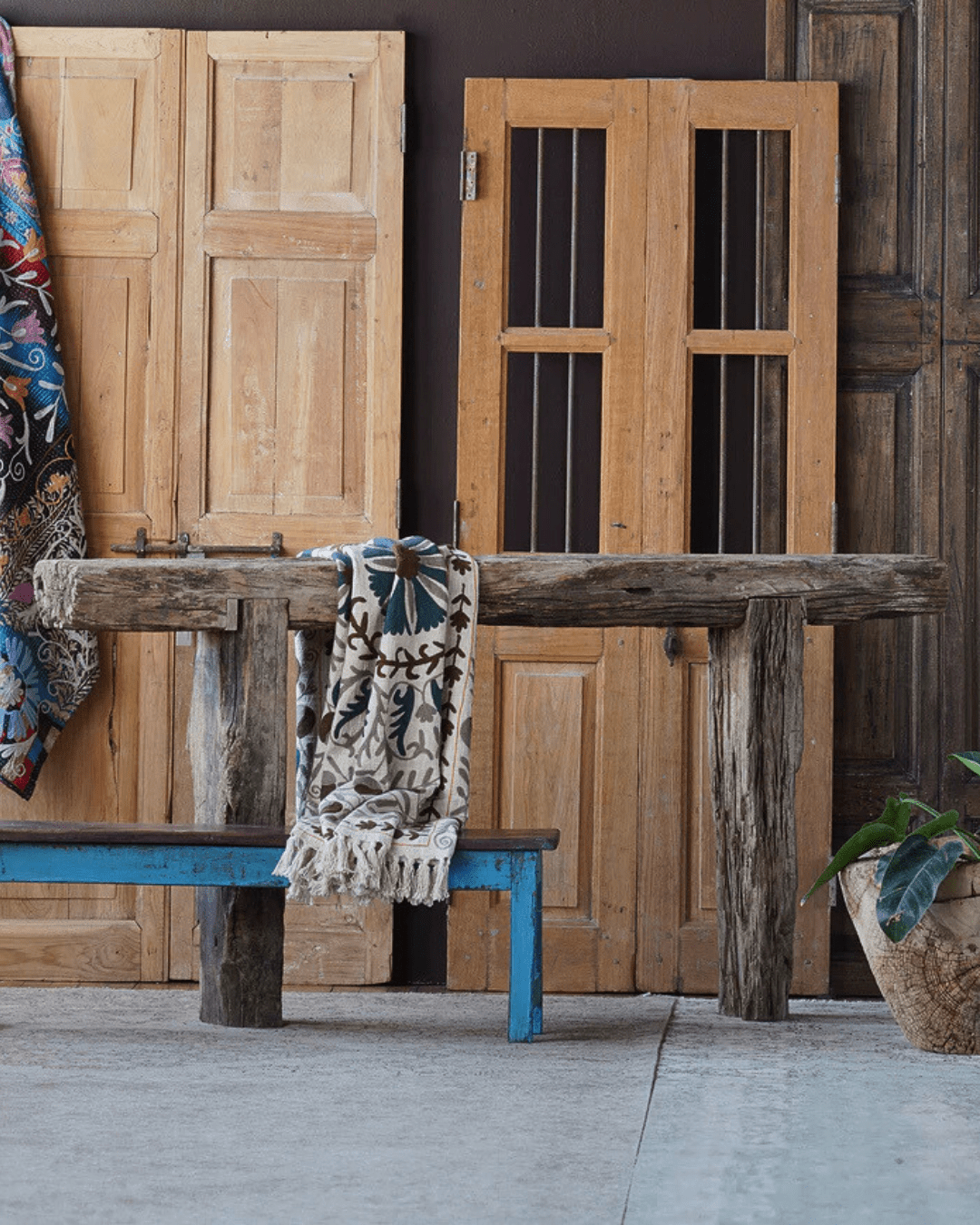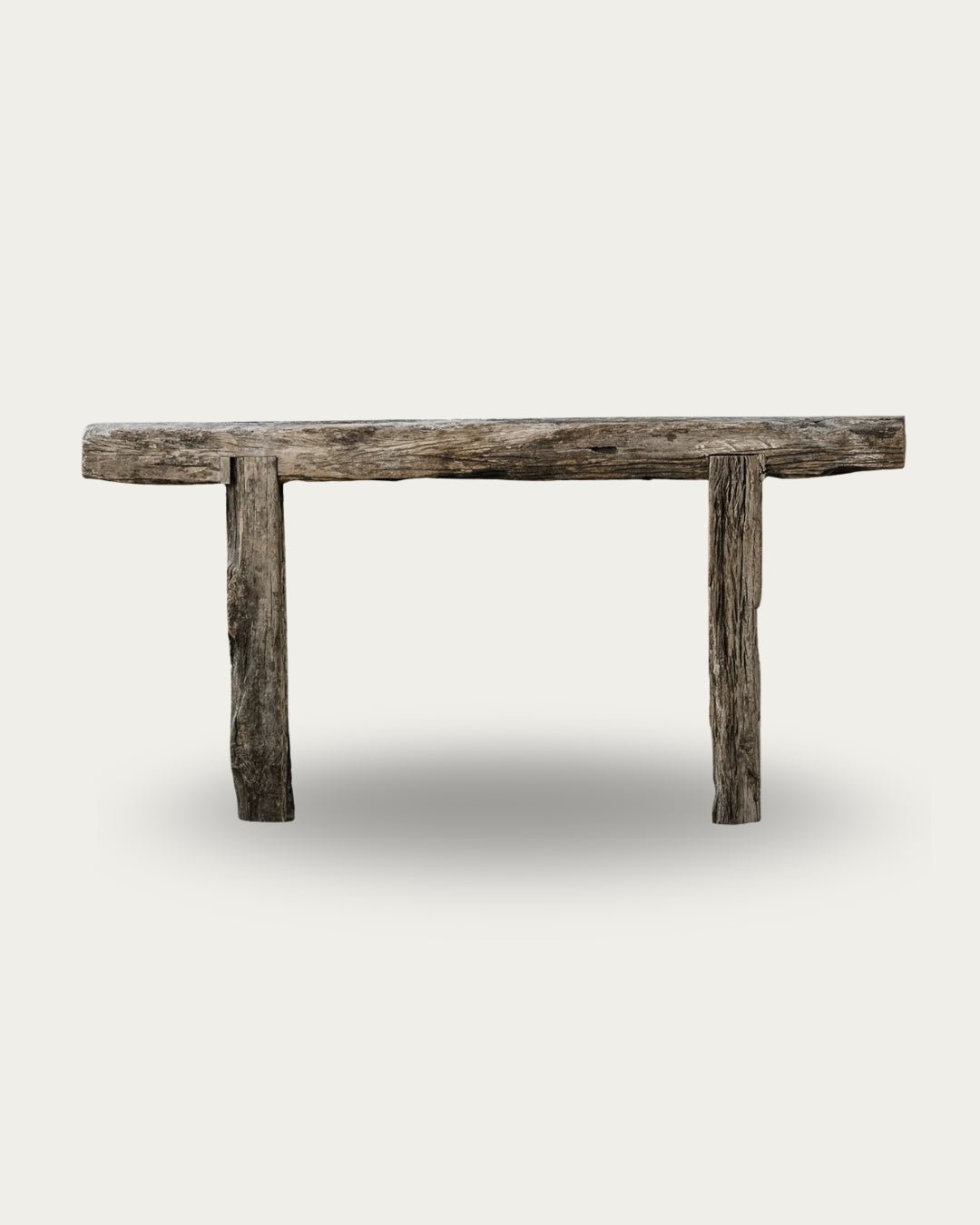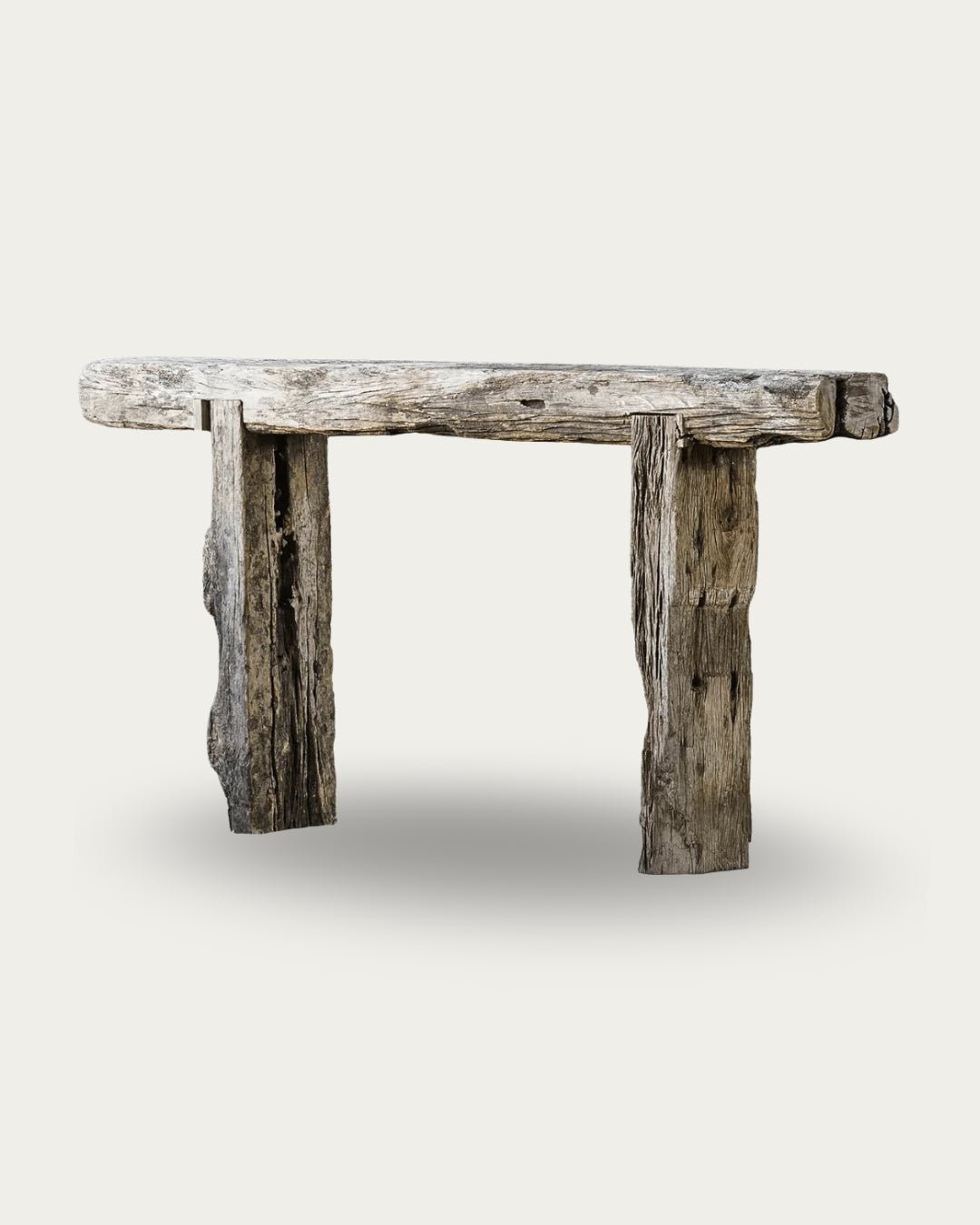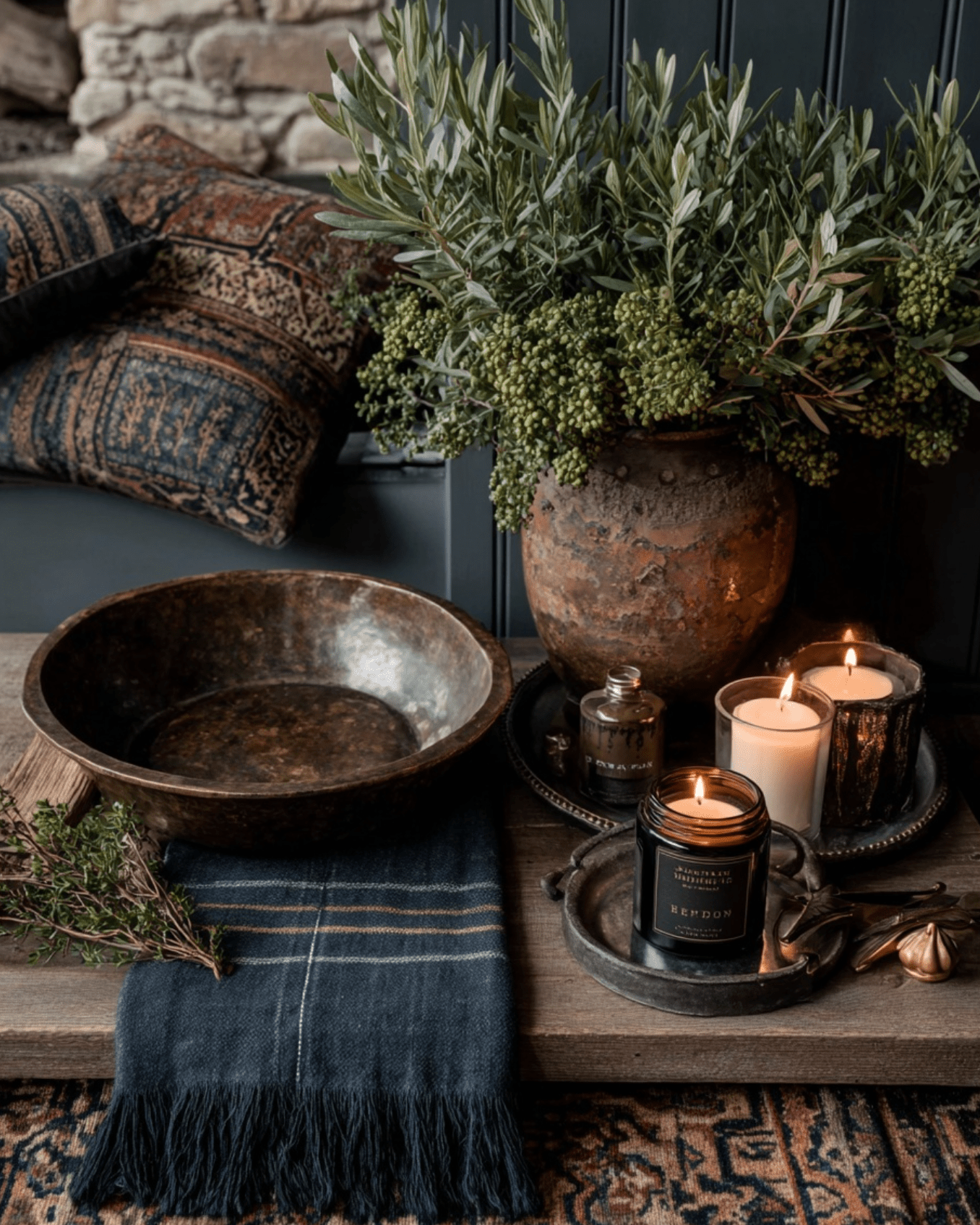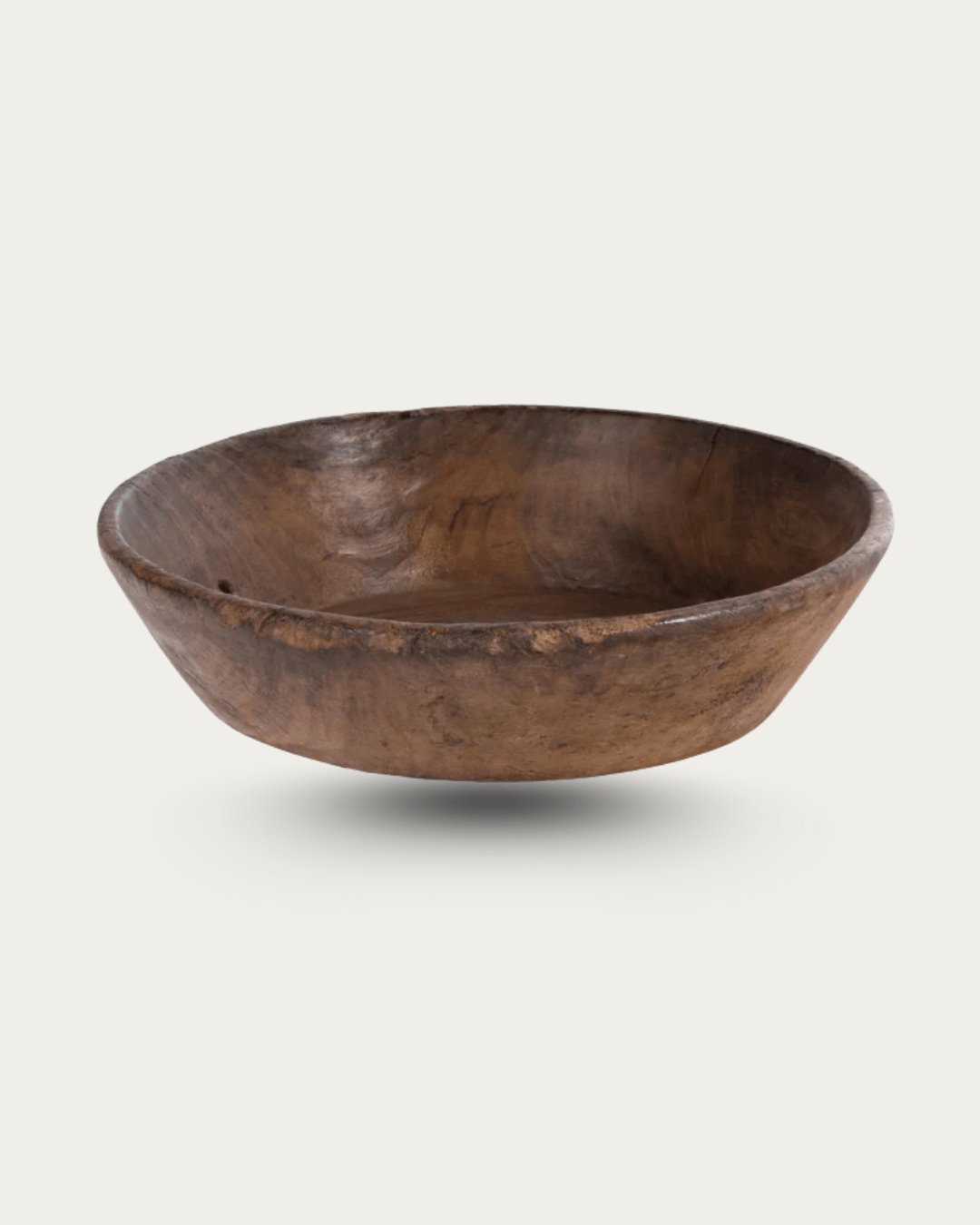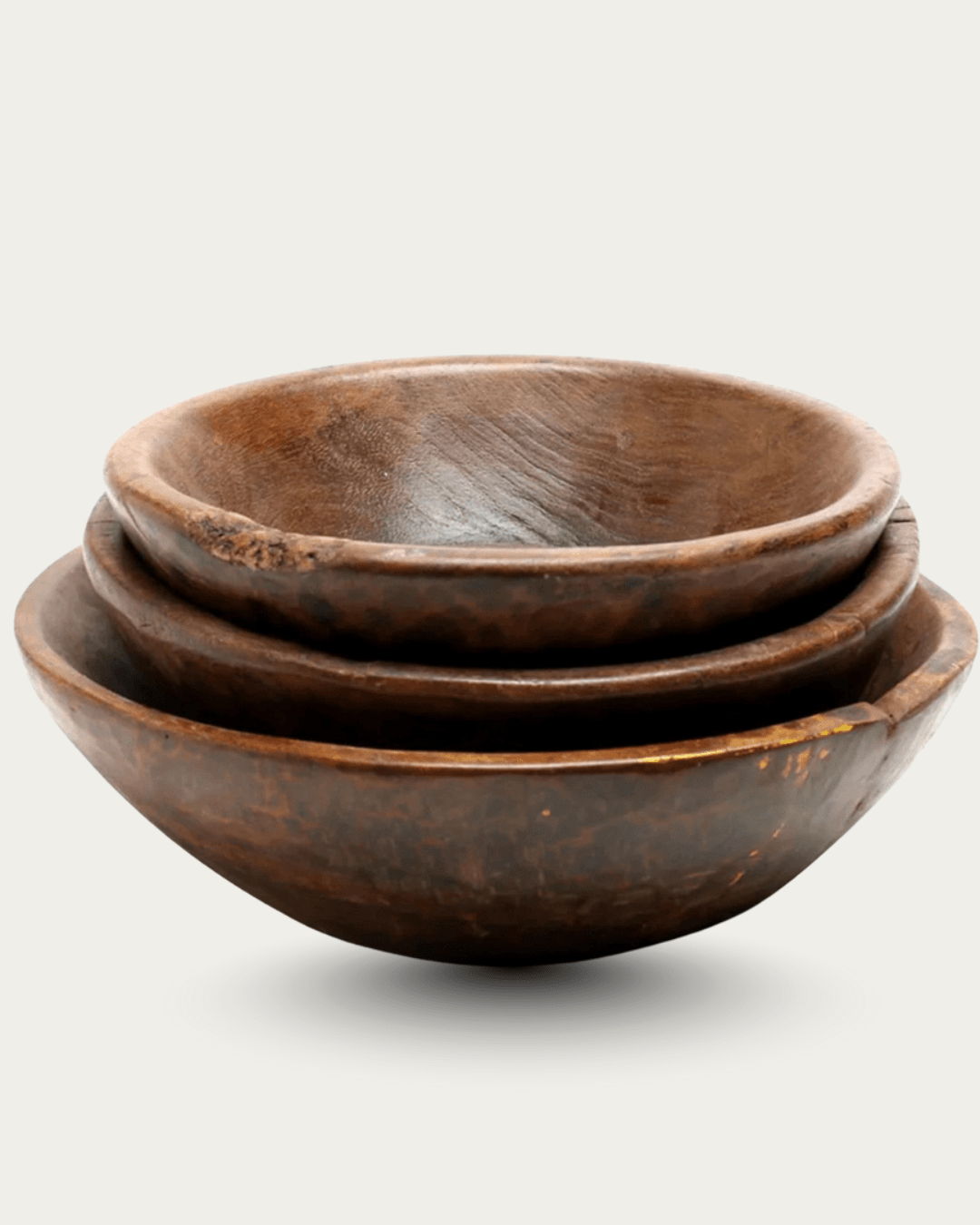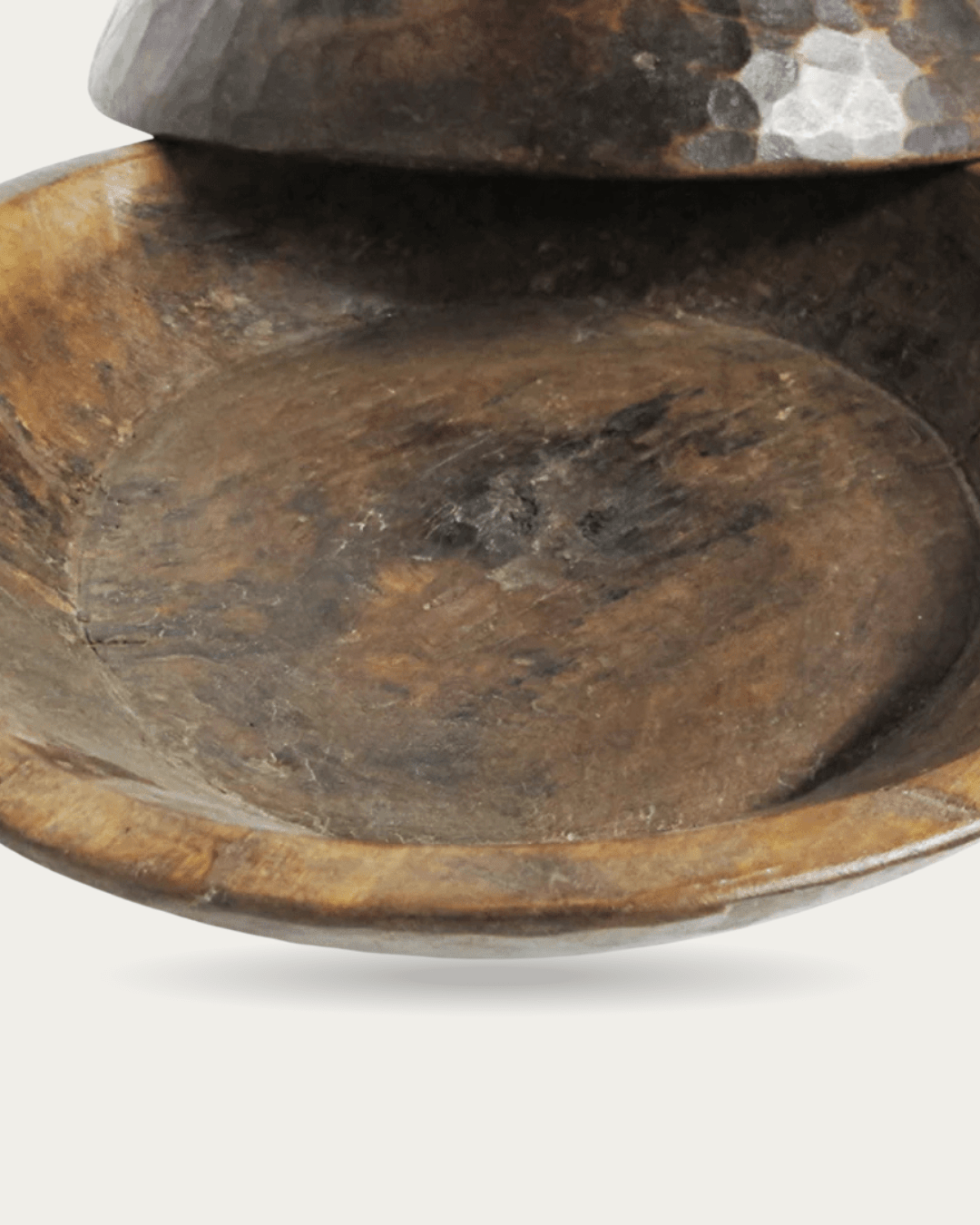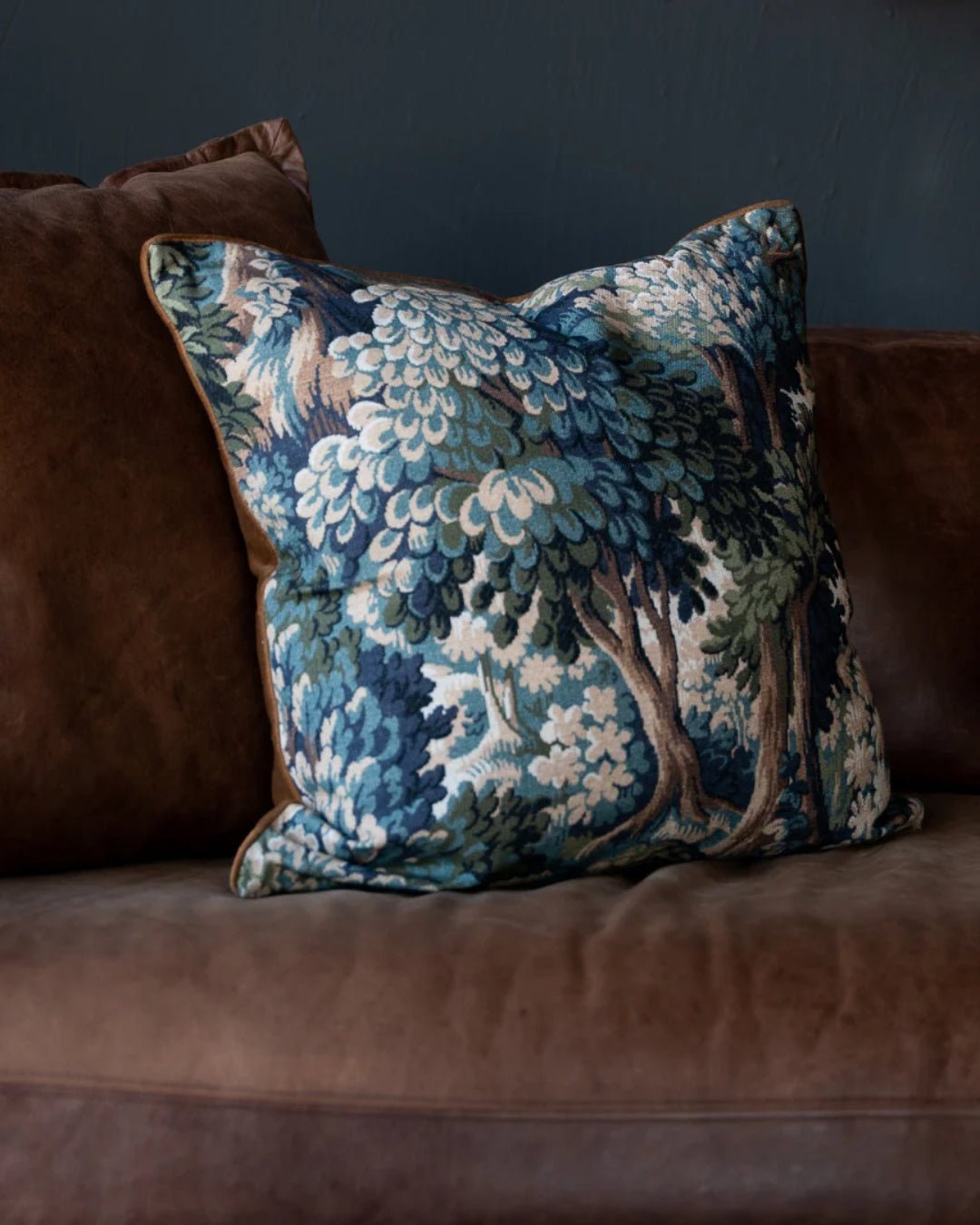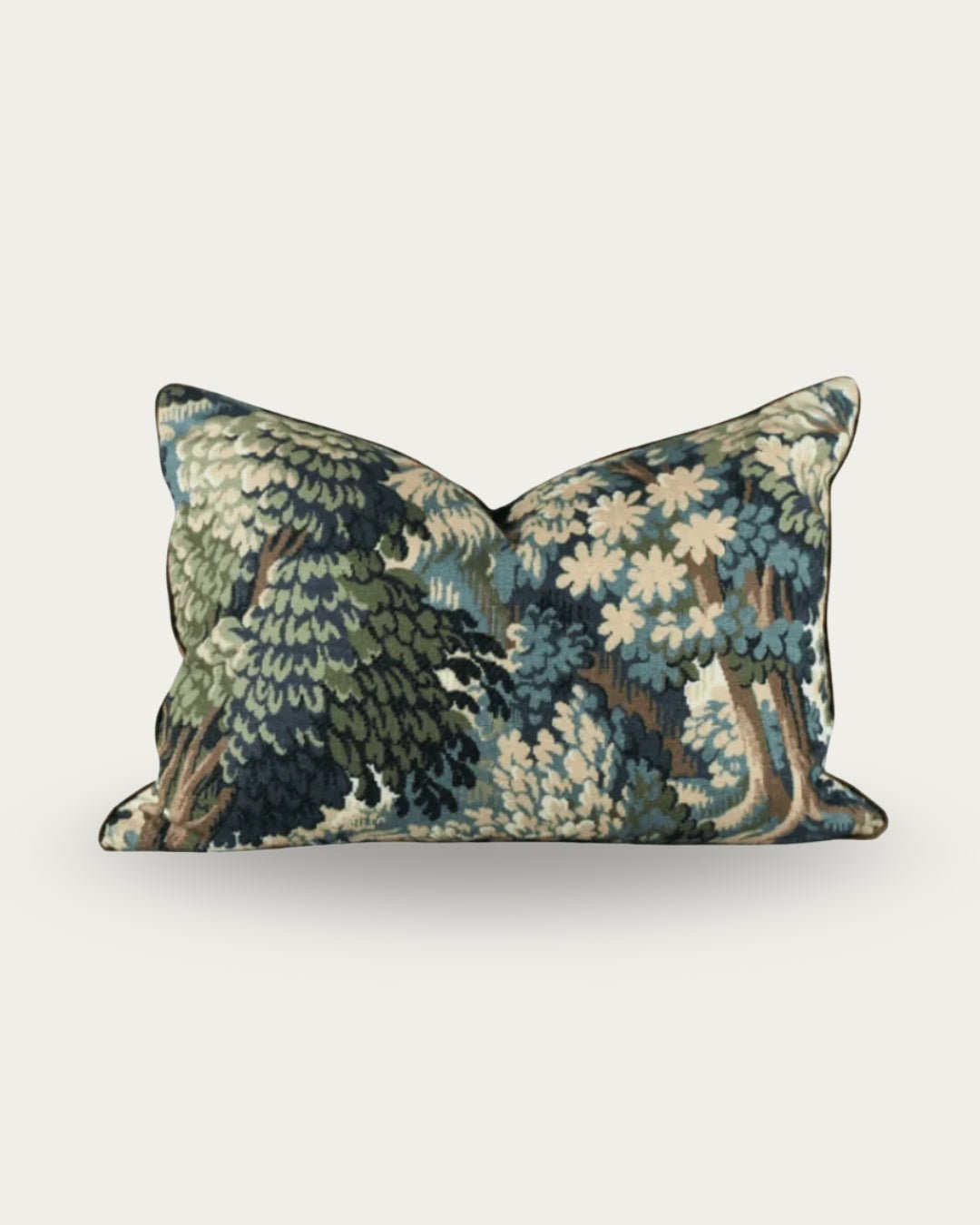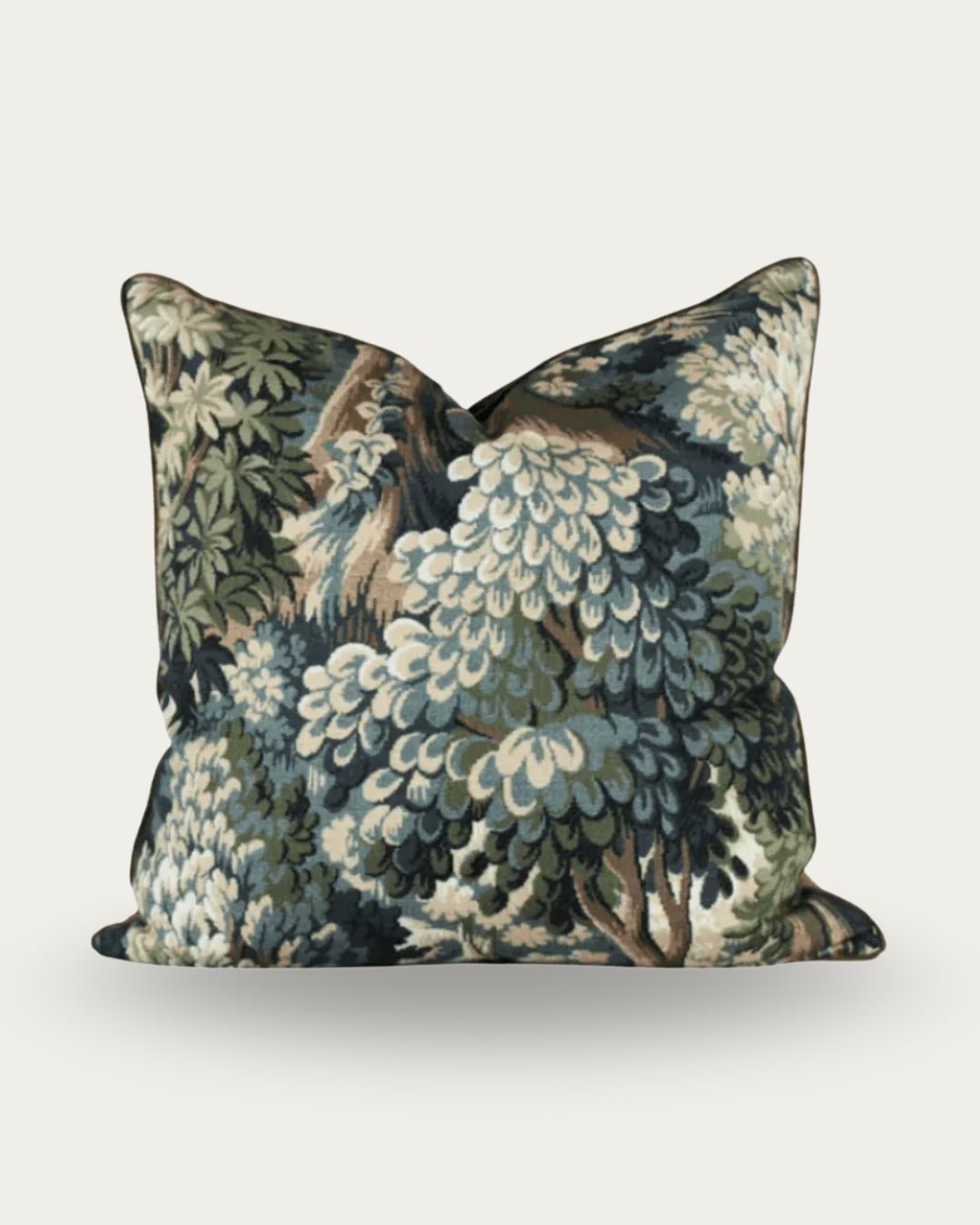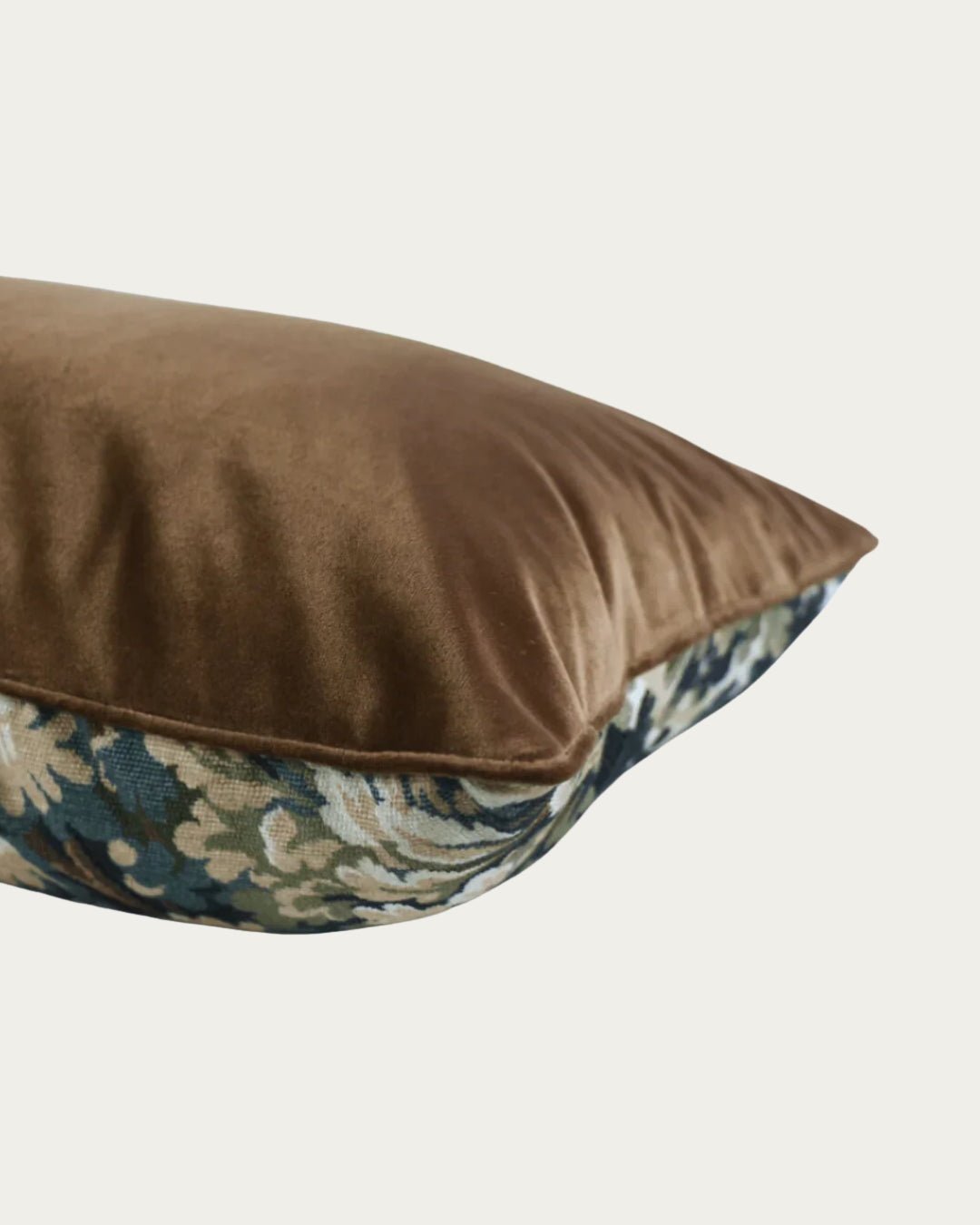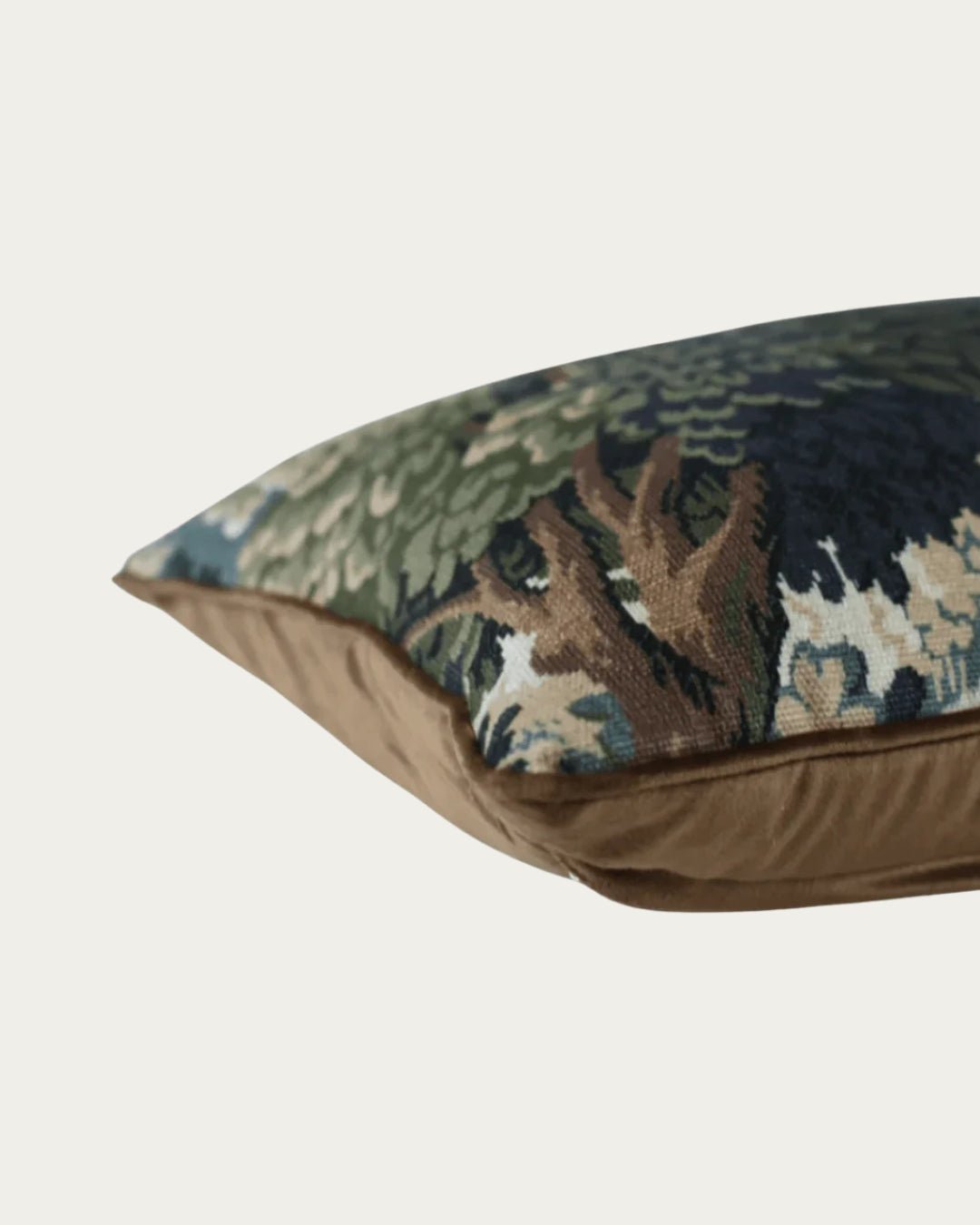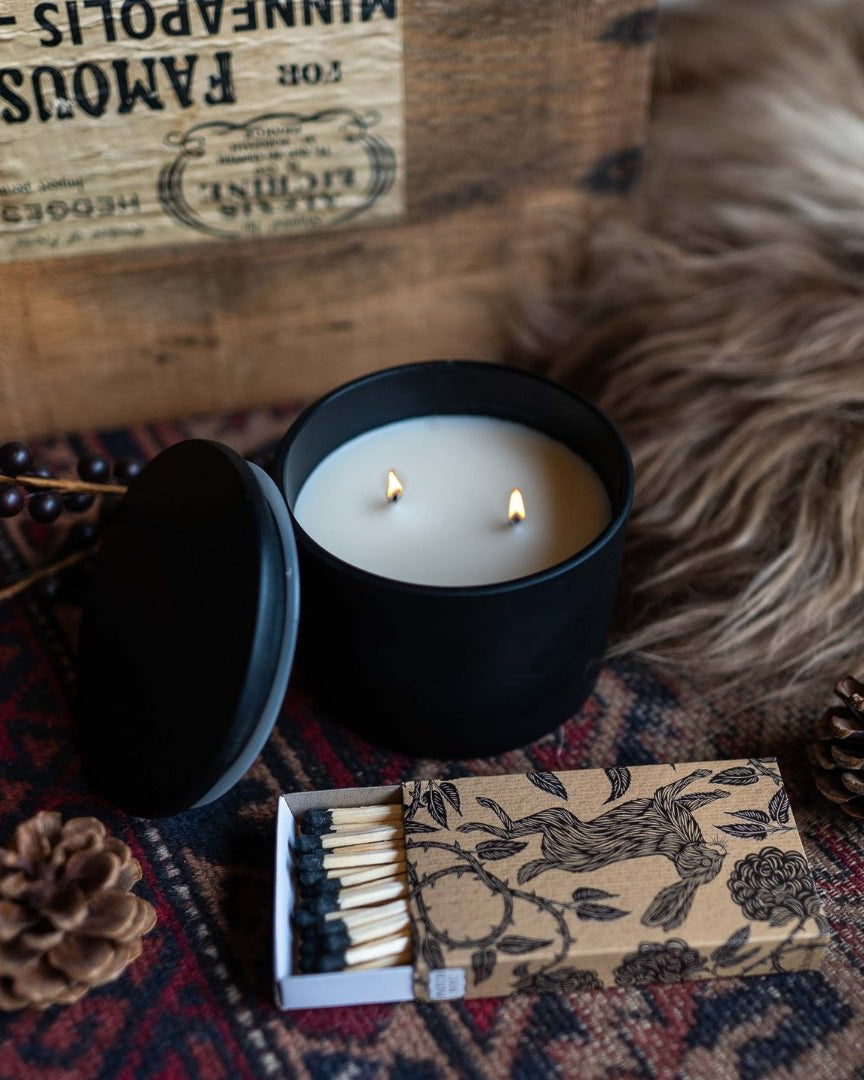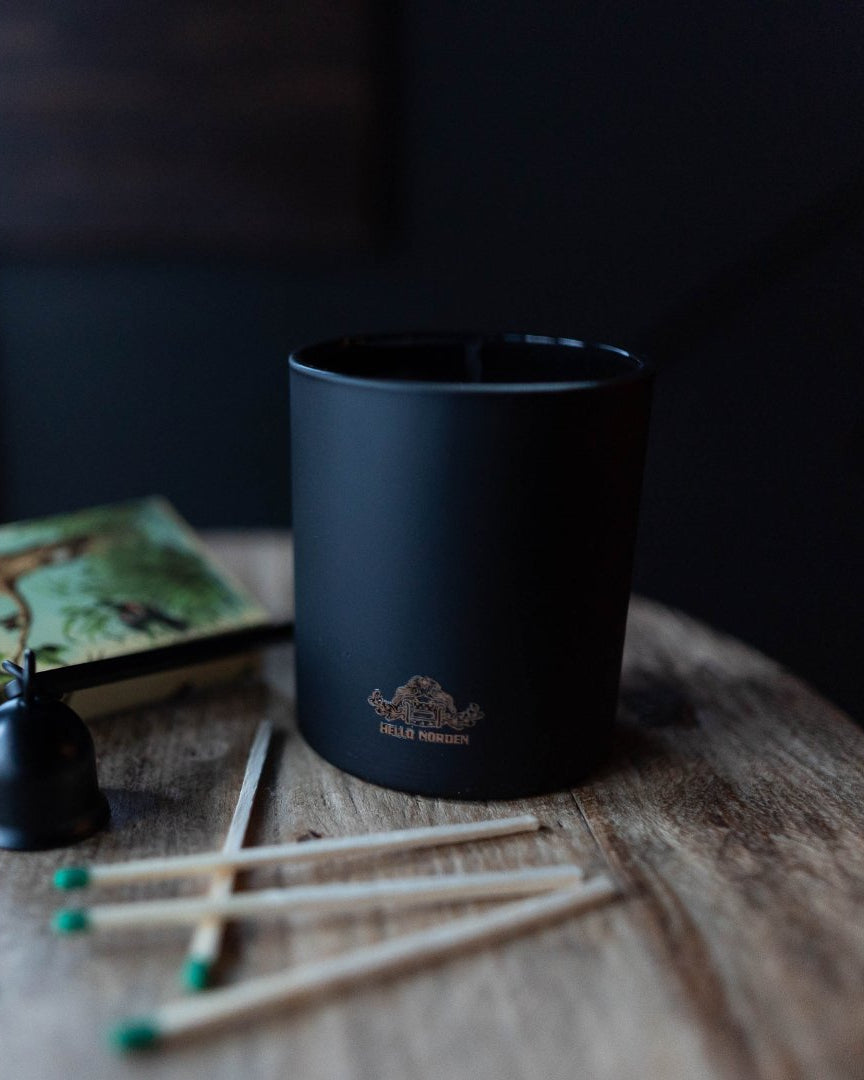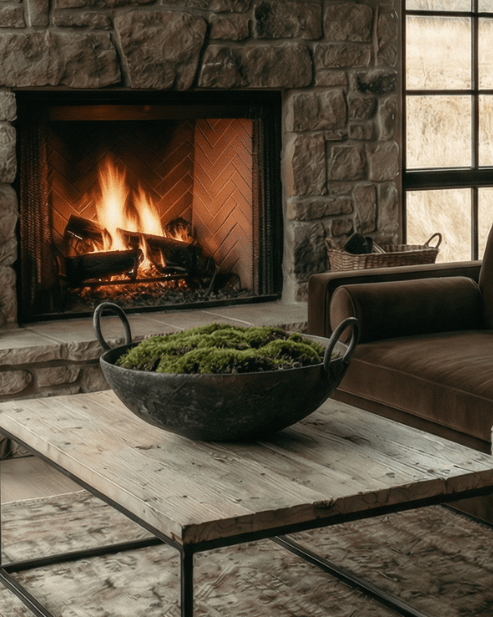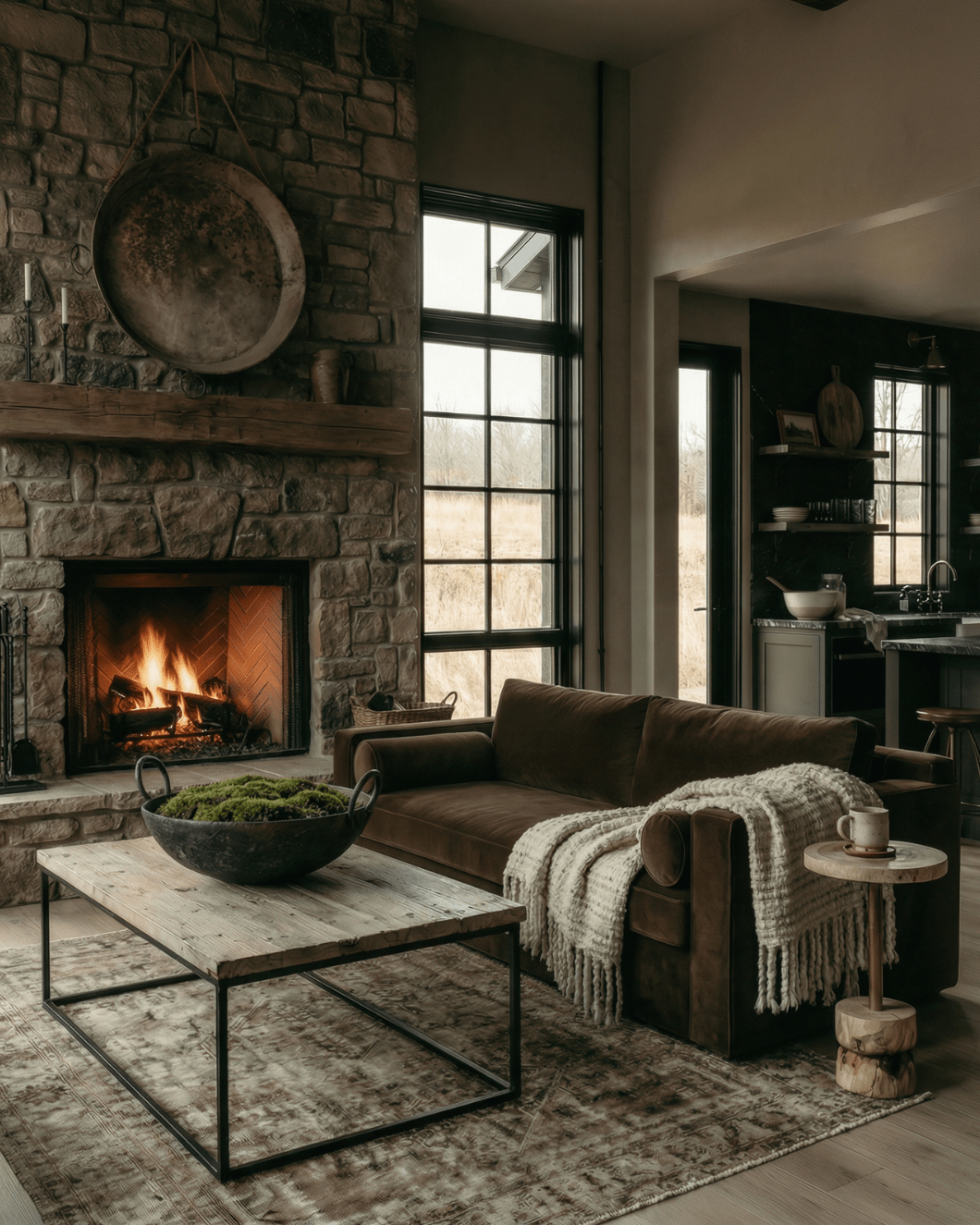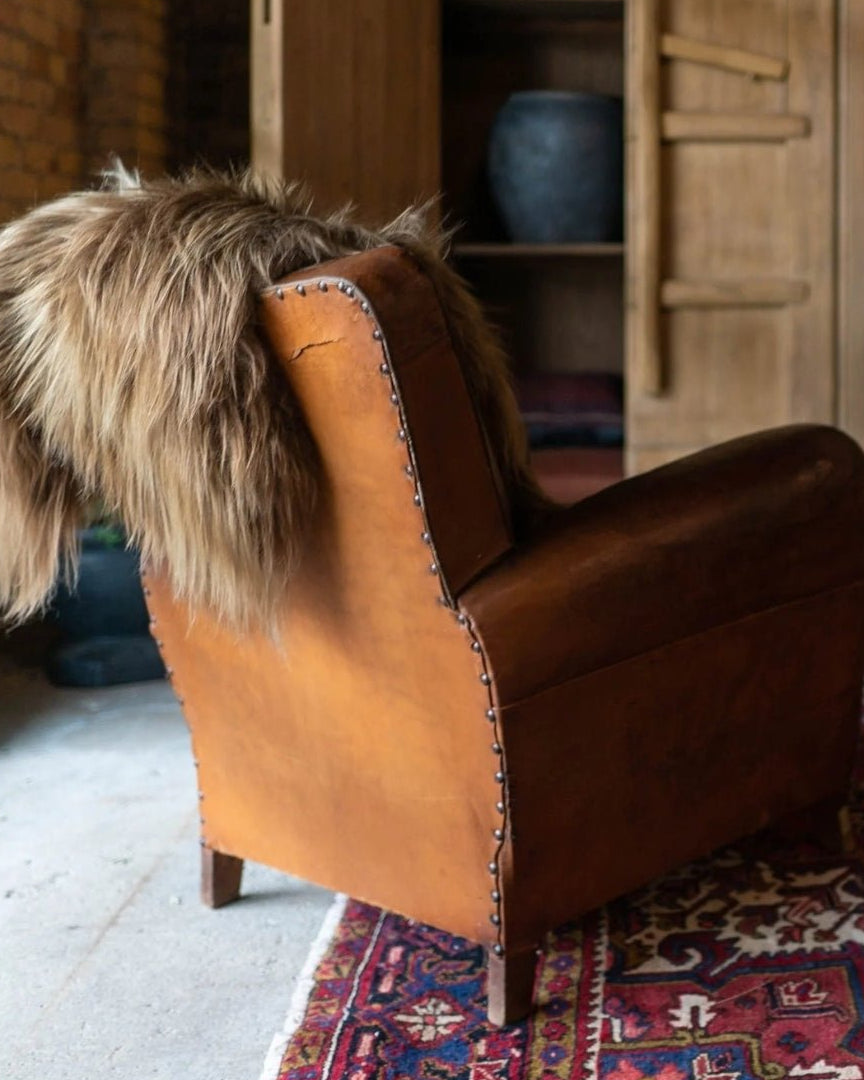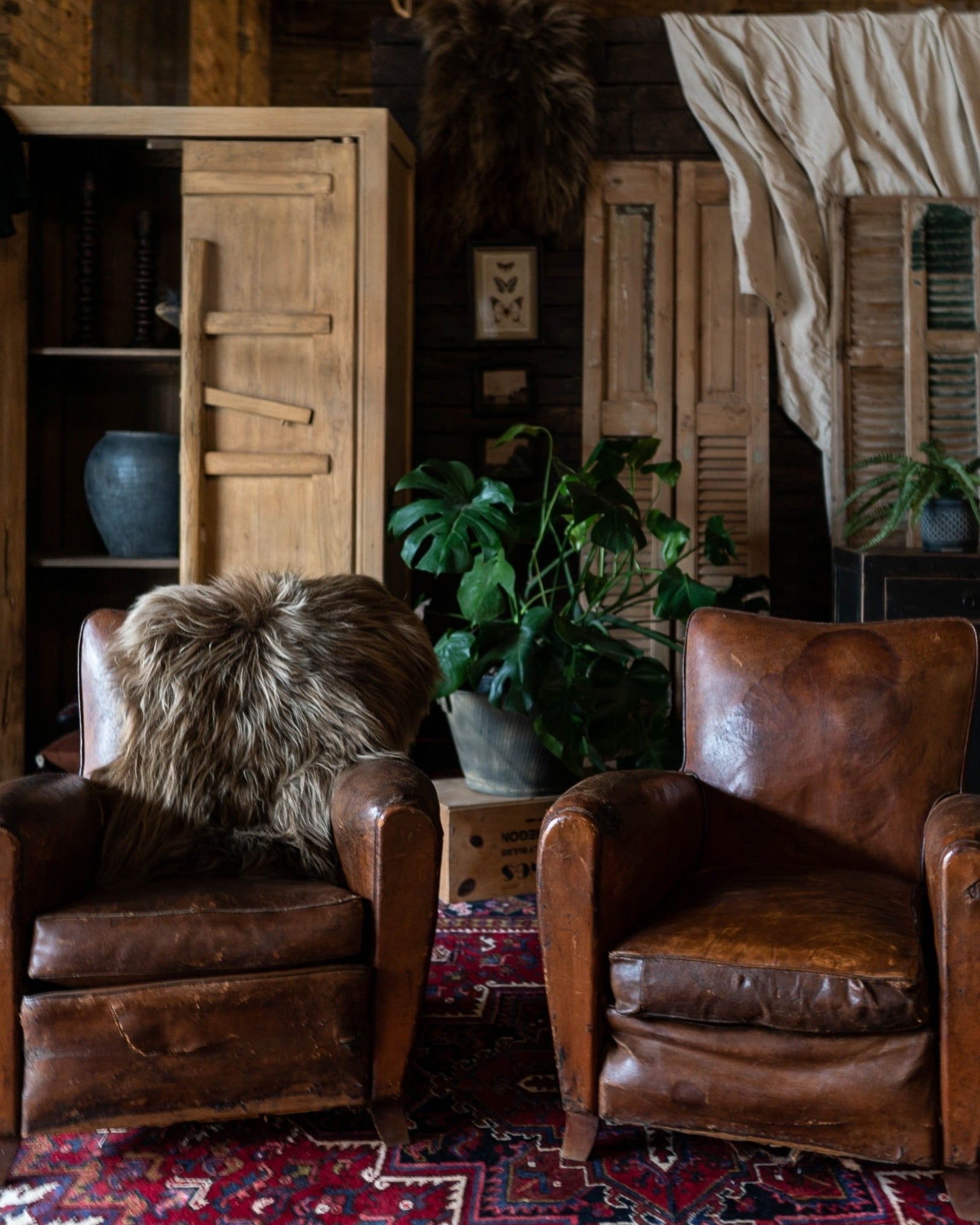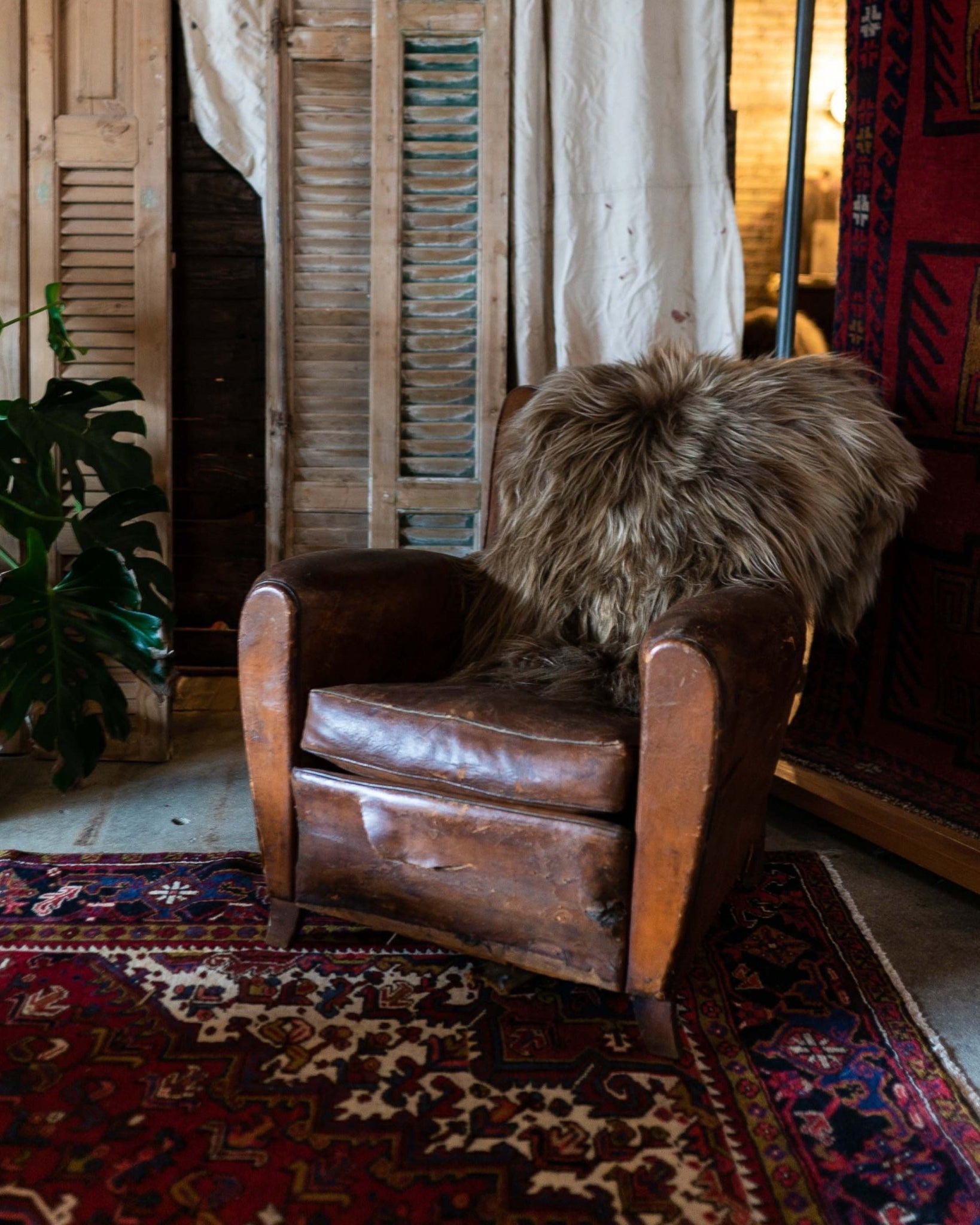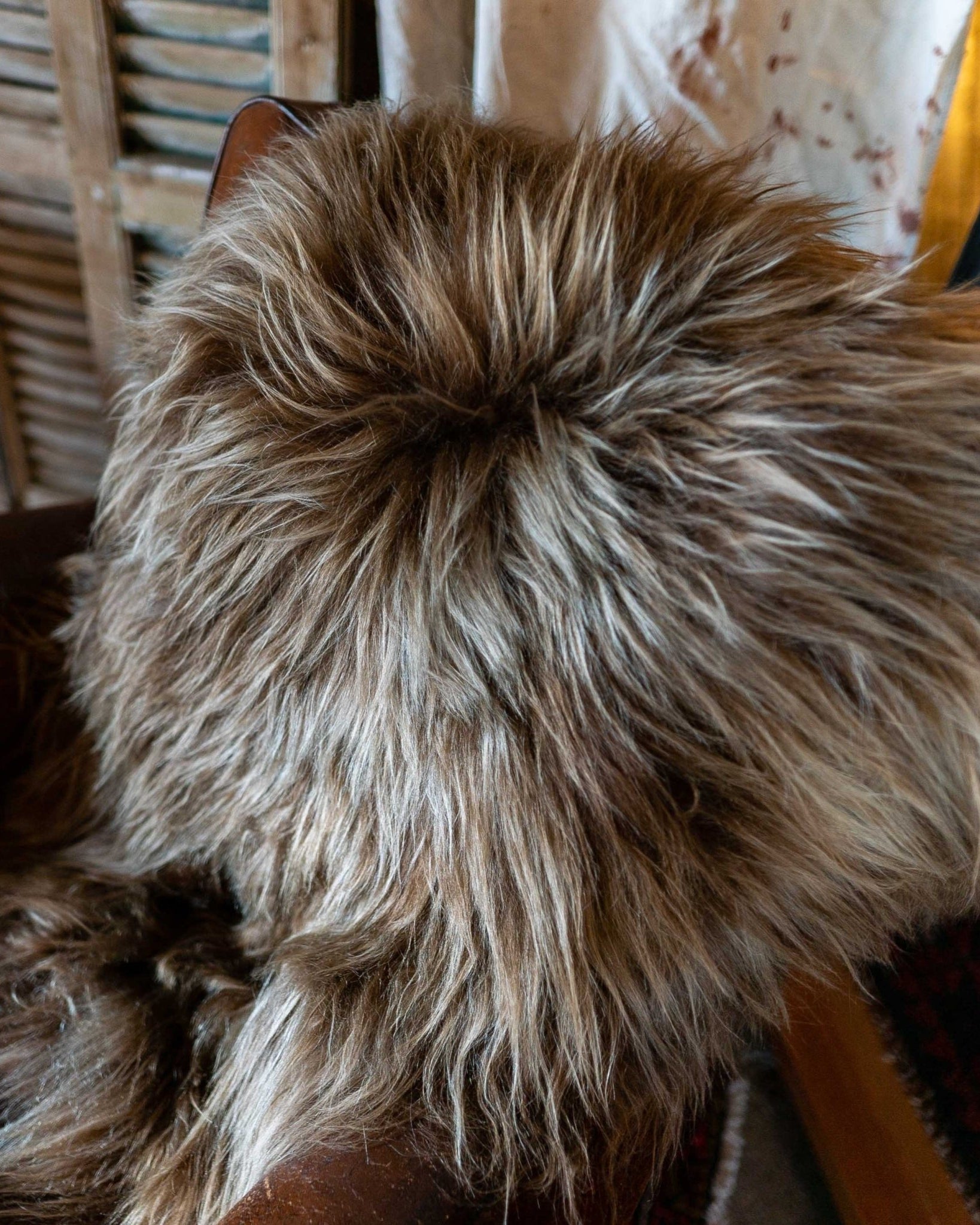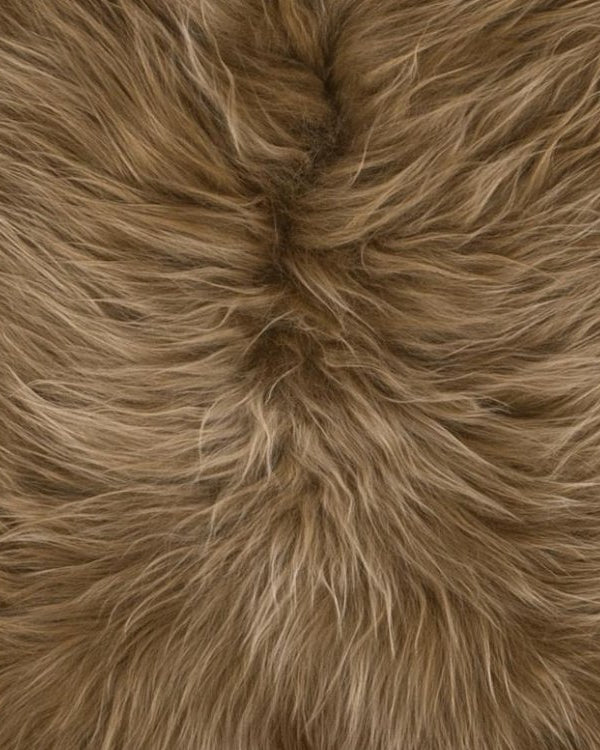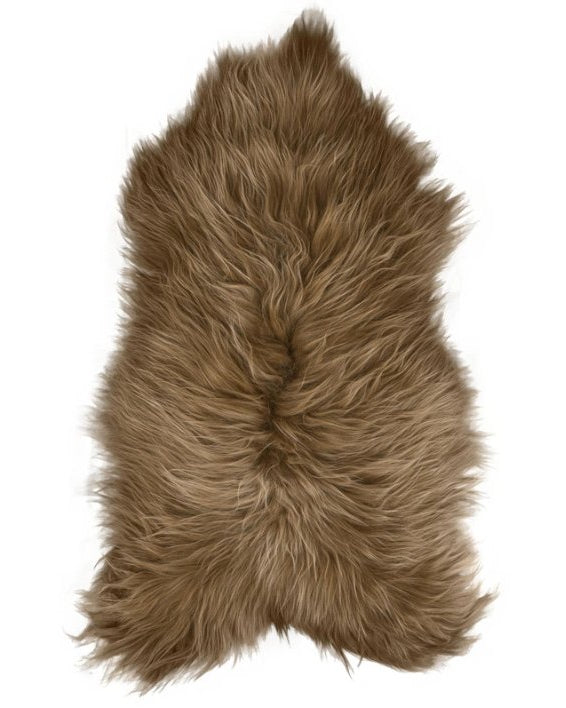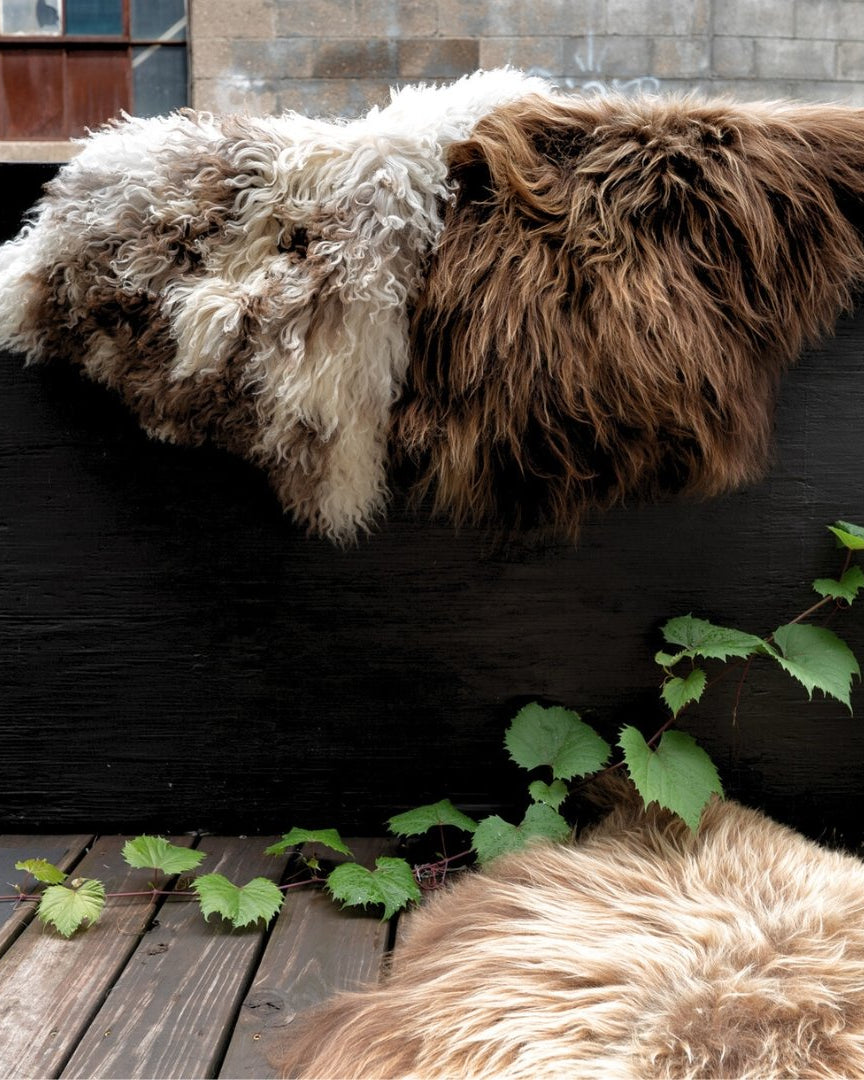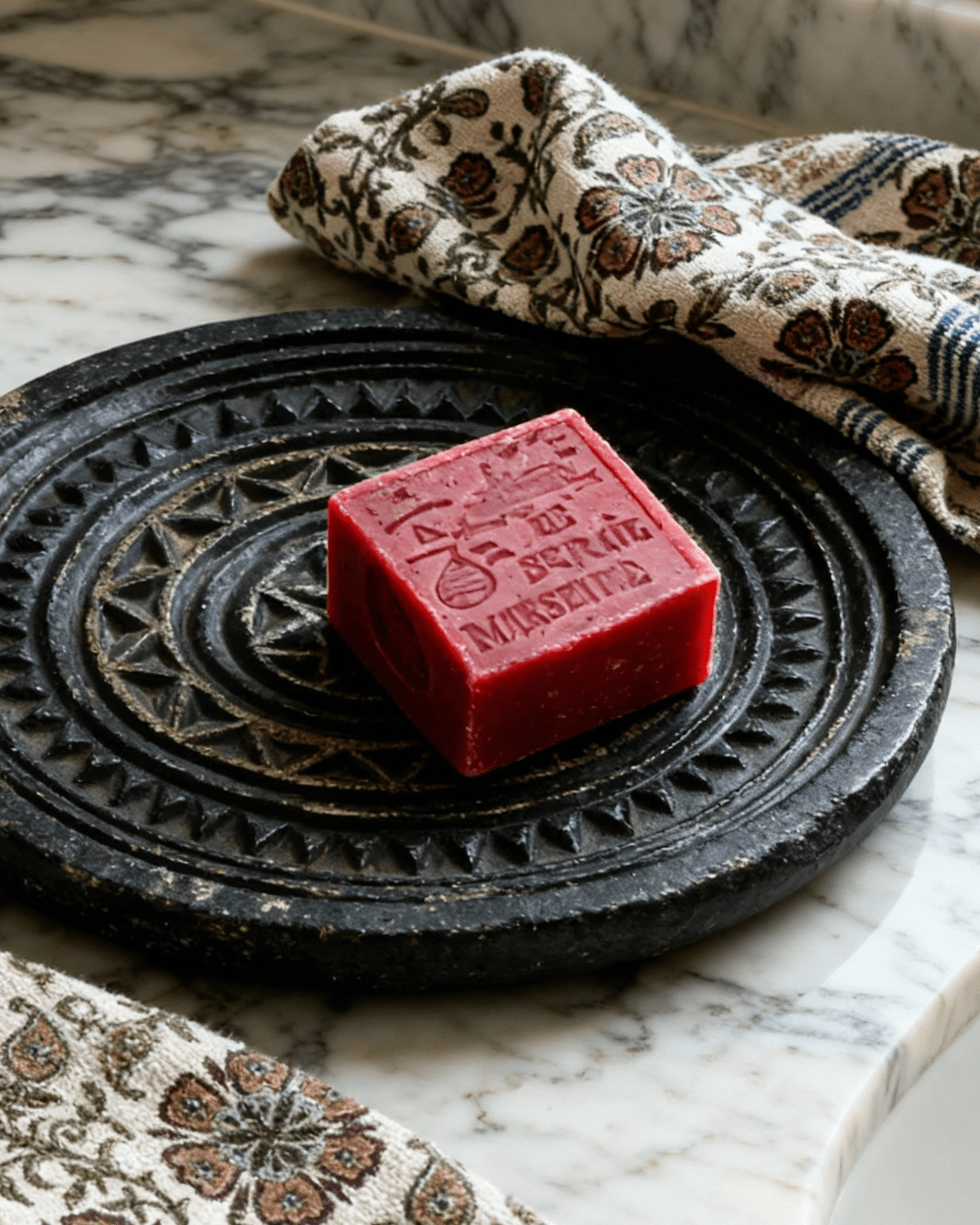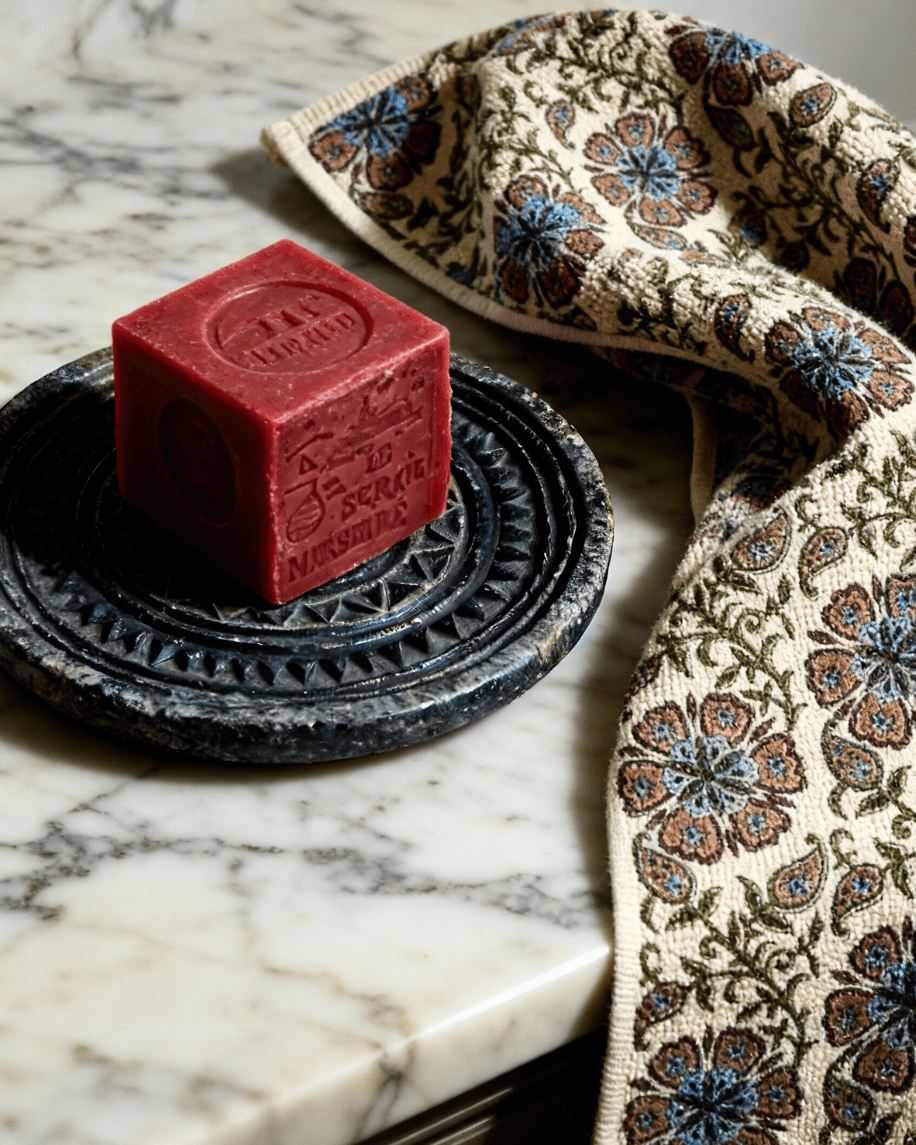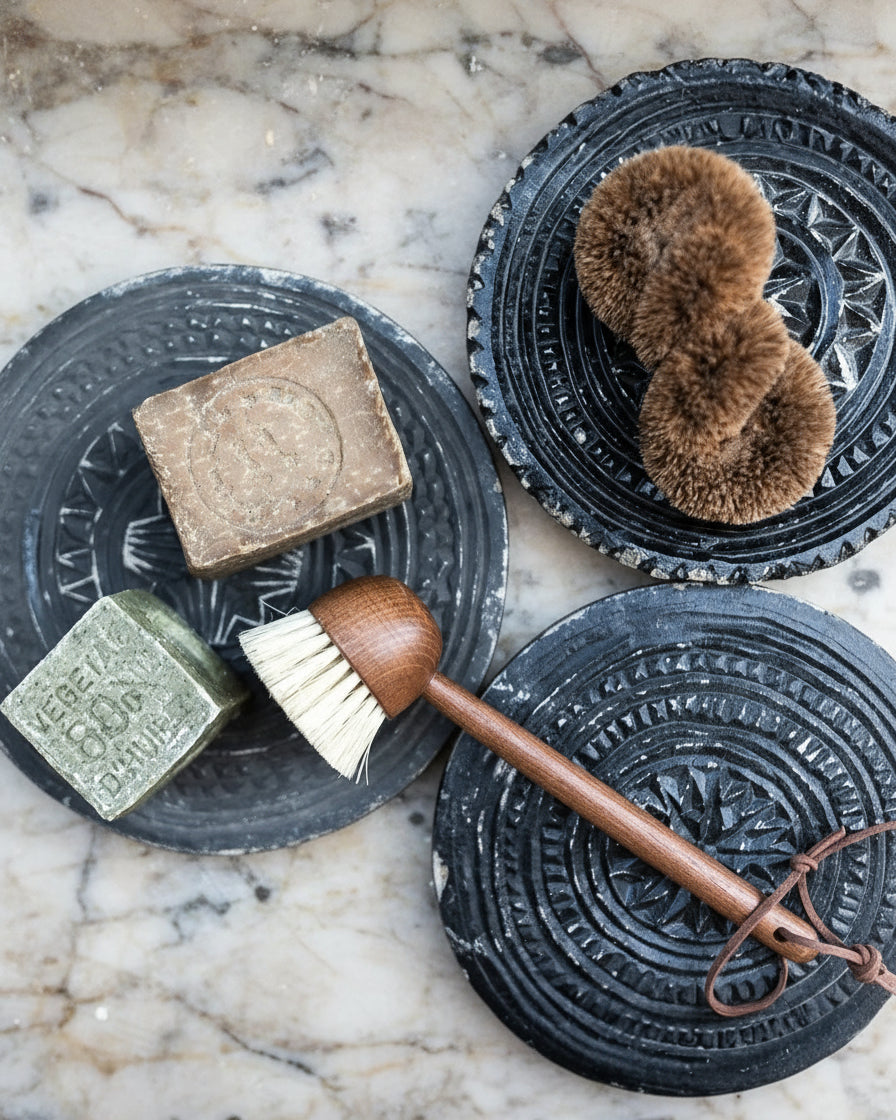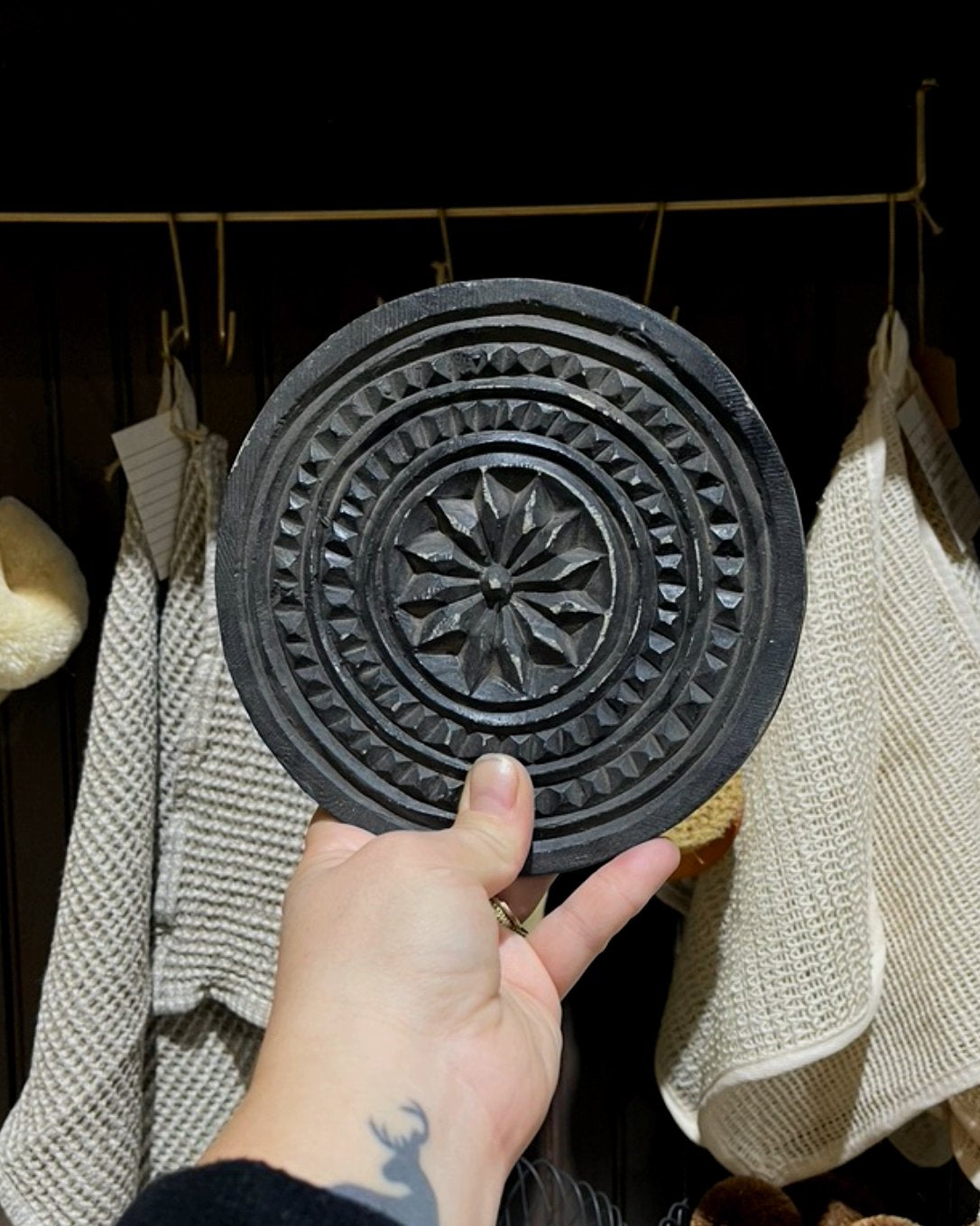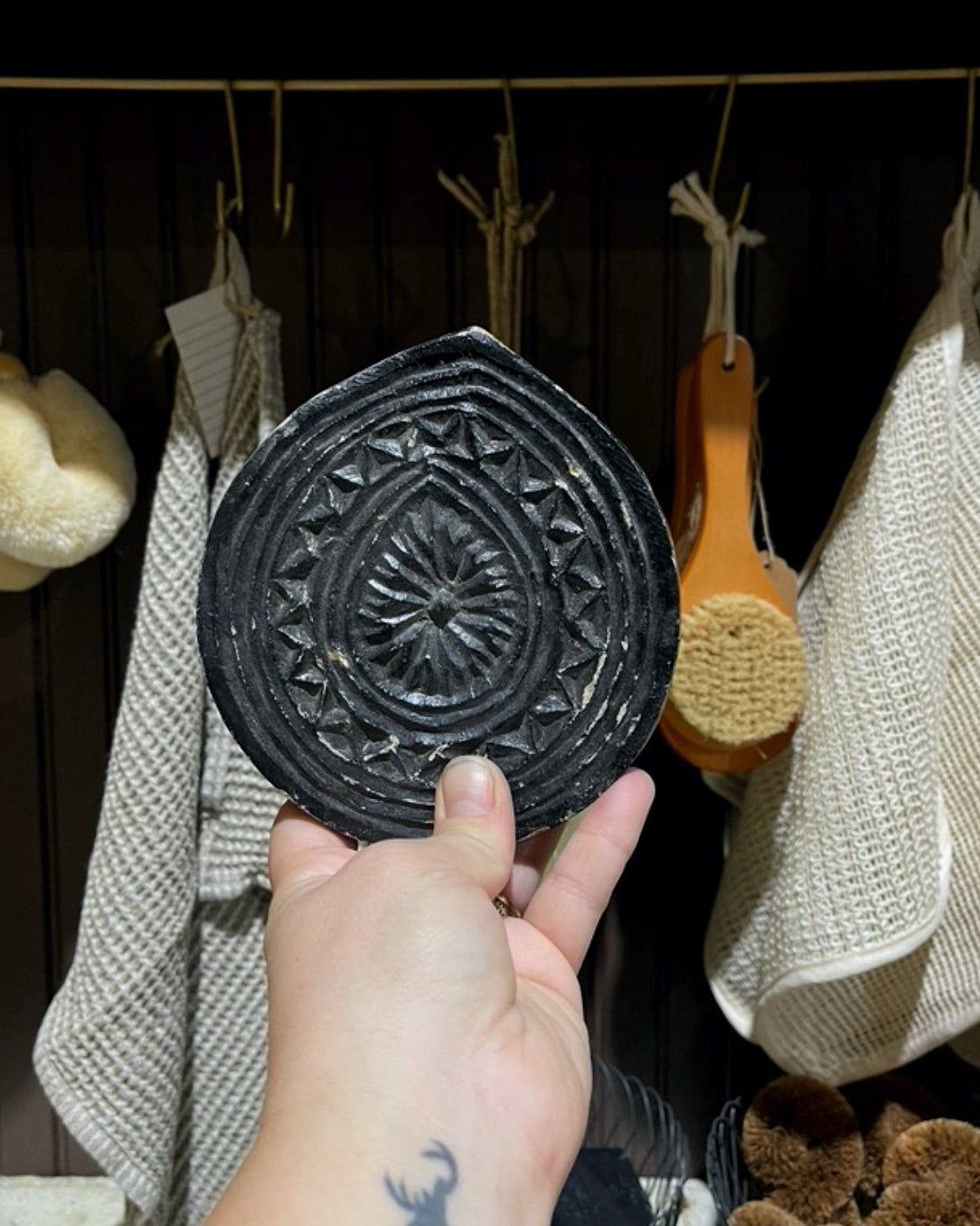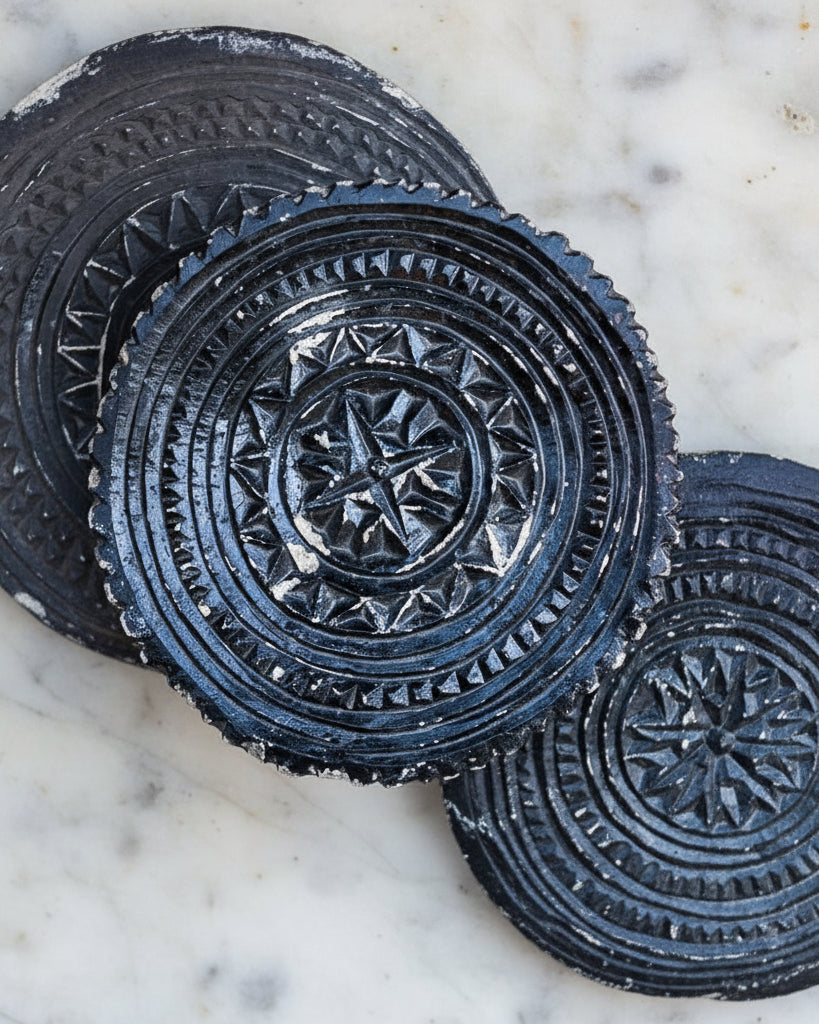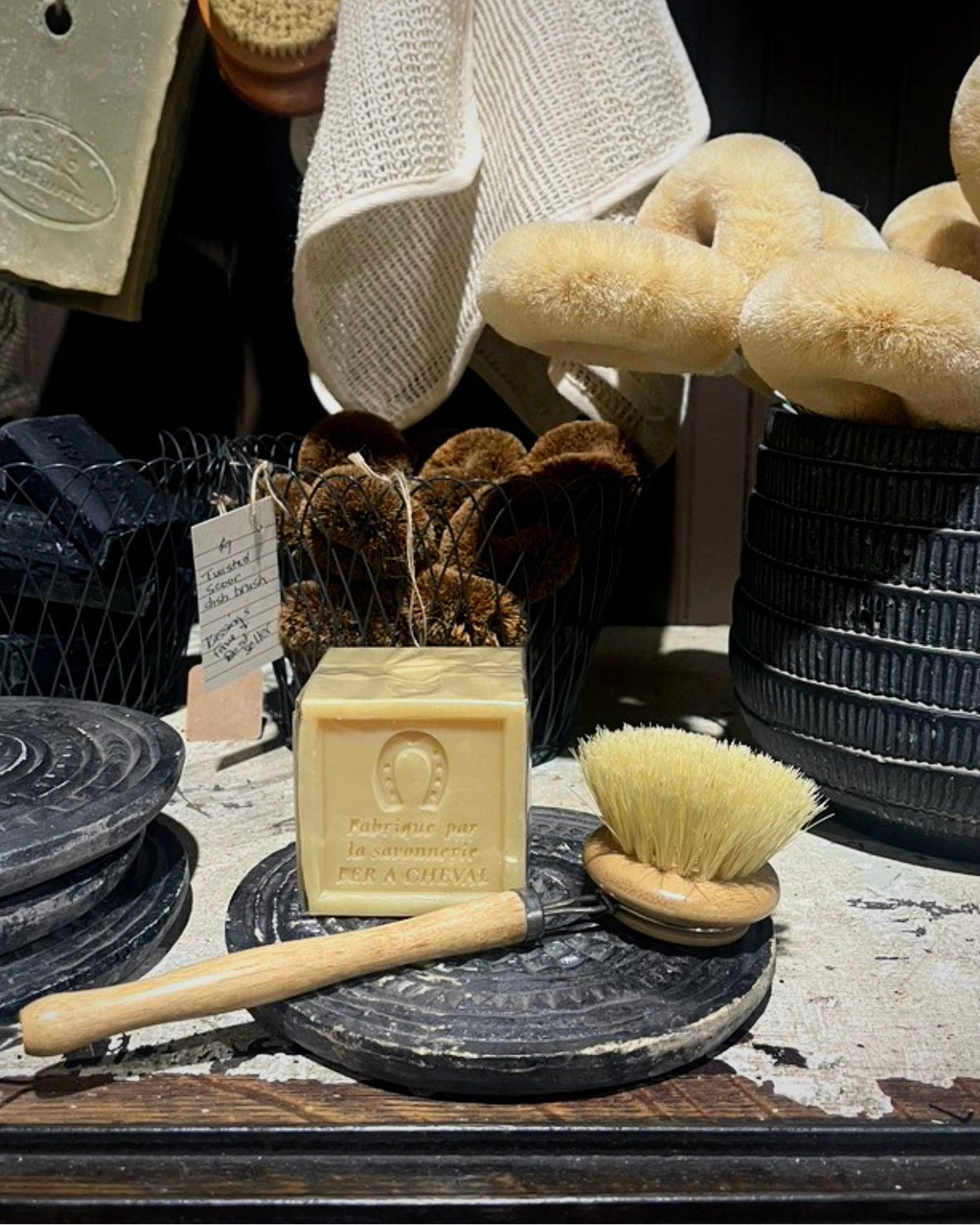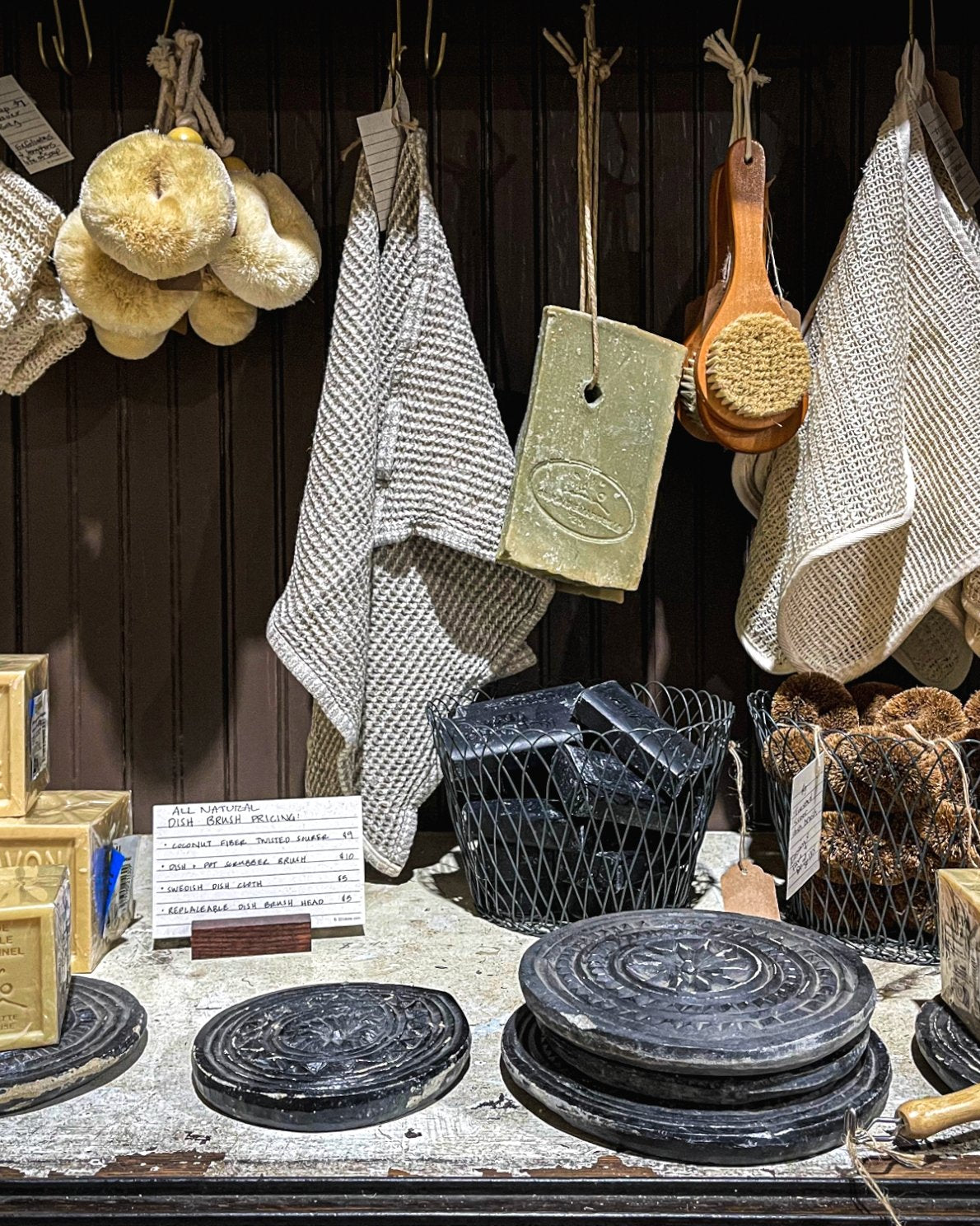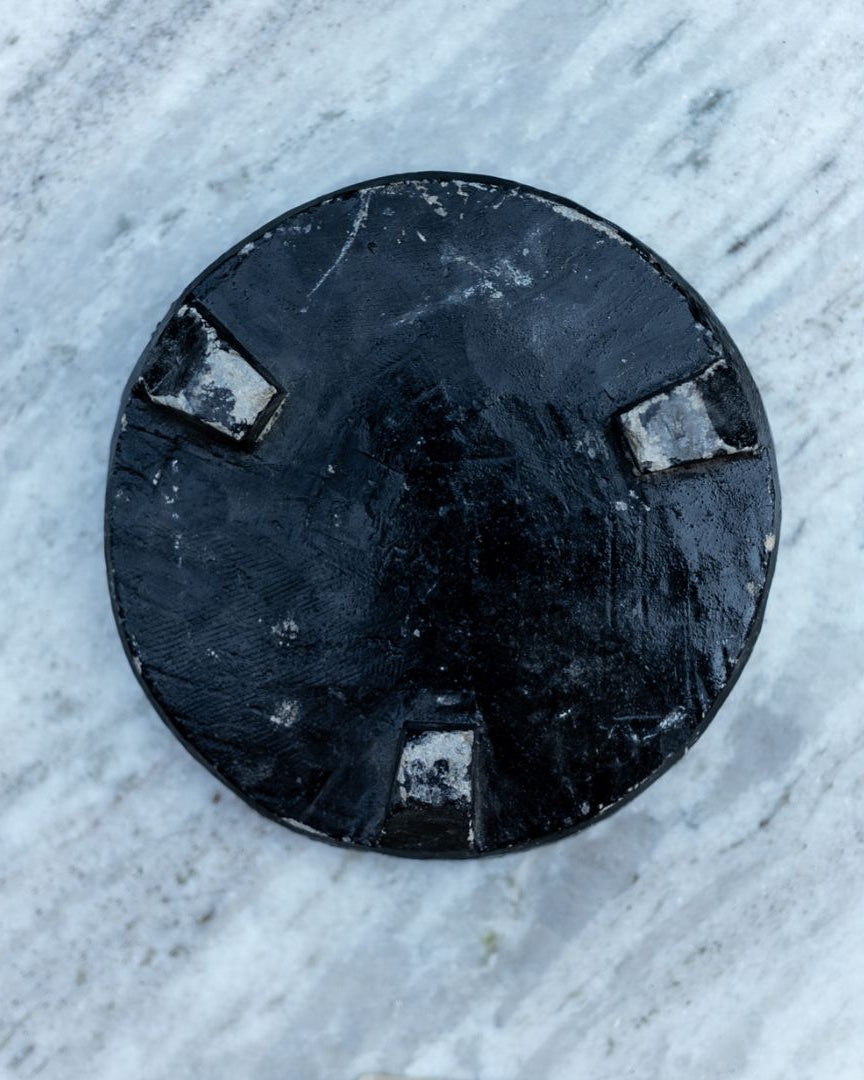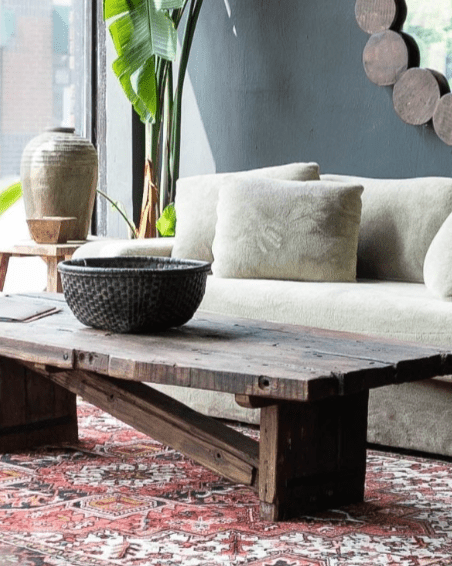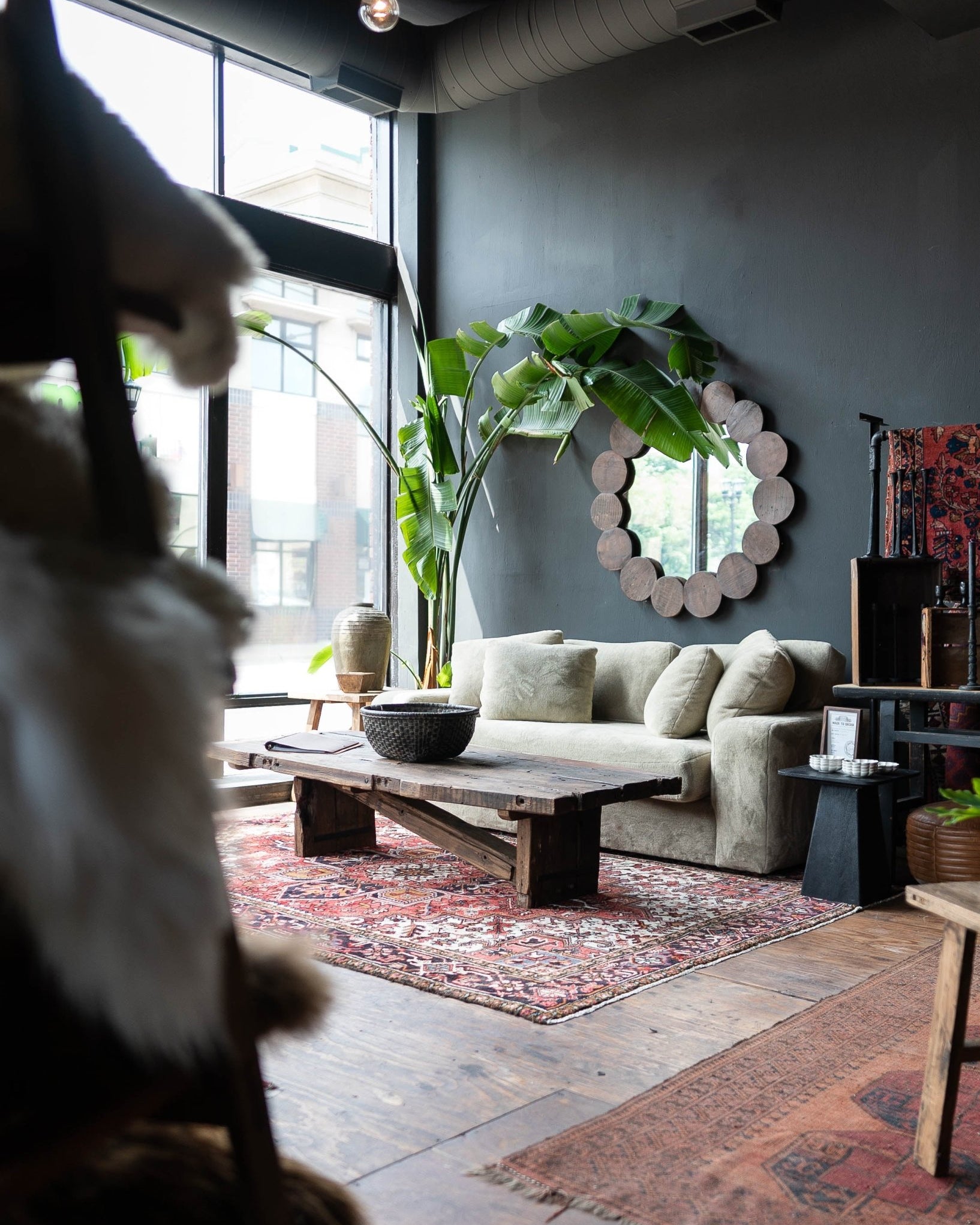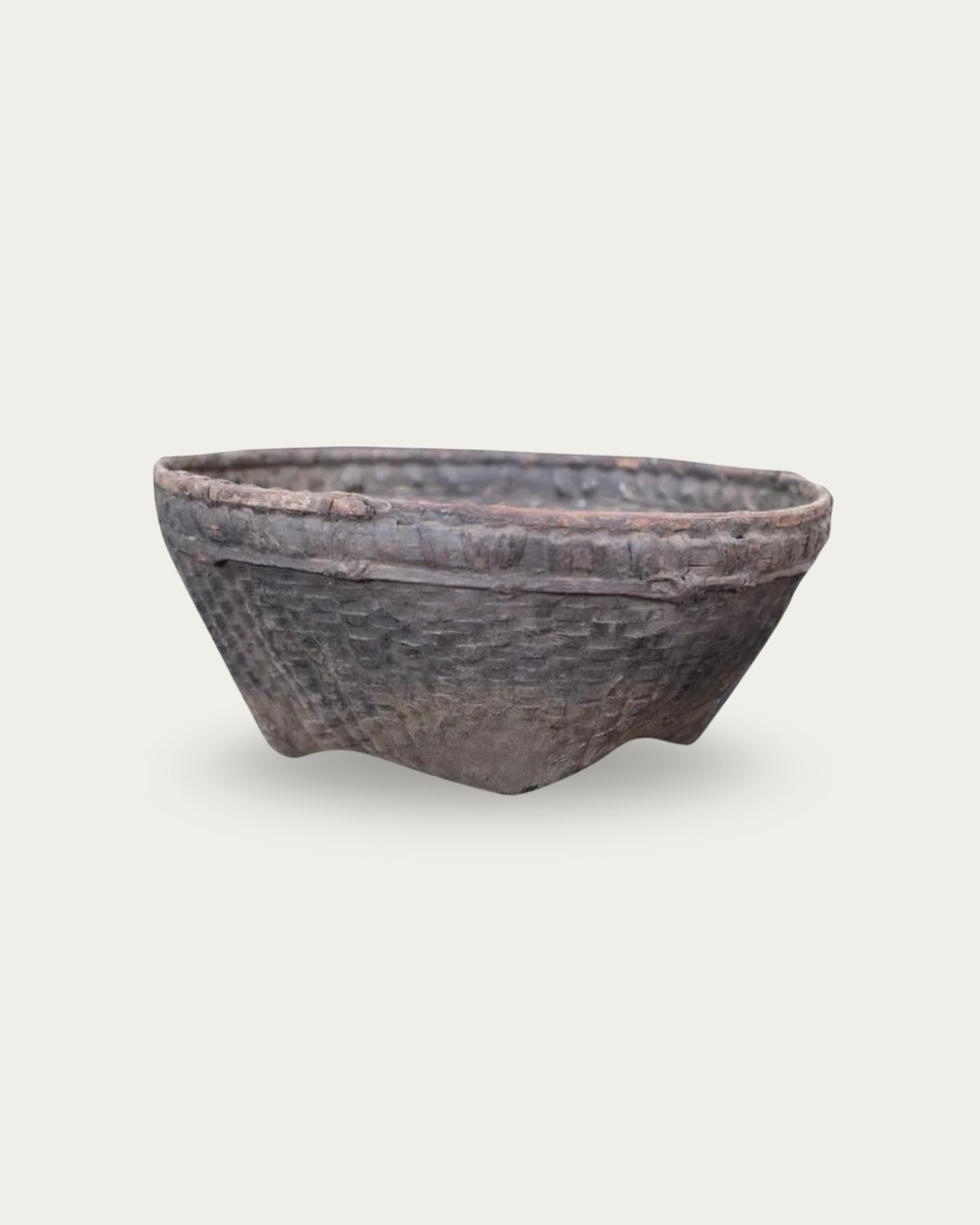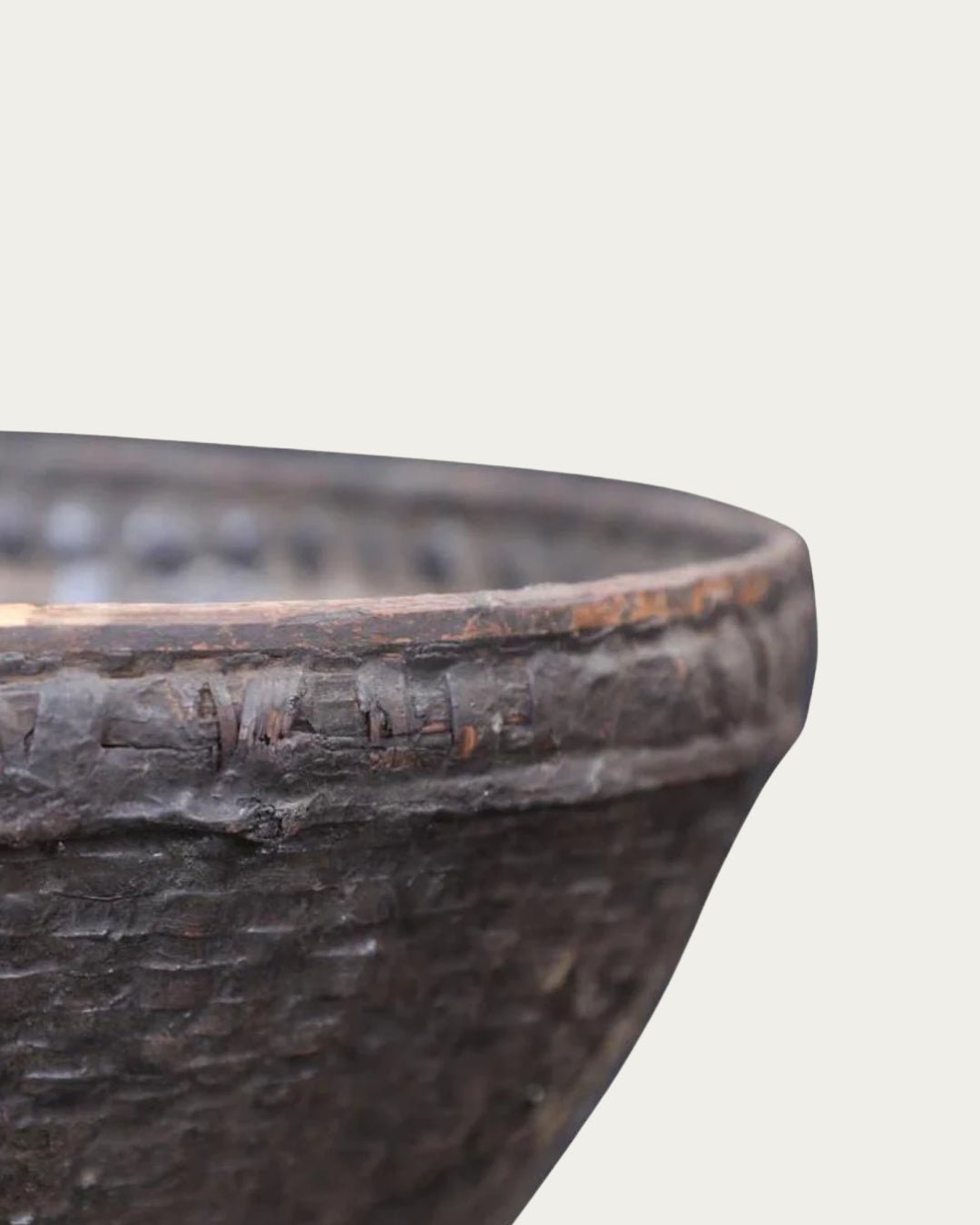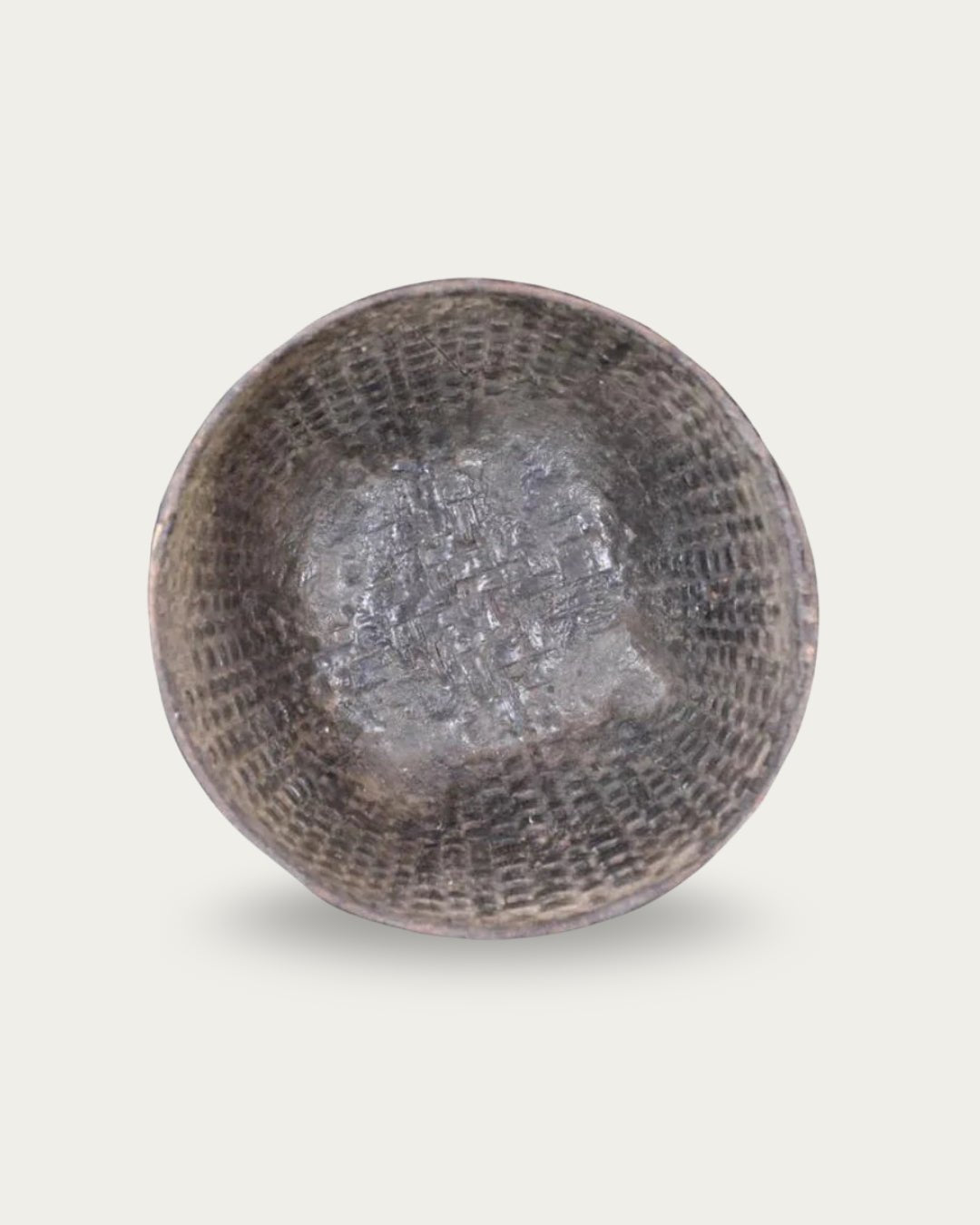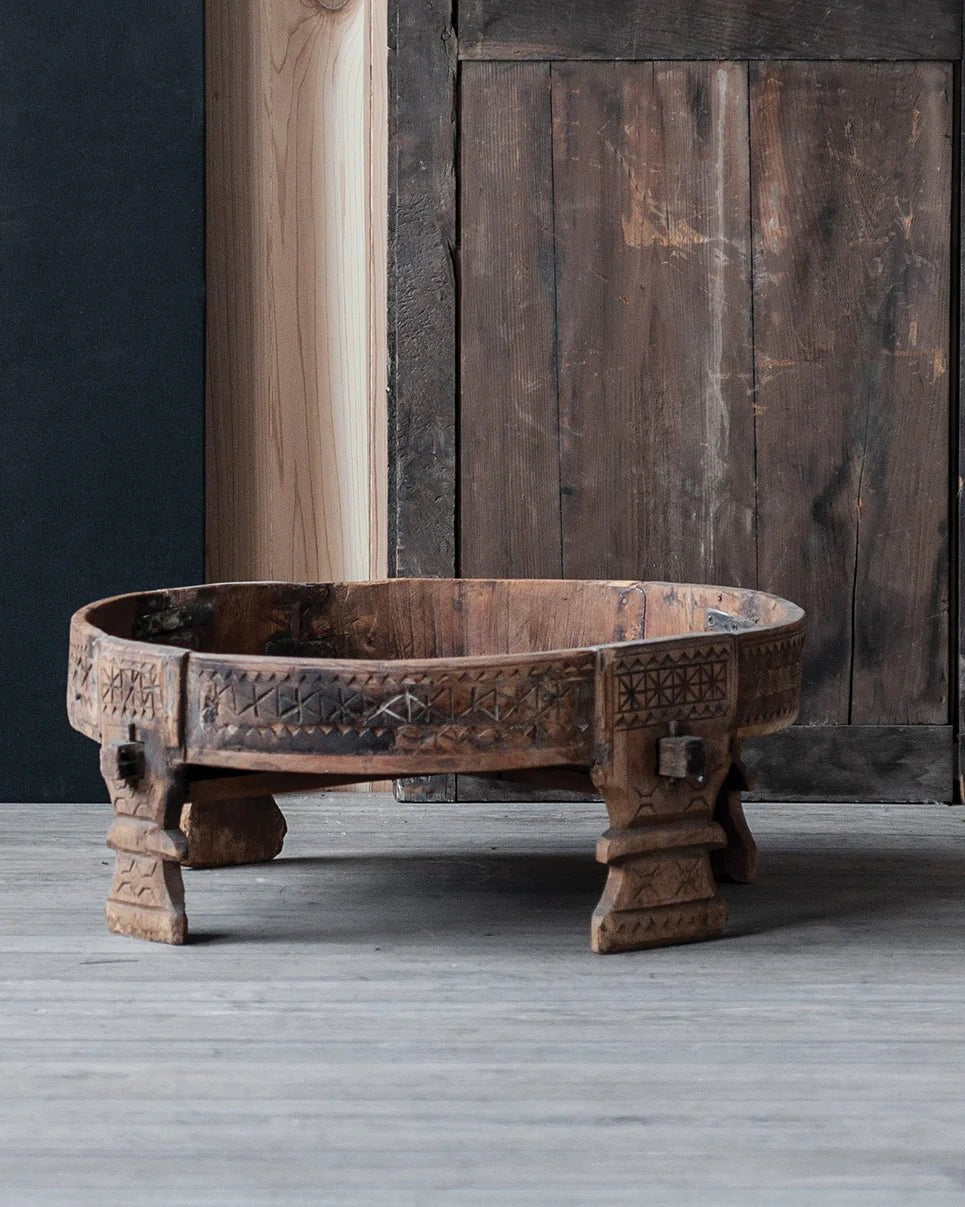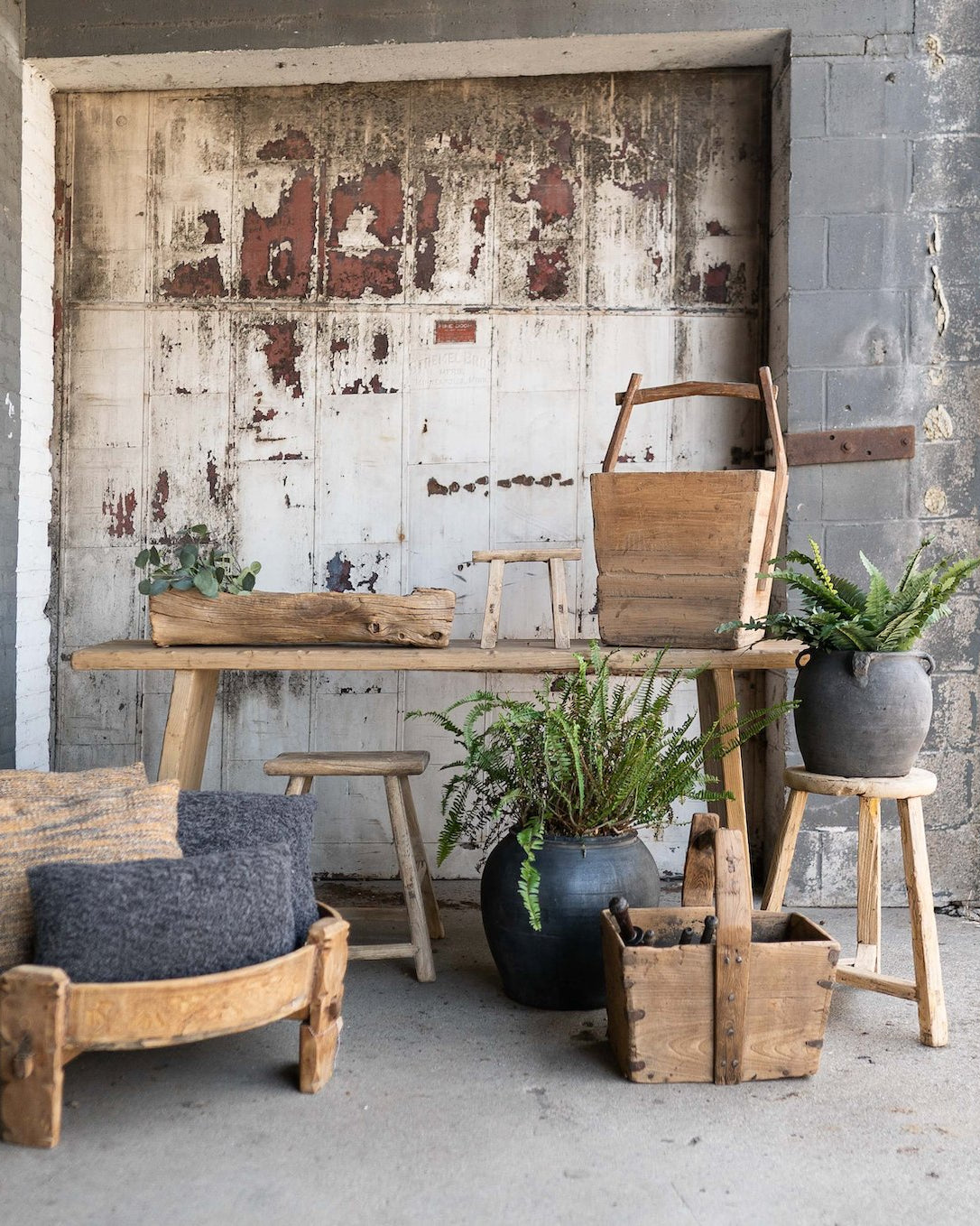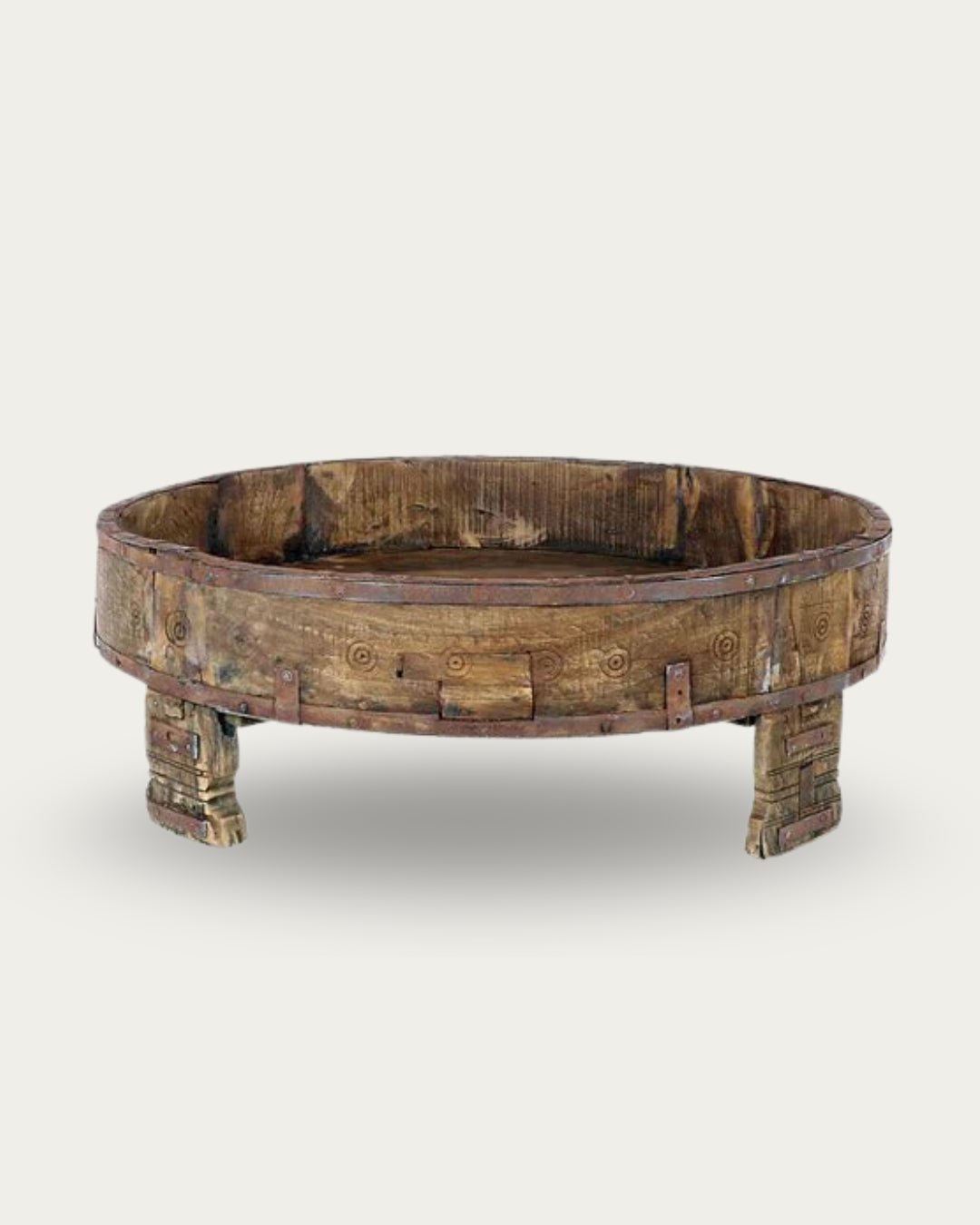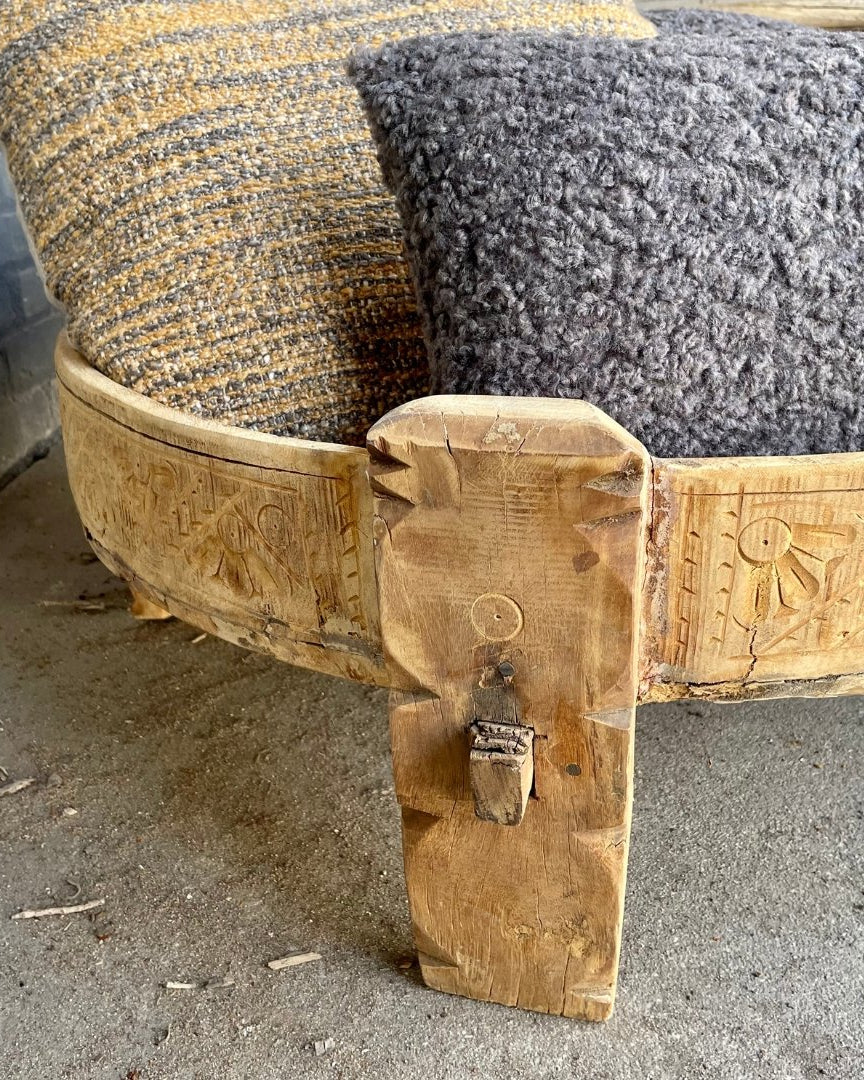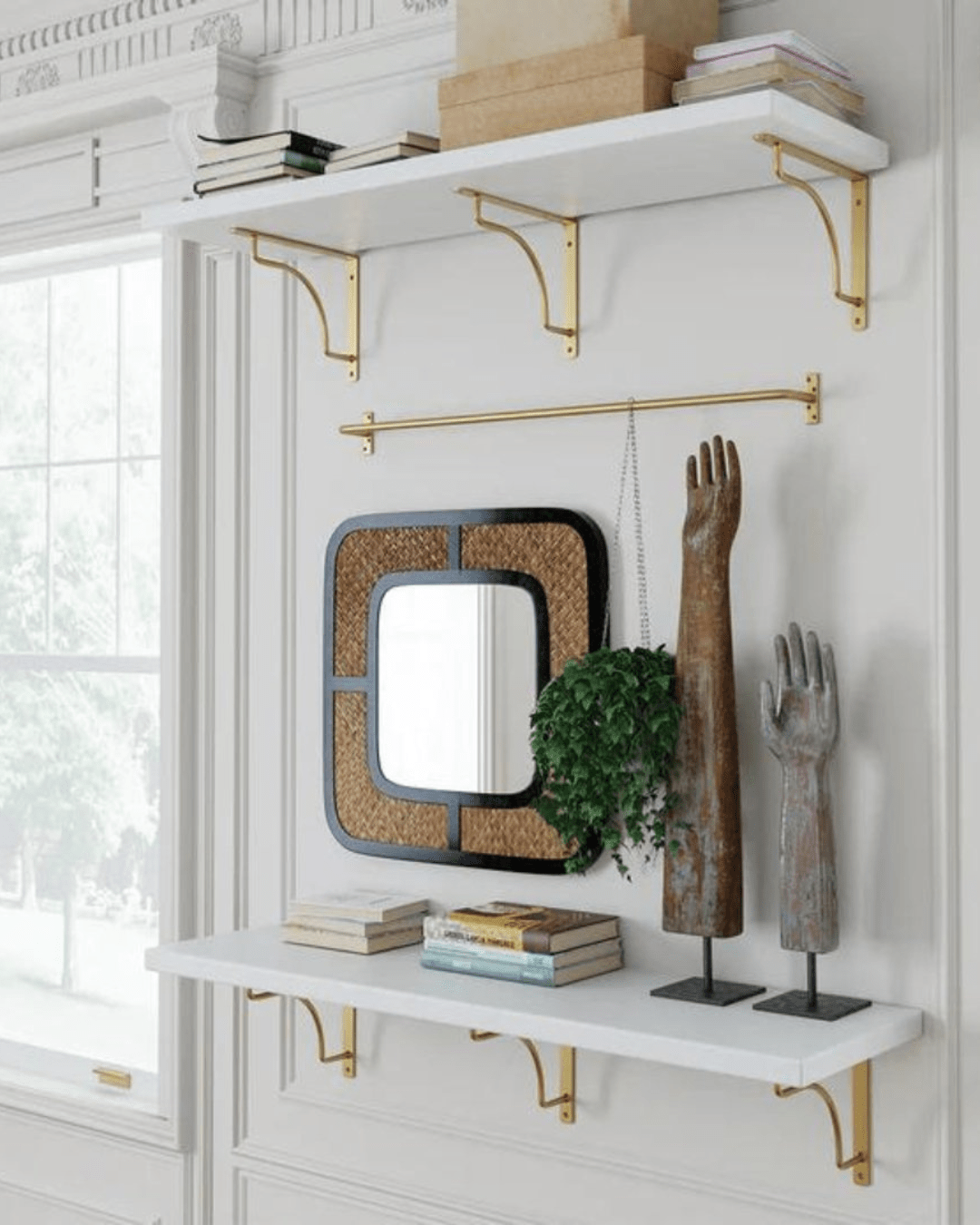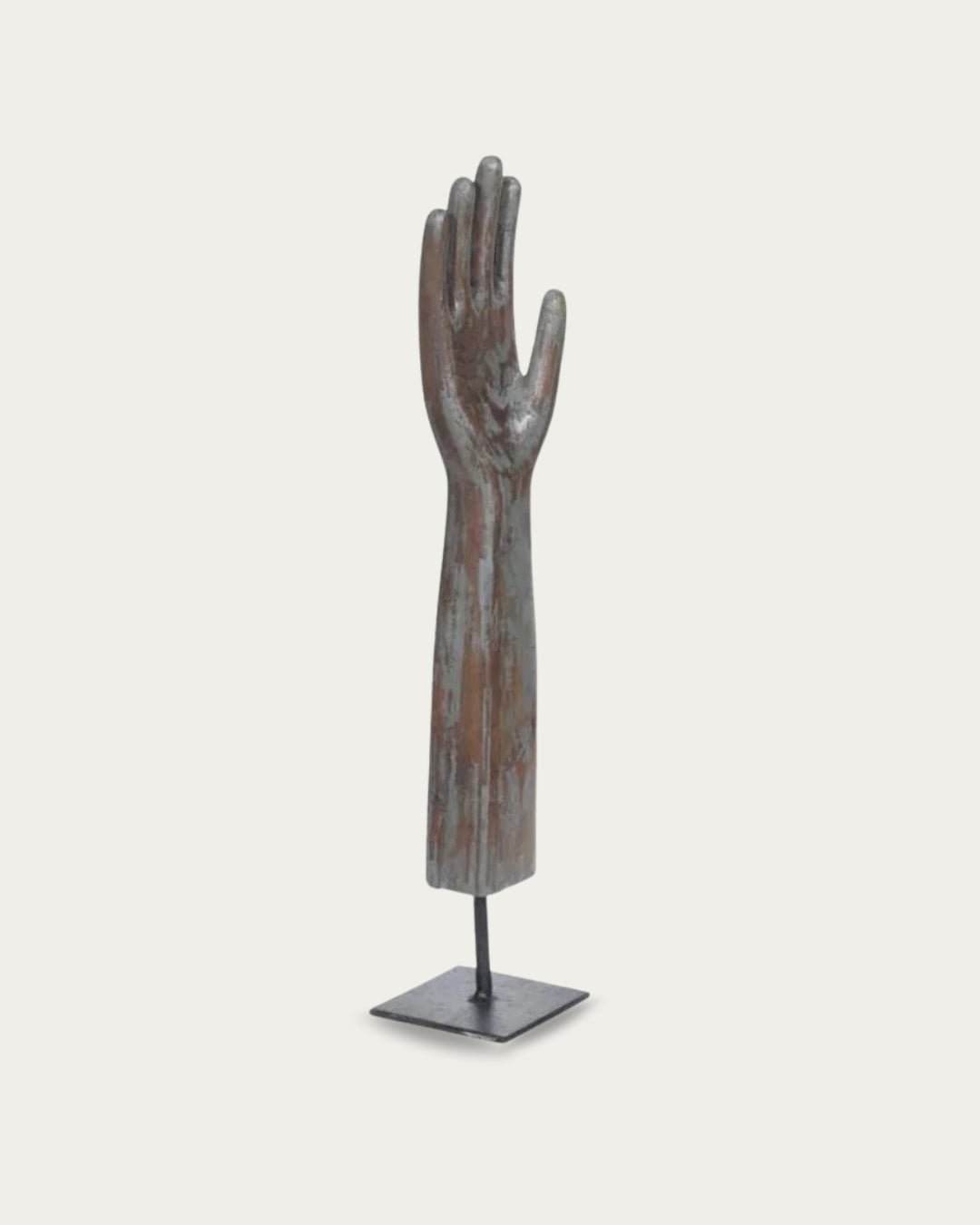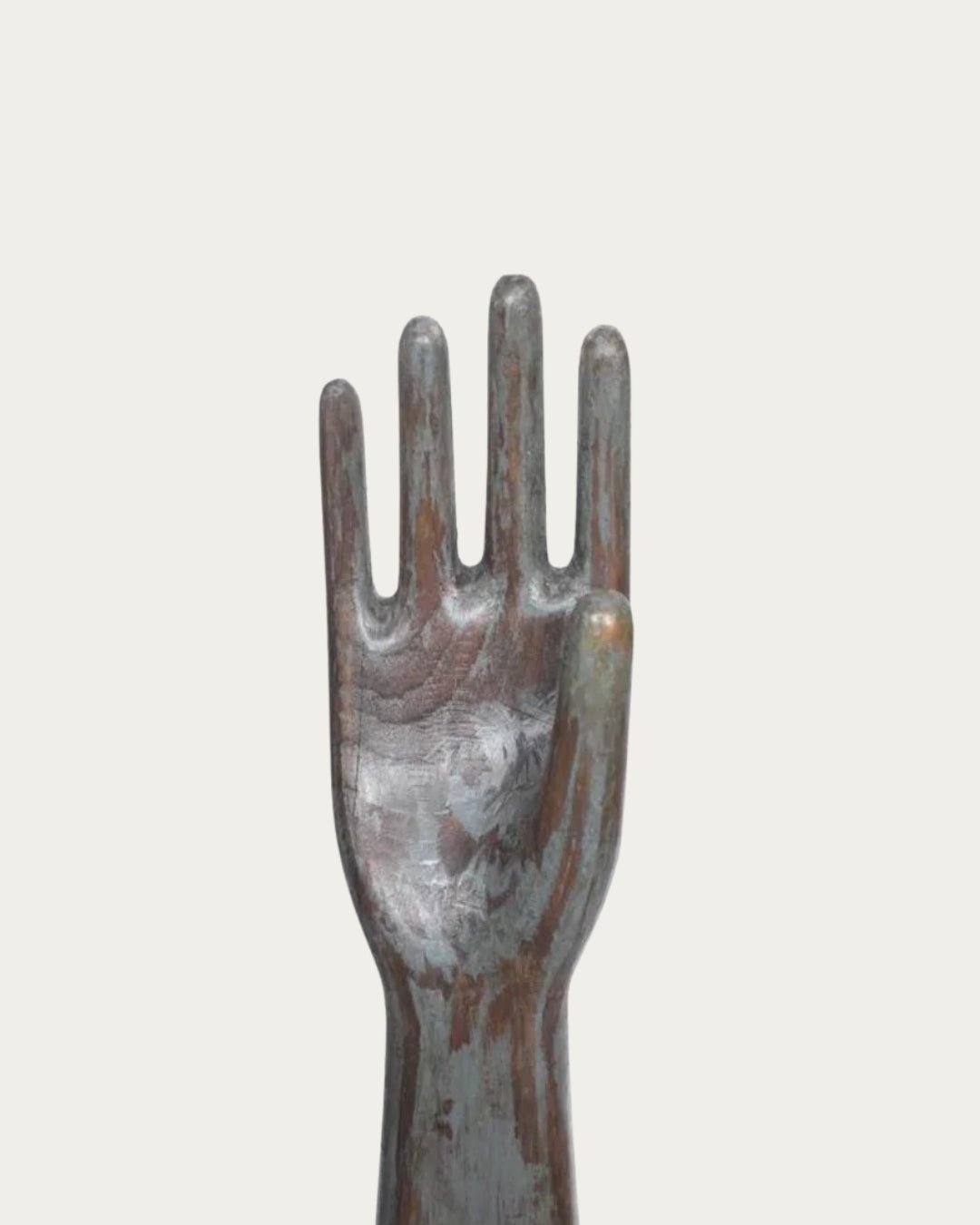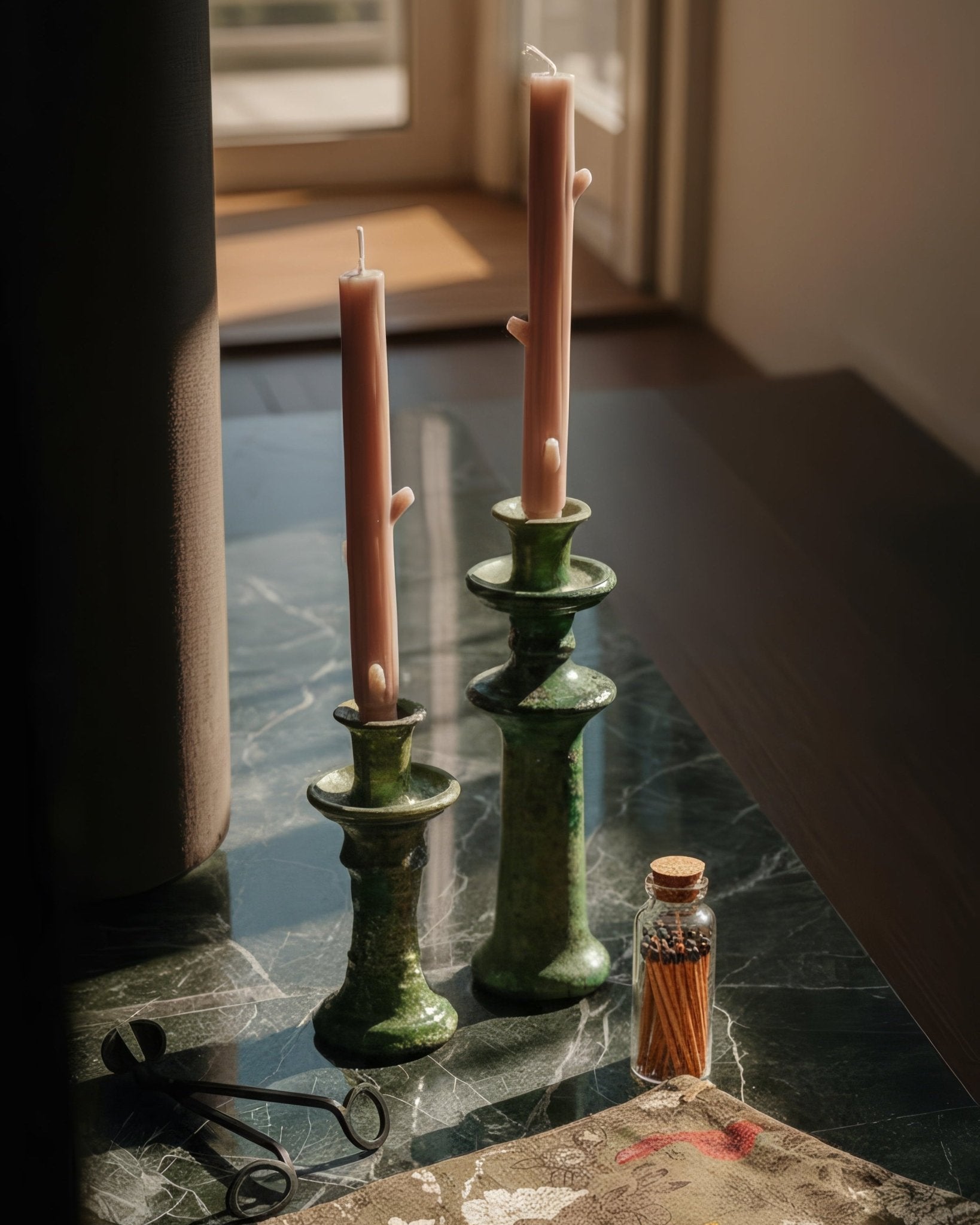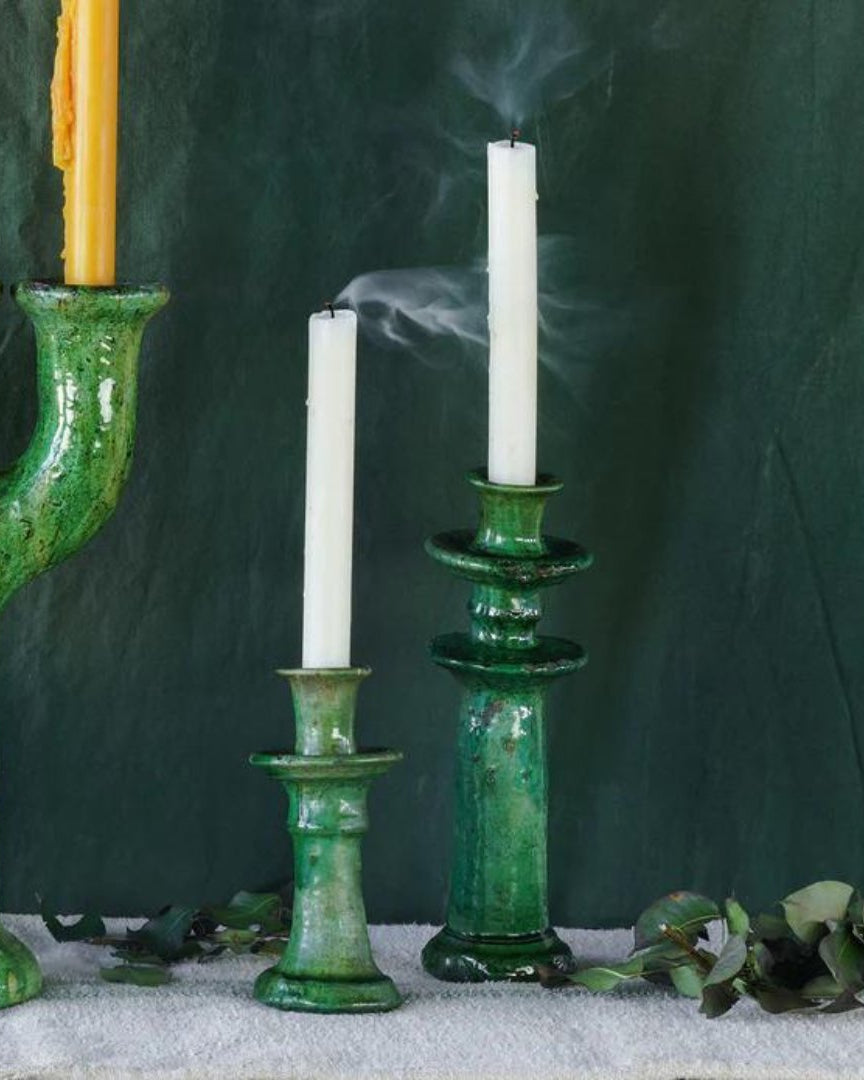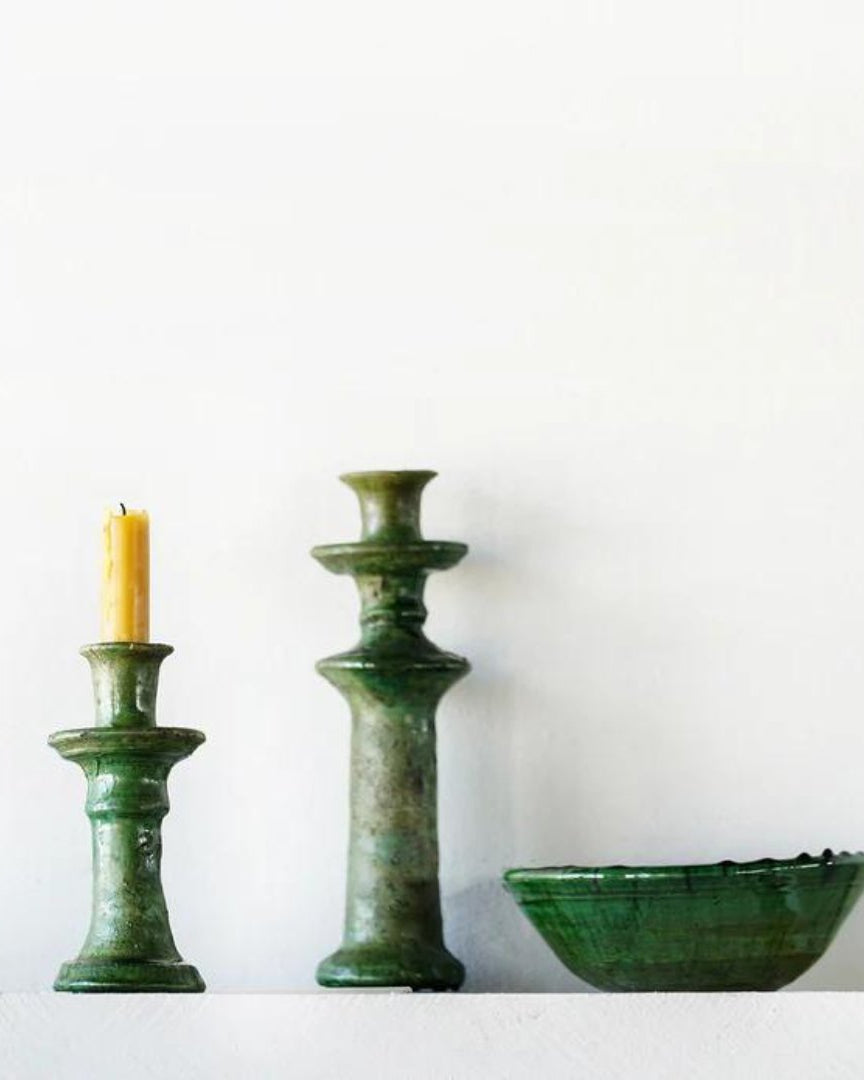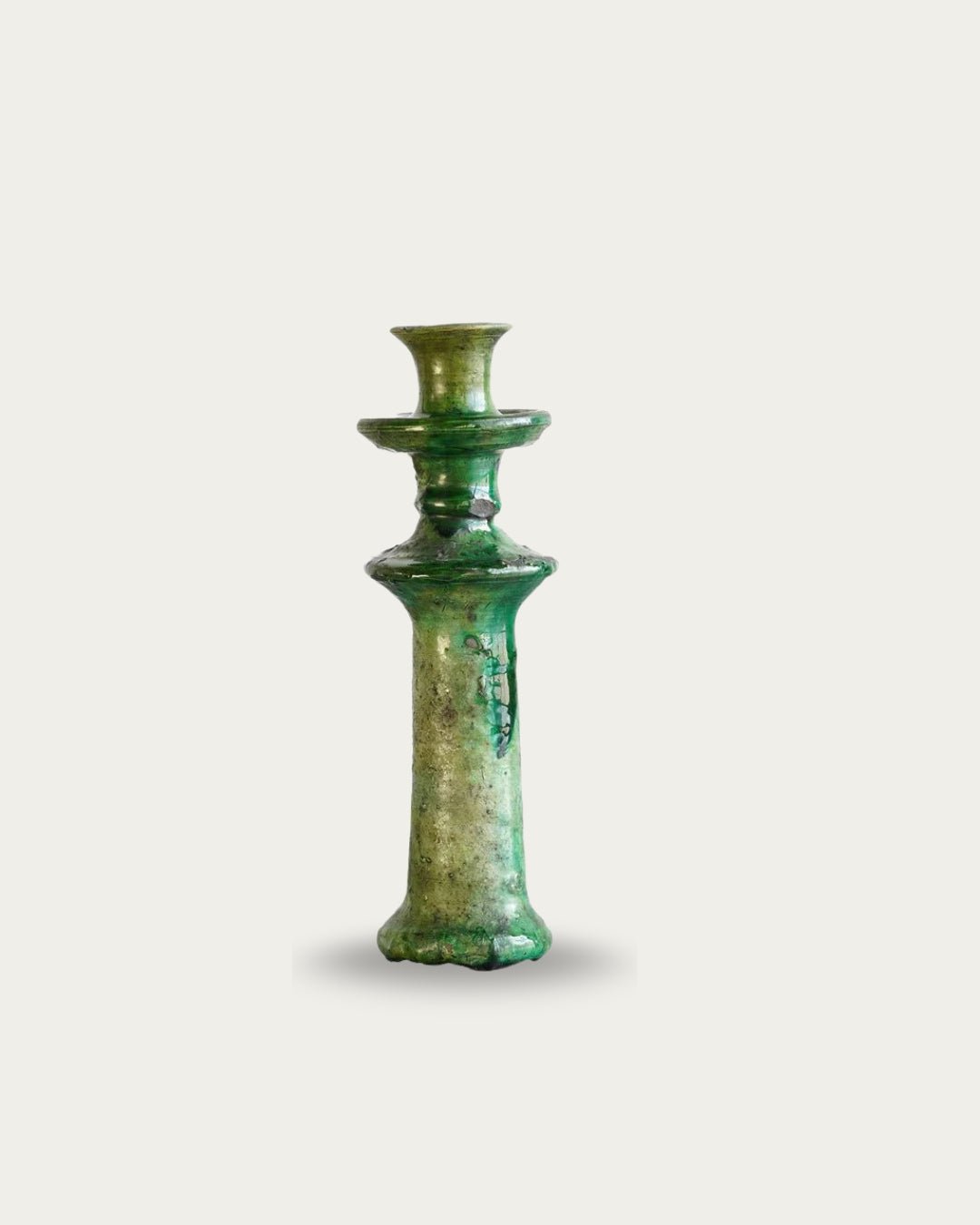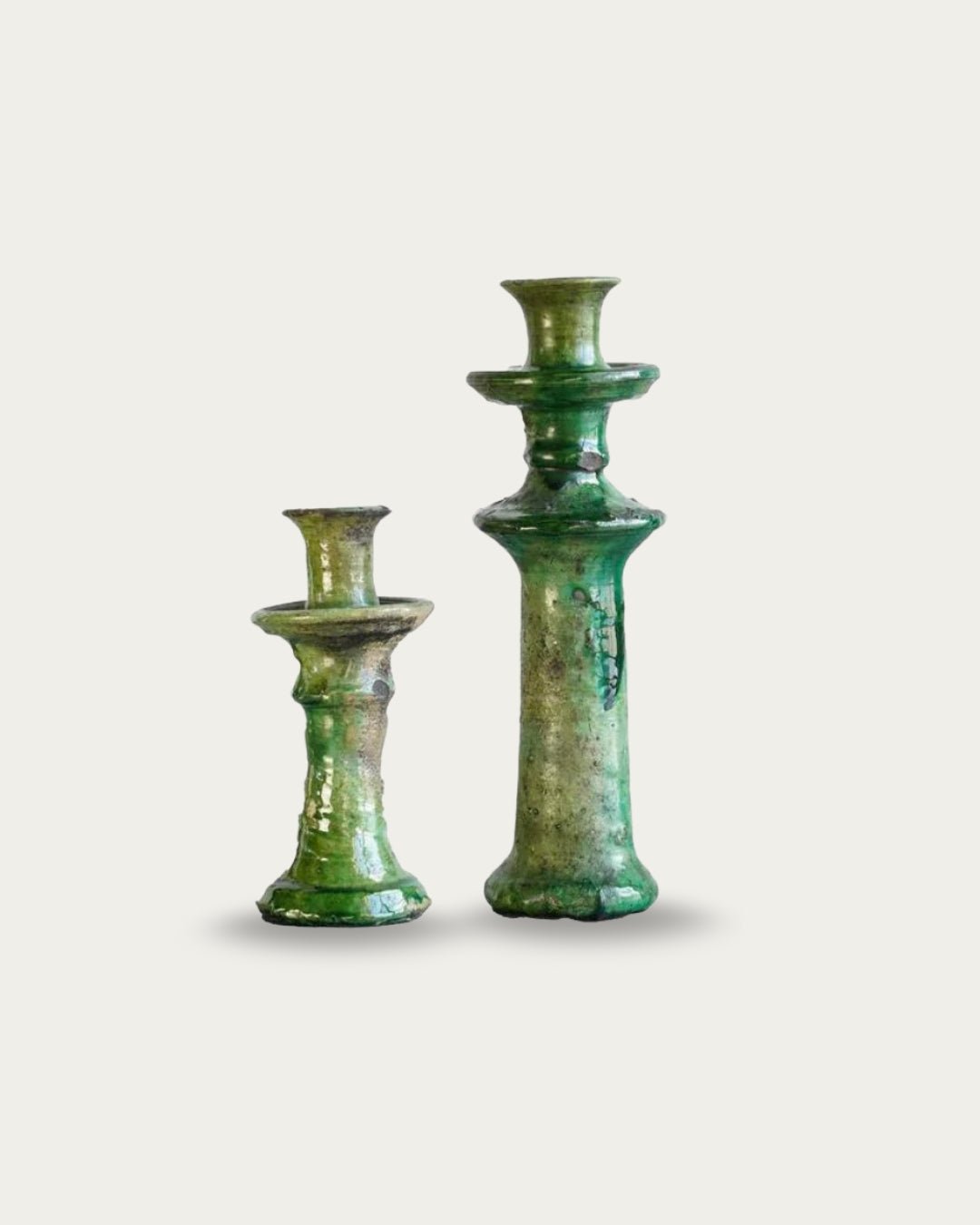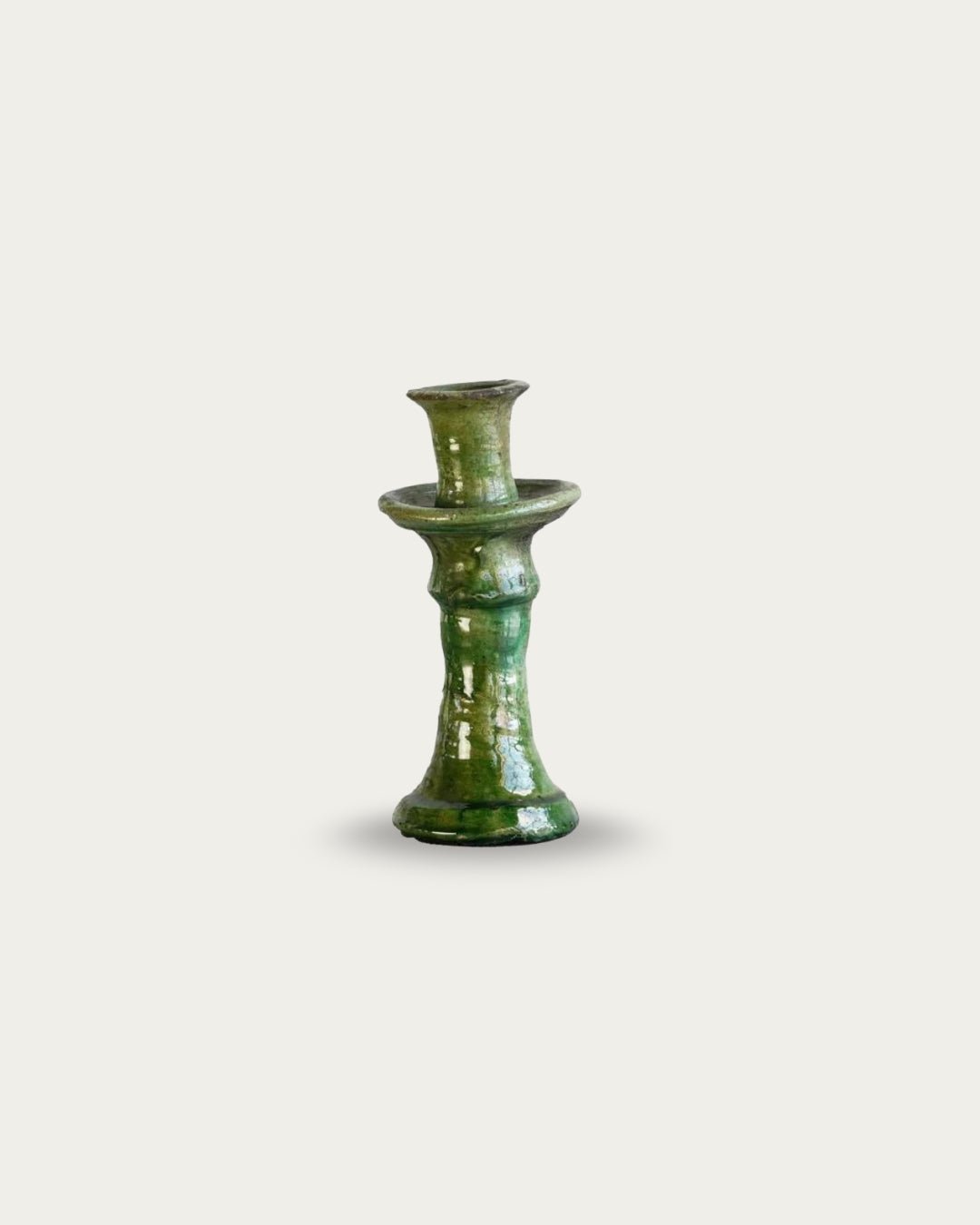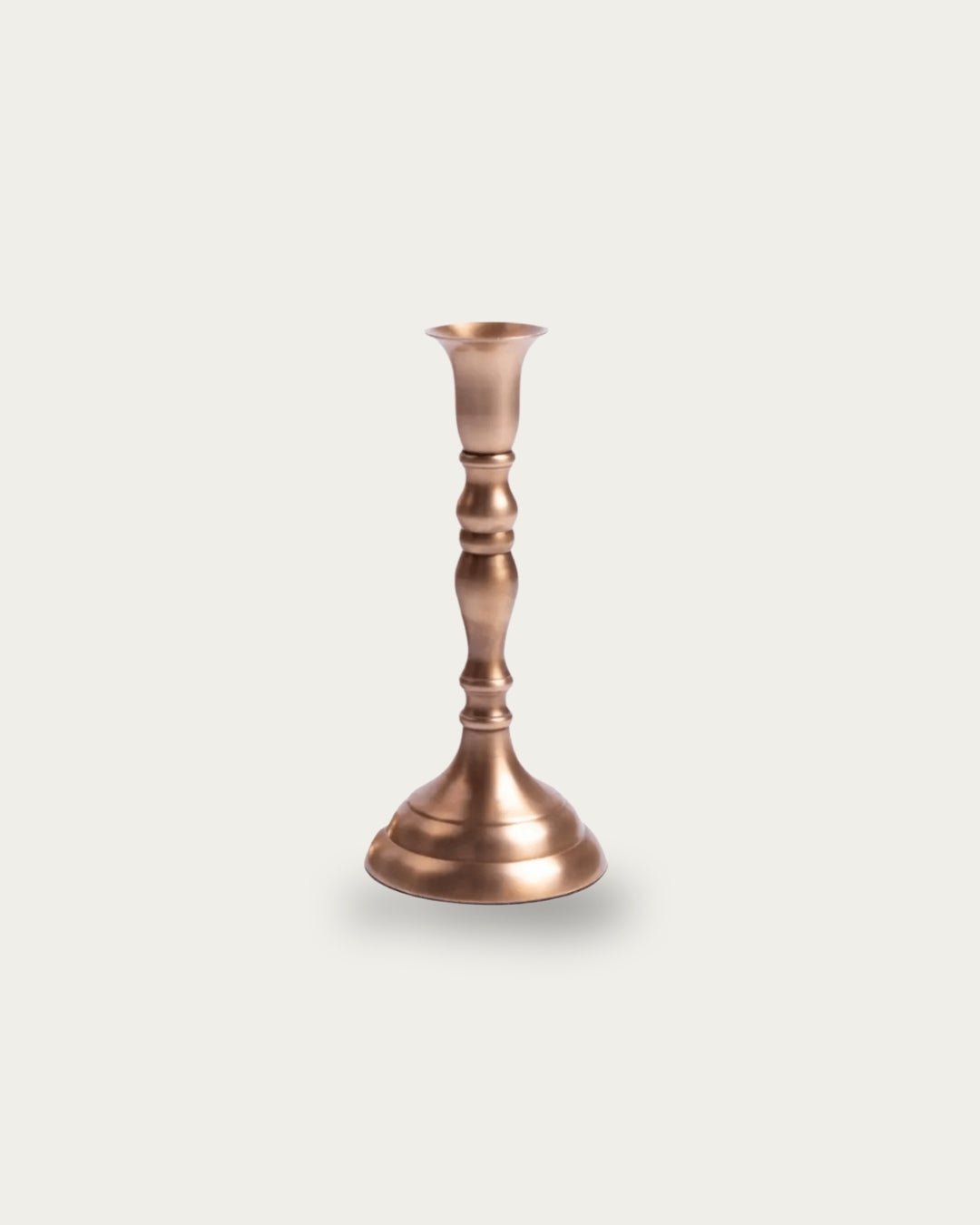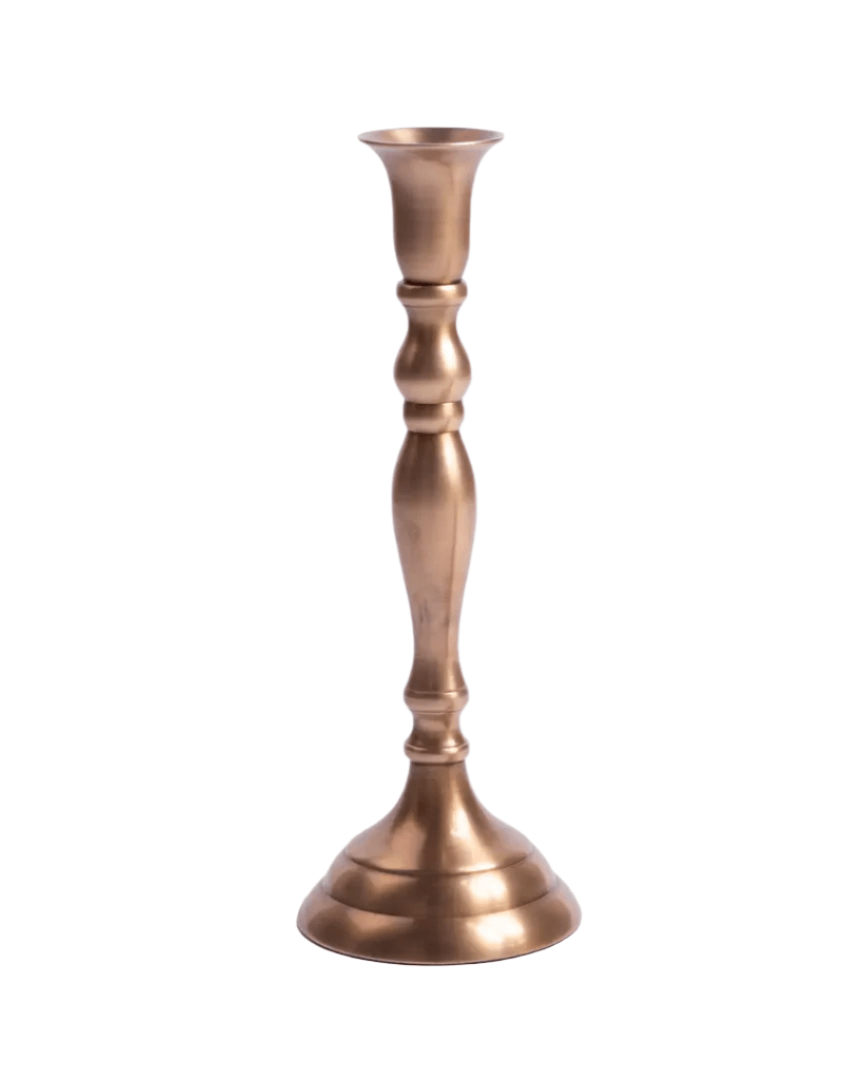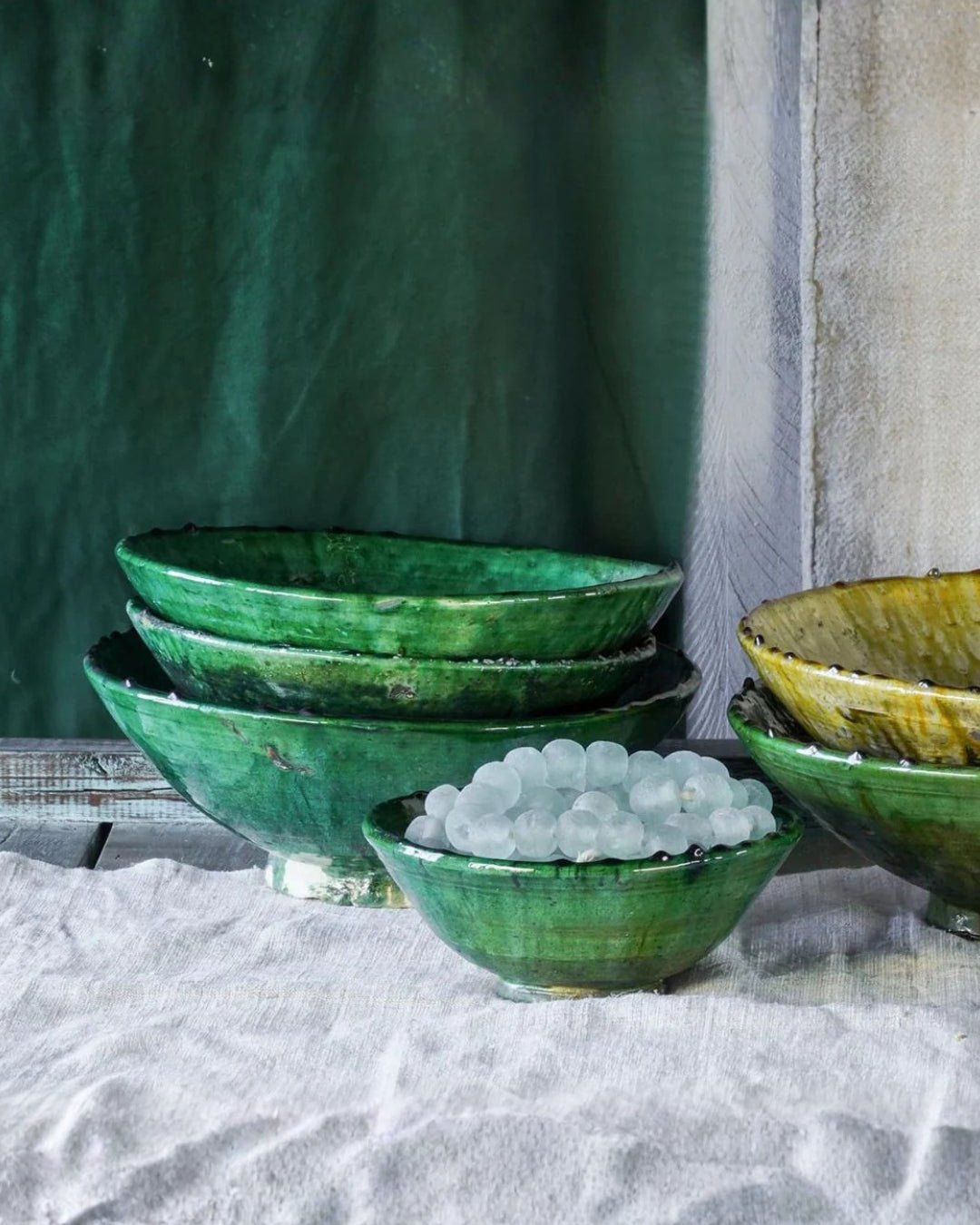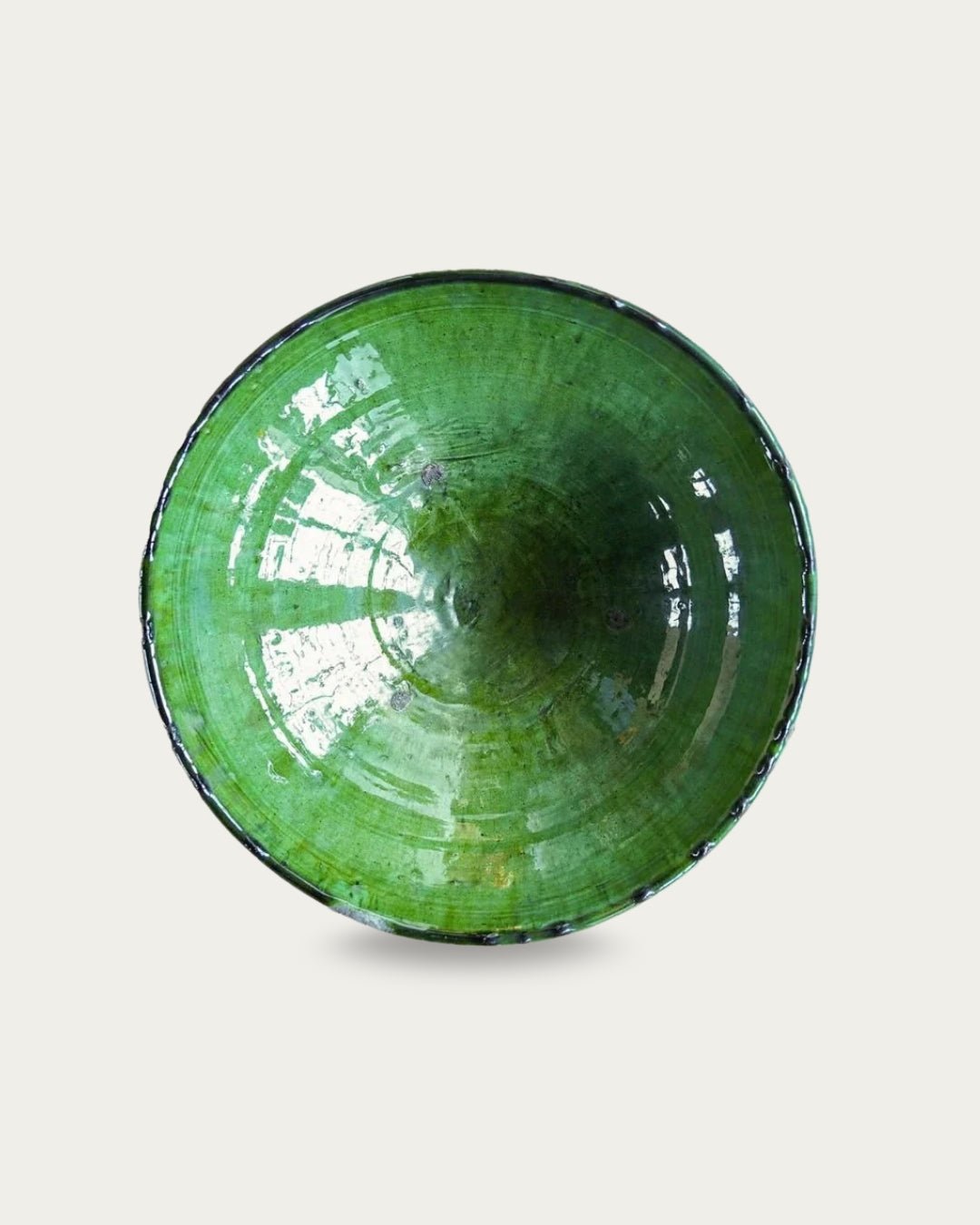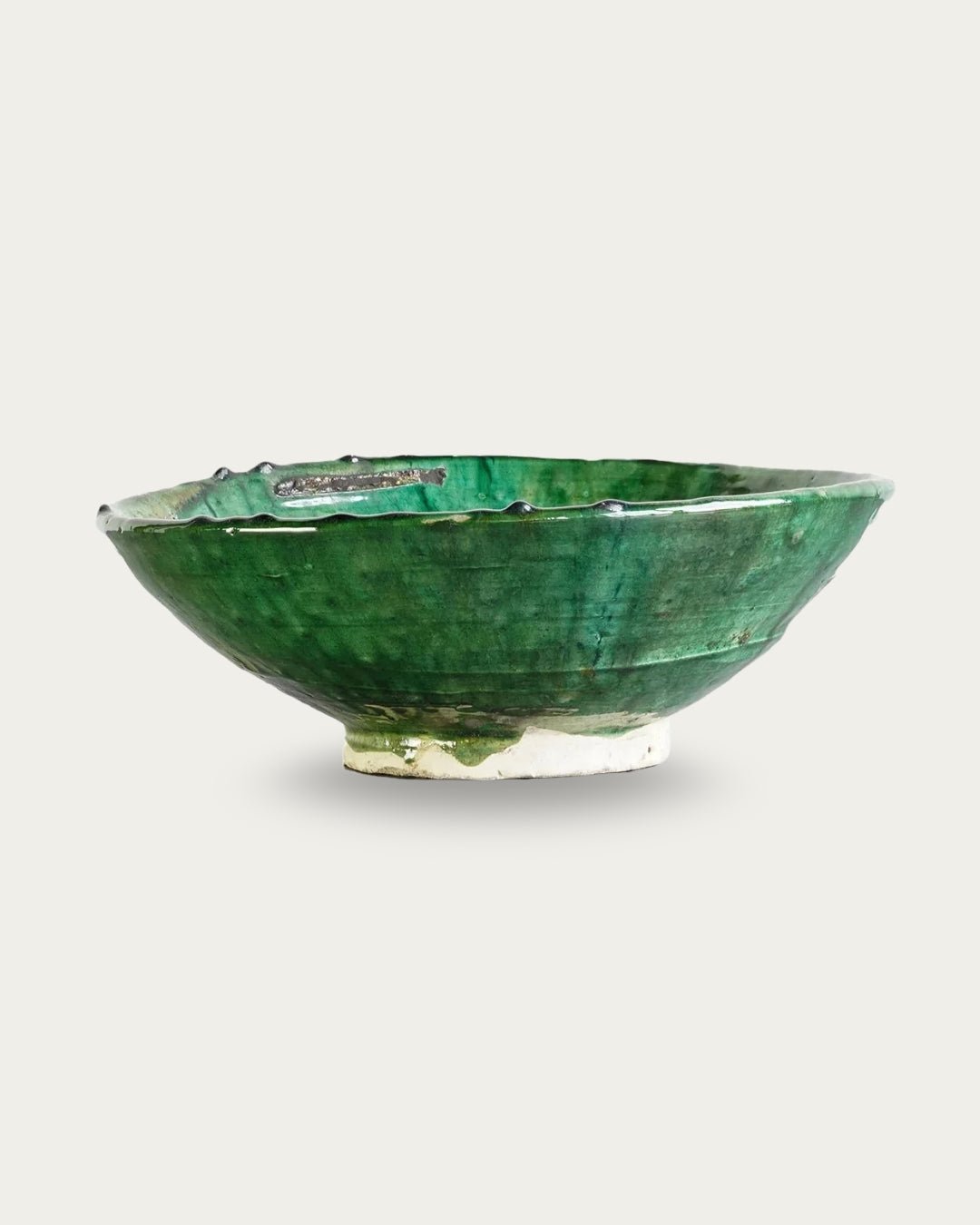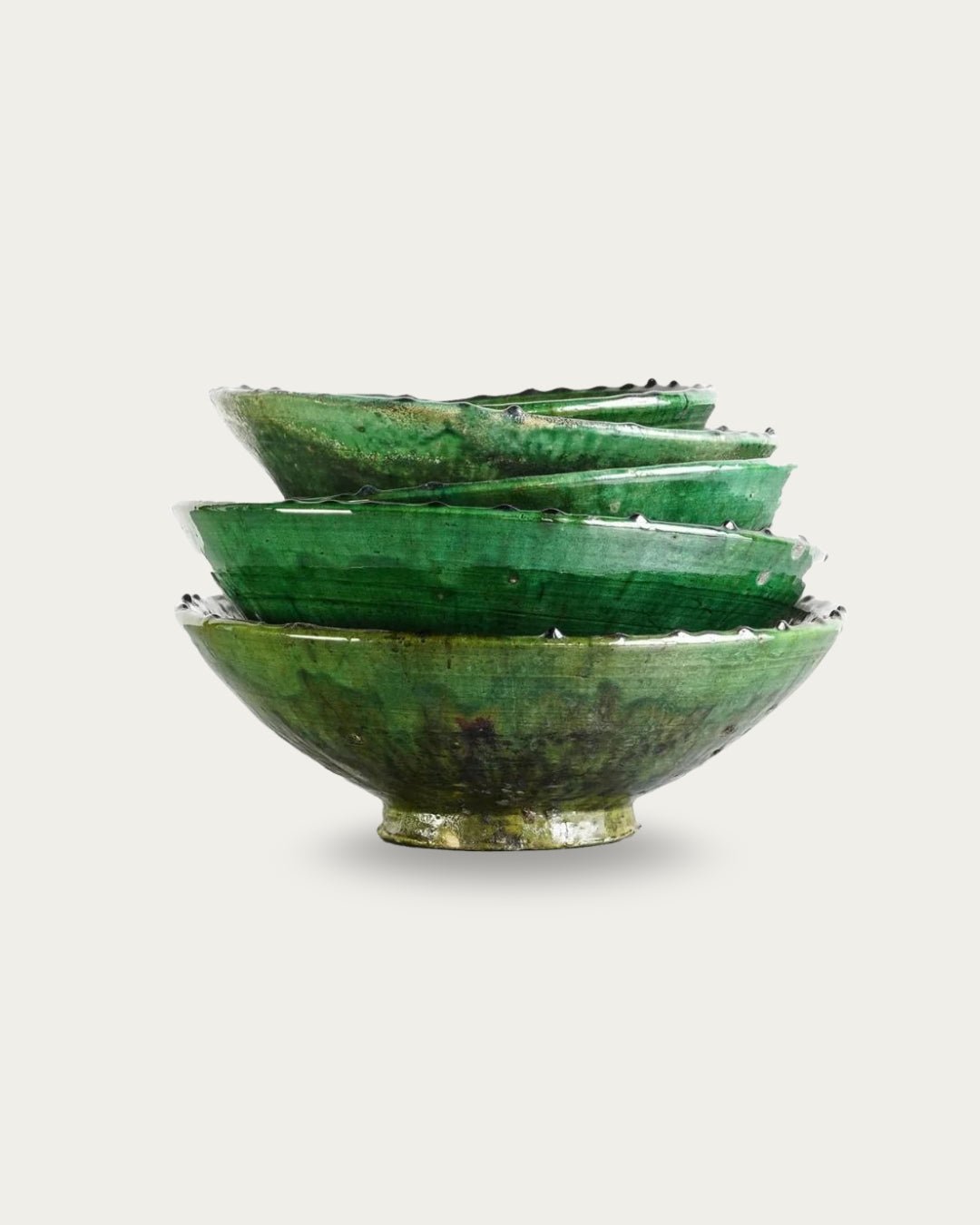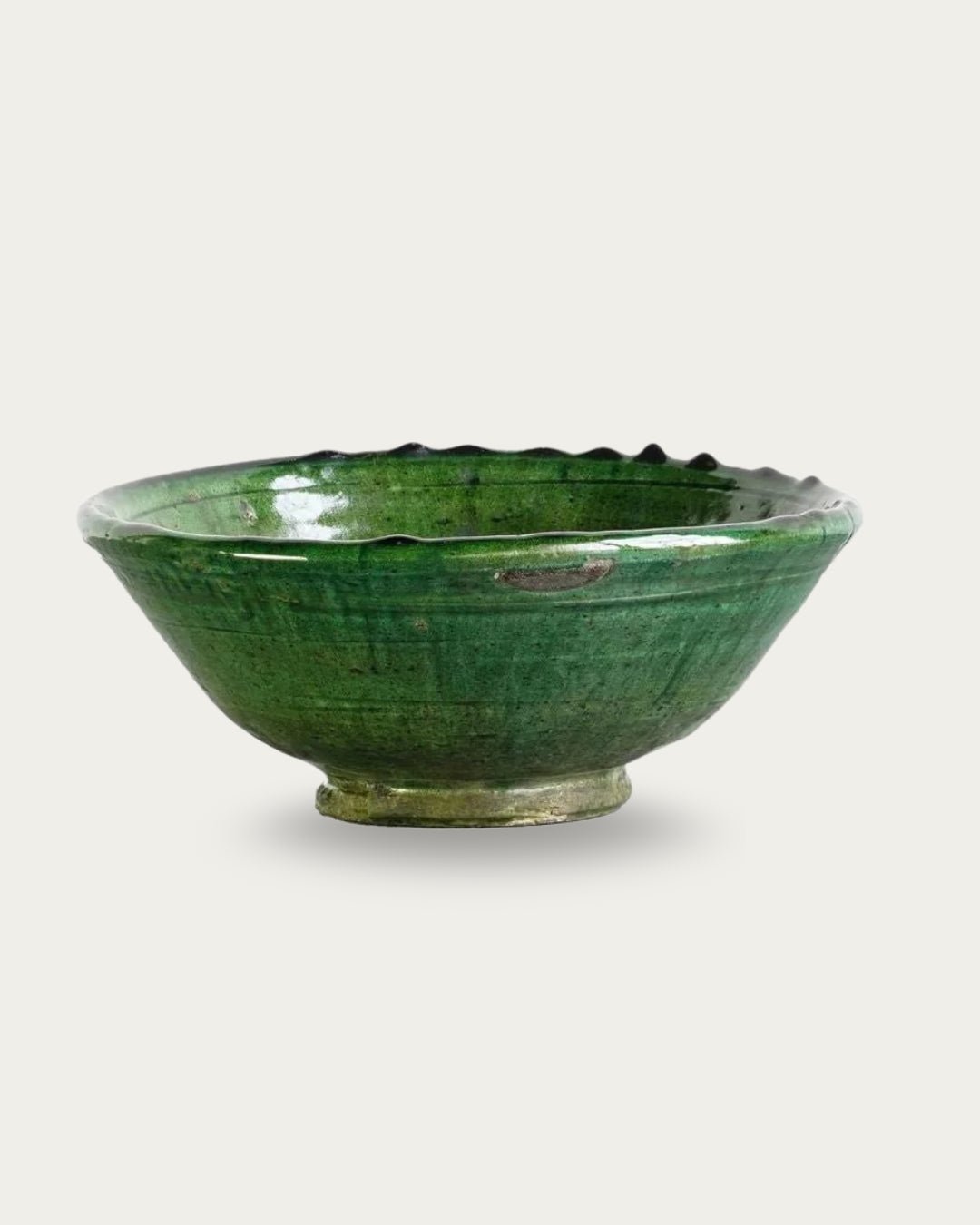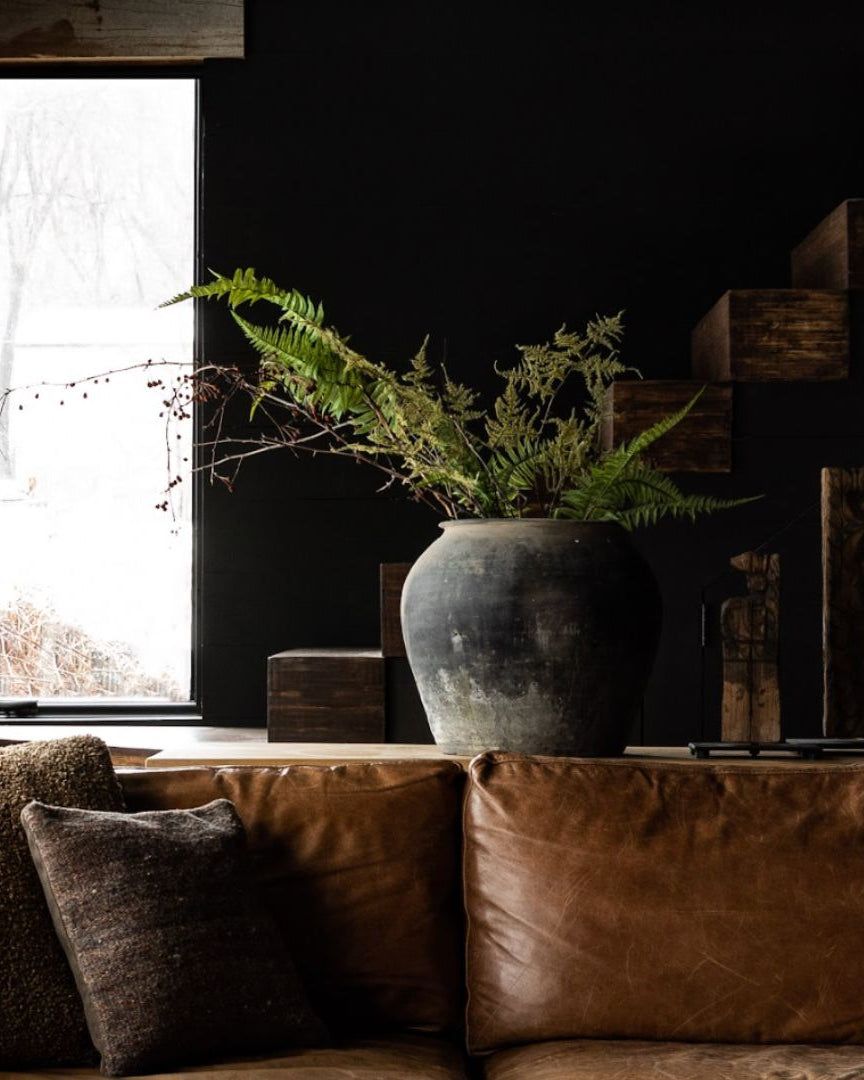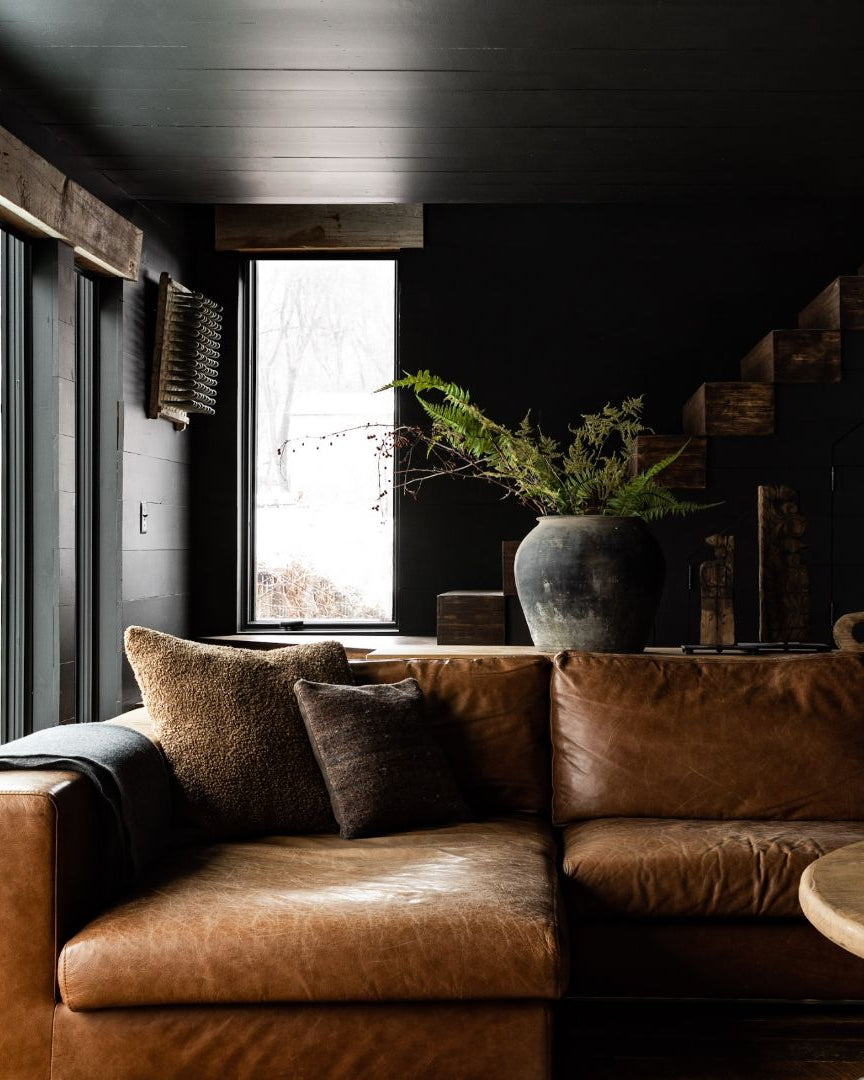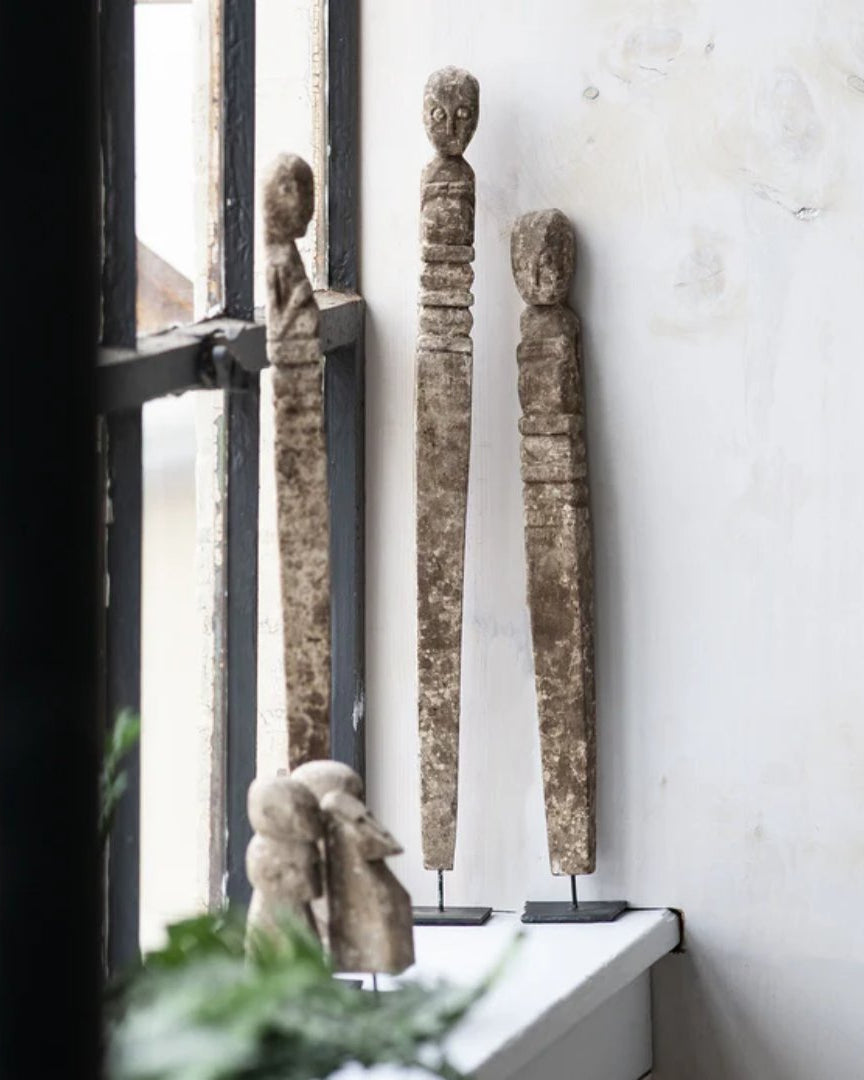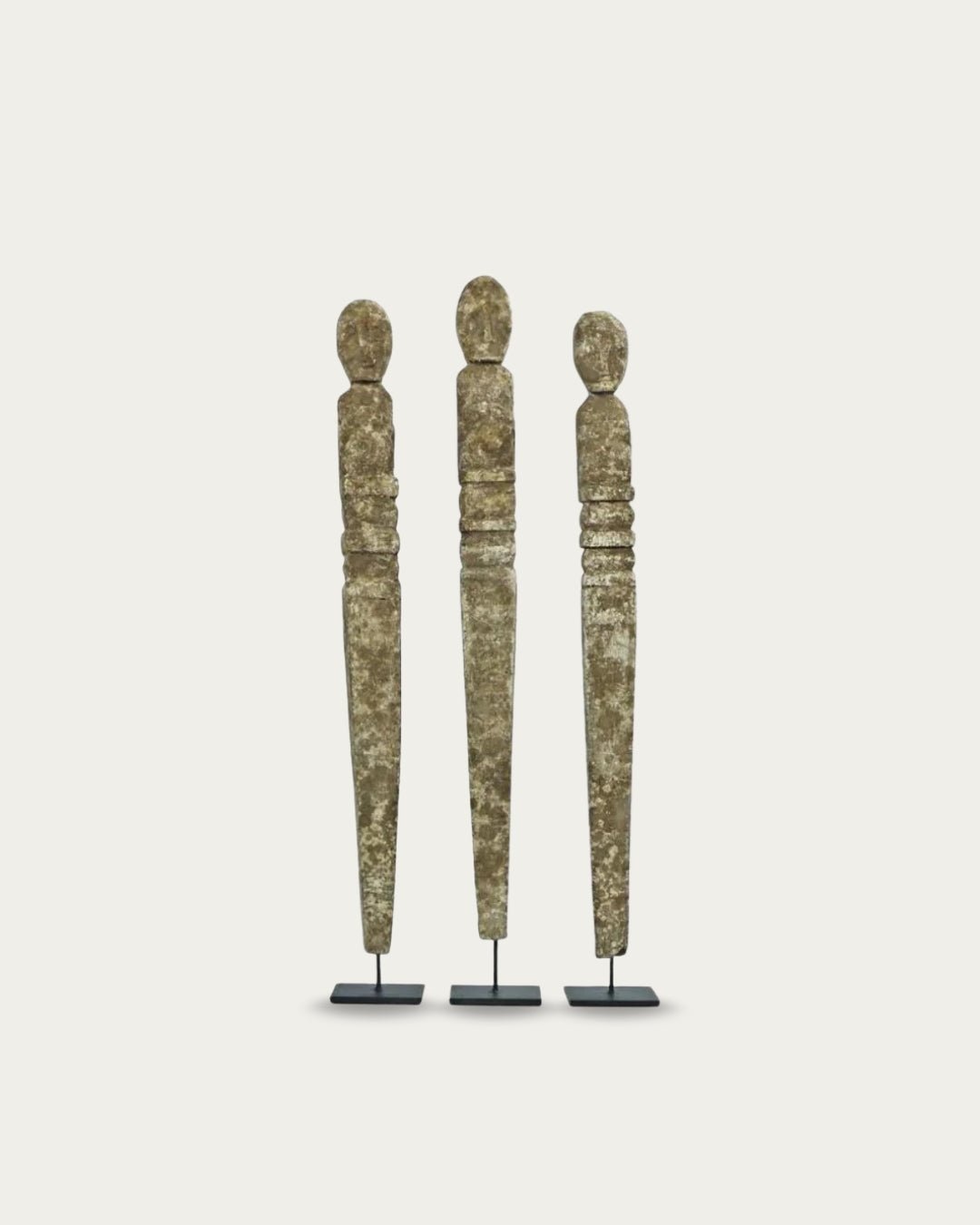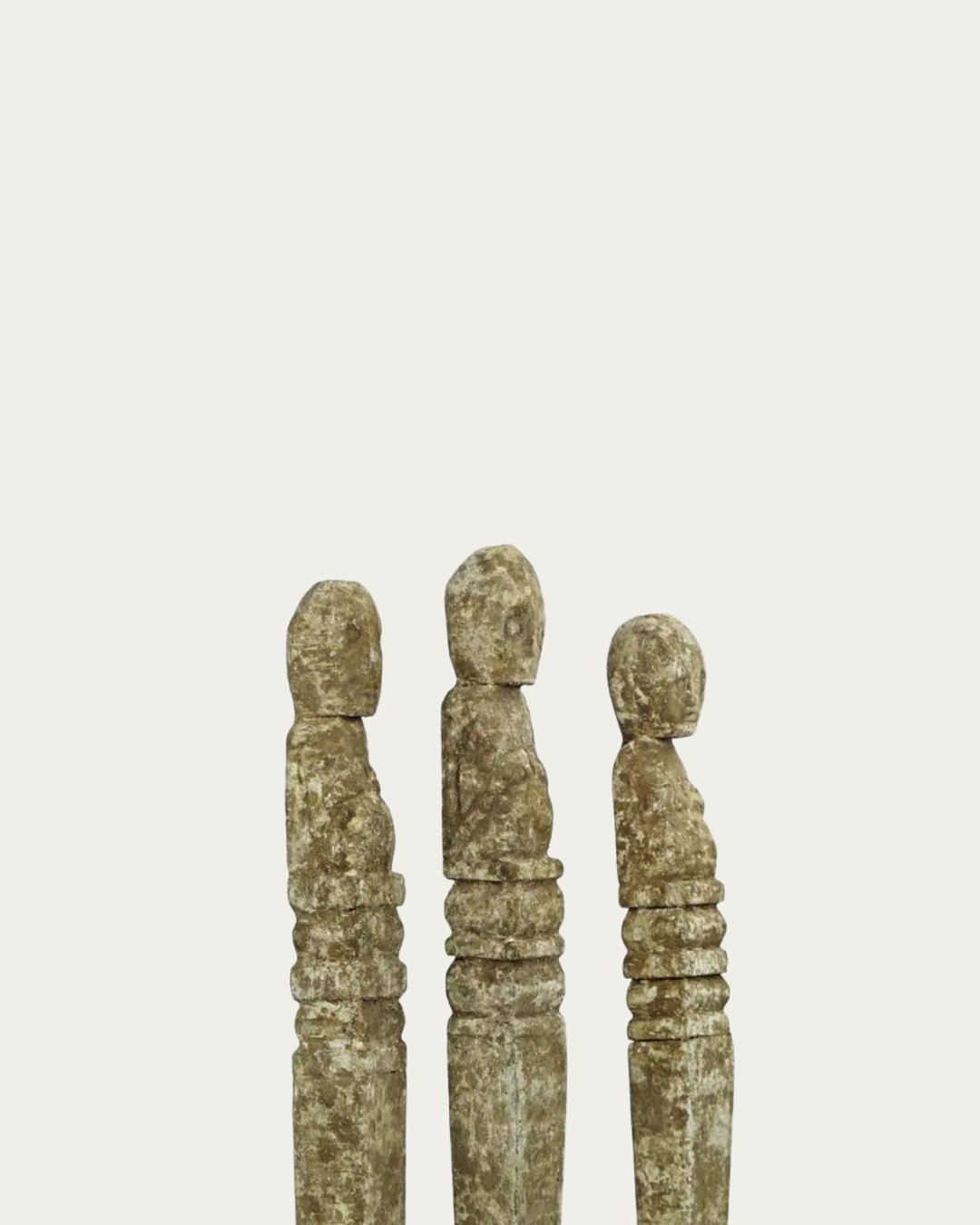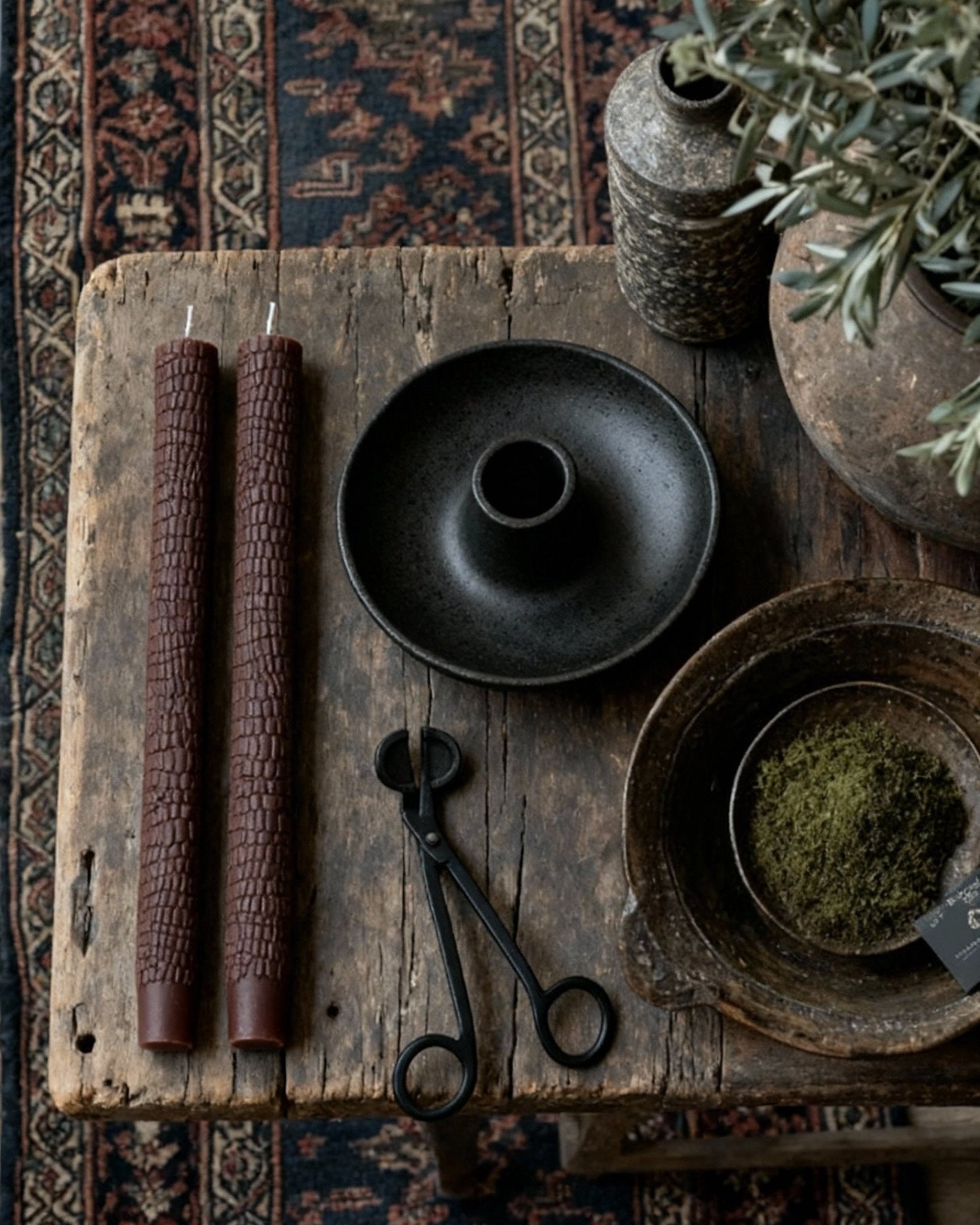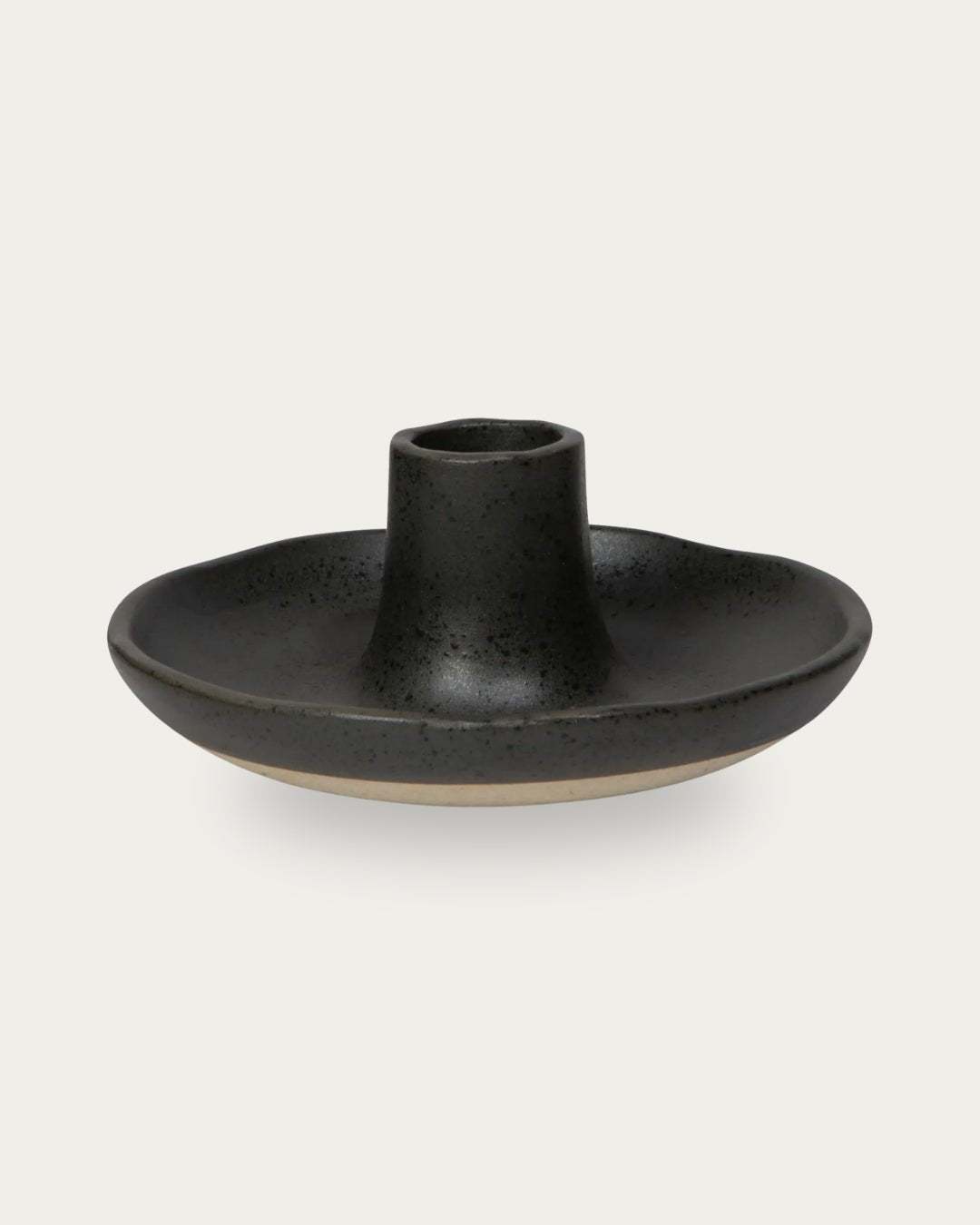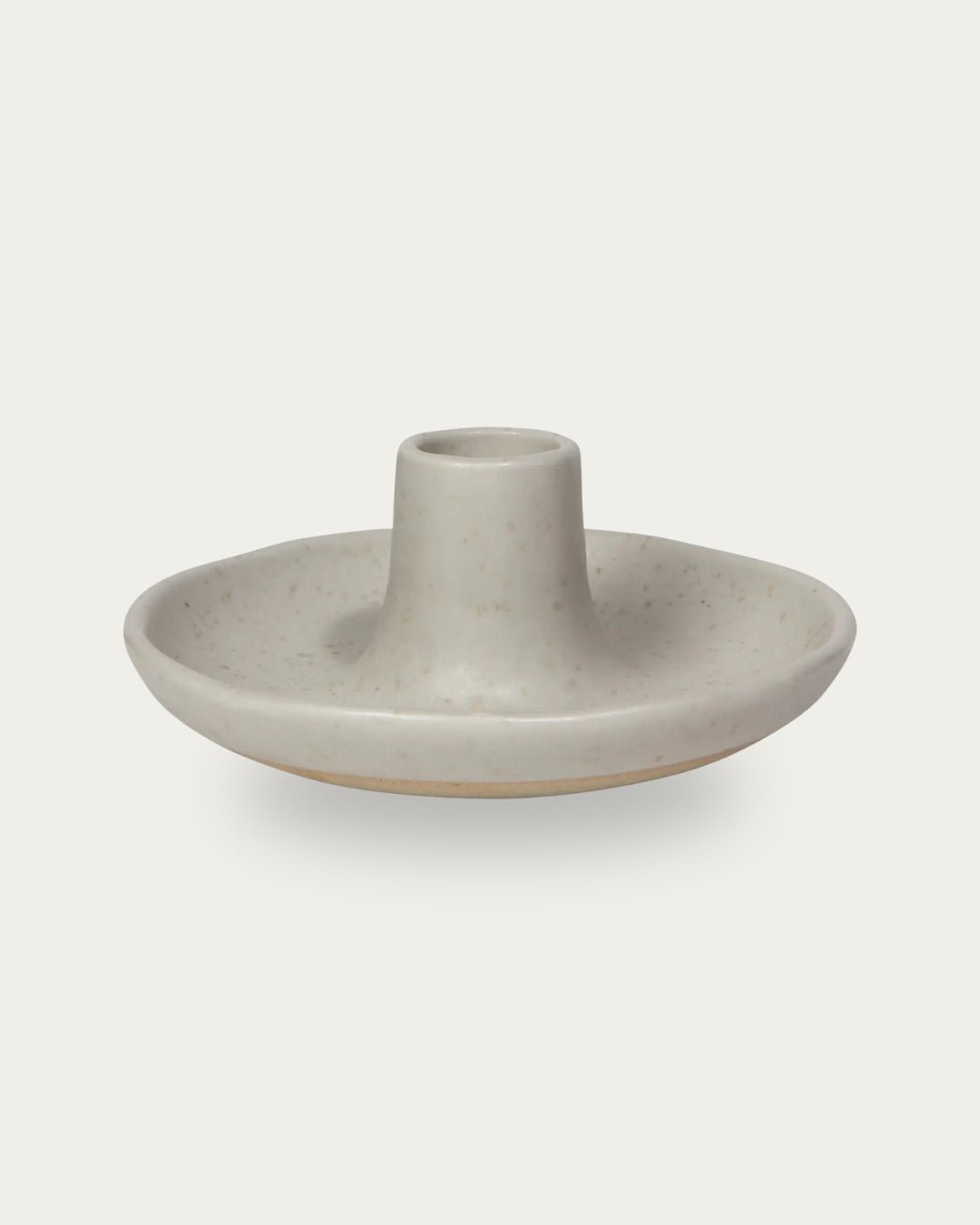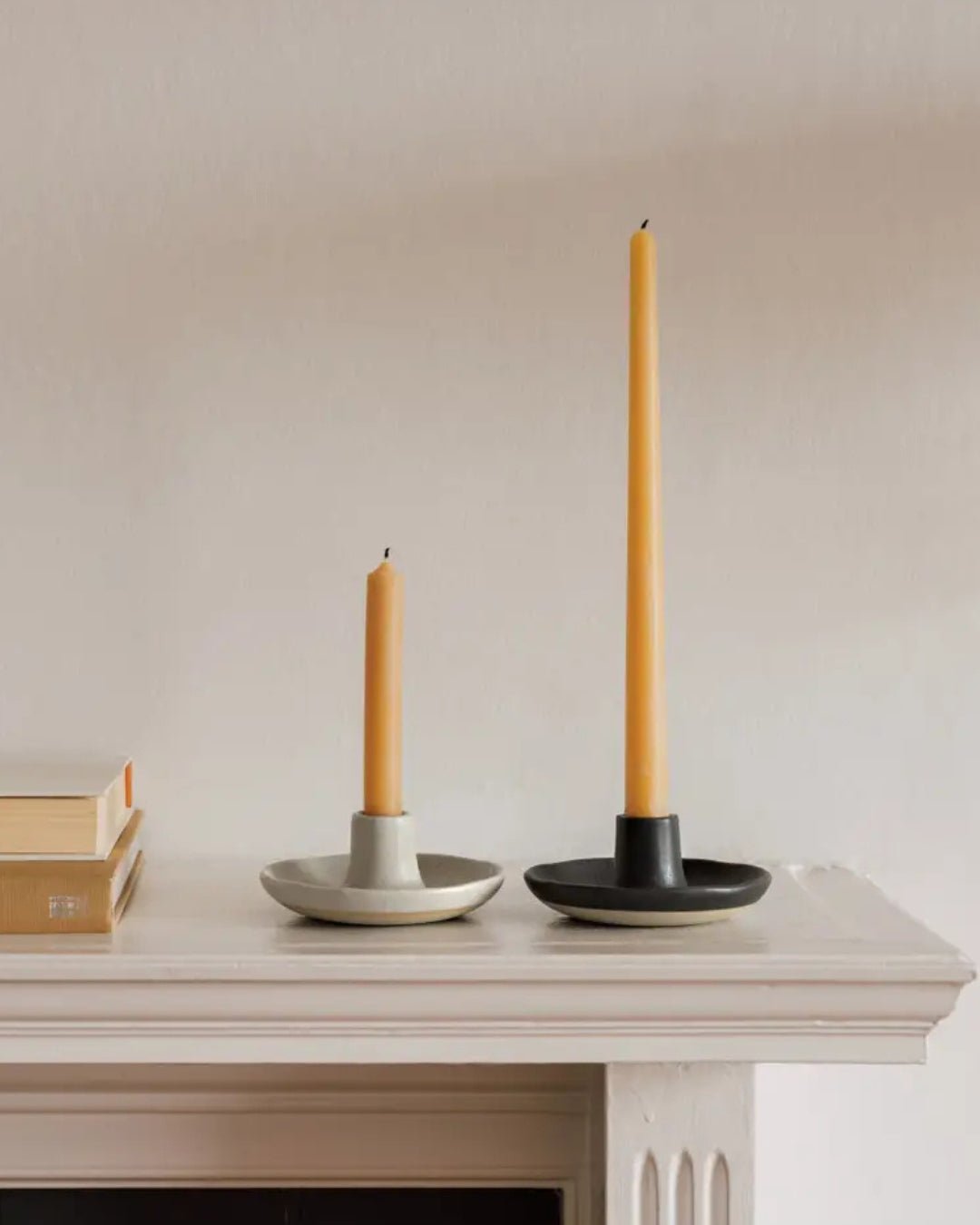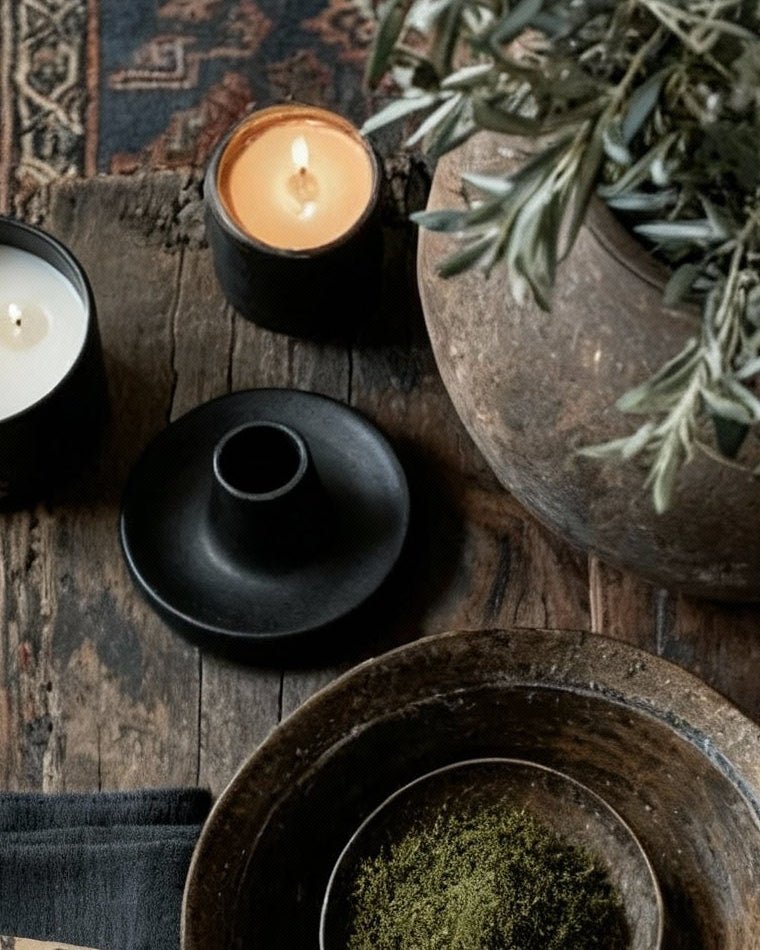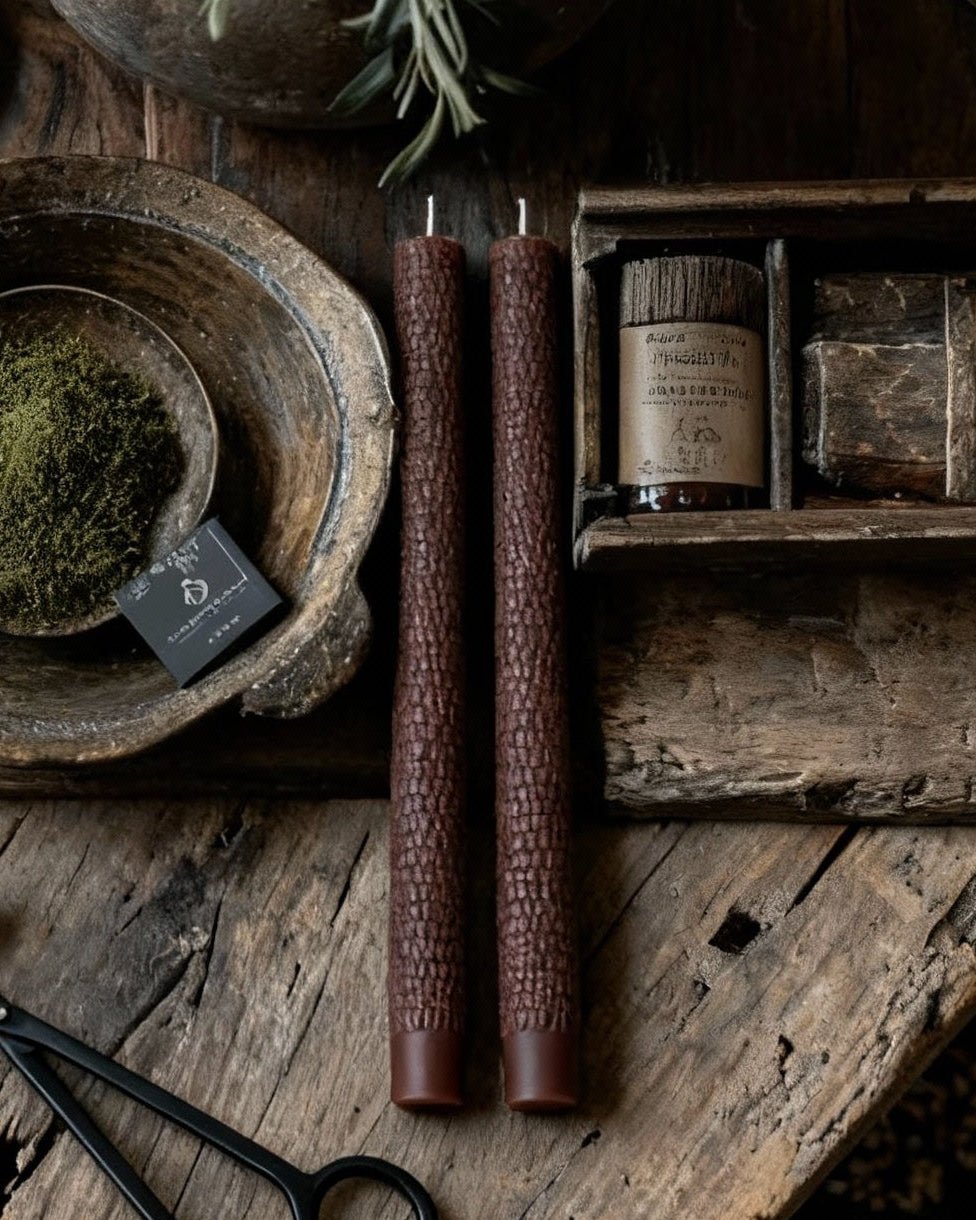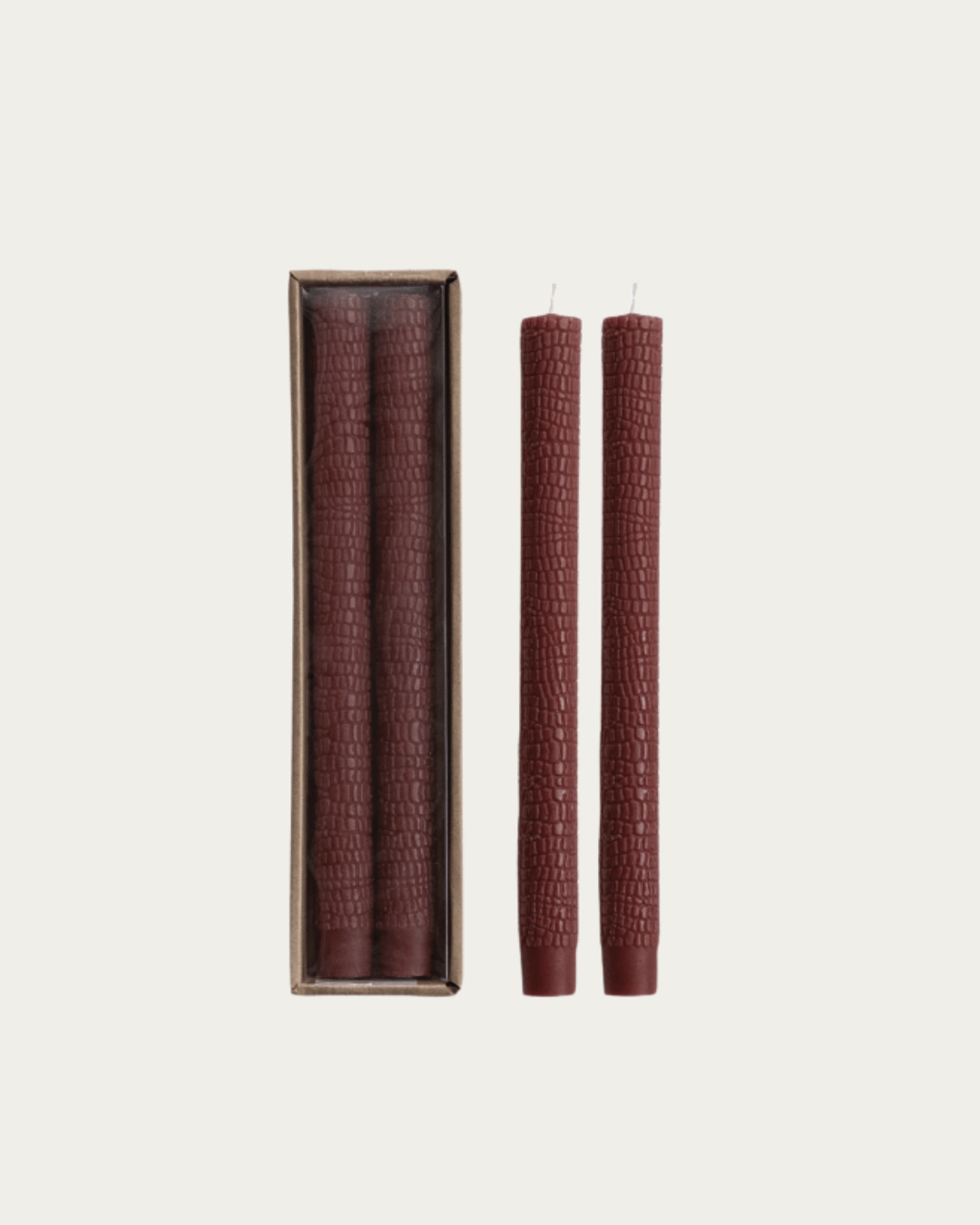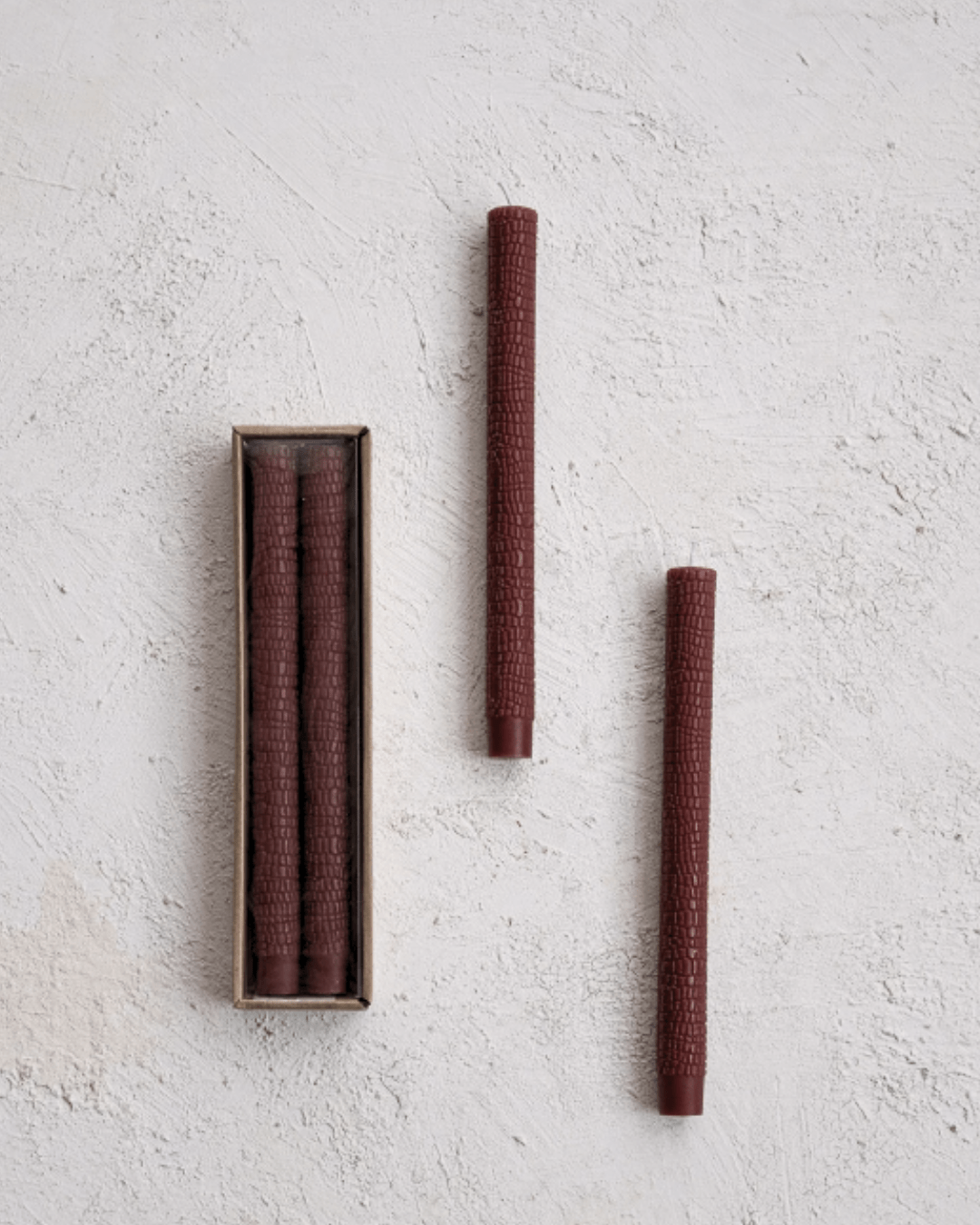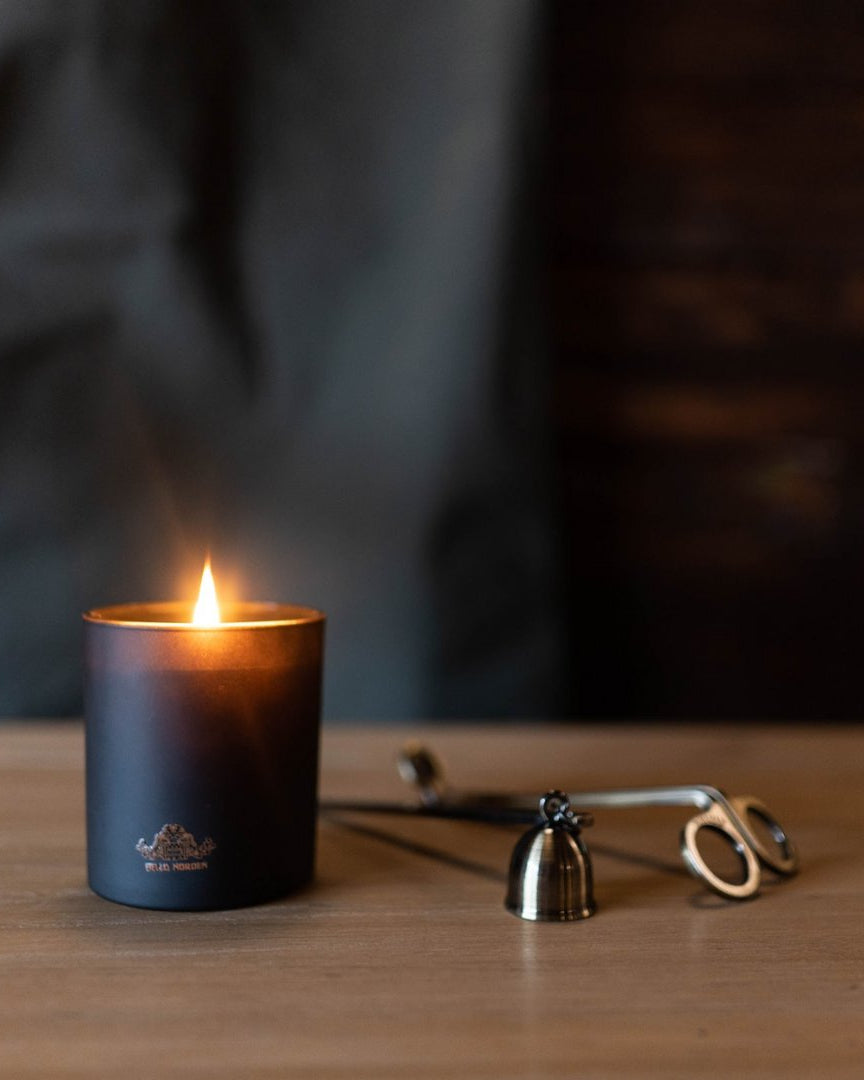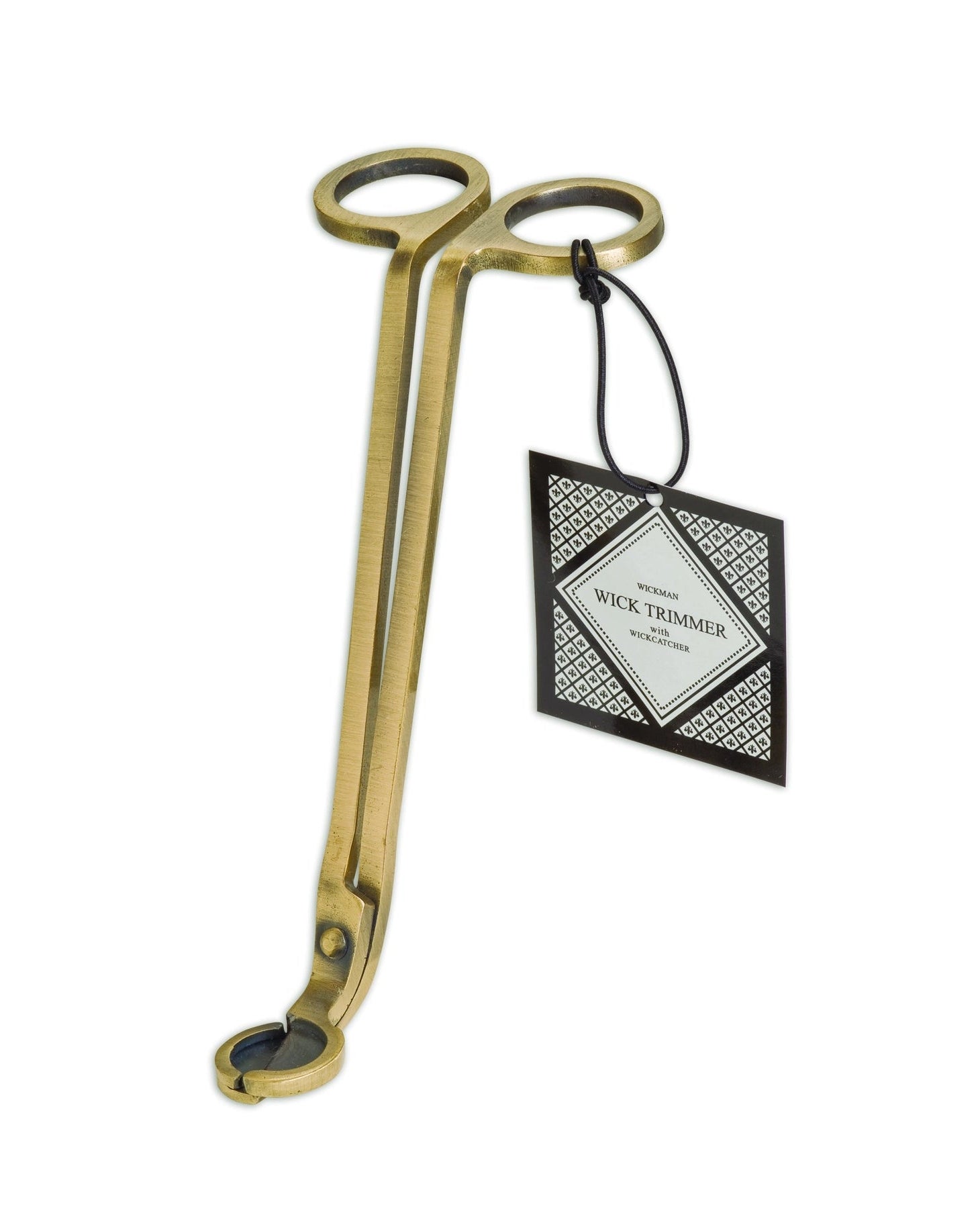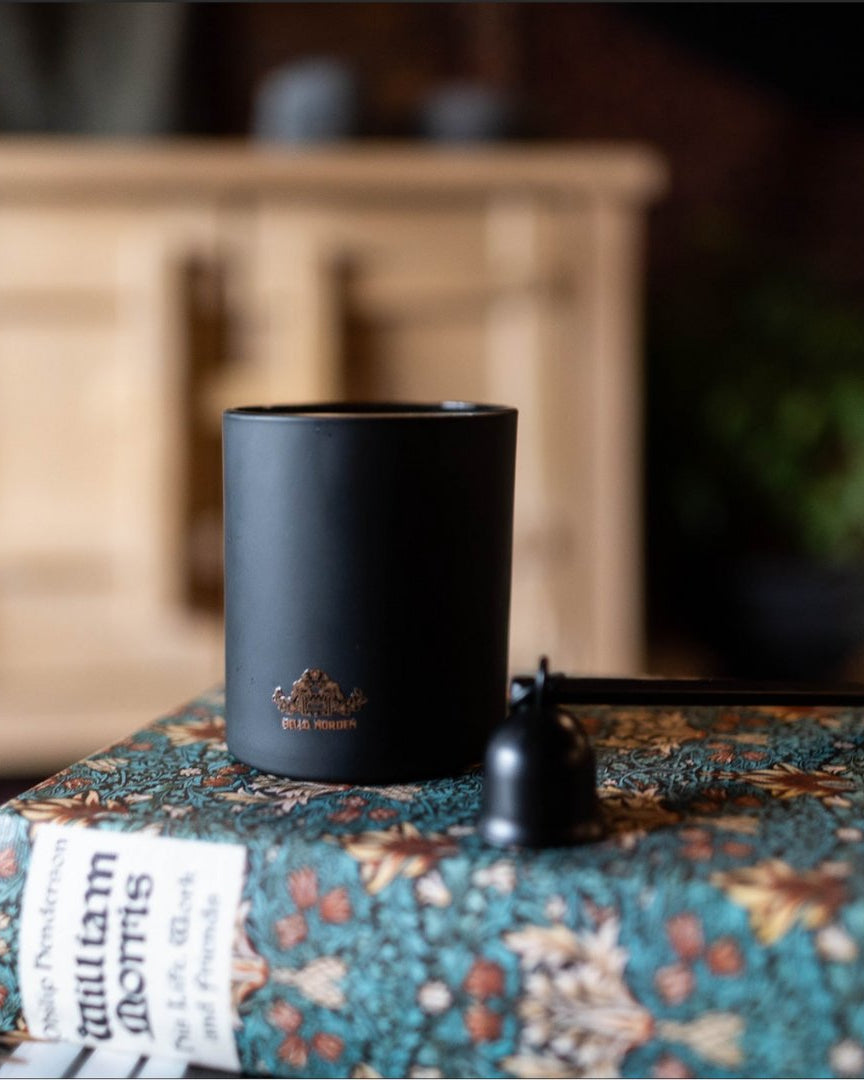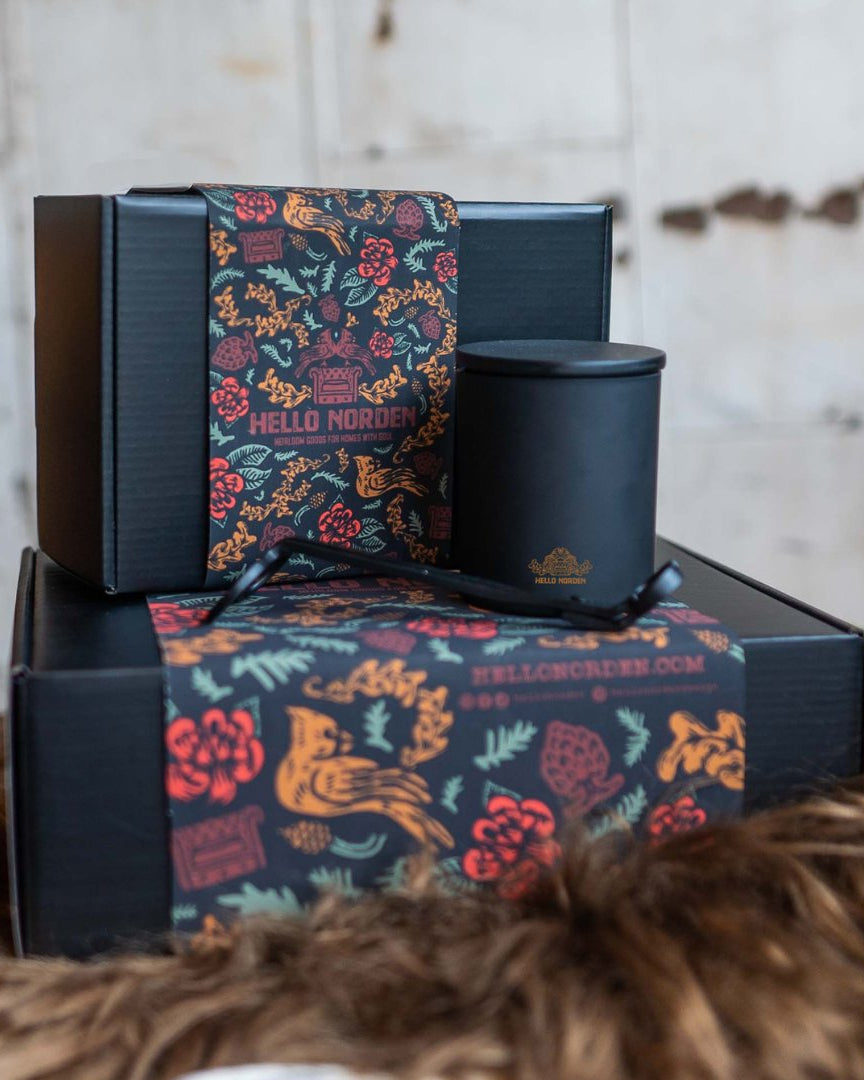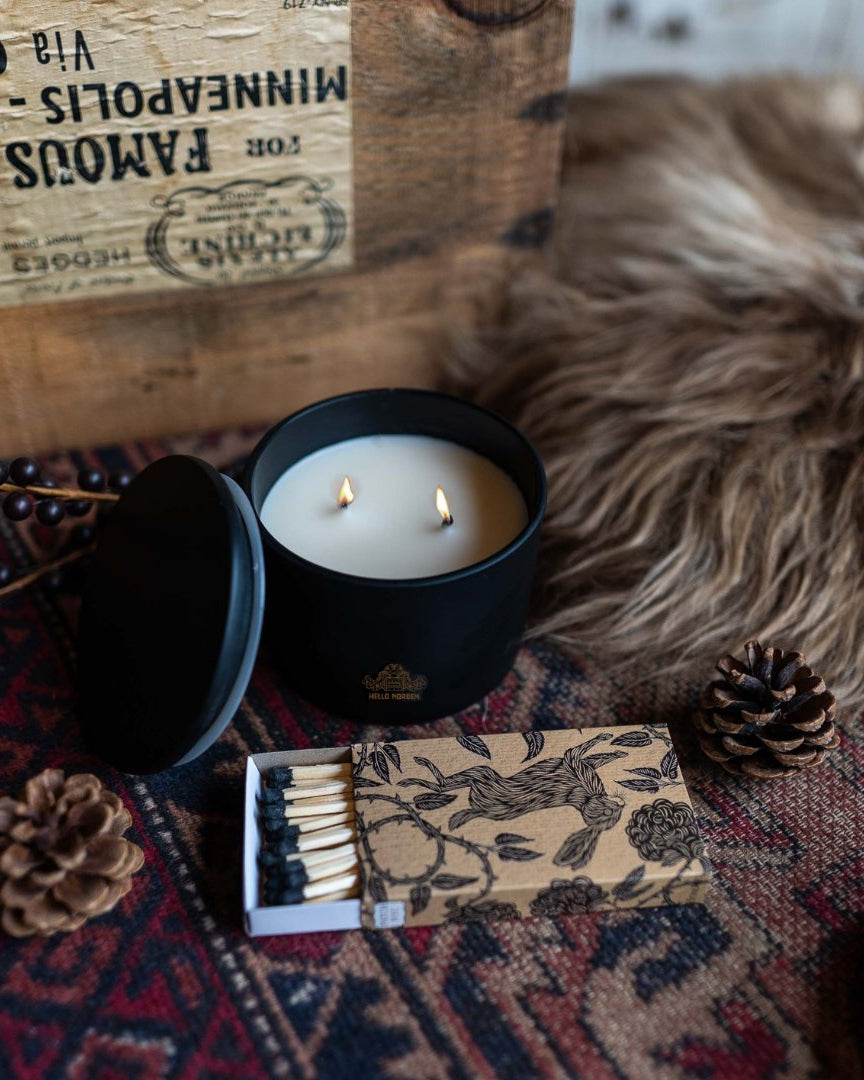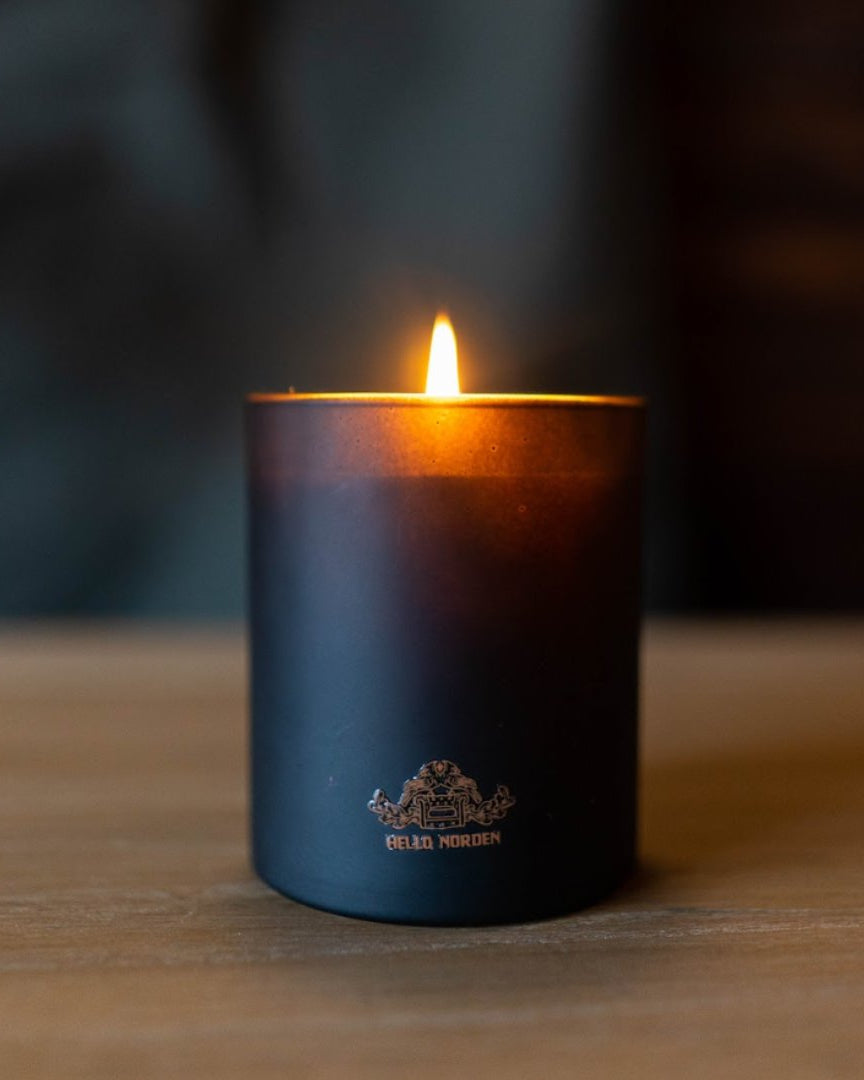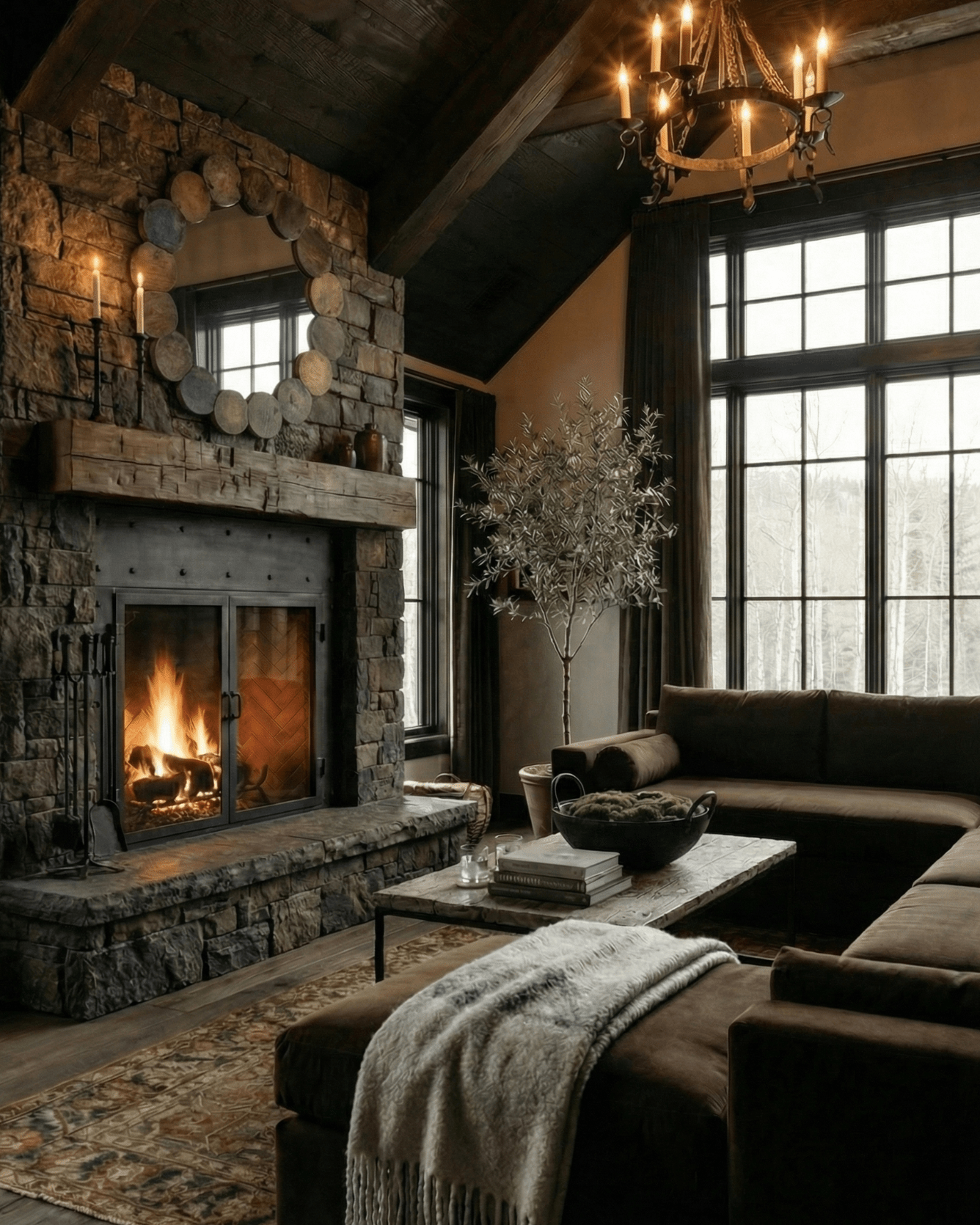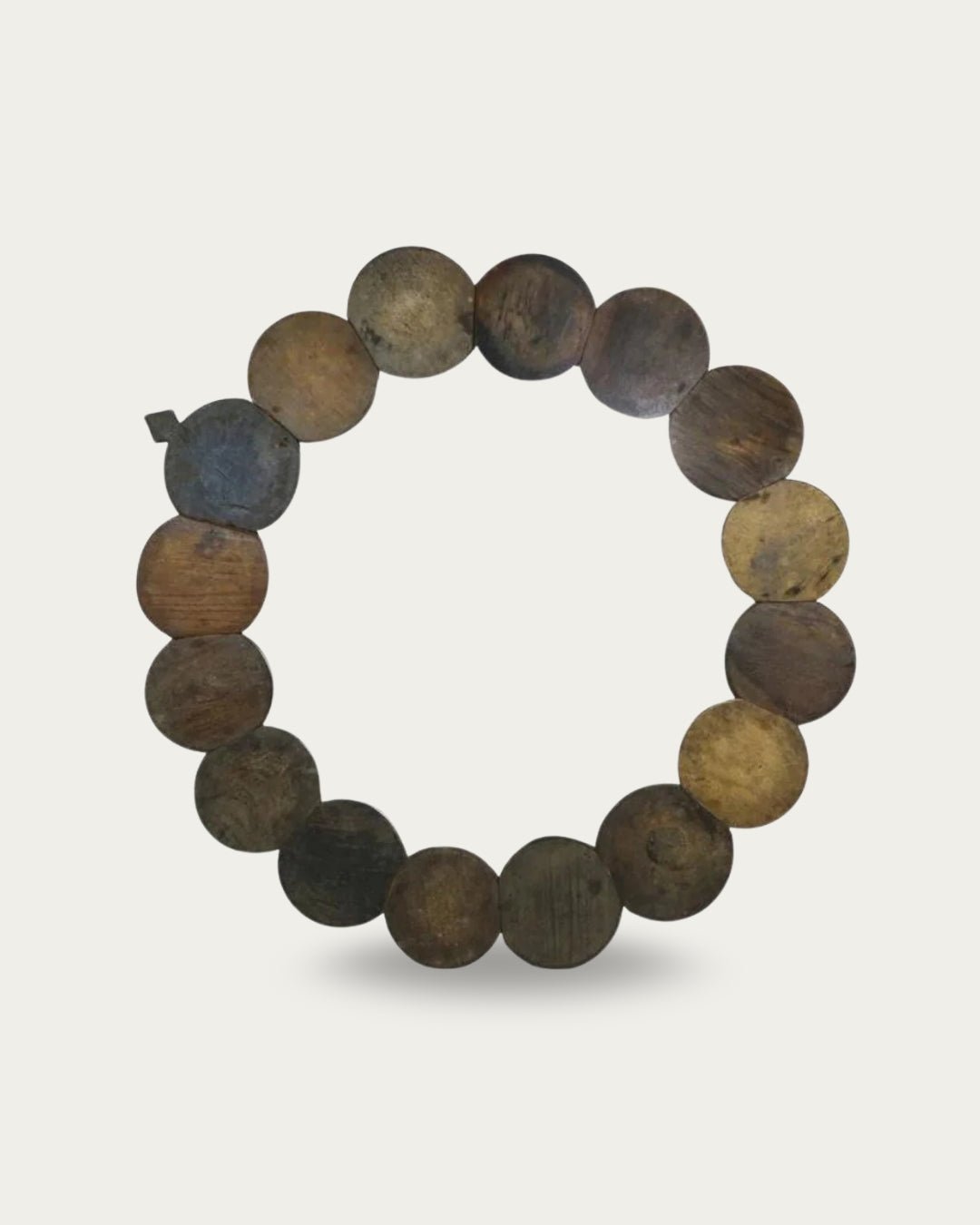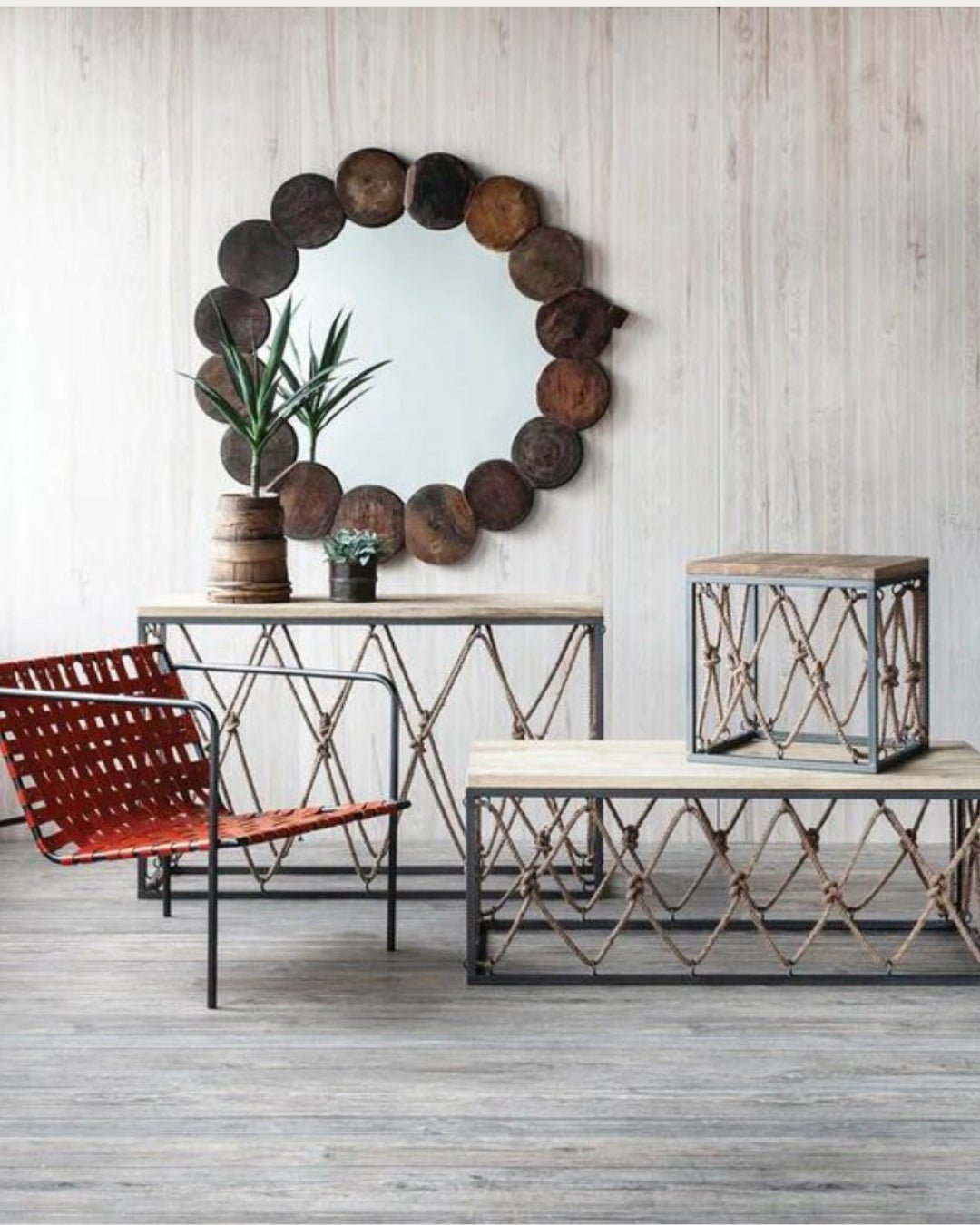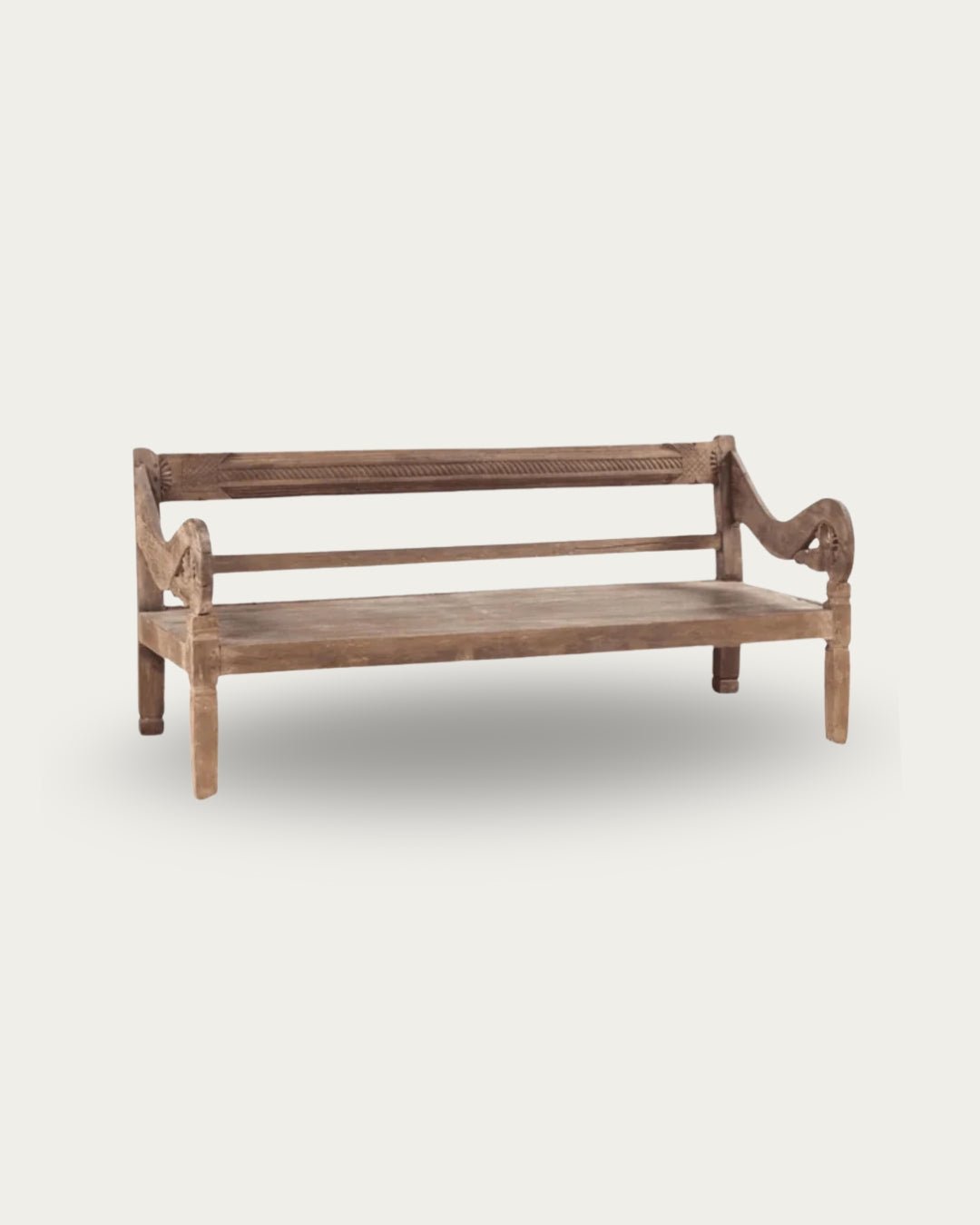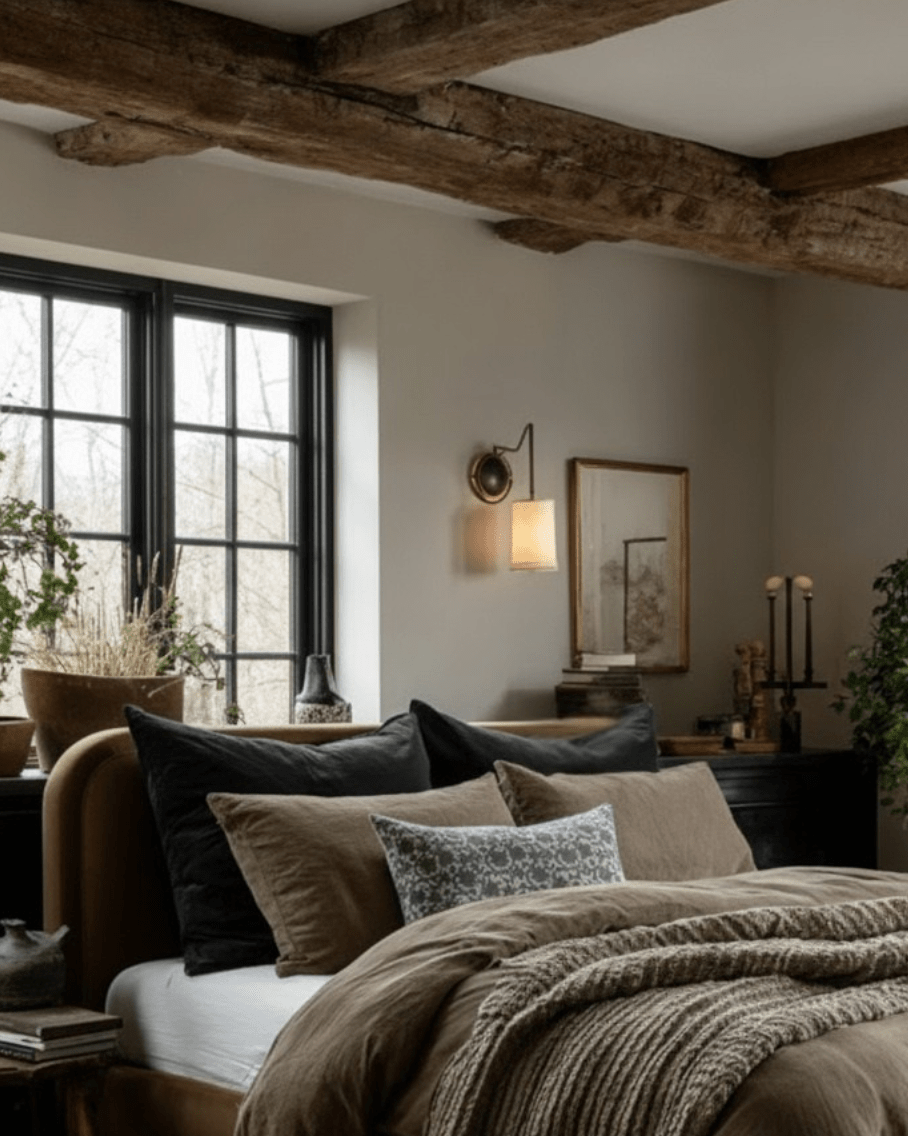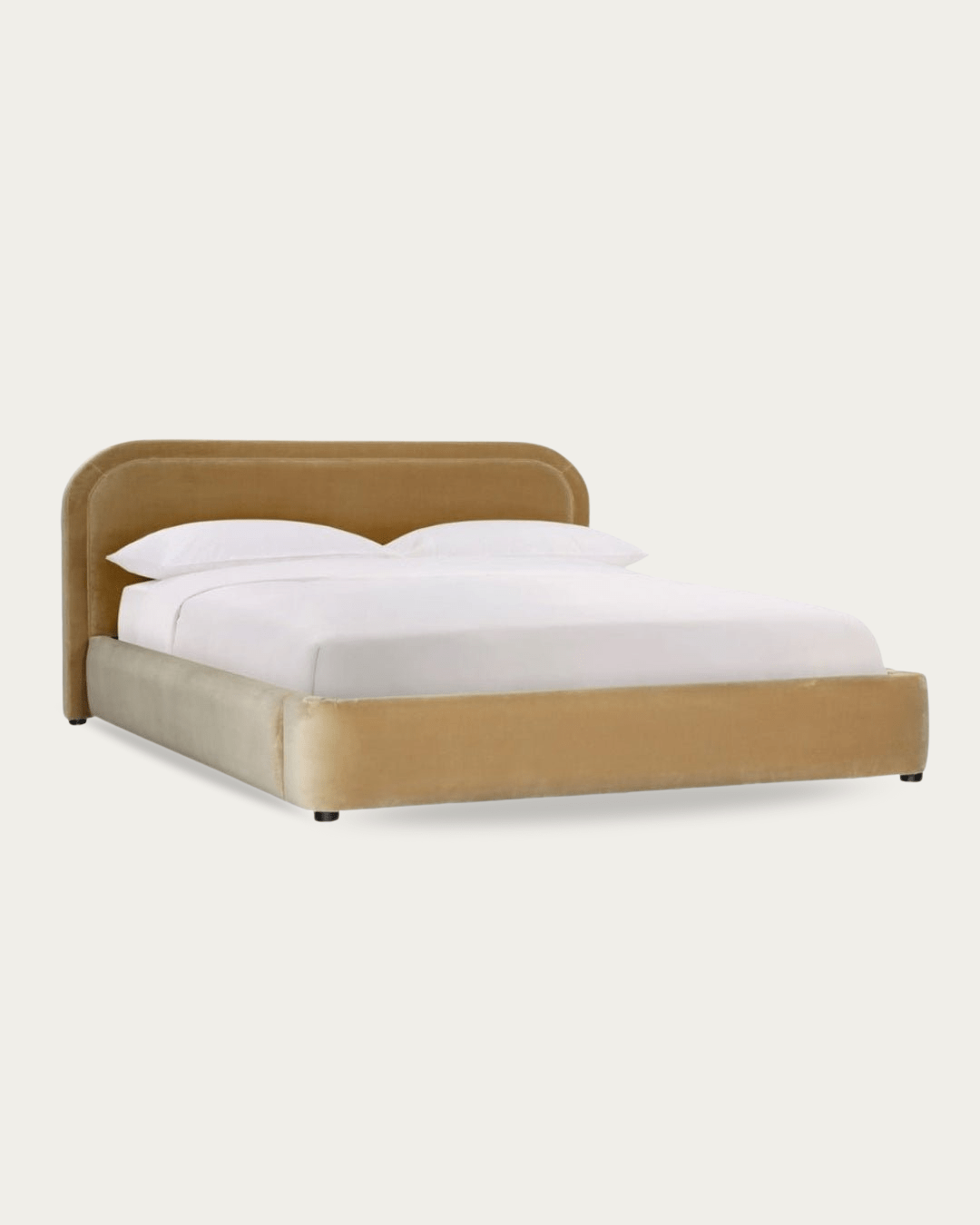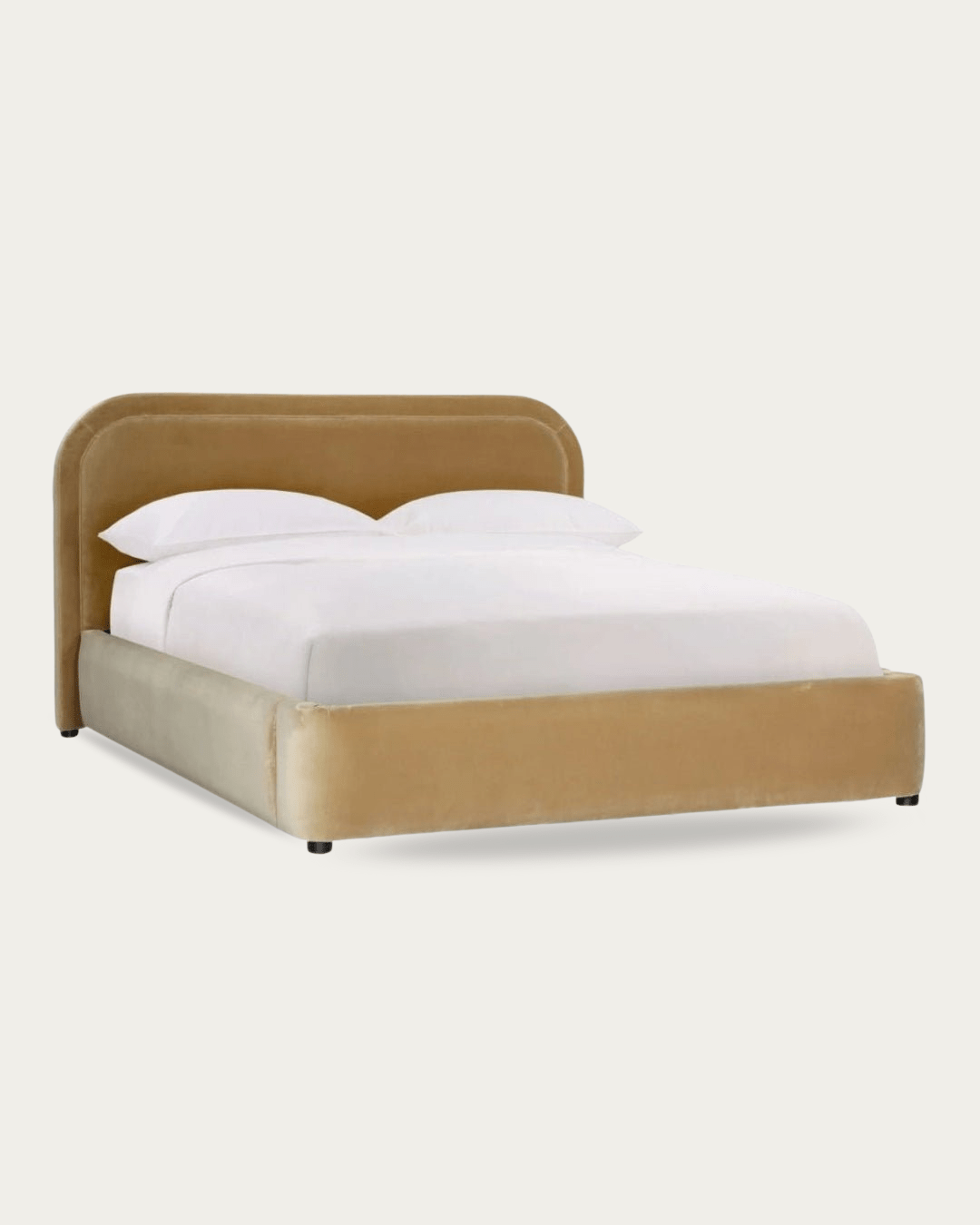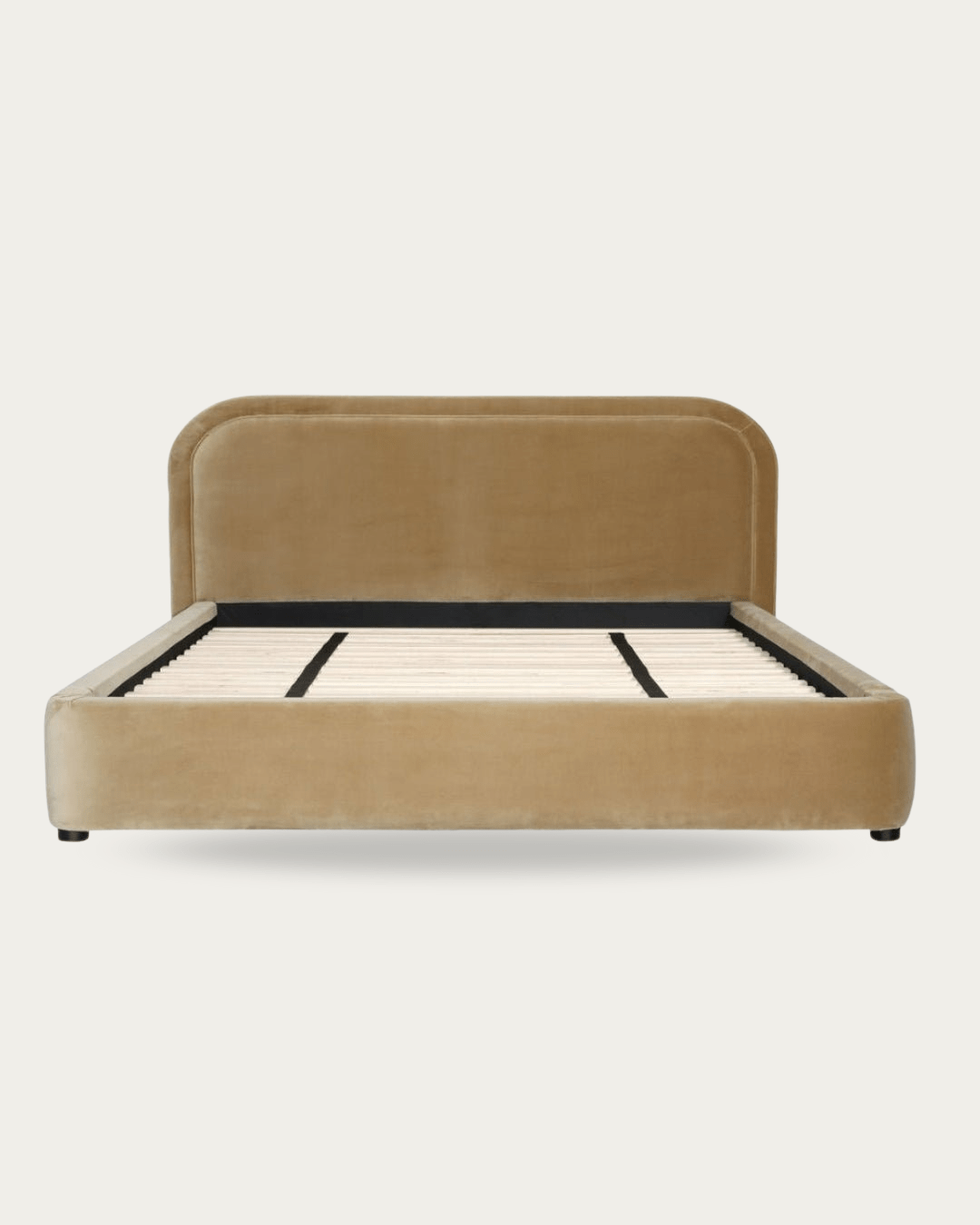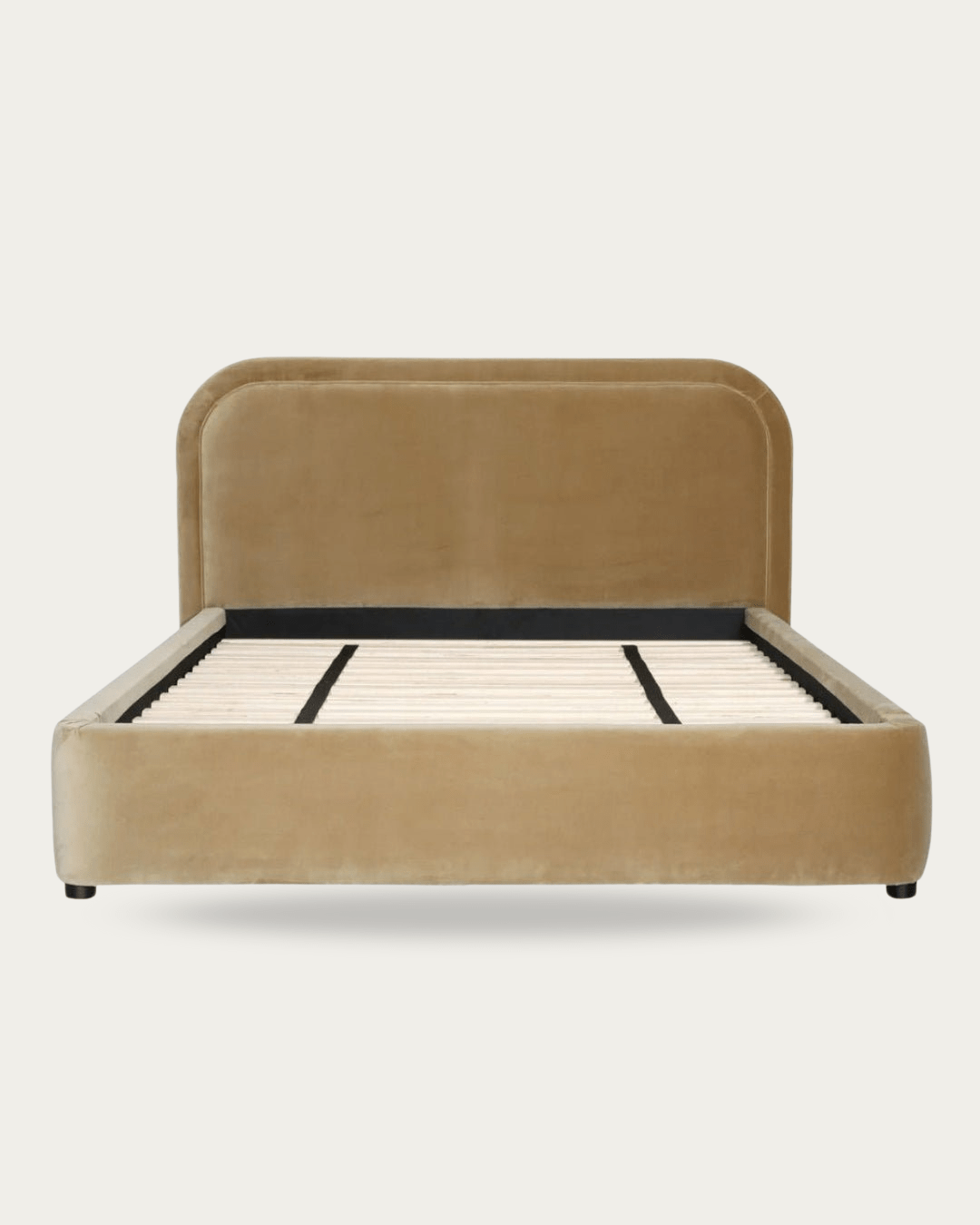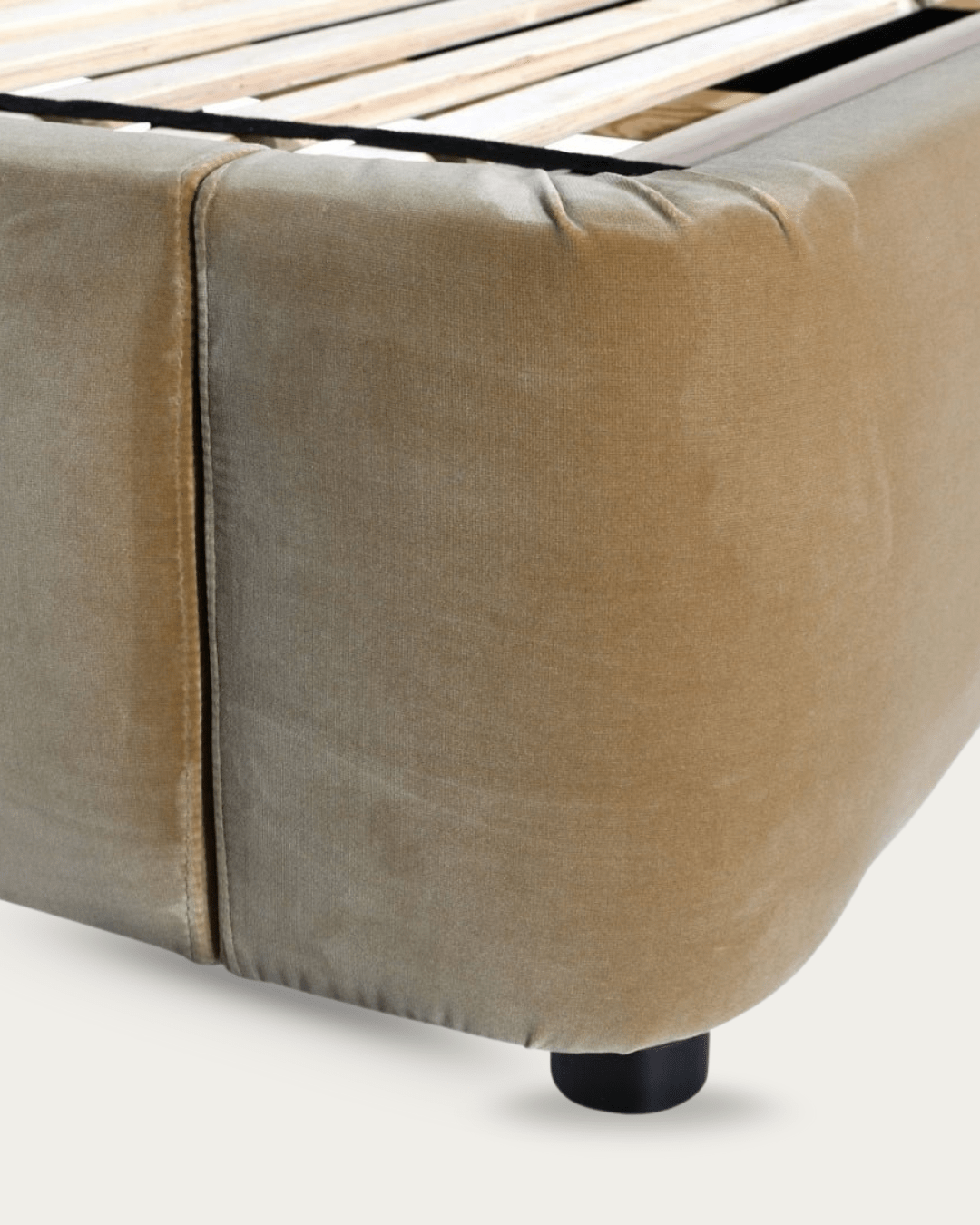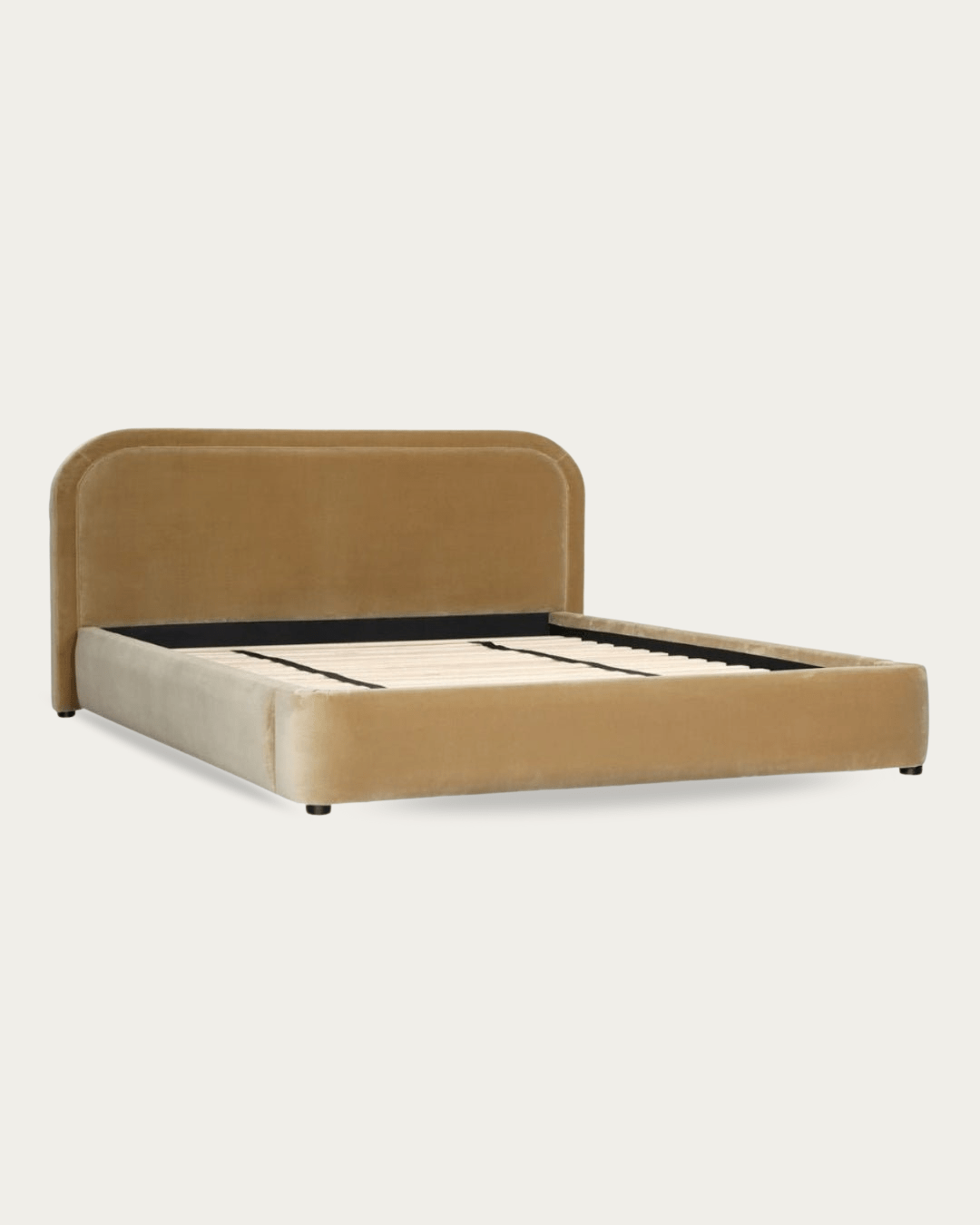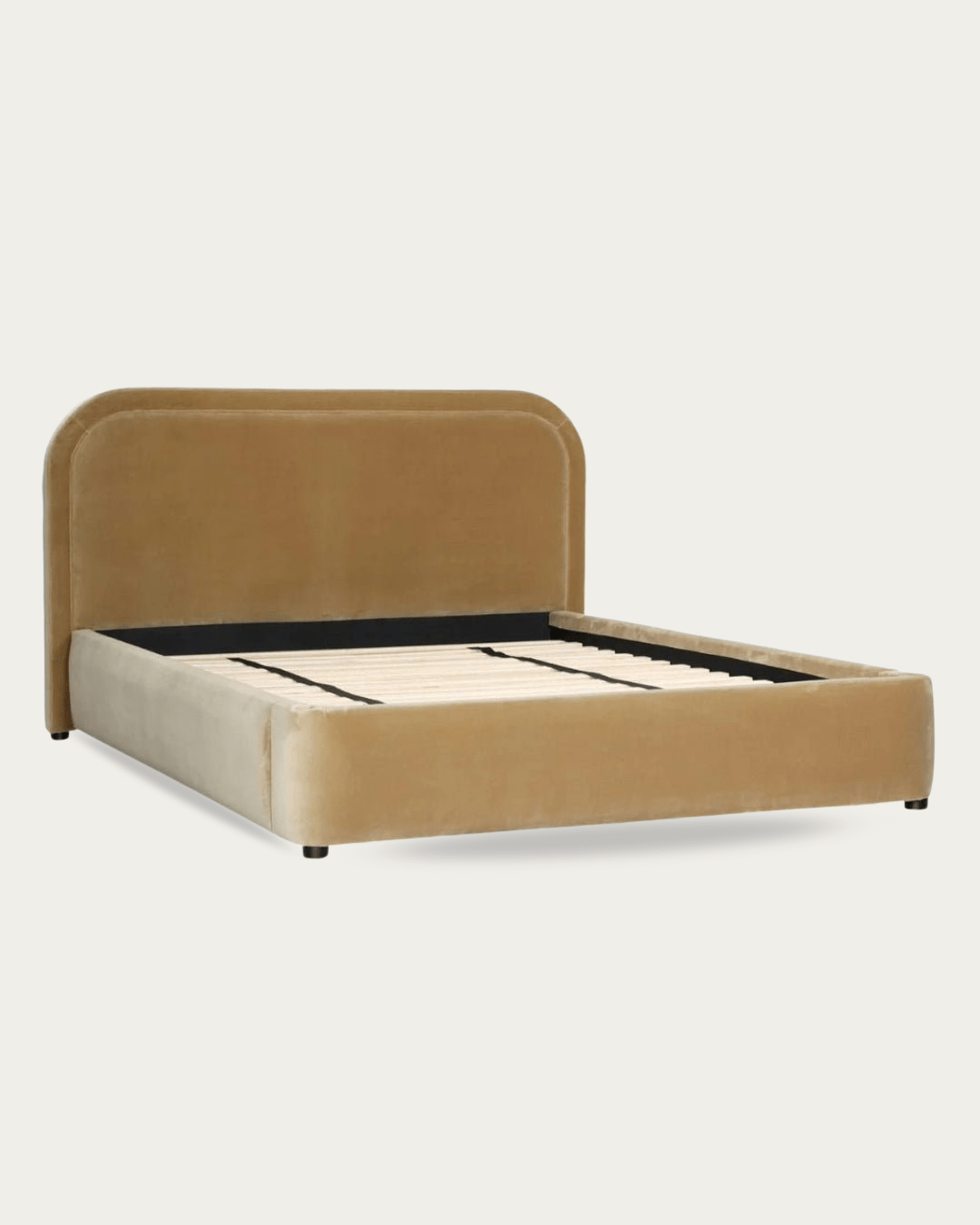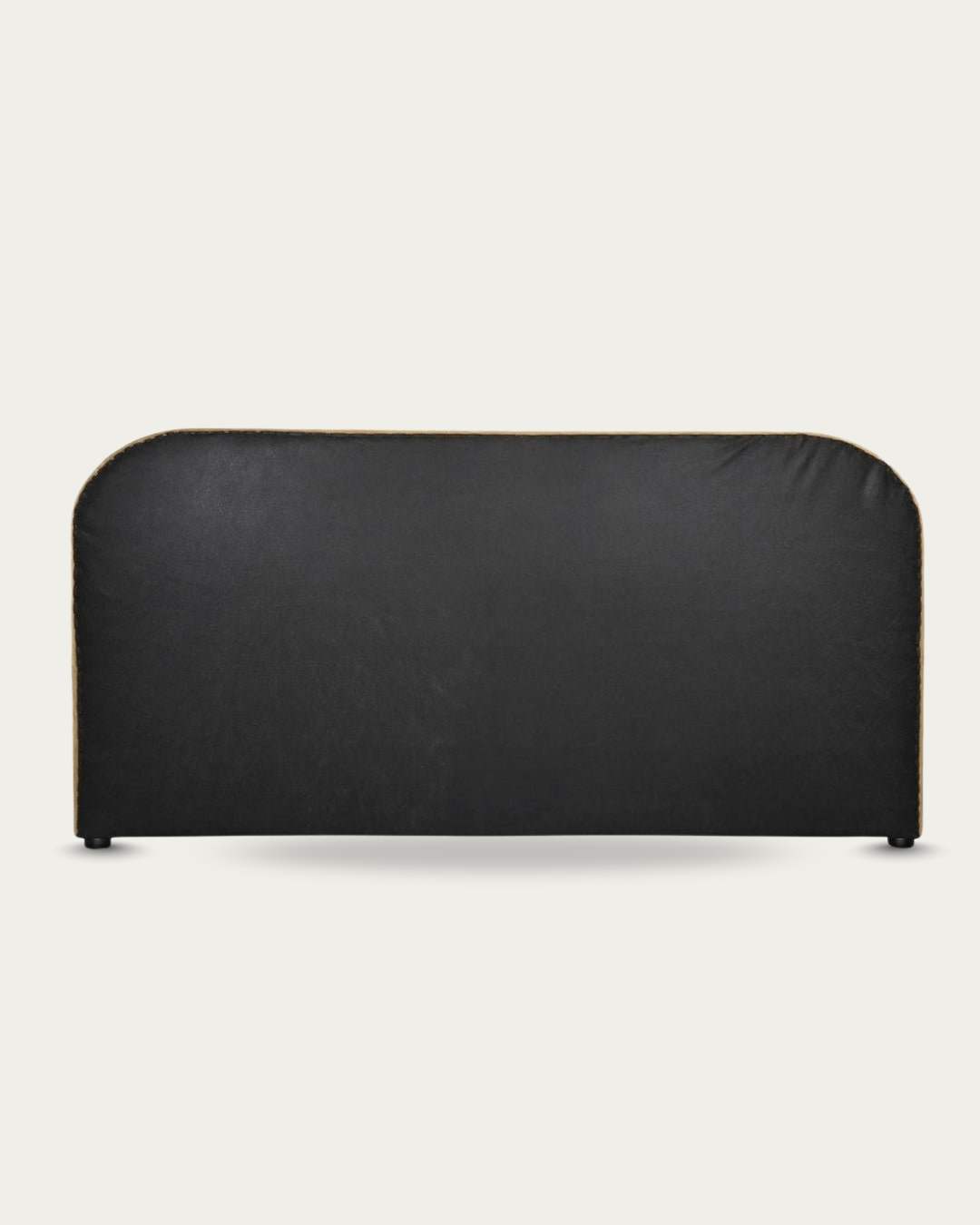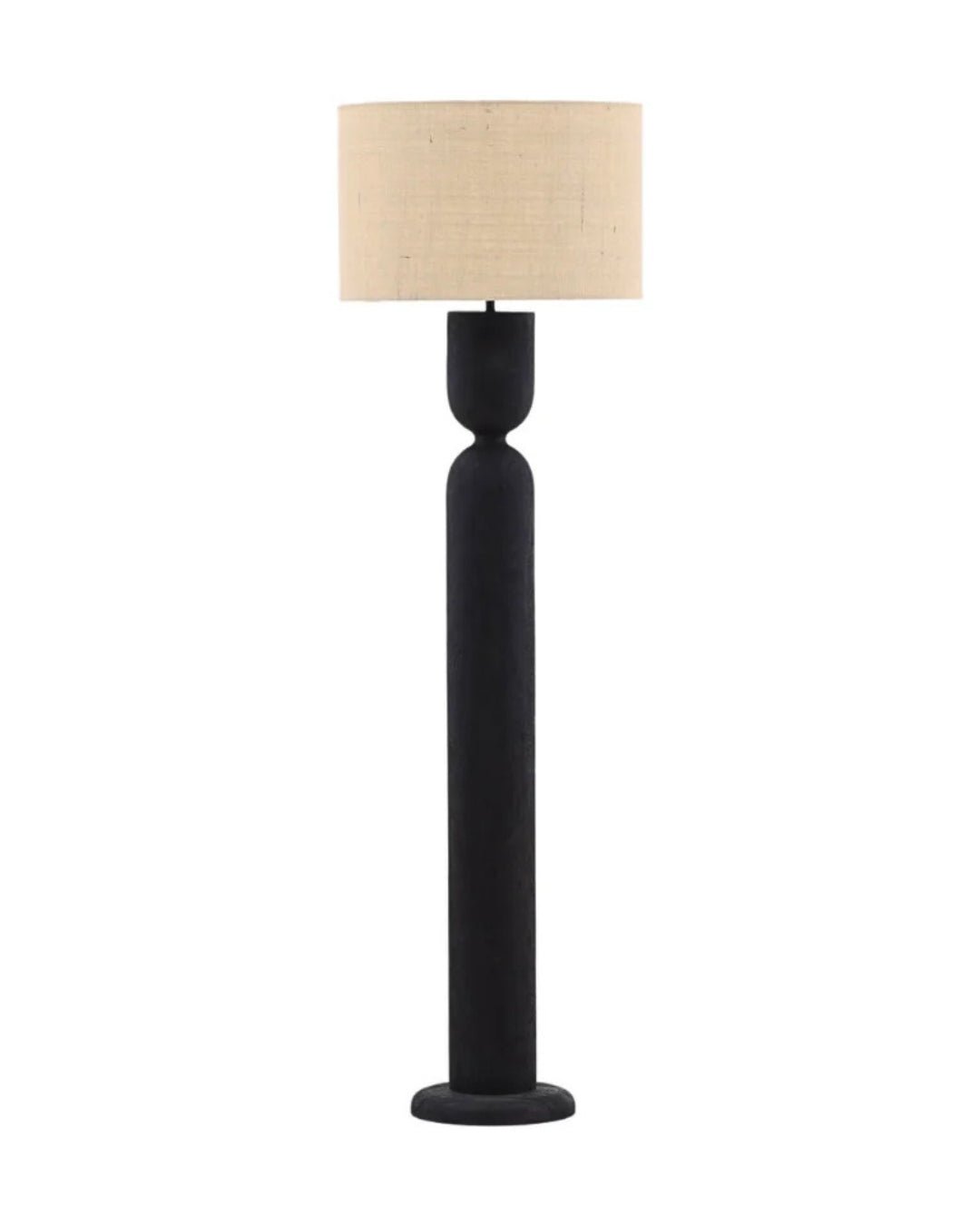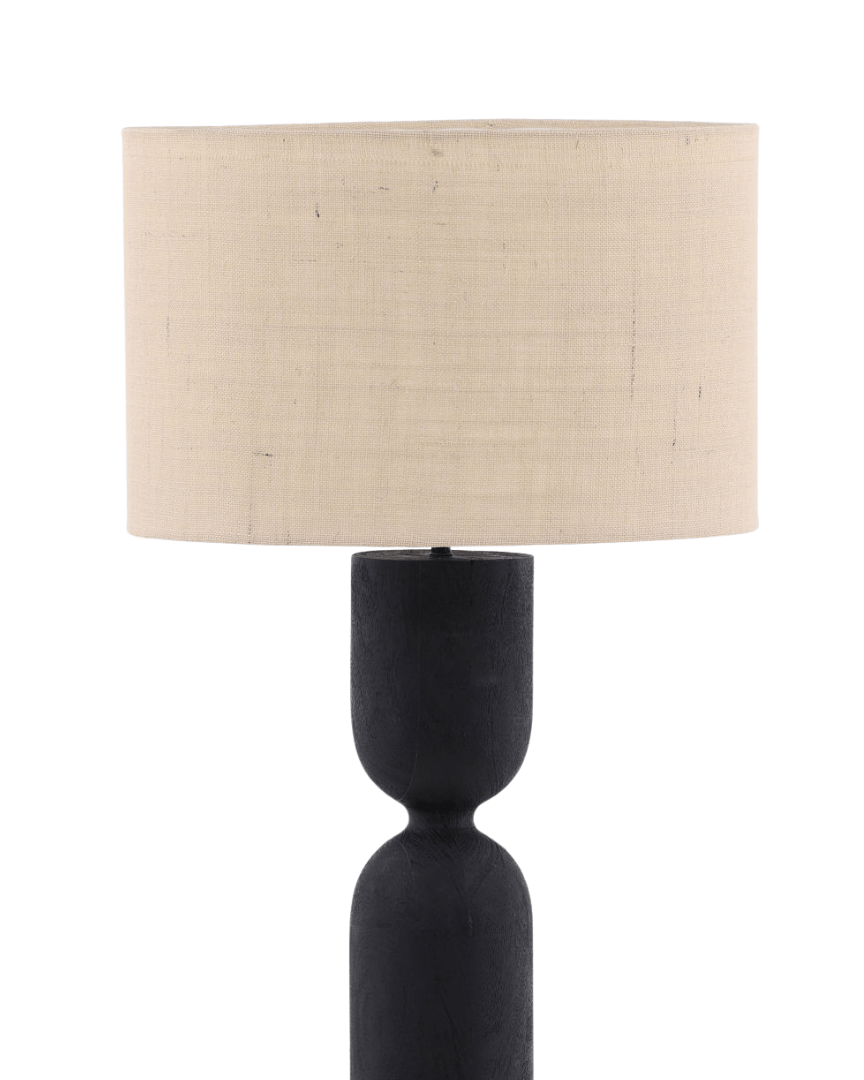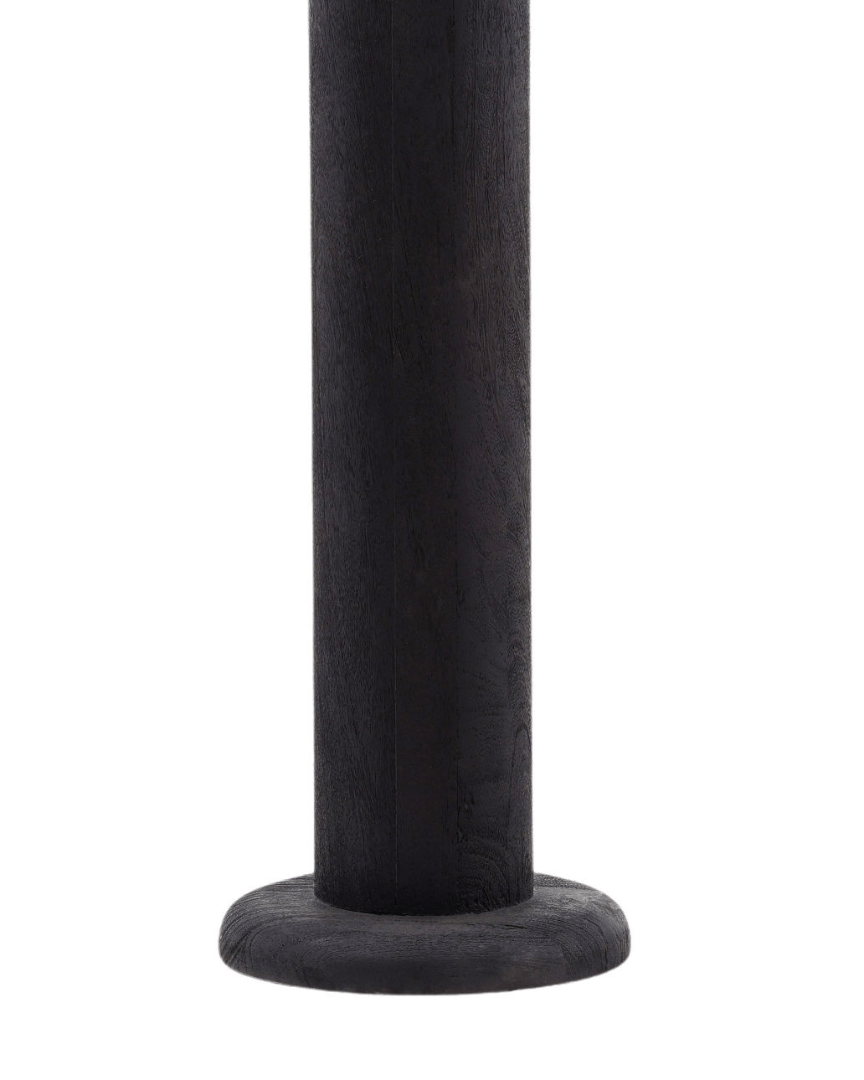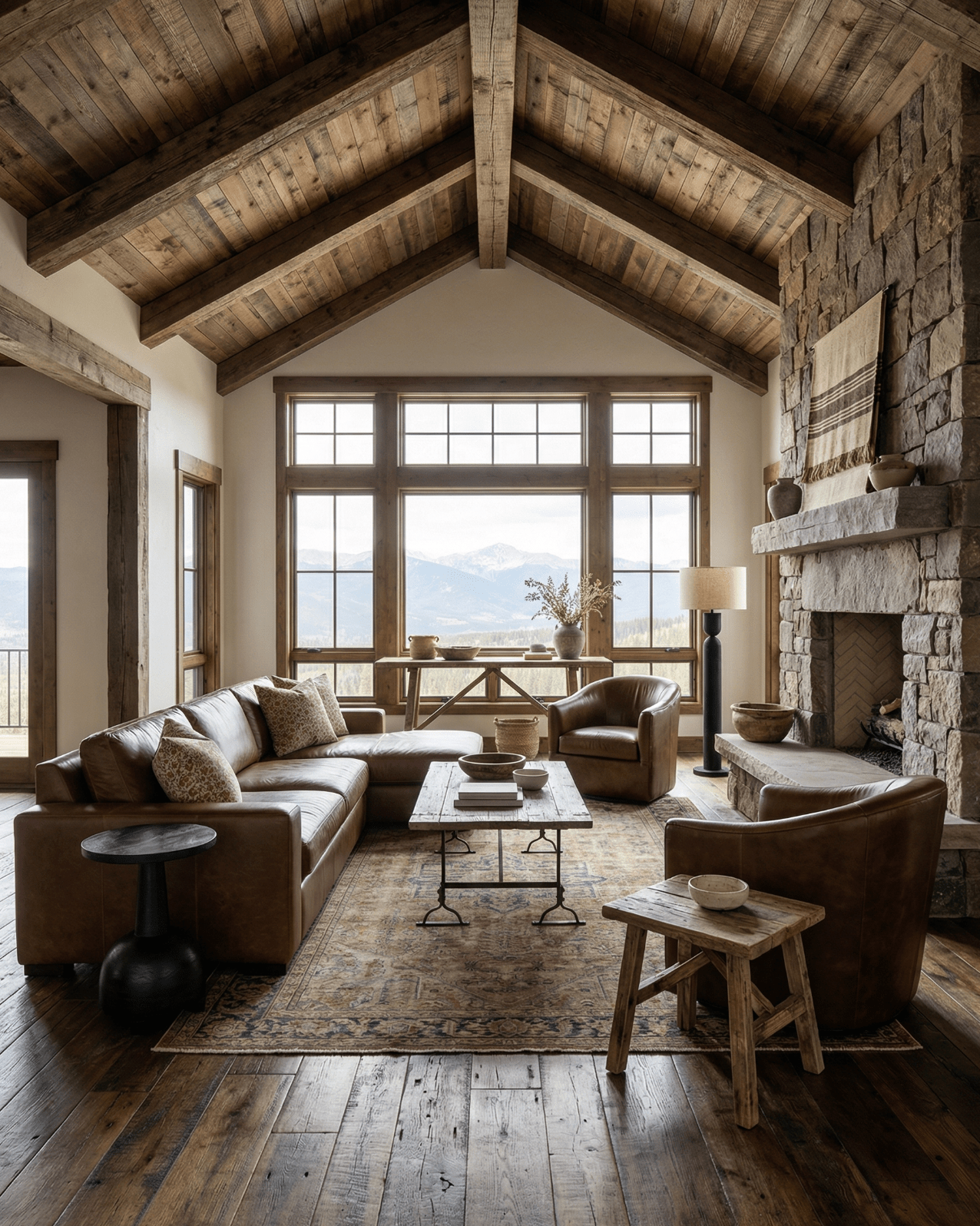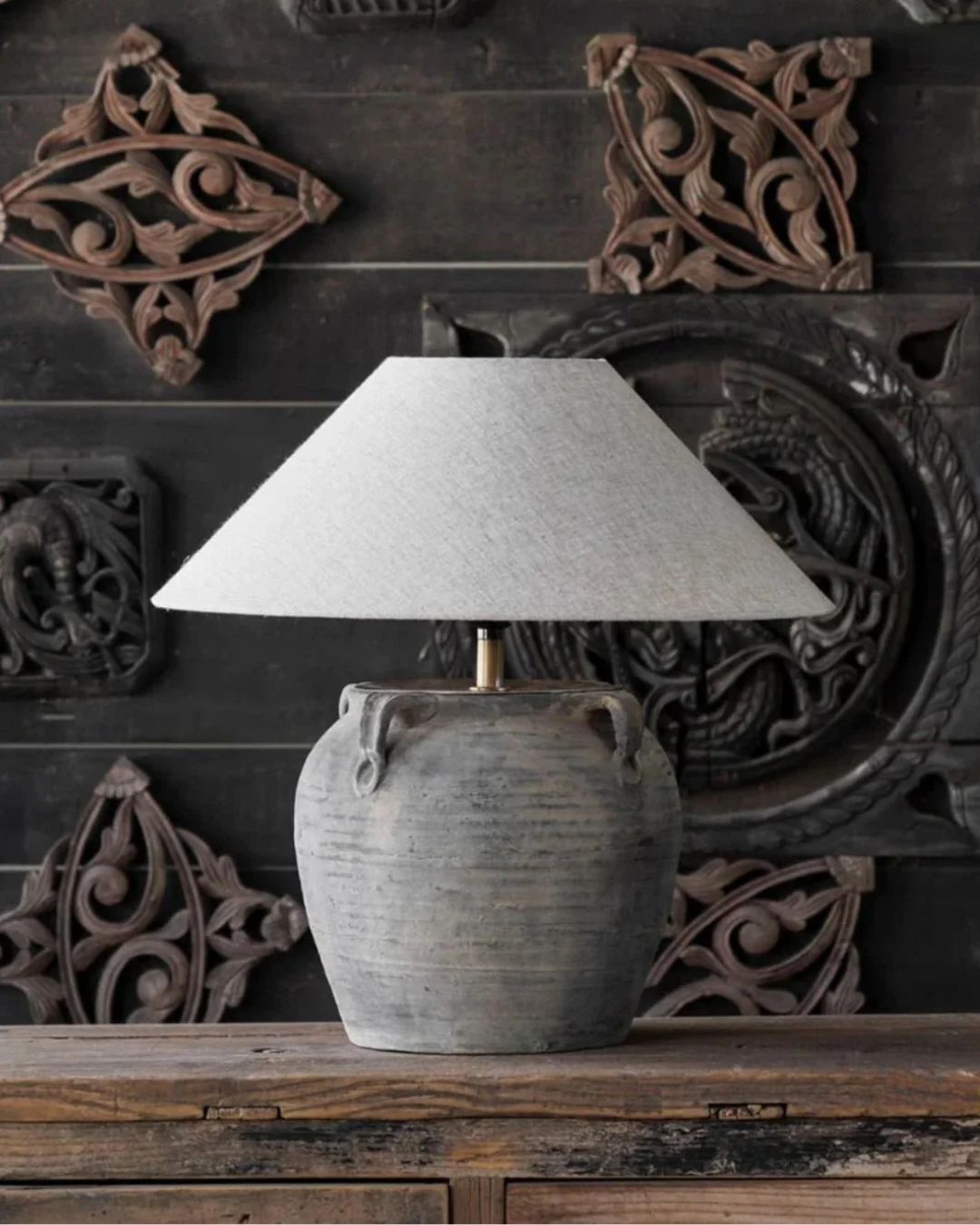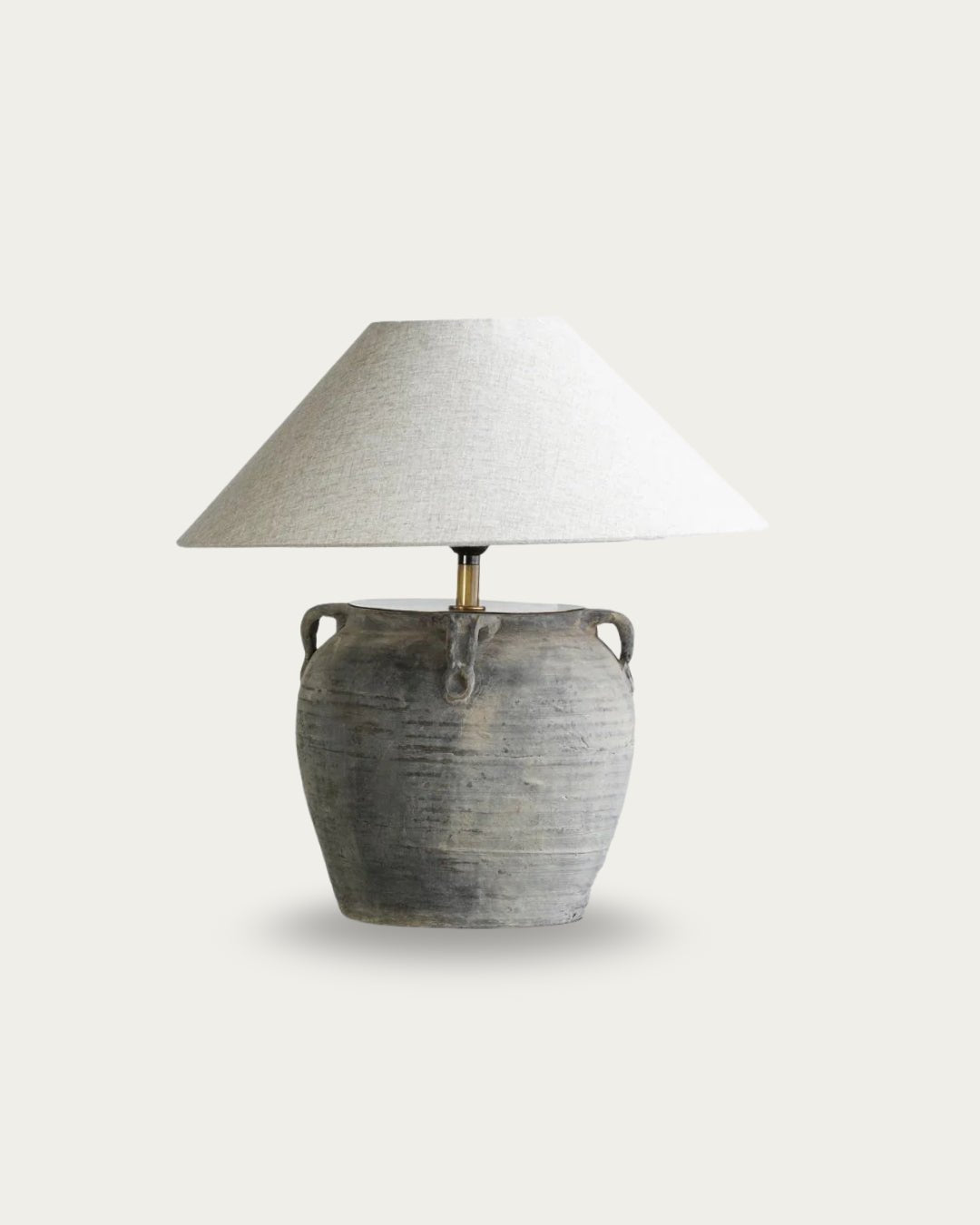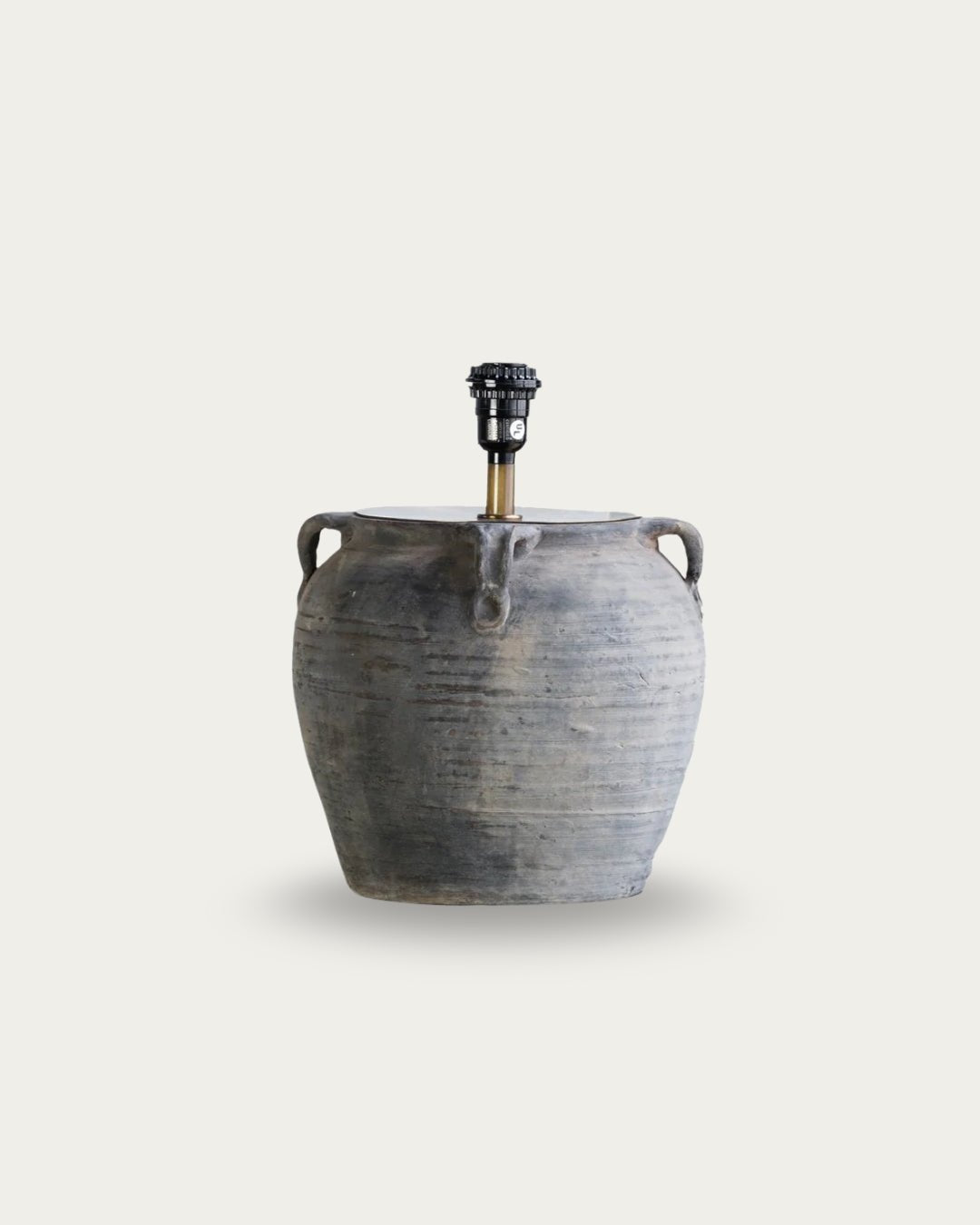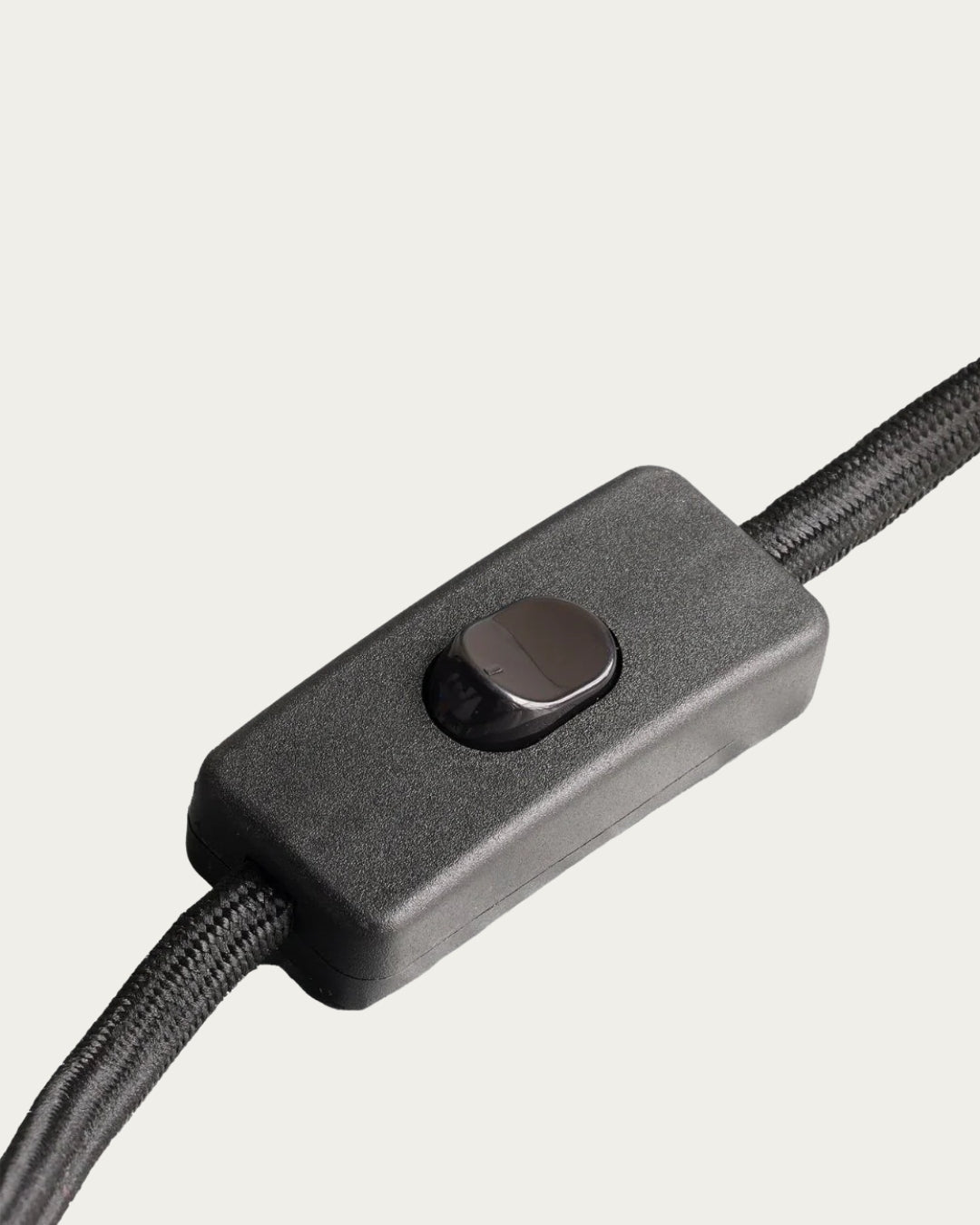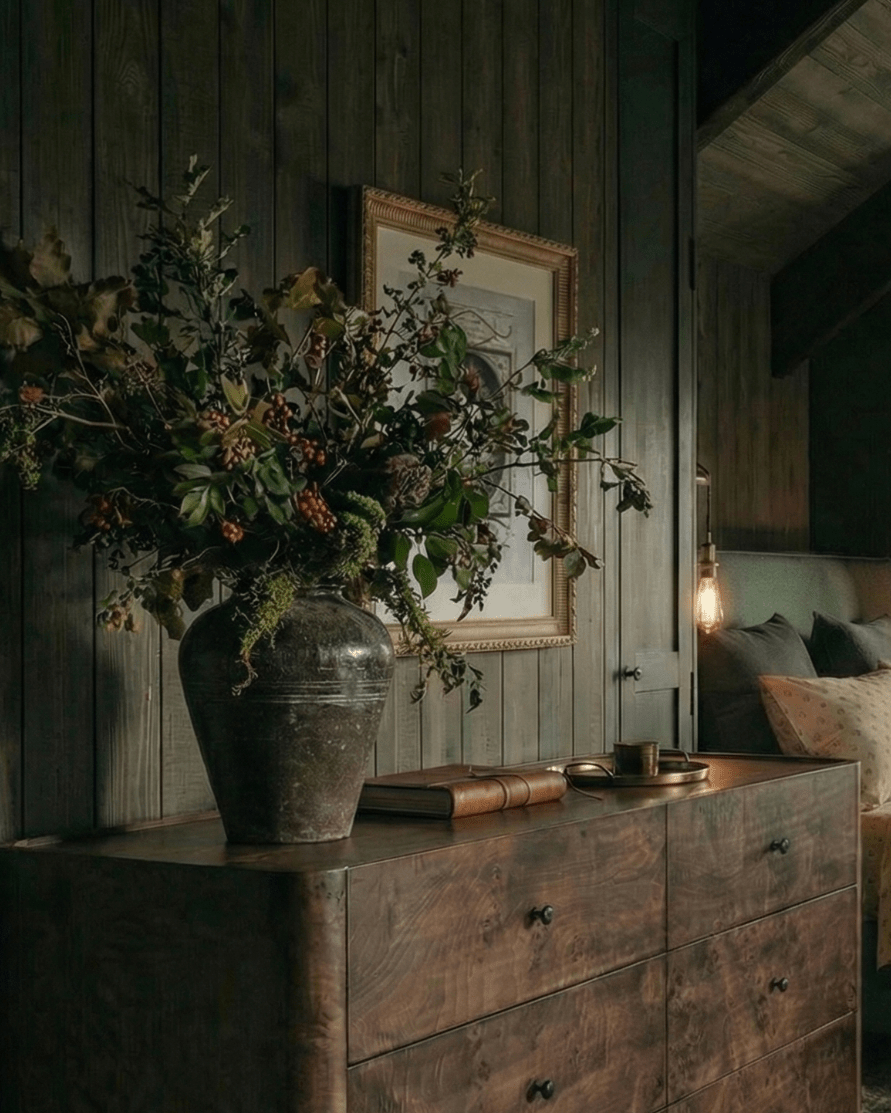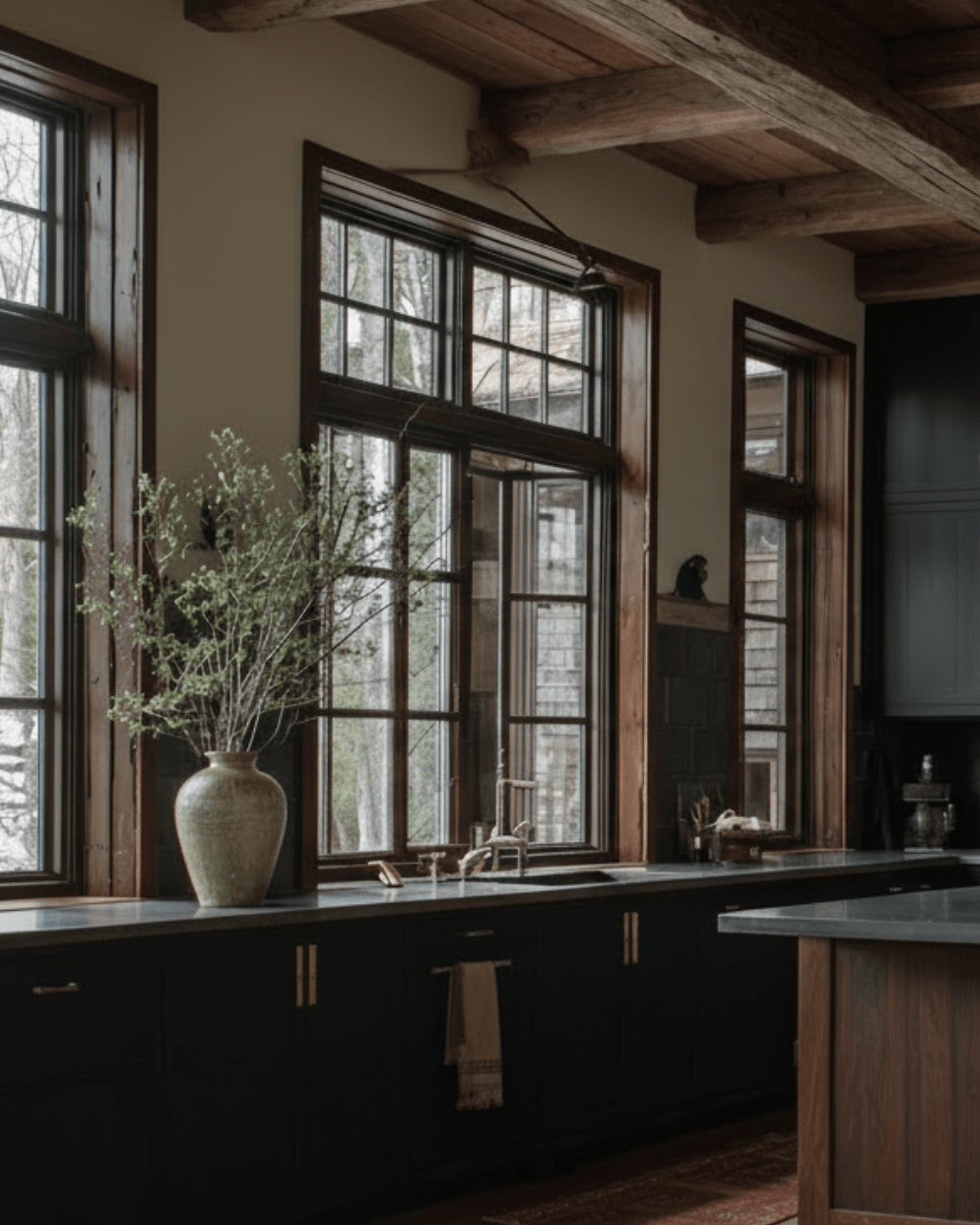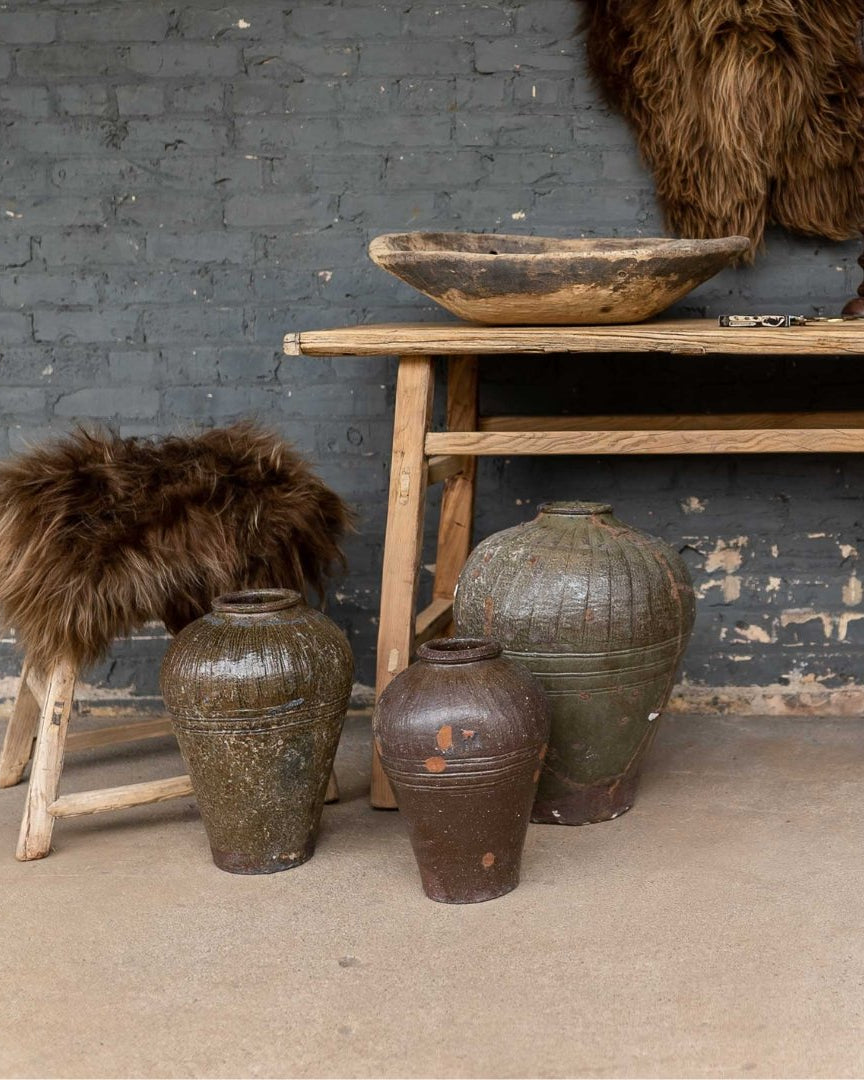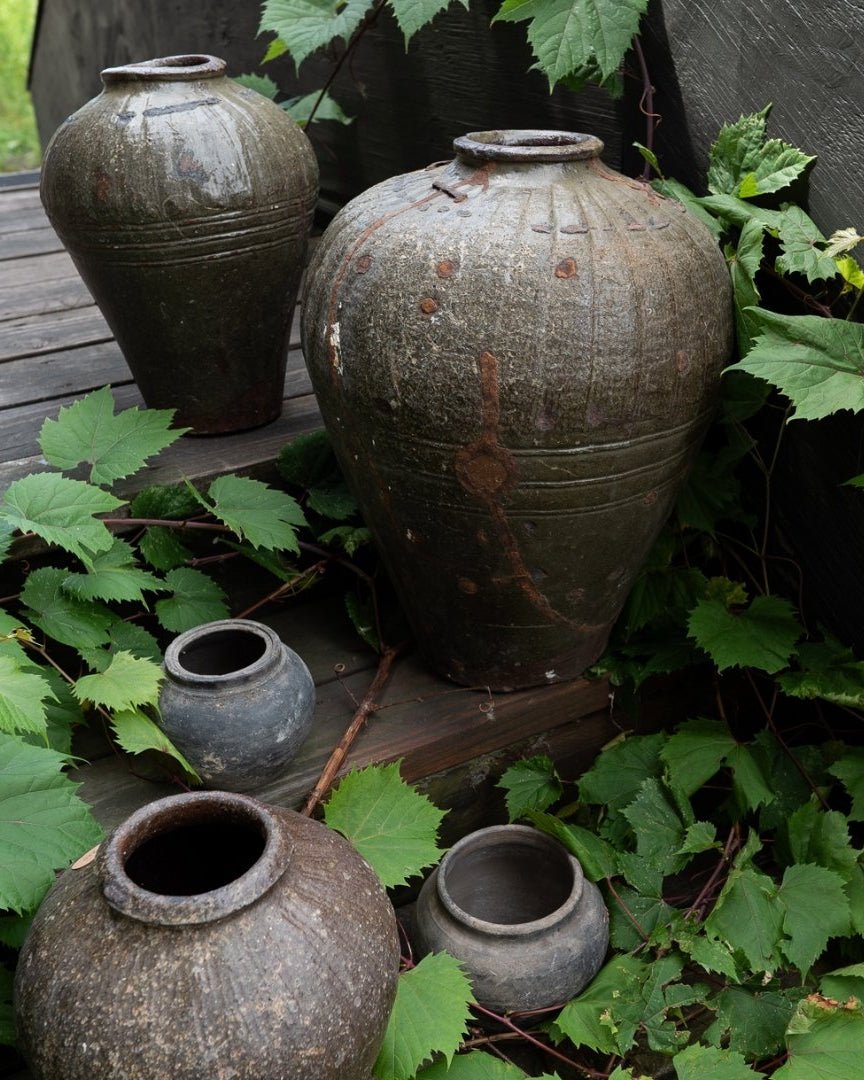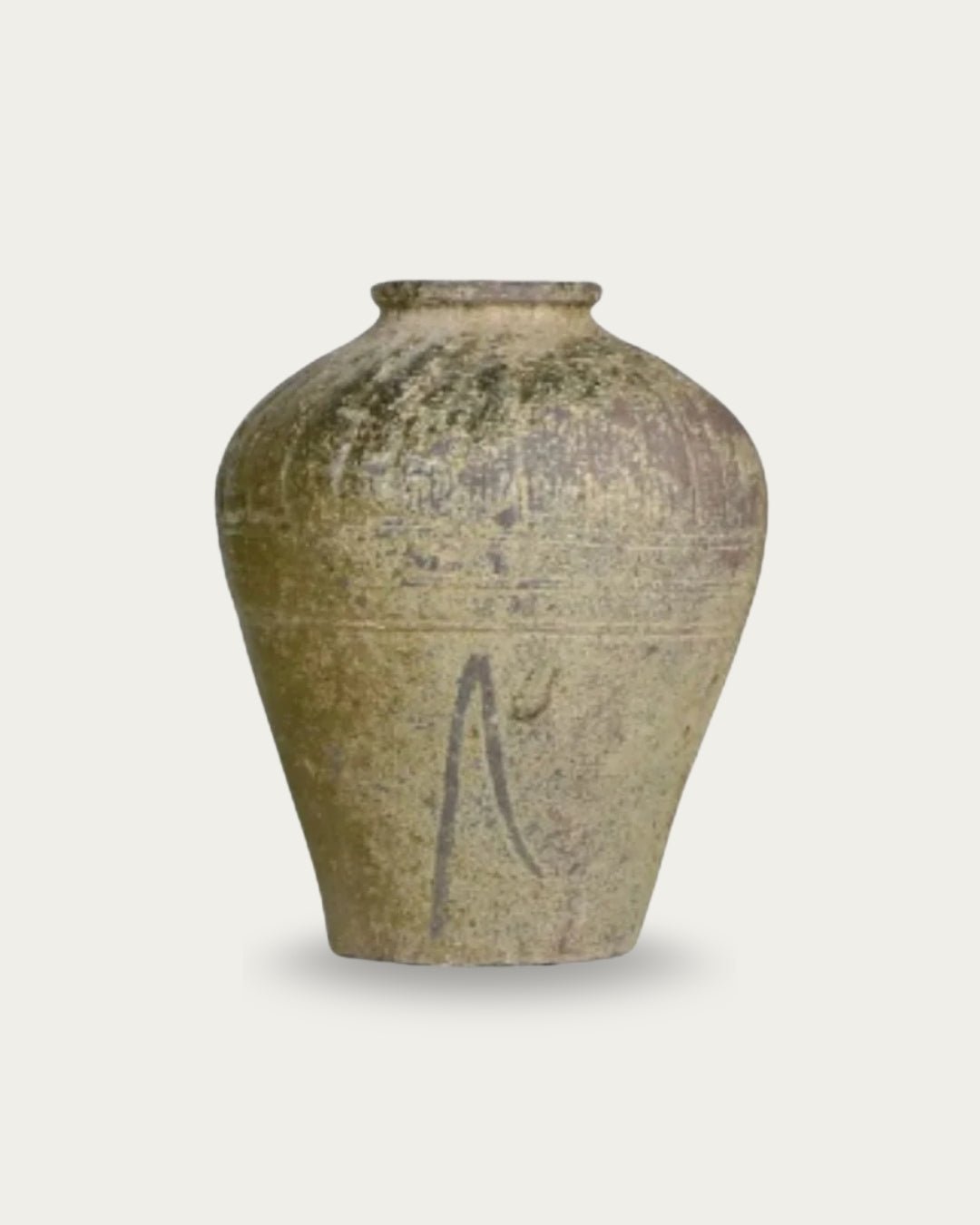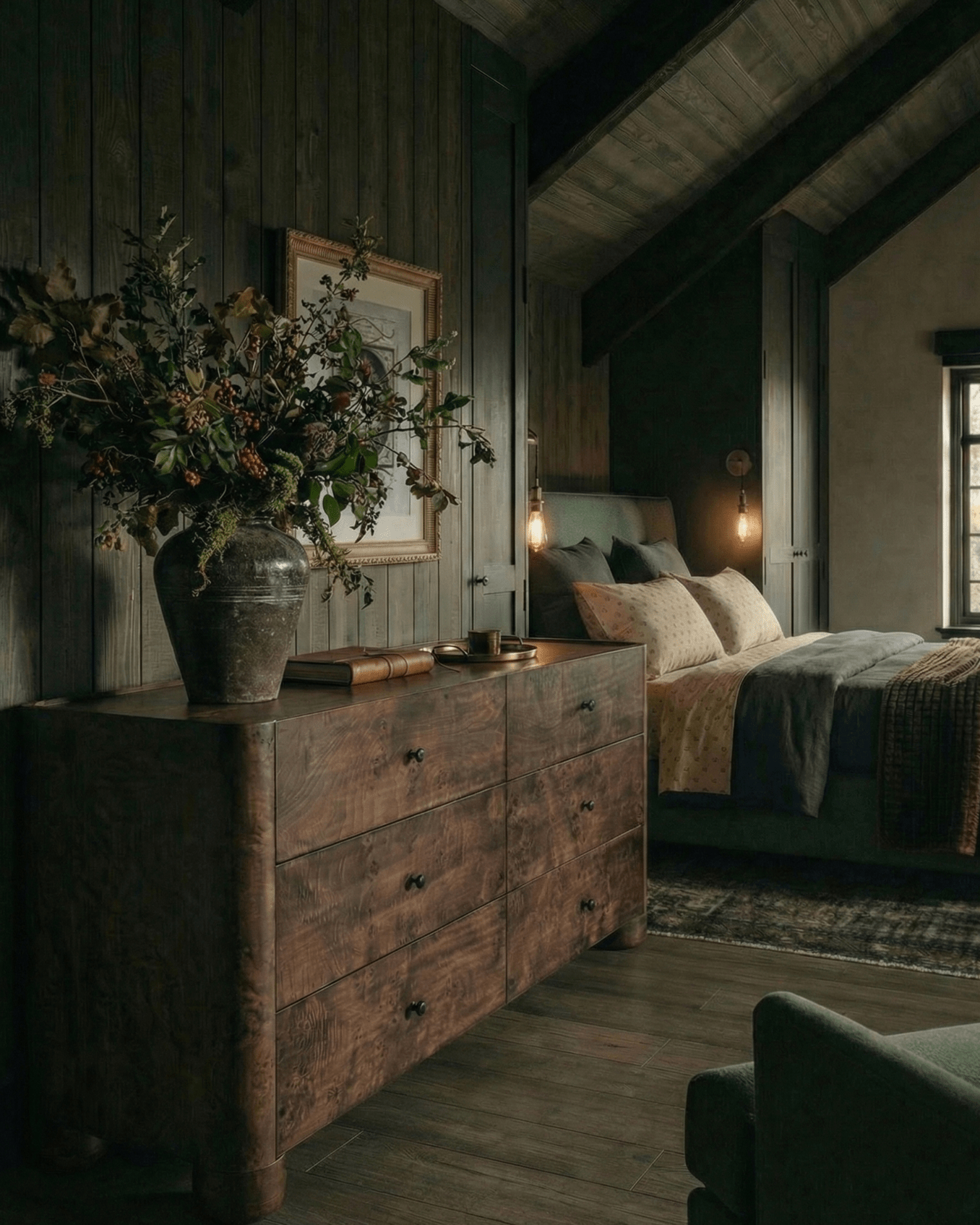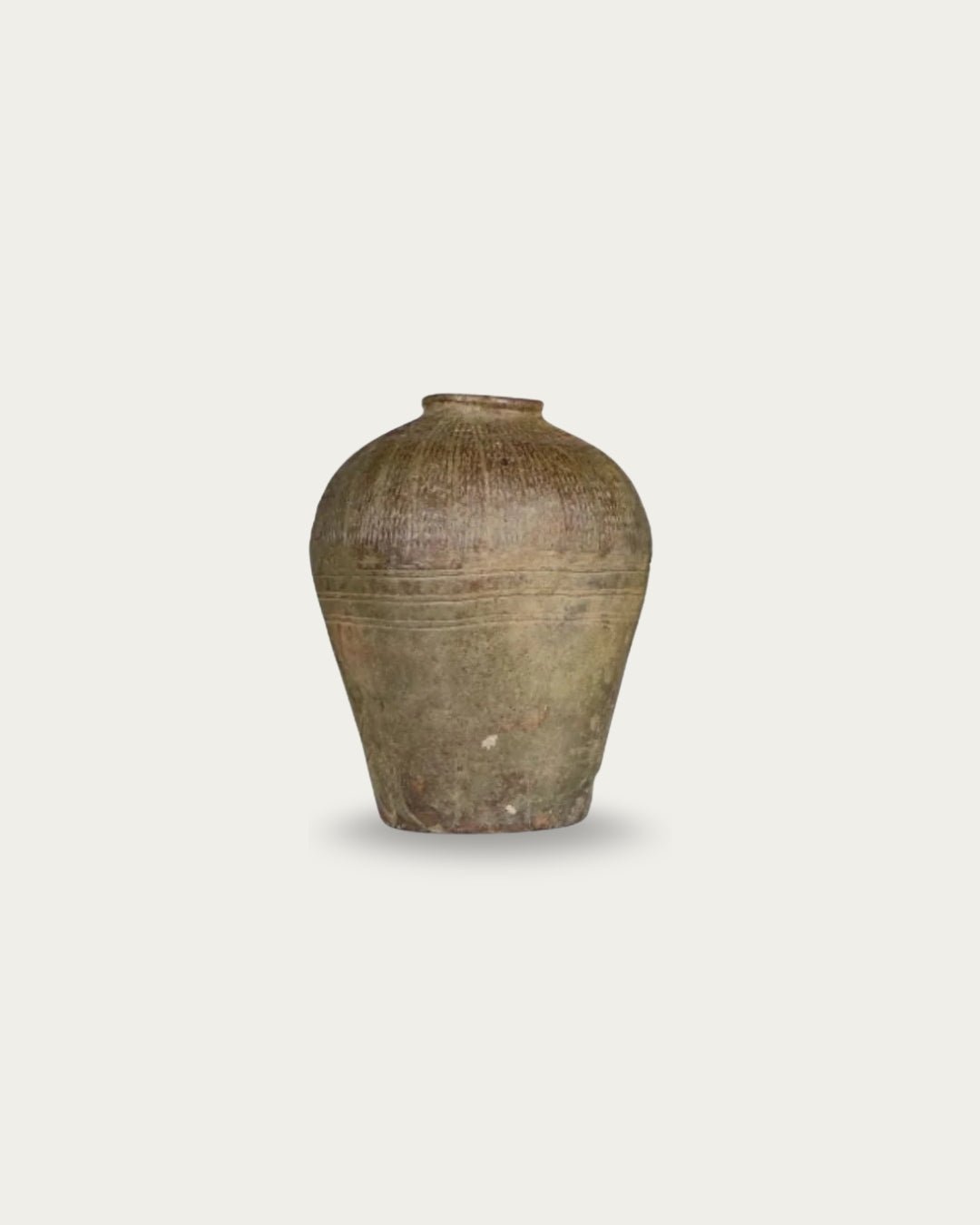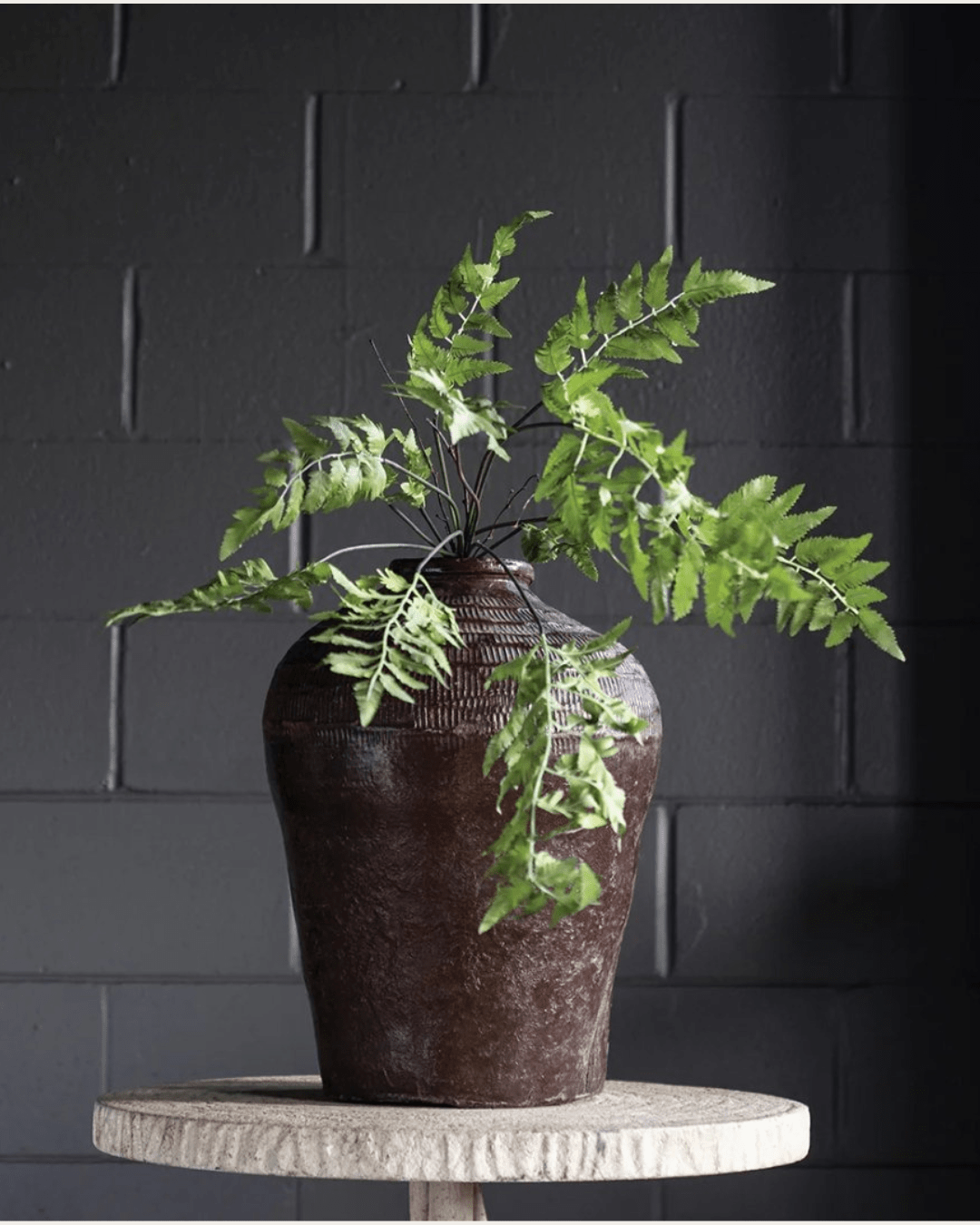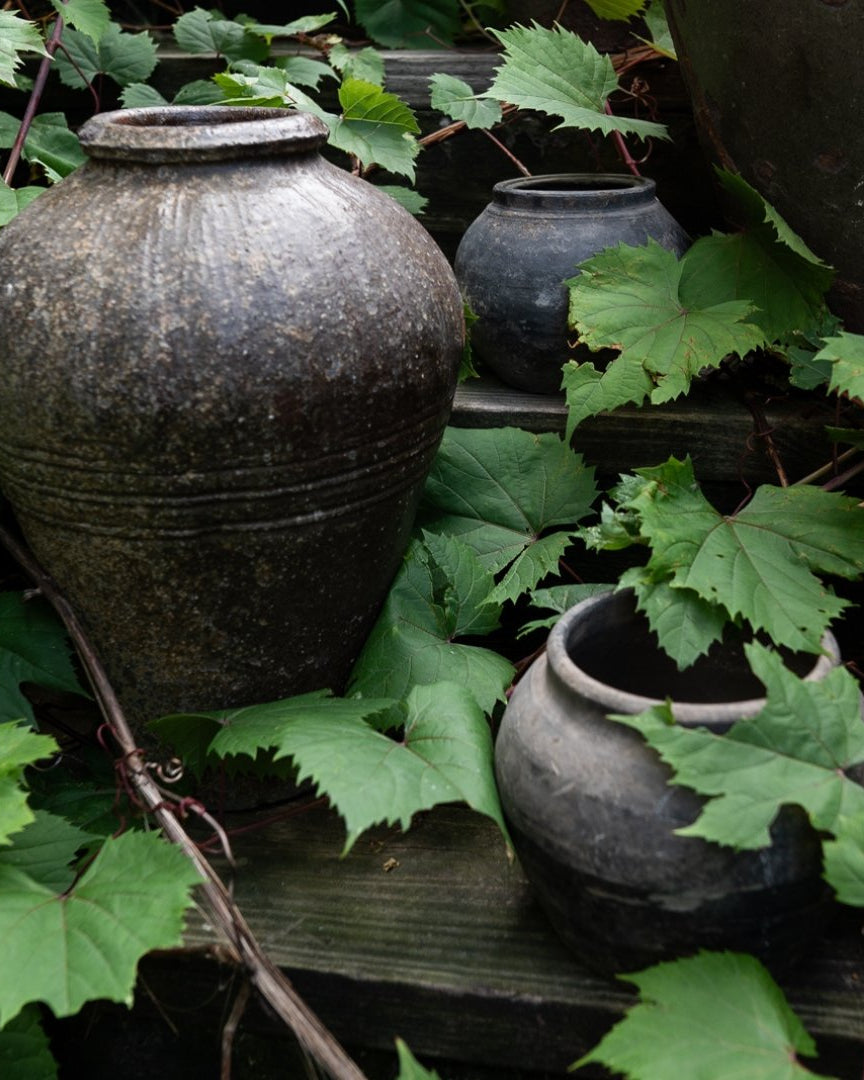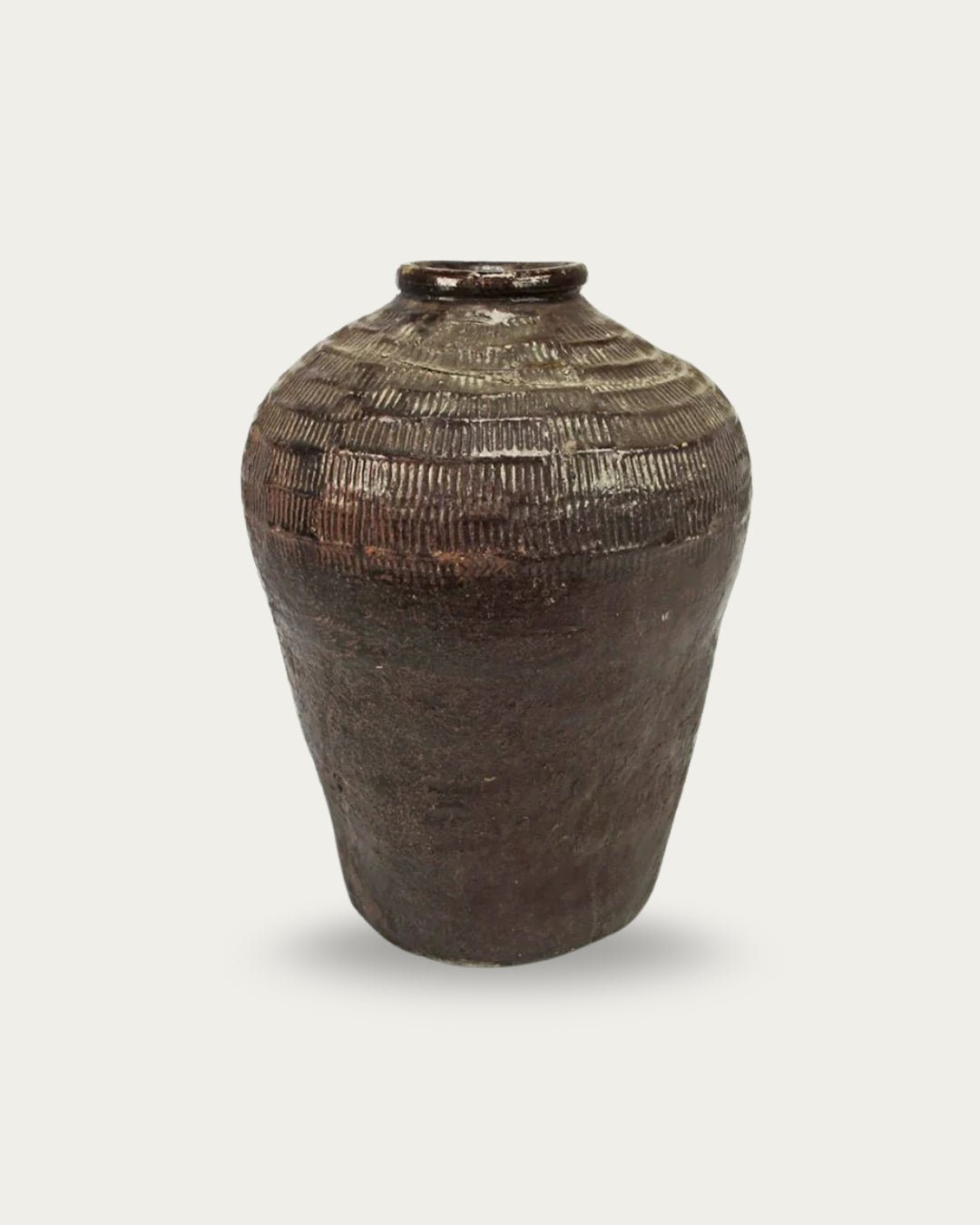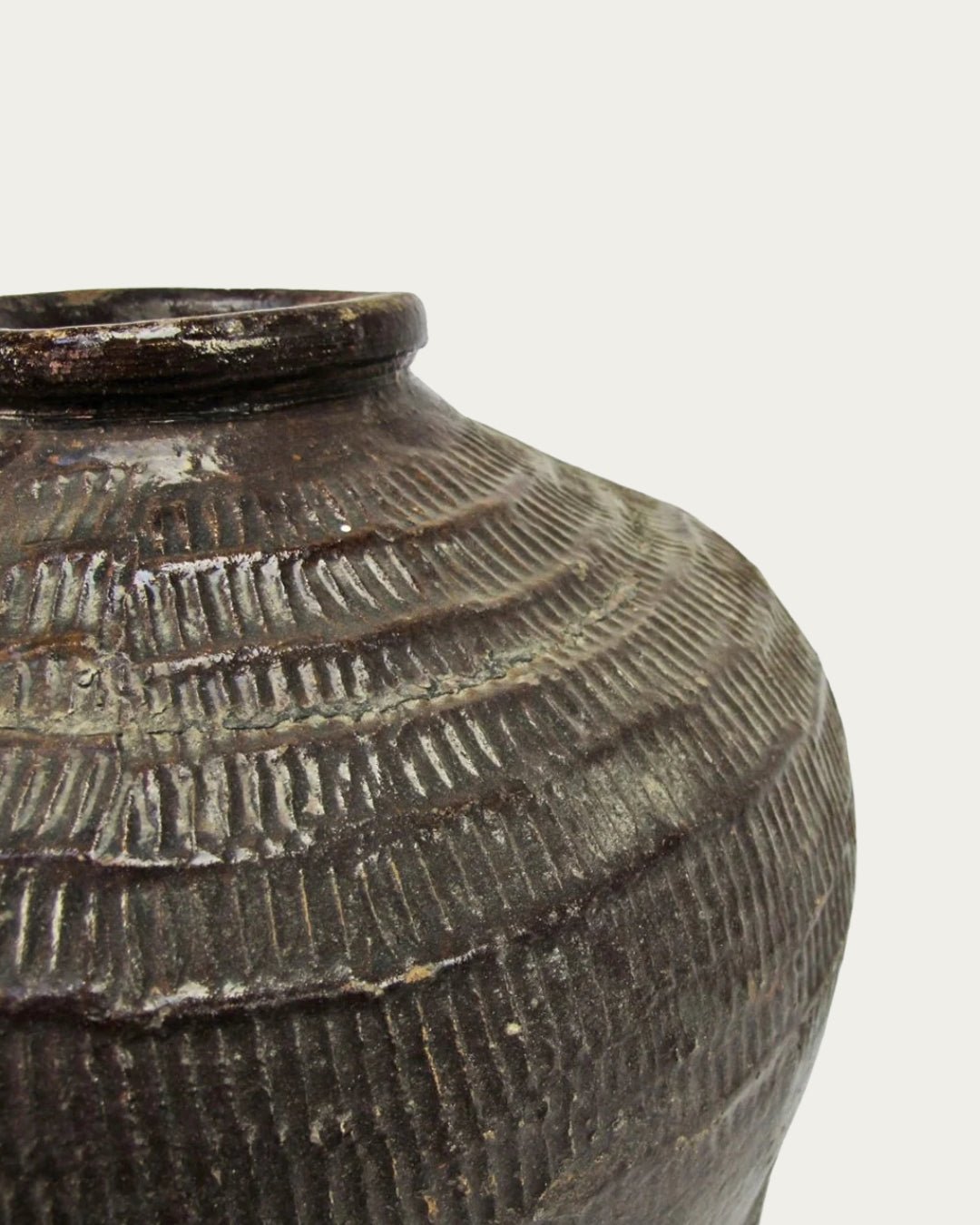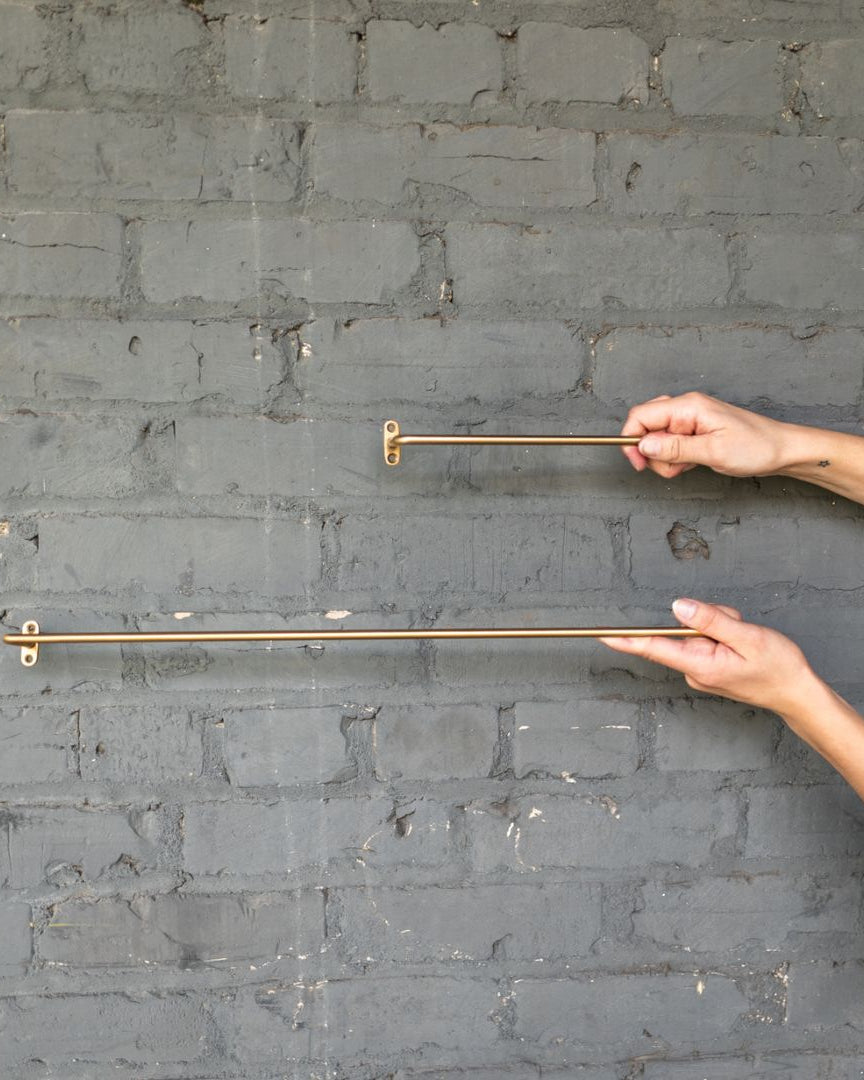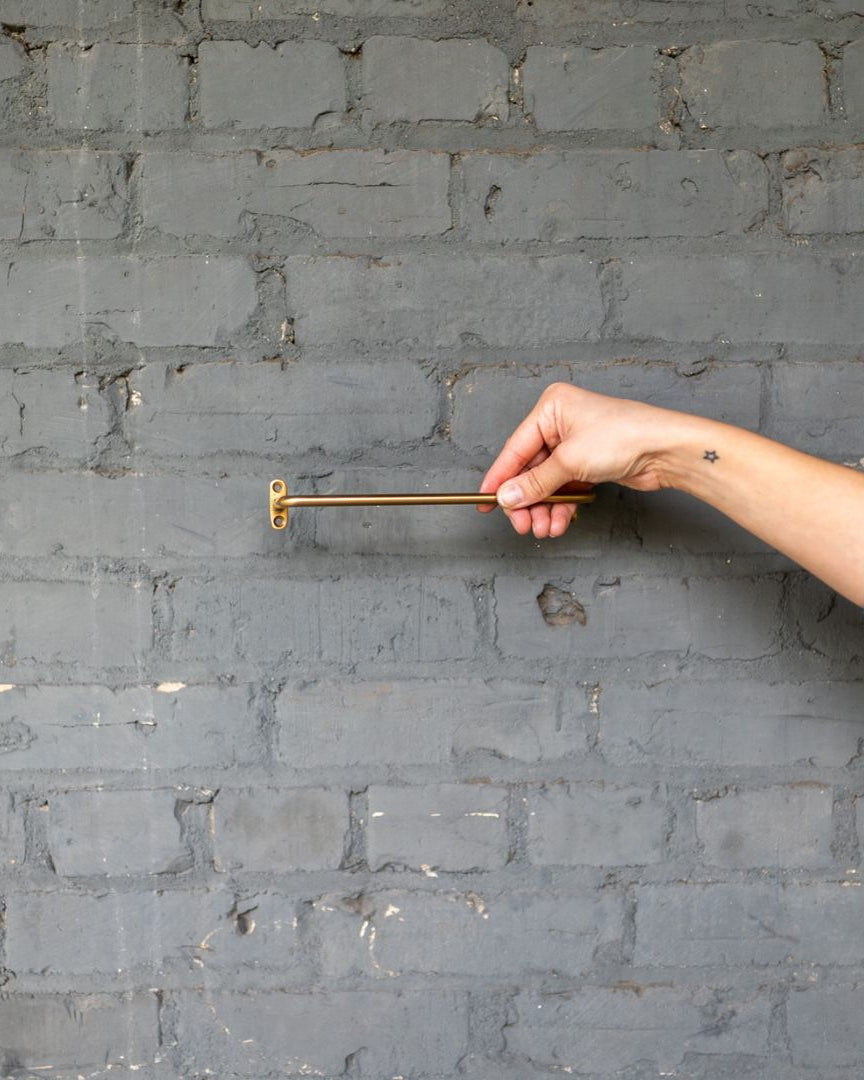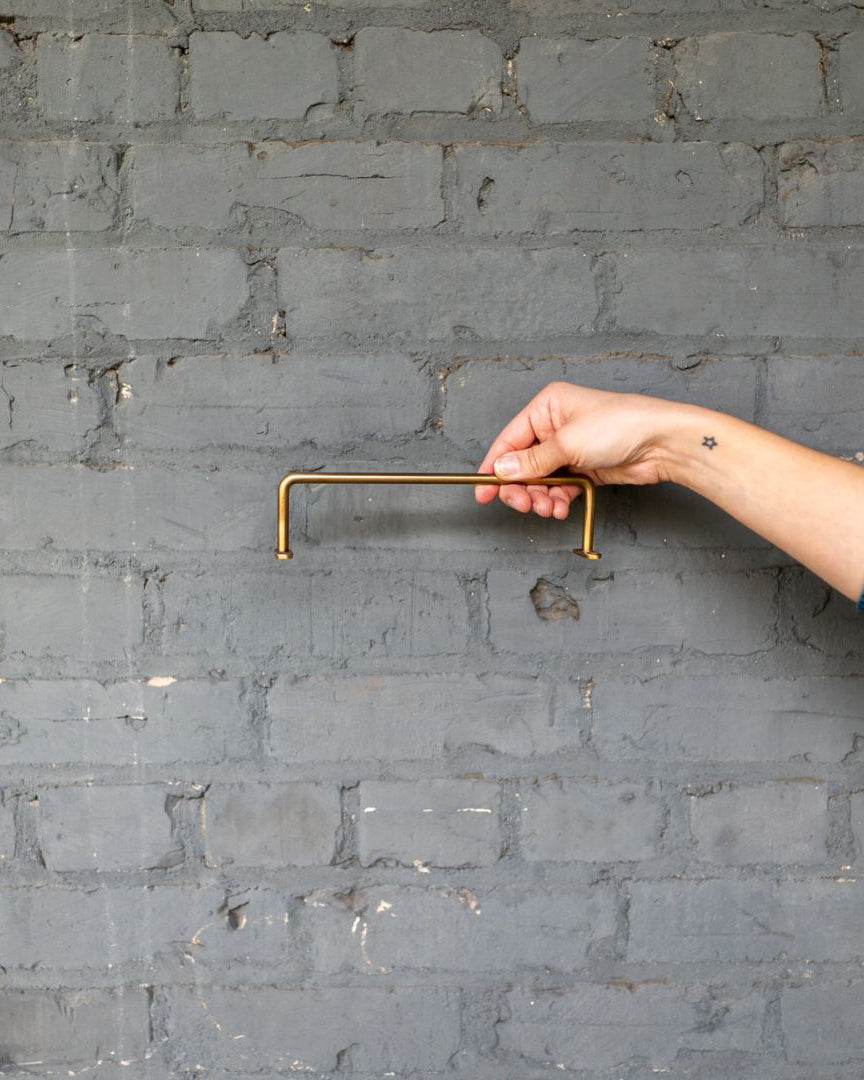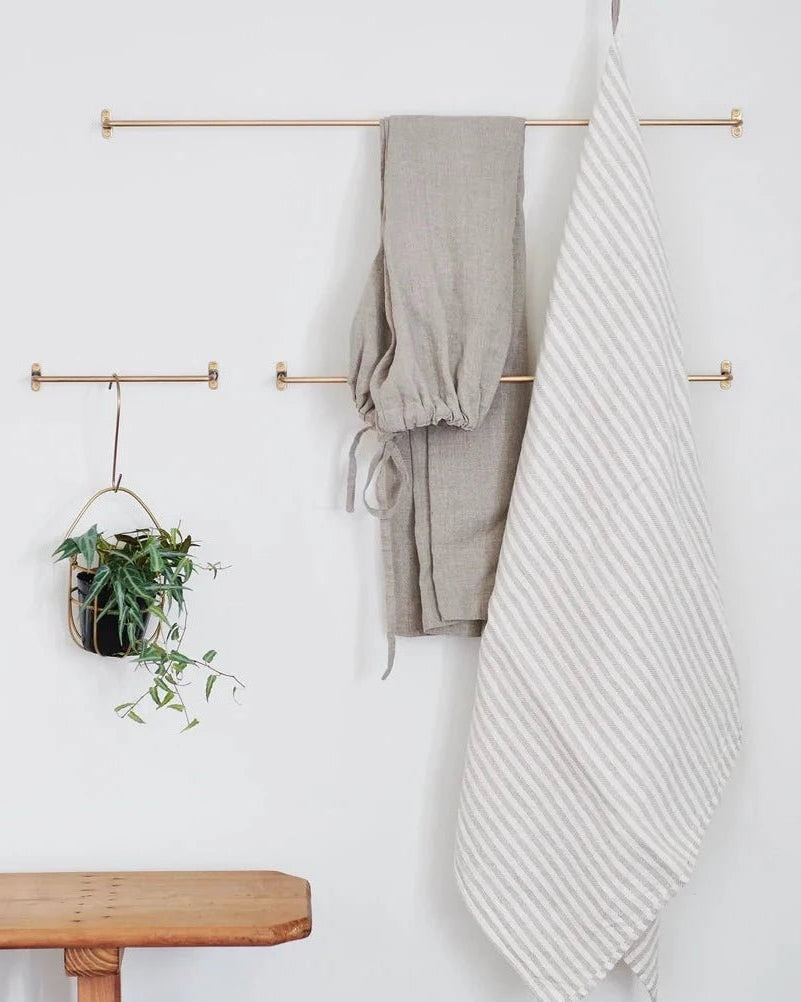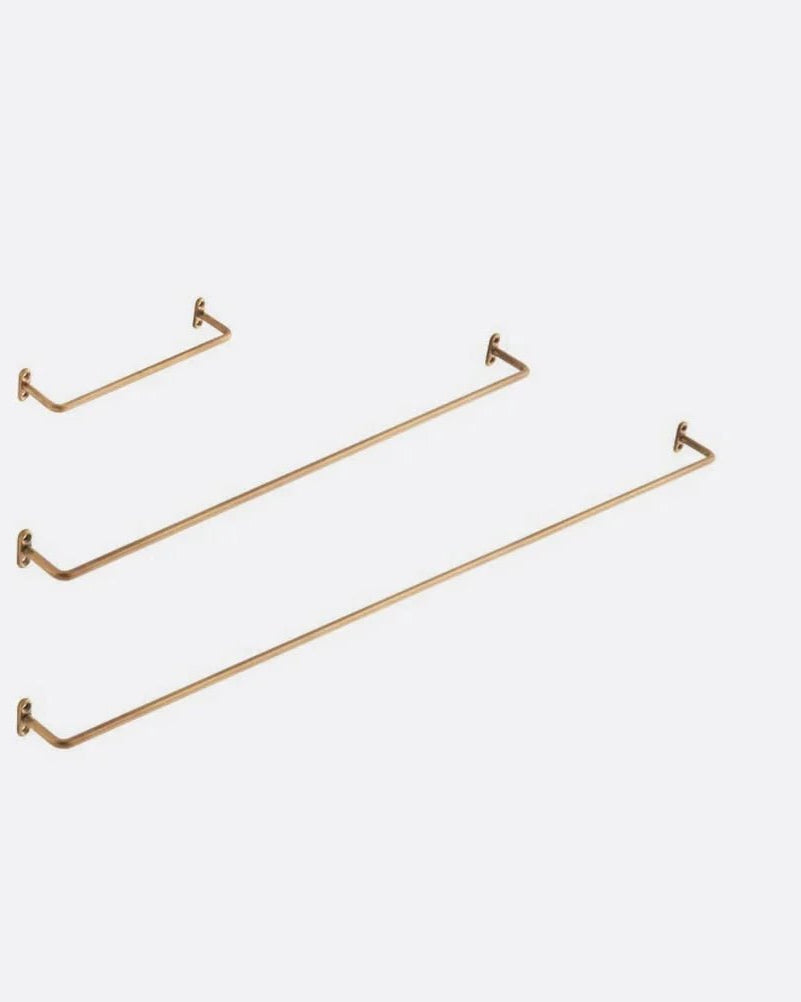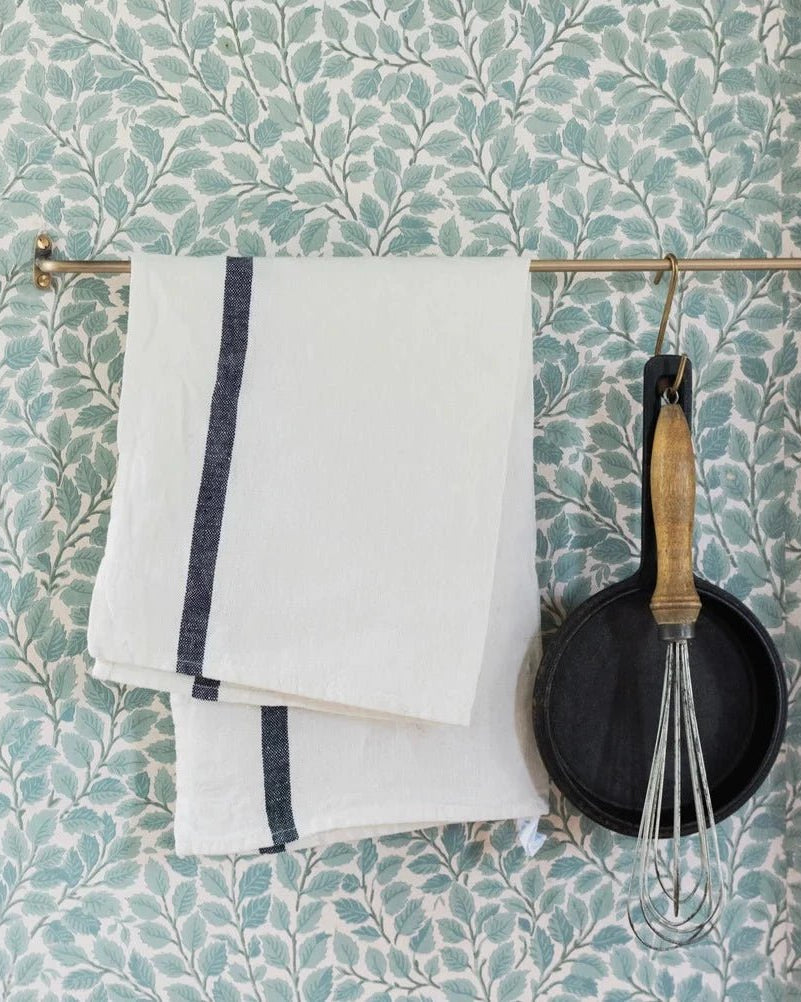
Vintage Decor for a Grounded & Calm Home
A calm home isn’t built from color palettes or matching finishes—it’s built from feeling.
The feeling of breath returning after a long day. The way light falls across aged timber. The quiet signal in your nervous system that says, “you’re safe here.” That’s where vintage decor comes in—not just to style a space, but to slow it down.
Vintage pieces aren’t perfect, and that’s the point. A cast iron mirror with soft oxidization. A sideboard with worn drawer pulls. A ceramic bowl chipped just enough to be endearing. These aren’t flaws to hide—they’re features that offer presence, not polish. The kind of presence that invites deeper breathing, softer shoulders, and interiors that don’t perform, but support.
In a world moving too fast, vintage decor creates rhythm.
A rusted lamp base. A linen curtain with frayed edges. These textures do more than ground a room—they ground the body. Every choice becomes a tool for nervous system regulation, helping a home whisper calm instead of shouting for attention.
A well-worn leather chair in the corner. A handmade candle holder still holding the imprint of touch. These pieces aren’t just beautiful—they're restorative. They hold light, memory, and texture in ways that invite the body to return to itself. Less stimulation, more restoration.
Think of vintage decor as a design language for slow living.
It doesn’t demand center stage. It supports. It softens. And it holds space for stillness in rooms that often ask too much of us. From the tactility of handwoven textiles to the softened glow of old brass, each detail has a role in regulating how we live inside our homes—and ourselves.
Ready to shift the tempo? Explore the vintage collection to begin creating a space that moves at your pace.
How Vintage Design Regulates the Nervous System
A well-designed home should not just look good—it should feel good. And not in a vague emotional way, but in a tangible, physiological way. The way light diffuses across worn plaster or how your fingers instinctively reach for the handle of an old drawer matters. Vintage design has a rhythm that aligns with the body’s natural tempo.
In the chaos of modern life, our nervous systems are constantly bombarded with visual noise and artificial textures. Vintage decor offers a counterbalance: it whispers instead of shouts. Materials with history and tactile richness invite slower interaction, which in turn encourages regulation—your breathing slows, your shoulders drop, your mind unwinds.
This isn’t just about aesthetics. From visual cues to ambient sound and temperature absorption, vintage pieces create micro-environments that cue the parasympathetic nervous system. In other words, vintage design helps your body rest, recover, and restore. Let’s explore how.
Visual Texture and Its Emotional Impact
Visual texture in vintage decor—whether it’s the soft crackling of chipped paint, the ghostly haze on an antique mirror, or the delicate grain of weathered timber—doesn’t just evoke nostalgia. It shapes how your brain processes the space around you. These kinds of surfaces create what's called low-arousal stimulation—a subtle, slow-moving visual experience that allows your nervous system to shift gears. Instead of sharp, reflective surfaces that demand focus, you get gentle, irregular patterns that let your eyes wander without urgency. That worn drawer handle or sun-faded cabinet panel is doing more than telling a story; it’s inviting a physiological exhale.
The human brain wasn’t designed to track bright white walls, high-gloss cabinetry, or digitally printed perfection. It evolved to respond to natural surfaces—things that catch light unevenly, that change depending on the time of day, that show age. When vintage materials scatter light softly, they recreate the effect of dappled light under trees, of diffused sun filtering through linen curtains, of stone softened by years of rain. These cues tap into the parasympathetic system—the part of your nervous system responsible for rest, digestion, and repair. Simply put, when your visual field is filled with softened, non-linear textures, your body understands that it is safe. You’re not in a place of performance or productivity. You’re somewhere to slow down.
Designing with visual texture isn’t about achieving a “look.” It’s about creating a visual pace. A mirror with light foxing doesn’t just reflect—it blurs. A velvet cushion doesn’t just sit on a chair—it absorbs light, shifts with touch, and signals comfort. These objects ask nothing from you. They don’t shout for attention. They create space for the eye to land, for the mind to meander, for stillness to settle in. When a room is full of these quiet visual cues, it becomes a kind of sanctuary for the senses—a place where attention doesn’t need to be sharp and alert, but soft and receptive. This is the silent power of texture: it brings the mind home to the body.
Touch and Tactility as Grounding Tools
Touch is one of the fastest and most direct ways to regulate the nervous system. Long before we speak or even see clearly, we understand the world through our hands.
Science backs this up—tactile stimulation has been shown to reduce cortisol levels and improve emotional regulation source.
That’s why vintage decor, with its layers of texture and timeworn materials, holds so much more than visual appeal. These surfaces aren’t just beautiful—they're biologically grounding. Whether it’s the rough grain of reclaimed timber, the soft give of aged leather, or the cool irregularities in a hand-thrown ceramic bowl, these tactile moments send signals of safety to the body. In a grounded calm home, the surfaces you live with should meet you halfway—inviting touch, not avoiding it.
Vintage decor like the Vintage Marble Plate or Guorun Pot are perfect examples of decor that invite tactile engagement without needing to shout for attention.
Modern interiors often prize sleekness: smooth countertops, flawless plastic finishes, tightly upholstered seating. But in the language of the nervous system, these surfaces offer little to hold onto. They’re too perfect, too impersonal. Vintage decor flips that narrative. A slightly frayed edge on a linen curtain, a waxy crackle on an antique dresser—these are tactile cues that say “this space is lived in.” They communicate softness, history, and imperfection, which our nervous systems interpret as safe, familiar, and non-threatening. Even something as small as resting your hand on a cool stone coaster or brushing past a nubby throw blanket can help downshift your internal pace.
What makes this even more effective is contrast. A tactilely rich room isn’t filled with only soft textures or only hard ones—it’s layered with both. A linen runner on a dense oak table. A velvet throw draped over a cast-iron bed frame. A knotted jute rug beneath the smooth patina of a copper chair leg. This mix of sensory feedback helps your body orient in space. It encourages slowness, physical engagement, and grounding. In a well-styled vintage space, your hands aren’t idle. They trail along, press in, and settle down. And that’s the magic: you're not just looking at your home—you’re physically connected to it. That connection, repeated over time, becomes the rhythm of calm.
Lighting and Ambient Influence on Stress
Lighting is often treated as an afterthought in interior design, but it’s one of the most biologically influential elements in a space. It sets the tone for how we move, think, and rest. In the context of vintage decor, lighting becomes more than just functional—it becomes emotional architecture. Vintage fixtures, like oil-style lamps, milk glass pendants, or aged brass sconces, don’t just illuminate. They soften. They create light that rests gently in corners instead of bouncing off every surface. This low, warm glow mimics the tones of sunset—an essential visual cue for winding down at the end of the day. In a grounded calm home, this kind of lighting is essential. It signals your body that it’s time to transition into stillness.
Research shows that exposure to warm, low-level lighting in the evening can help shift the body into a restful state by influencing melatonin production source.
Antique lighting almost always has a layer between the bulb and the eye: a shade, a screen, a curve in the glass. These materials—frosted globes, parchment linen, pressed metalwork—filter and diffuse light rather than magnify it. That diffusion matters. It breaks up harsh illumination and creates soft, moving shadows across textured walls and surfaces. A brass wall sconce with delicate scrollwork doesn’t just light a hallway; it draws the eye slowly through space. The brain doesn’t have to process every sharp edge or brightness spike. Instead, it relaxes into the ambient rhythm of gentle contrast and flicker—something deeply familiar from nature.
Consider soft lighting pieces with the Betz Water Pot Table Lamp, which cast gentle shadows and help pace a room with visual warmth.
Spaces lit this way shift how you behave inside them. You speak more softly. You move more slowly. You pause. That’s because your nervous system no longer thinks it’s performing or producing—it senses it’s safe to rest. A single vintage lamp, well-placed, can do more for your evening routine than a dozen wellness apps. It becomes a ritual in itself: switch it on, and everything gets quieter. That’s the true strength of vintage decor—it designs for the body as much as the eye. Lighting isn’t just about visibility. It’s about how you want to feel in the space. And in a grounded calm home, that feeling should be unhurried, warm, and held.
Decorating with intention, texture, and nervous system regulation
Our homes should serve as an extension of our inner world—a retreat from the sensory overload of modern life. Decorating with intention means that every item has a distinct purpose: to invite calm, to exude authenticity, or to silently whisper stories of bygone eras. When we choose vintage decor, we engage with objects that have a soul—a patina that not only adds character but also provides a tactile reminder of time’s passage. This texture, whether experienced via a worn leather armchair, a distressed wooden chest of drawers, or an ornate bronze candle holder, creates a physical dialogue with our nervous system. The quiet presence of each piece contributes to an overall atmosphere of deliberation and ease.
The science behind this is intriguing. Studies suggest that environments rich in natural textures and organic materials can directly influence our stress levels by reducing the production of cortisol. Although specific research details are not always disclosed, many find that the harmonious blend of vintage elements has measurable calming effects. When I work with vintage decor, I aim to blend elements that support calm neural responses: soft lighting from antique sconces or pendant lights, complemented by warm, muted hues such as deep burgundy or aged copper. For instance, a carefully positioned sconce can cast subtle shadows across a textured wall, reminiscent of old library shelves or quiet countryside homes. These visual cues serve as gentle reminders of simpler times and help lower the ambient arousal in our brains.
In practical terms, creating such a space involves a series of mindful decisions. I start with the color scheme—choosing shades that are gentle on the eyes, like soft silver, muted olive, or the subtle richness of oil paint in a vintage recipe. These colors, when paired with the natural warmth of organic materials like ceramic, leather, and wood, can foster an environment where the pace of life feels deliberately slower. For example, consider a room that integrates a rustic mirror set in a reclaimed wood frame alongside a hand-painted pendant light. This pairing not only creates visual interest but also invites a tactile exploration that helps soothe anxious nerves. By thoughtfully mixing textures and hues, we achieve a multidimensional space that feels balanced and intentional.
Texture is the language that speaks to our senses. Each layer in a space can either add to the tension or contribute to a soothing ambiance. When dealing with vintage items, it’s essential to juxtapose rough, weathered surfaces with softer, comforting textures. Imagine a vintage cast iron table paired with a farmhouse cotton tablecloth or a rattan chair complemented by a patchwork quilt. This convergence of tactile experiences is not purely aesthetic; it influences our state of mind. It can remind us to pause, to reflect, and ultimately to relax. The subtle irregularities in antique surfaces create a dynamic visual narrative that tells a story—one of careful preservation and lived experiences that invites us to appreciate both imperfections and character.
Additionally, vintage decor plays a role in what I like to call "nervous system regulation." In today’s world, where stress is omnipresent, our bodies require environments that challenge the rapid-fire stimuli we face daily. A room designed with vintage decor inherently provides slow-moving textures and natural colors that mimic the rhythms of nature. This design approach not only supports a lower-stress environment but also encourages our minds to transition into a more meditative state. For instance, the gentle gleam of a tarnished copper lamp can be more than a design statement—it can evoke a sense of quiet nostalgia that calms the internal pace, much like the rhythmic ticking of an old clock can lull one into a meditative state.
Using Color Theory in Vintage Styling
Color is often the first thing we notice when entering a room—and it’s also one of the fastest ways to affect the nervous system. Vintage decor tends to favor softened, earthy tones rather than stark contrast or synthetic brights. These colors aren’t just stylish—they’re physiologically calming.
Muted palettes mimic the shades we see in nature: moss, clay, sun-bleached timber. They feel familiar on a cellular level. When you build a room with vintage color principles, you’re not just decorating—you’re tuning your environment to be biologically compatible with rest and reflection.
Vintage styling with color is all about tone-on-tone layering. These aren’t loud spaces. They’re confident in their quiet. Below, we’ll explore how specific palettes—like warm metals, soft blacks, and monochromes—can shift the sensory tempo of your space.
Earth Tones and Muted Shades
There’s a reason vintage decor gravitates toward earth tones—it’s not just an aesthetic preference, it’s a nervous system strategy. Shades like moss green, ochre, clay red, and weathered denim echo the natural world. These colors aren’t loud; they’re rooted. They mimic the landscapes we evolved in—mud, stone, forest, sky—and our bodies remember. A grounded calm home doesn’t start with silence or scent; it often starts with color. And these hues, whether in paint or fabric or ceramic glaze, send a signal to the brain: this is a place to land.
In a vintage-styled space, color transitions are rarely abrupt. Instead of sterile contrast, you’ll find tonal gradients—beige bleeding into taupe, wine-dark burgundy softening into rust. These mellow shifts are easier on the eyes, which in turn slows visual processing and cues the nervous system to relax. High-gloss or neon triggers hypervigilance, but vintage palettes are inherently regulatory. The patina of aged copper, the soft fade of sun-washed textiles, the mellow green of a 1960s ceramic planter—these aren’t just nostalgic. They regulate the sensory field. That’s why a room grounded in these hues doesn’t just look calm—it feels calm.
When planning the palette of a grounded calm home, start from the center of the room outward. Begin with the tones that will fall at eye level—wall paint, large furniture, and textiles. Prioritize soft greys, dusty pinks, olive greens, and other shades with low reflectivity. These act as visual anchors, holding the space without overwhelming it. From there, layer deeper or lighter tones within the same spectrum. Think: a pale seafoam vase beside a muted sage linen throw, or a clay-colored cushion resting against a walnut-stained armchair. This kind of intentional layering is the foundation of effective vintage decor—and a direct line to creating a space that feels emotionally stable, slow-paced, and sensory-friendly.
Warm Metals and Soft Blacks
In the world of vintage decor, metal doesn’t mean high shine. It means depth. Brass, bronze, and oxidized copper don’t just sit in a space—they interact with it. These warm metals pull in ambient light and bounce it back with a muted, golden softness. There’s no harsh glare or sterile coolness—just the kind of glow you might see flickering off an old oil lamp or a candle in a wrought iron holder. This low-luster reflection calms the visual field, making a room feel enveloping rather than exposed. For a grounded calm home, this is a material cue that says: slow down, nothing here is in a rush.
Now enter soft black. Unlike the hard-edged drama of jet black or shiny lacquer, soft black and charcoal tones function like visual anchors. They absorb more light than they reflect, acting like pauses in a sentence—silent, essential, and deeply grounding. A vintage sideboard in matte black oak or a wall sconce in powder-coated iron can quiet a room without making it feel heavy. These elements don’t dominate the space; they create contrast with purpose. They visually tether lighter textures—like linen, clay, or bleached wood—so the room feels balanced rather than washed out.
Small, intentional choices in these materials go a long way. Think burnished brass drawer pulls on a painted vintage dresser. A blackened iron lamp base beside a woven shade. A bronze-framed mirror catching filtered morning light. Each of these elements slows down the pace of the room—visually and emotionally. You’re not just adding color and finish; you’re introducing a rhythm. That rhythm is what turns a styled space into a grounded calm home. And it’s exactly why warm metals and soft blacks are quiet power players in any vintage decor palette.
Monochrome Layering to Reduce Visual Clutter
Monochrome doesn’t mean flat—it means focused. In vintage decor, a monochromatic palette is a tool to anchor the senses. By using multiple tones of a single hue, you create a space that feels unified, not uniform. A cream wool rug, paired with an off-white linen slipcover and a bone-toned ceramic lamp, doesn’t shout for attention. It whispers a visual rhythm. The room becomes quieter—not in volume, but in energy. This is what makes monochrome layering essential for cultivating a grounded calm home. It simplifies the visual field, allowing the nervous system to step out of alert mode and into rest.
In a culture wired for excess and multitasking, every decision costs attention. A room with too many color blocks and contrasting patterns can lead to what's often called “visual clutter fatigue.” Your brain is constantly making micro-adjustments to track contrast, assign meaning, and determine what’s relevant. A monochrome vintage decor palette reduces that mental load. It frees the eye to notice texture, form, and shadow instead of being pulled in ten directions. And it’s in that calm, cohesive field that patinas—cracks in the glaze, faded upholstery, softened metal—finally get their due. The story of the piece rises to the surface when the noise fades away.
The key is to pick a grounding base hue—dusty blue, aged terracotta, soft olive, ash grey—and build a tonal story around it. Go a few steps lighter for surrounding textiles and a few steps darker for accents. Let that repetition guide your choices: a powdery blue quilt paired with a steel blue armchair; warm taupe walls framing a walnut-stained console; layers of rust and burnt sienna in your ceramics and cushions. In a monochromatic vintage space, it’s the interplay of textures and finishes that creates interest—not color contrast. You’re not just decorating; you’re sculpting stillness into the room. And that stillness? That’s what turns a house into a grounded calm home.
I often recommend starting your decor journey by creating a mood board that centers on textural contrasts: metal paired with fabric, wood with ceramic, and even rough stone with smooth glass. These pairings build layers—not only in visual design but in emotional resonance. Taking time to arrange these elements visually can spark new ideas and connections. When your living room layout feels complete with these thoughtfully curated elements, you are not just decorating a room; you are designing a space that invites serenity into every corner. The final effect is a room that feels emotionally attuned, where every detail has been purposefully chosen to promote comfort and calm.
To further illustrate the symbiotic relationship between vintage decor elements and the regulation of our nervous system, consider the benefits laid out in the table below. This table summarizes key vintage decor items, their inherent attributes, and the calming effects they are believed to impart on our emotional state.
| Vintage Item | Key Attribute | Calming Effect | Typical Use Case |
|---|---|---|---|
| Antique Mirror | Weathered finish | Reflects natural light, softens space | Hallways, living rooms |
| Distressed Bronze Lamp | Oxidized patina | Evokes nostalgia, reduces cortisol | Ambient lighting in reading nooks |
| Reclaimed Wood Furniture | Natural grain, aged look | Enhances warmth and grounded feel | Dining tables, sideboards |
| Ceramic Pitcher | Handmade imperfections | Promotes mindfulness, tactility | Kitchen decor, centerpieces |
| Rustic Leather Chair | Soft, worn texture | Accommodates relaxation, tactile soothing | Study, living room accent piece |
| Wrought Iron Sconce | Industrial yet artful | Creates gentle shadows, regulates mood | Entryways, corridors |
| Patina-Finished Vase | Subtle color shifts | Invokes calm, maintains focus | Mantels, bedside tables |
The practical implementation of these elements reminds us that vintage decor isn’t about filling a space—it’s about curating an experience. Each piece functions as a stimulus that gently nudges the body toward a state of restfulness. As we layer different textures and integrate natural colors, we craft an environment that speaks directly to our nervous system, promoting a state of grounded calmness. Through this process, style and wellness converge, allowing the home to serve not only as a backdrop for life but as a nurturing companion in our daily pursuits.
Another technique I often recommend is DIY refinement with vintage items. Sometimes the beauty of vintage decor is amplified by subtle modifications. A fresh coat of oil paint might restore the original luster of a metal piece, or reupholstering a chair with a carefully chosen pattern can renew its warmth without erasing its character. These DIY projects allow for personalization while preserving the inherent charm of the item. It’s a process of honoring the past while adjusting it for present sensory needs—a delicate balance that supports both aesthetic appeal and emotional well-being. Taking the time to invest in these small projects not only revives the piece but also adds a narrative of care and creativity.
The influence of vintage decor on a calm home goes well beyond visual beauty. It is a holistic approach to creating spaces that nurture the mind and body. Every vintage find, every repurposed relic, contributes to an overall rhythm that can slow down the pace of life and help regulate our internal stress responses. This design philosophy is not just about the looks—it’s about creating an atmosphere where every element is in conversation with your emotions. This intentional design choice is my earnest invitation to you: seek out those pieces that speak to your inner self, that remind you of simpler times, and that encourage a moment of stillness in your busy life.
By blending these enchanting elements, you can develop a space that is not only a feast for the eyes but also a sanctuary for the spirit—one where every texture, hue, and layer is a reminder that home is a place of rest, connection, and emotional well-being.
Styling for Stillness: The Role of Furniture in Sensory Regulation
Furniture isn’t just functional—it’s spatial choreography. It directs how we move, where we pause, and how we feel in a room. In vintage decor, furniture does something even more powerful: it sets the pace. A spindle-backed chair with a timeworn finish or a low-profile timber bench doesn’t just sit in space—it regulates it. It says, "we’re not in a rush here." And in a grounded calm home, that’s exactly the message the body needs.
Our nervous system responds constantly to our environment, whether we’re aware of it or not. Fast furniture—lightweight, modular, sharp-edged—keeps us in a loop of micro-stress and readiness. But vintage furniture, with its substance, softness, and time-tested forms, slows the body down. It holds stillness. It teaches the space how to breathe. It doesn’t just look good on a mood board—it helps the body recalibrate.
In this section, we’ll look at how form, weight, and restraint in furniture design can support nervous system regulation. From curved silhouettes that soften visual processing to grounded, heavy pieces that tell the body it's safe to rest—vintage decor doesn’t just fill a room. It holds it. And in turn, it holds you.
Curved Lines and Soft Edges for Mental Ease
One of the most underused techniques in vintage decor is the use of soft, rounded silhouettes to support mental stillness. Unlike modern pieces that rely on sharp angles and stark lines, vintage furniture often invites calm through gentle curves—arched mirror frames, scalloped drawer edges, or oval-backed chairs. These shapes do more than look pleasing; they slow the eye. The nervous system processes curves more gently than corners, interpreting them as signs of safety. In a grounded calm home, this matters. A vintage piece with softened corners tells your brain you’re not in a high-alert space. You’re somewhere meant for rest, not reaction.
You’ll notice this especially in central anchor items. A vintage sofa with a rolled armrest. A bentwood chair with a sculptural back. A serpentine dresser with subtle wave-like movement across its front. These aren’t decorative flourishes—they're a language of softness that speaks directly to the body. We move differently around curves. We sit differently. We breathe differently. Every design detail, down to the softened edge of a carved table leg, supports that shift.
So when choosing furniture for a grounded calm home, consider how the shape contributes to nervous system regulation. Not everything has to be rounded, but every space benefits from a few carefully placed curves. They offer visual rest stops. They give your home a gentler rhythm. And in vintage decor, these curved forms are everywhere—quiet reminders that design can soothe as much as it can style.
Weighted Forms and Low Profiles
Vintage decor often carries a physical and emotional weight. Think of a low-slung leather armchair that takes effort to move—or a reclaimed oak coffee table that holds its presence with quiet authority. These weighted forms do more than fill space. They ground it. In a grounded calm home, this heaviness is a gift. Our bodies interpret heavier objects as reliable, trustworthy, even protective. When you sit down on something that doesn’t wobble or slide, your nervous system relaxes. You're not floating—you’re anchored.
Modern decor trends often prioritize mobility—lightweight frames, sleek legs, minimal bulk. But this kind of design encourages motion, not stillness. Vintage pieces, on the other hand, invite you to stay. You lean into a deeply cushioned club chair or place a stack of books on a sideboard that feels built for permanence. The space doesn’t ask you to move. It invites you to settle.
Low-profile pieces play a similar role. A vintage bedframe that sits closer to the floor. A reading nook with a squat velvet armchair. These design decisions shift your center of gravity—literally and emotionally. Your visual line drops. Your breathing follows. This kind of spatial awareness is what makes a grounded calm home feel so different from a showroom. It’s not just styled. It’s weighted. It stays with you.
Functional Quietness: When Design Fades Into the Background
One of the most beautiful things about vintage decor is its willingness to fade into the background. Some of the most impactful pieces aren’t showstoppers—they’re quiet workers. A narrow painted console, a stool with rubbed-down edges, a nightstand that squeaks just a little. These aren’t trying to impress. They’re just...there. And that’s the point. A grounded calm home doesn’t need a focal point in every room. Sometimes the goal is to let the space exhale.
This idea—what we call functional quietness—is about choosing vintage furniture that supports the room without overwhelming it. Maybe it’s a pine side table that’s picked up sun streaks over the years. Or a corner bookshelf with soft creaking shelves. These objects hold energy differently. They don’t announce themselves, but they shape the environment all the same. You feel them before you notice them.
The more visual silence you build into a space, the more room your body has to regulate. There’s less cognitive load. Less sensory demand. The nervous system doesn’t need to scan for sharp contrast or shiny distractions. Instead, it rests in rhythm with the materials. That’s the quiet power of vintage decor. It knows how to disappear, and in doing so, it helps you return.
Objects That Hold Emotion: Memory, Patina, and Time
Vintage decor is more than a style—it’s an archive. It holds not just shapes and finishes, but memories, timelines, and a kind of emotional data we don’t always consciously process. These objects carry their past with them, and when placed intentionally in a home, they start to communicate. They don’t shout. They echo. A single worn table leg or a mirror touched by time can say more than a hundred trend-driven accessories.
In a grounded calm home, emotional resonance matters. We aren't just creating a visual layout—we’re setting a tone. One that supports nervous system regulation through familiarity, texture, and the quiet weight of meaning. Vintage pieces have a way of grounding a space not just because of how they look, but because of what they remember. They’ve already held moments. That history becomes part of the room's atmosphere.
This section explores how emotional connection—whether through patina, nostalgia, or deliberate curation—adds depth to vintage interiors. These aren’t just objects. They’re sensory markers that tether us to memory, identity, and calm. When you start designing with emotion in mind, vintage decor becomes less about aesthetics and more about regulation.
The Psychology of Patina
In the world of vintage decor, patina isn’t a flaw—it’s a feature. Those soft cracks in glaze, the worn brass sheen, the faded edges of timber—they speak to time, use, and memory. But more than anything, they offer relief. Patina slows down visual processing. It doesn’t scream for attention like a glossy surface. It lets the eye linger. That softness becomes a kind of emotional safety net. And in a grounded calm home, that kind of subtlety is what transforms a space from decorated to regulating.
From a nervous system perspective, patina does something modern finishes can’t: it reduces performance pressure. You don’t have to treat an aged surface with perfection. You can place a mug on a scratched table without bracing for a mark. The piece has already lived. And that gives you permission to live more freely in your space, too. That level of emotional generosity—built into the object itself—is why vintage decor is so powerful in regulating how we feel at home.
The psychology here is simple but profound: the more signs of use and life a piece holds, the more grounded it feels. Patina tells a story of permanence, of time passing without urgency. It allows your environment to be human. In a home shaped by nervous system awareness, patina is not aesthetic residue—it’s emotional texture. It holds calm.
The surface of something like a Vintage Tea Drying Basket or Round Zinc Tray reflects that very story—marked, softened, and held by time.
Nostalgia as a Sensory Experience
Vintage decor doesn't just trigger memory—it creates a full-bodied emotional recall. The click of an old latch, the smell of aged cedar drawers, the cool surface of hand-finished wood—these aren’t just sensory details. They’re emotional anchors. And for those designing a grounded calm home, nostalgia becomes a tool. A regulating one.
According to psychological research, nostalgic recall can increase feelings of safety, belonging, and even physical warmth source.
We often associate nostalgia with visuals—sepia tones, retro silhouettes—but it’s actually deeply tactile and olfactory. The brush of a wool blanket like the one from your childhood sofa, the creak of a rocking chair that mirrors your grandmother’s porch—all of these inputs bypass conscious thought and go straight to the nervous system. They communicate, “You’ve been here before. You are safe.”
Vintage decor has a unique ability to turn ordinary objects into emotionally intelligent design. A lamp that reminds you of your childhood bedroom. A breadboard like the one your father used. These aren’t decorative props—they’re regulating devices. They help your body arrive in the room. And in a grounded calm home, that arrival is everything. It’s the shift from being surrounded by stuff to feeling surrounded by memory, comfort, and self.
Editing With Meaning
One of the most overlooked practices in vintage decor is editing. Not everything old needs to stay. And not everything meaningful needs to be visible. In a grounded calm home, restraint is as powerful as nostalgia. Curating what remains—and letting go of what doesn’t contribute to stillness—is part of the nervous system design process.
Clutter, even beautiful clutter, becomes visual noise. When a room is filled with too many items that compete for emotional or historical weight, the space loses its rhythm. Instead of calming, it activates. The goal of styling with vintage decor isn't maximalism—it’s resonance. Every piece should support the pace of the room. A space that feels calm, clear, and emotionally balanced comes from deliberate decision-making.
Ask yourself: Does this piece hold memory, or just mass? Does it contribute to a narrative of calm, or does it tug attention away from it? Editing doesn’t mean erasing history—it means shaping the version of it that serves you now. The beauty of vintage design is that it already carries meaning. The beauty of grounded living is that you get to decide which meanings stay.
A wall-mounted object like the Vintage Balloon Mold Wall Decor doesn’t compete for attention—it simply offers quiet visual texture with sculptural presence.
Vintage Architectural Salvage as Visual Anchors
In a home styled for nervous system balance, vertical texture plays an underrated yet powerful role. One of the most impactful yet overlooked strategies in vintage decor is the use of architectural salvage—think old shutters, antique doors, or worn paneling repurposed as decor. These pieces aren’t just stylistic gestures; they’re visual anchors. They give a space rhythm and repetition, which helps reduce the overwhelm of flat, featureless walls. Their aged surfaces add shadow and variation without shouting for attention. In a grounded calm home, that subtle depth matters.
These elements carry visual memory—layers of paint, rusted hinges, small imperfections that speak to real life. That history, whether felt consciously or not, registers as authenticity. It slows the gaze, invites pause, and introduces visual softness in a way no mass-manufactured piece can. And because these forms aren’t glossy or modern, they absorb light rather than reflect it, keeping sensory input low and nervous system load even lower.
Using Salvage Pieces to Create Vertical Stillness
Flat, bright walls may look clean, but they often leave the eyes nowhere to land. The result? Subtle overstimulation. By contrast, incorporating tall, weathered pieces like the Hilla Vintage Shutters creates an organic rhythm. Leaned against a hallway wall or beside a lounge chair, these shutters break up empty space and invite visual rest. Their slatted texture and muted palette serve as a kind of visual breath—a quiet beat in the room’s rhythm.
Similarly, the Essi Vintage Pine Doors offer sculptural presence without requiring function. They’re not just architectural leftovers—they’re tools for nervous system regulation. Placed behind a reading nook or in a bedroom corner, they layer the space with material depth, connecting the sensory experience of the room to something slower, older, and more grounded.
Instead of filling your vertical space with more artwork or mirrors, try integrating salvaged pieces that simply exist. Their scale, weight, and patina shift the entire tone of a room. They don’t ask for anything; they just hold space. And in a world of constant input, that kind of presence is its own form of calm.
Quiet Containers for Soft Utility
In a grounded calm home, even the storage carries intention. The beauty of vintage decor lies not in how much it adds, but how quietly it holds. Containers, buckets, and vessels that were once used for hauling water or gathering harvest now serve a slower, more contemplative role. They help regulate visual rhythm, offering useful structure without the sharpness of plastic bins or modern modular units. These vintage containers don’t just organize—they anchor.
The patina on a zinc bucket, the curve of a hand-forged handle, the chipped enamel on a lidded pot—these marks of age function as a kind of texture for the nervous system. Instead of polished perfection, they give us roughness, irregularity, and weight. And it’s that weight—both visual and emotional—that offers stillness in the room. Like punctuation marks in a sentence, they guide the eye and shape how the space is read.
Buckets and Vessels That Hold More Than Objects
Place the Vigdis Zinc Bucket beside a linen armchair or use the Ragnheiour Bucket as a quiet accent near an entryway. They aren’t decorative in the traditional sense—but they carry presence. With vintage decor, the goal isn’t to fill—it’s to ground. These buckets bring just enough structure and material heft to balance out soft furnishings like boucle throws or washed cotton slipcovers.
In the bedroom or living space, try using these pieces to store floor cushions, dried branches, or even favorite magazines. Visible storage—when done with vintage containers—can be soothing instead of cluttered. The Guorun Pot, with its quiet ceramic glaze, feels like it belongs on a hearth or at the foot of a staircase—holding nothing in particular, and everything at once.
The aged surfaces of these vessels—scratches, chips, discolorations—carry their own kind of emotional patina. They don’t just serve a function. They whisper a rhythm into the room: one that says, “We’re not in a rush here.” It’s this kind of visual language that makes a grounded calm home feel like a sanctuary rather than a showroom.
Tactile Styling with Vintage Ceramics
Vintage decor works best when it speaks directly to the senses. And few materials speak more softly—or more powerfully—than ceramic. There’s something grounding about the weight of a clay vessel in your hands, or the irregular glaze that catches just enough light without demanding it. In a grounded calm home, ceramic objects become more than display pieces. They become daily companions: visual cues for stillness, texture, and emotional pause.
These items carry a lived-in quality that modern decor can’t replicate. They feel imperfect in all the right ways—slightly misshapen, softly crackled, a little off-balance in their symmetry. But that’s what gives them presence. They invite us to slow down, to interact with form and texture on a human level. And it’s this tactility that calms an overactive nervous system. Not through minimalism, but through material honesty.
Pots and Pans as Everyday Sculpture
Take the Guorun Pot—its wide form and matte glaze add sculptural weight to any corner. It doesn’t need florals or filler to feel complete. Just its shape and finish are enough to visually anchor a shelf or sit quietly in an entryway. The same goes for the Sigriour Pot, which looks like it could have lived a dozen lives in a dozen kitchens. It belongs anywhere a pause is needed.
The Maria Glazed Pot, with its subtle sheen and classical profile, offers a cooler counterpoint to raw wood or linen. Try placing it on a console with stacked books, or near a window where it can filter soft morning light. Vintage ceramic decor works not because it’s perfect, but because it isn’t. The imperfections encourage intimacy. They tell you to hold, to touch, to slow down.
These aren’t items you tuck away. They belong in daily view—beside your bed, in the kitchen, near the bathtub. Their texture helps regulate focus, their form adds grounded rhythm, and their visual simplicity keeps the space emotionally quiet. In the language of vintage decor, ceramics are the pause between words—a still moment that makes the whole room make sense.
Grounded Kitchens, Slower Living
The kitchen has always been a site of movement—simmering, slicing, reaching, remembering. But that motion doesn’t need to be chaotic. With the right vintage decor, a kitchen can move to a slower rhythm—one that centers on ritual instead of routine. This is where grounded calm begins: in the daily touchpoints. A wooden bowl. A metal pan. A pot that’s been passed down or picked up because it felt familiar. When these objects are on display—not hidden in cabinets—they become part of your home’s emotional architecture.
In a grounded calm home, the kitchen isn’t just about preparing food. It’s a space for tuning in. When you layer in vintage decor that’s heavy with memory—hand-thrown ceramics, worn handles, matte finishes—you invite that space to hold you. Even in motion, there’s stillness.
Kitchen Tools That Invite Pause
Vintage pieces like the Snaedis Pan or the Helga Wood Bowl don’t need to be hidden away. They belong on the counter—resting by the stovetop, or leaning gently on a shelf. Their worn edges and utilitarian silhouettes create soft punctuation marks across the kitchen landscape. They say, “You can slow down here.”
The Helga Bowl, carved with visible grain and weight, becomes a resting point. Fill it with fruit, dried herbs, or nothing at all. The Snaedis Pan, once used for daily cooking, now tells a quieter story. Hung on the wall or resting atop a butcher block, it acts like sculpture. And that’s the trick: in the right setting, function is form.
These are not decorative props—they’re cues. Their visual tone—cool iron, soft wood, aged surfaces—supports the body’s natural instinct to settle. They reduce visual stimulation while adding tactile depth. You don’t just see these pieces; you feel them.
Daily Rituals, Made Slower
Bring those vintage kitchen tools into your space not for nostalgia’s sake, but because they help pace the room. A ceramic storage pot beside the sink becomes a kind of still point in a morning routine. A zinc bucket with wooden utensils offers texture without clutter. These pieces nudge the space toward presence.
In styling a grounded calm kitchen, the goal is never to perfect—but to create rhythm. A daily rhythm that’s gentle, sensory, and quietly supportive. One where you reach for the bowl because it feels good in your hand. Where you pause mid-recipe, just to notice how the light lands on a pan. That’s not just slower living. That’s nervous system-aware design—and vintage decor does it best.
Camilla Cart: A Moving Ritual in Vintage Hosting
In a home that values stillness, movement can still have its place—so long as it's slow, purposeful, and beautiful. The Camilla Cart isn’t just a mobile surface; it’s a ritual on wheels. Hosting doesn’t need to feel performative. With the right pieces in play, it becomes grounded, intuitive, and sensory-rich.
Use the Camilla Cart as a roaming drink station, an herbal tea bar, or a dessert moment. Its vintage metal frame and patinaed finish give it visual rhythm, while its layered shelves offer both utility and atmosphere. Top tier? A carafe of lemon water, ceramic tumblers, and a stone bowl of apricots. Bottom shelf? Linen napkins, dried flowers in a bottle, a small lamp flickering low. You’ve just created softness in motion.
What makes the Camilla Cart a perfect example of vintage decor is not just its function—but its feel. Unlike mass-produced trolleys that scream modern convenience, this one whispers intention. Its worn metal and scrolled form act as a visual anchor even as it moves through space. It brings people together without commanding attention. Guests linger around it. Conversations slow. Time stretches.
Even when you're not hosting, the cart holds meaning. Stationed near a window, it can carry books, candles, or your morning tea setup. In an entryway, it holds shoes and keys—but with grace. It’s vintage function with nervous system intelligence built in.
This is the kind of styling that doesn’t just decorate your space—it changes your pace. It’s what Hello Norden is all about: allowing utility and presence to exist in the same breath.
Vintage Hosting Rituals: Slower Gatherings, Deeper Presence
Hosting isn’t about perfection—it’s about presence. In a grounded calm home, entertaining doesn’t have to mean stimulation or spectacle. Instead, it becomes a slow layering of textures, light, and function. Vintage decor plays a vital role here, offering utility with soul and helping the space hold a different kind of energy—one that’s generous, paced, and emotionally anchored.
Start with your anchor piece: the Camilla Cart. Set it in motion before guests arrive. Roll it through the house with a glass bottle of sparkling water, a tray of marbled cheeses, or stacked linen napkins. Its shape, patina, and utility all signal: this gathering will be slower. Its layered levels invite tactile styling—wooden bowls filled with citrus, an antique marble plate holding small bites, a linen runner grazing its edge.
To build rhythm around the cart, bring in visual punctuation through ceramic and stone pieces. The Gretel Stone Village Plate adds weight and tactility to a tablescape. Stack them beside fruit, use them as a platform for dried fig branches, or simply let them rest empty—holding space for the quiet between courses. Vintage ceramics don’t just serve food; they hold mood.
Lighting, as always, sets the emotional tone. Low-glow setups—like candles in the Tamegroute Candlestick Holder—cast dappled shadows across aged surfaces. This isn’t ambient light; it’s sensory pause. That flicker against a rough-cut bowl or soft patina brings the room into a slower frequency, drawing people in without effort.
Even the smallest functional objects can carry emotional weight. A Vintage Wooden Glove Mold set beside stacked cocktail napkins. A Vintage Pan used as a trivet or centrepiece tray. These aren’t props—they’re pacing devices. They help the room breathe.
The key to hosting with vintage decor isn’t about sticking to one “look”—it’s about emotional pacing. Every object, every flicker of brass, every scuffed surface, every soft edge should whisper: you can stay a while. That’s what guests will remember—not the layout or the menu, but the way the space made them feel safe enough to exhale.
Final Thoughts: Designing for Rest, Not Just Rooms
Vintage decor isn’t just a visual language—it’s a nervous system response. It speaks through softened edges, weighty materials, and objects that have already lived a life. In a world calibrated for speed, these pieces shift us into something quieter. A space styled with intention—where light is low, textures are layered, and function meets feeling—becomes a home that doesn’t just look good, but feels safe
The beauty of a grounded calm home lies in its emotional pacing. It’s the slow burn of a brass lamp at dusk. It’s a linen-draped console holding a stone bowl full of fruit. It’s the way your eye lingers on a carved wooden sculpture or rests against the grain of a vintage table. These are not just aesthetic choices. They are regulatory cues, telling your body that it can soften, slow, and stay.
The goal isn’t to fill your space—it’s to anchor it. Let the worn, the weighty, and the well-loved take the lead. Let your styling choices be responses to how you want to feel—not just how you want your home to appear. Vintage decor offers that kind of depth. It doesn’t just decorate a life—it moves with it. Quietly, steadily, meaningfully.
Frequently Asked Questions
Q: How does vintage decor reduce stress in the home? Vintage decor regulates stress by anchoring the senses. Through natural materials, softened finishes, and emotionally familiar forms, it engages the parasympathetic nervous system—the part of the body responsible for rest and recovery. When you enter a room styled with aged wood, warm lighting, and tactile textures, your body immediately begins to unwind. The visual field isn’t demanding; it’s receptive. It cues stillness. Every element—from the way light diffuses across an old mirror to the worn softness of a leather chair—helps reduce overstimulation and supports internal regulation.
Q: Can vintage furniture really support nervous system regulation? Absolutely. The way a piece of furniture is shaped, weighted, and placed in a room has a direct impact on how our body feels in that space. Vintage furniture often sits lower, carries visual and physical weight, and includes curves or softened edges. These attributes signal groundedness. Your body feels more stable, more supported. The absence of high-gloss finishes and hard angles allows for easier visual processing. Even the tactile engagement—resting your hand on a waxed timber surface or sinking into a deeply cushioned armchair—activates signals of safety. That’s not styling. That’s nervous system design.
This aligns with studies showing that natural textures, soft edges, and sensory balance in interiors can reduce anxiety and support emotional resilience source.
Q: What role does patina play in emotional wellbeing at home? Patina is emotional texture. It’s the visible trace of time, of touch, of life. When we see a crack in a glazed bowl or a scuff on an old dresser, we aren’t just seeing age—we’re seeing continuity. Our nervous system reads these marks as familiar and unthreatening. Patina softens our interaction with space. It says: this object is already imperfect, already trustworthy. That kind of silent permission allows us to relax. In a grounded calm home, patina is not a flaw to fix—it’s a grounding element to protect.
Q: How do textures in vintage decor enhance the sensory experience of a room? Texture is one of the most direct sensory pathways to nervous system regulation. Vintage decor excels here: it offers an abundance of tactile diversity. A handwoven rug beside a rough plaster wall. A glazed jug on a worn timber table. A velvet pillow atop a leather sofa. These pairings activate different sensory responses—encouraging the body to feel, not just observe. The interaction between hard and soft, smooth and uneven, gives the room rhythm. It keeps the sensory system engaged—but not overstimulated. That’s the key. It’s a balance between interest and rest.
Q: I love vintage pieces but don’t want my home to feel cluttered. How do I keep it calm? Less is not always more, but meaningful is always better. Start with one focal piece that sets the tone—maybe it’s a patina-rich sideboard, or a hand-finished ceramic pendant. Then layer carefully. Instead of filling every surface, leave negative space around objects so they can breathe. In a grounded calm home, not every corner needs to be styled. Visual rest is just as important as visual richness. Edit with intention. Curate based on emotional tone, not just aesthetic cohesion. Ask yourself, “Does this item help me feel rooted, or does it pull me out of rhythm?”
Q: What’s the connection between lighting and mood in vintage-inspired interiors? Lighting isn’t just functional—it’s a mood regulator. Vintage lighting, especially low-glow fixtures like sconces, lanterns, and shaded pendants, mimics the slow fade of natural light at dusk. That’s crucial for signaling your body to transition out of high-alert mode. Harsh overhead lights activate stress responses. Soft, directional light—cast from a vintage lamp or diffused through linen—helps regulate circadian rhythms. It’s about creating pools of warmth rather than spotlighting every corner. Think of light as a texture in itself. In a grounded calm home, it should drape, not glare.
Q: How do colors in vintage decor impact emotional wellbeing? Colors shape the emotional tempo of a room. Vintage palettes tend to favor muted hues—clay, olive, ochre, dusty rose, and charcoal—which closely mimic tones found in nature. These colors lower visual energy. They help your eyes relax and your nervous system follow. In a grounded calm home, you’ll rarely see stark contrast or synthetic brights. Instead, you’ll find gradients, tone-on-tone layering, and soft transitions. Color becomes less about creating drama and more about creating depth. A rust-toned armchair beside a pale blush wall doesn’t demand your attention—it invites you to settle.
Q: How do I know if a vintage piece belongs in my space? Ask how it makes you feel—not just how it looks. The best vintage decor doesn’t shout; it resonates. If a piece holds memory, texture, or quiet presence, it probably belongs. You can also assess whether it complements the energy of your home: does it offer calm, or does it introduce friction? In a grounded calm home, alignment matters more than perfection. Even if a piece is worn or mismatched, if it contributes to the overall sensory rhythm of the space, it has a role. Trust your body’s response—it usually knows before your brain does.
Q: I love the concept of emotional regulation in design. Where should I begin? Start with one sensory anchor. This could be a vintage chair with tactile fabric, a heavy wooden console, or a soft-glow lamp. Use that piece as a cue, then build slowly around it. Introduce natural textures, regulate lighting, layer muted tones, and don’t rush the curation. A grounded calm home isn’t assembled quickly. It’s felt into. Give your space time to speak back to you. Notice what feels good, what slows you down, what invites you to stay. That’s the blueprint—not just for decorating, but for living.





